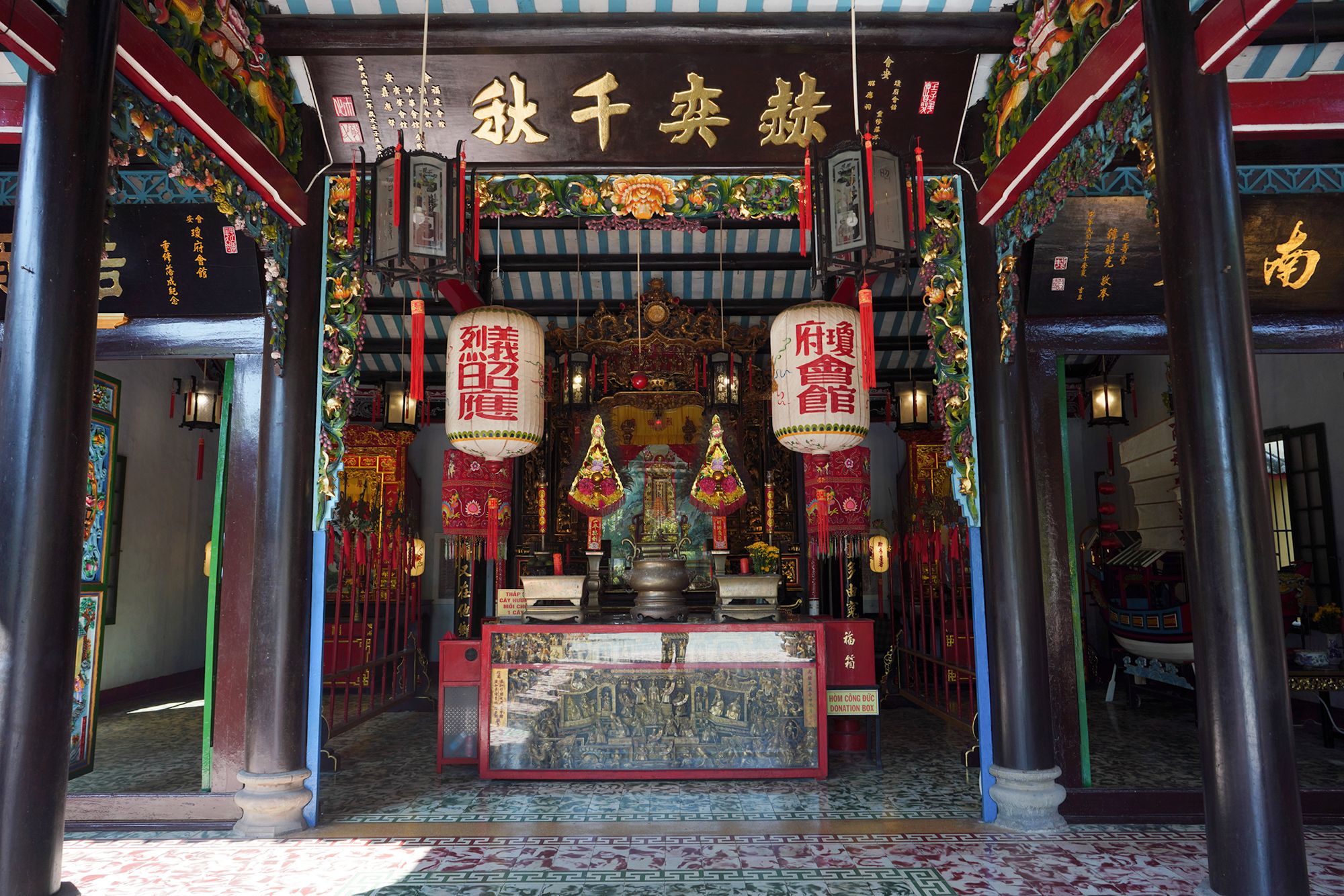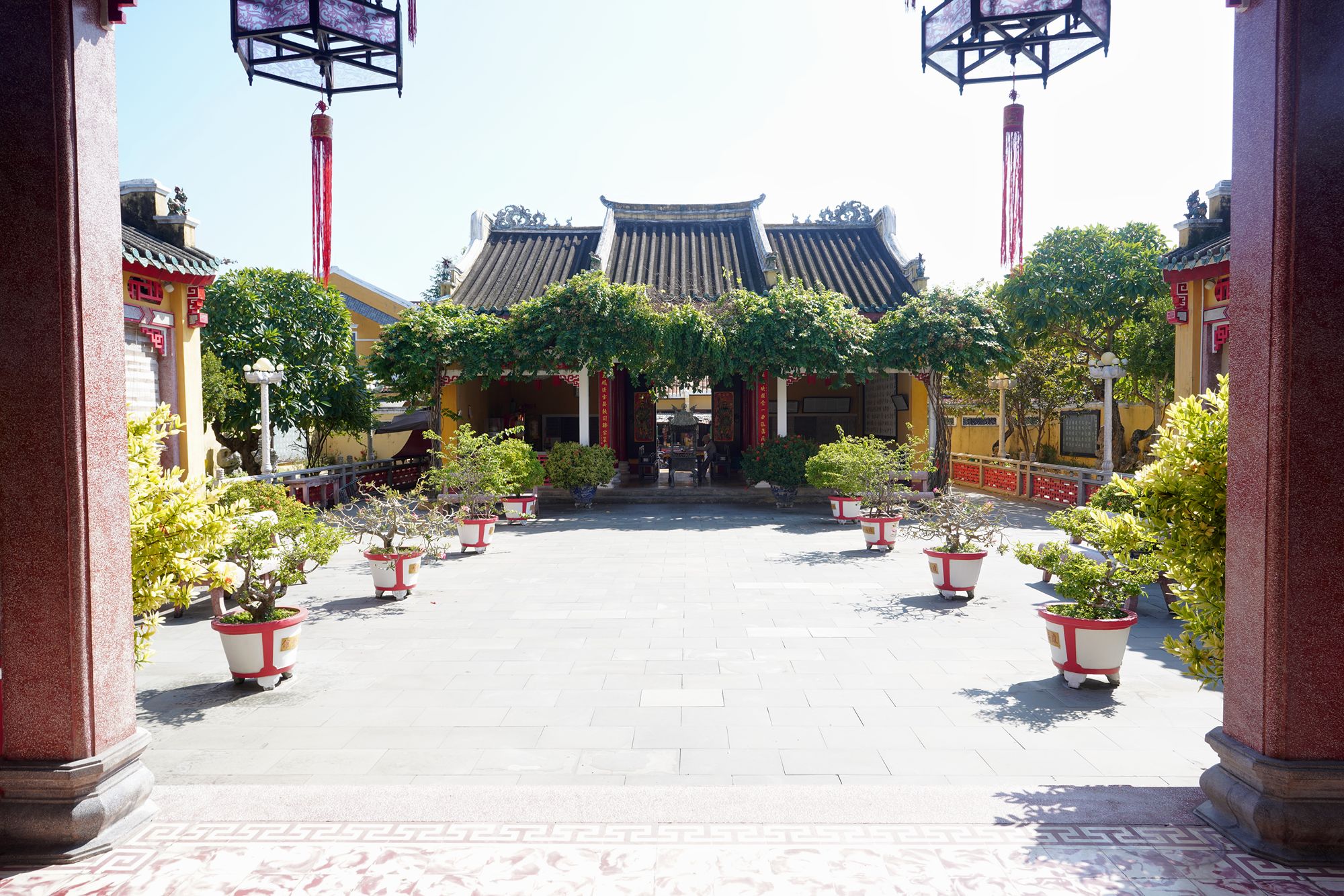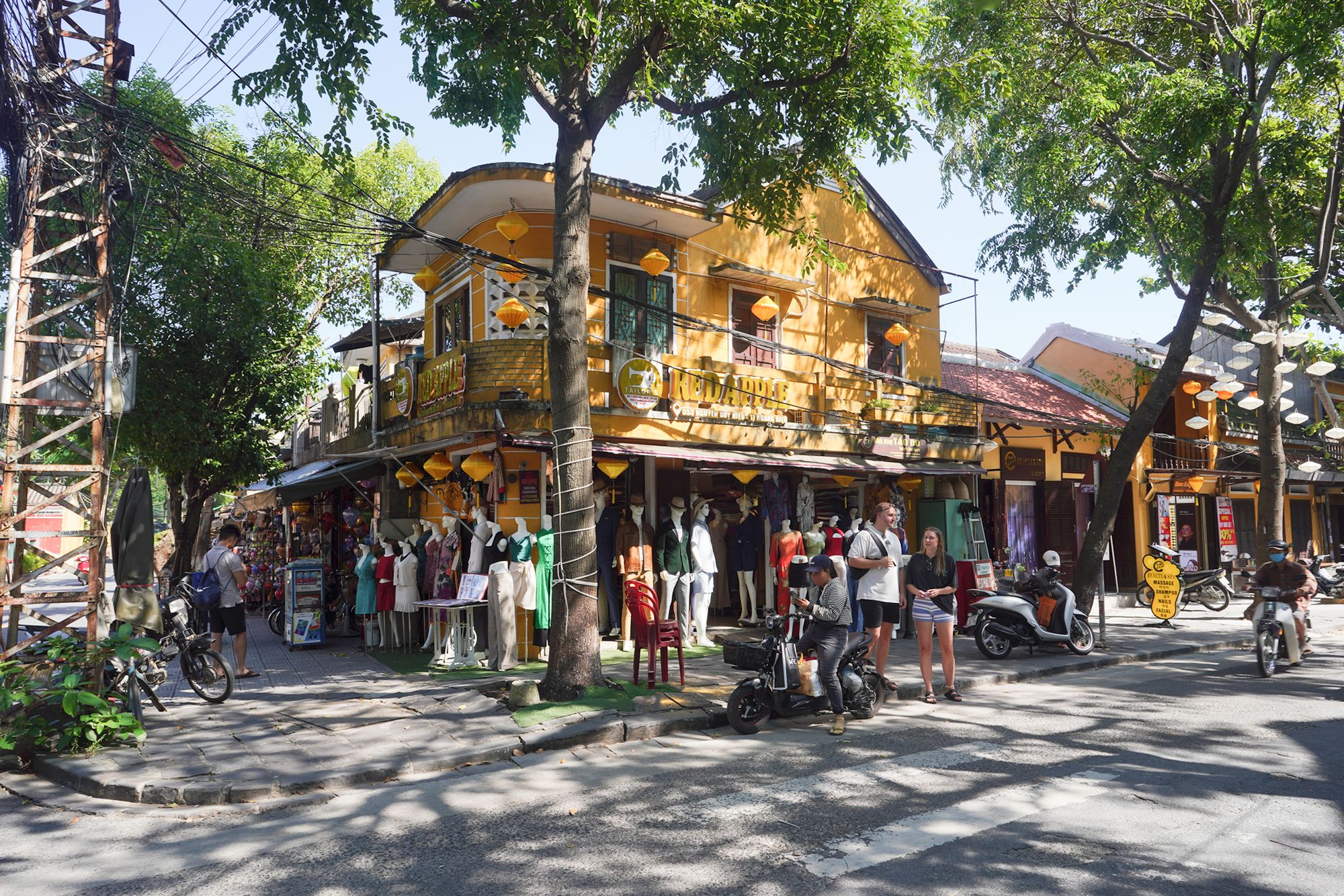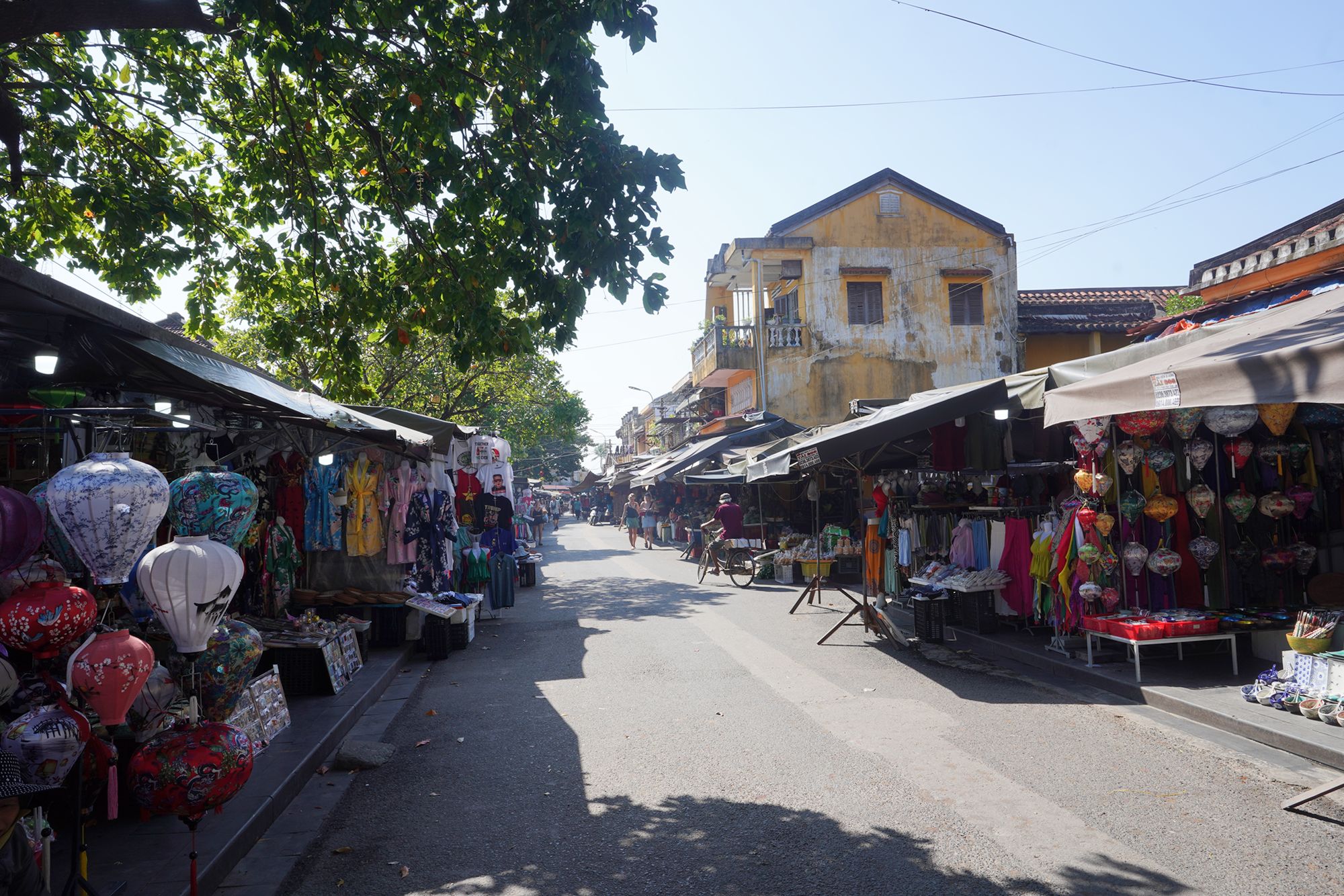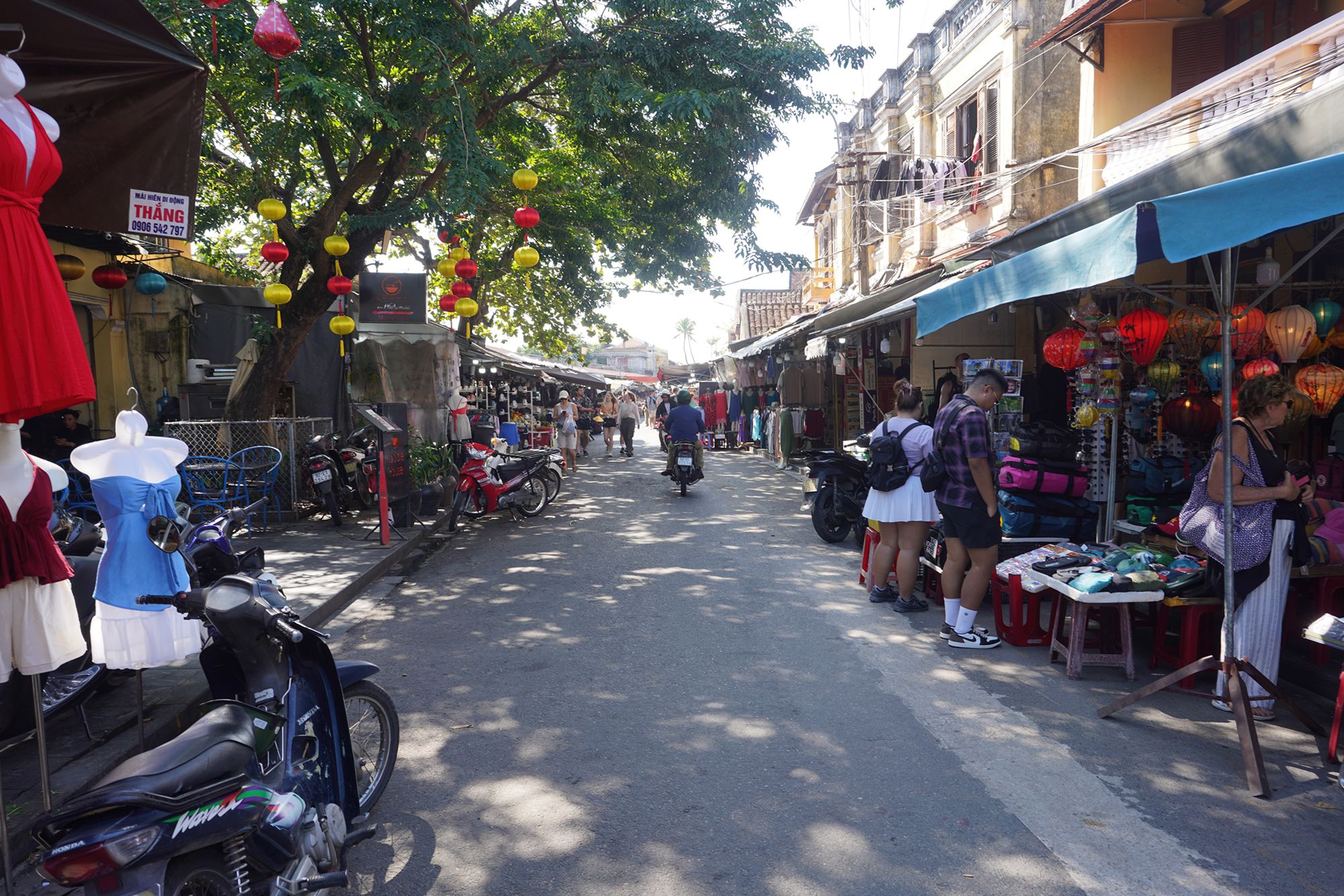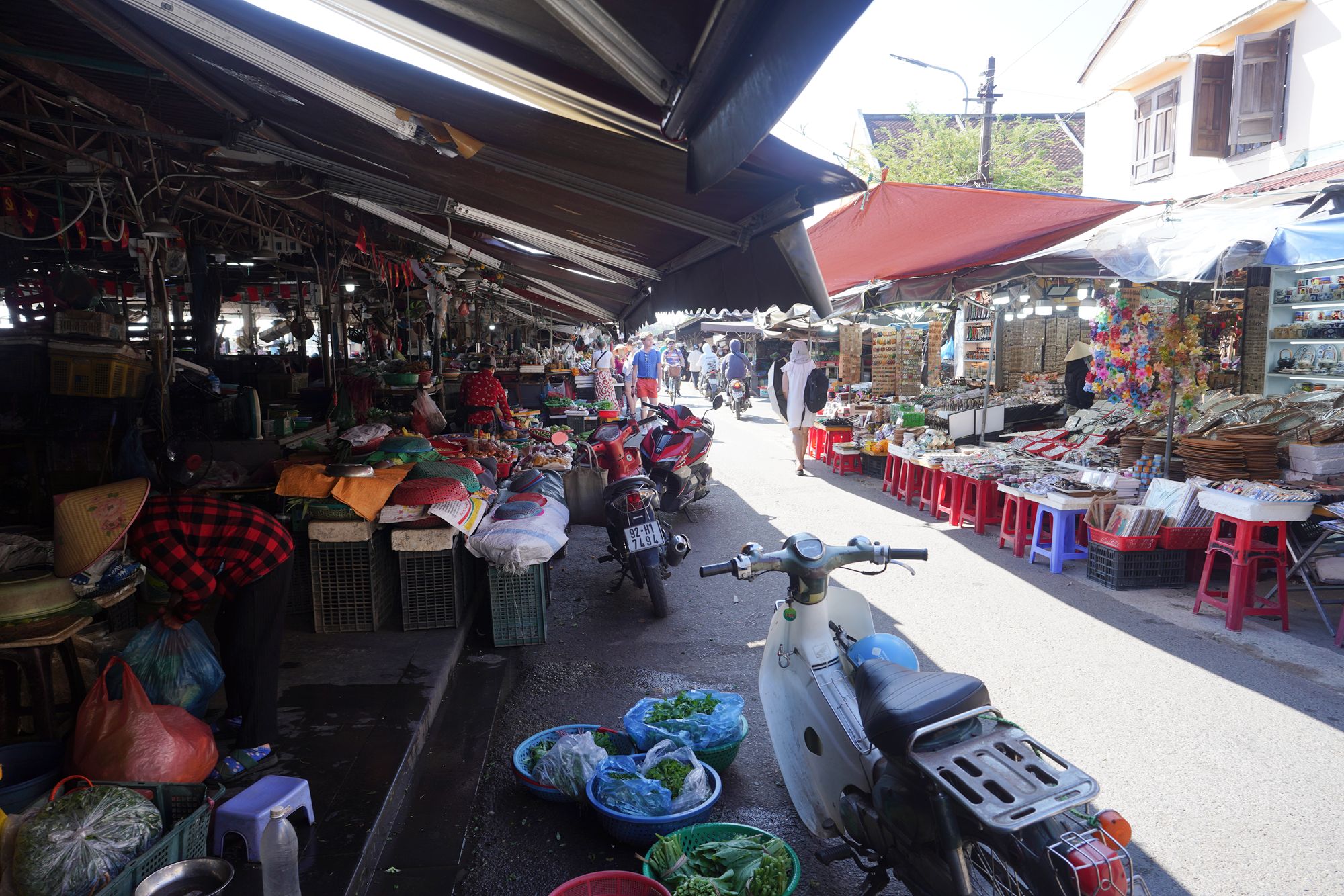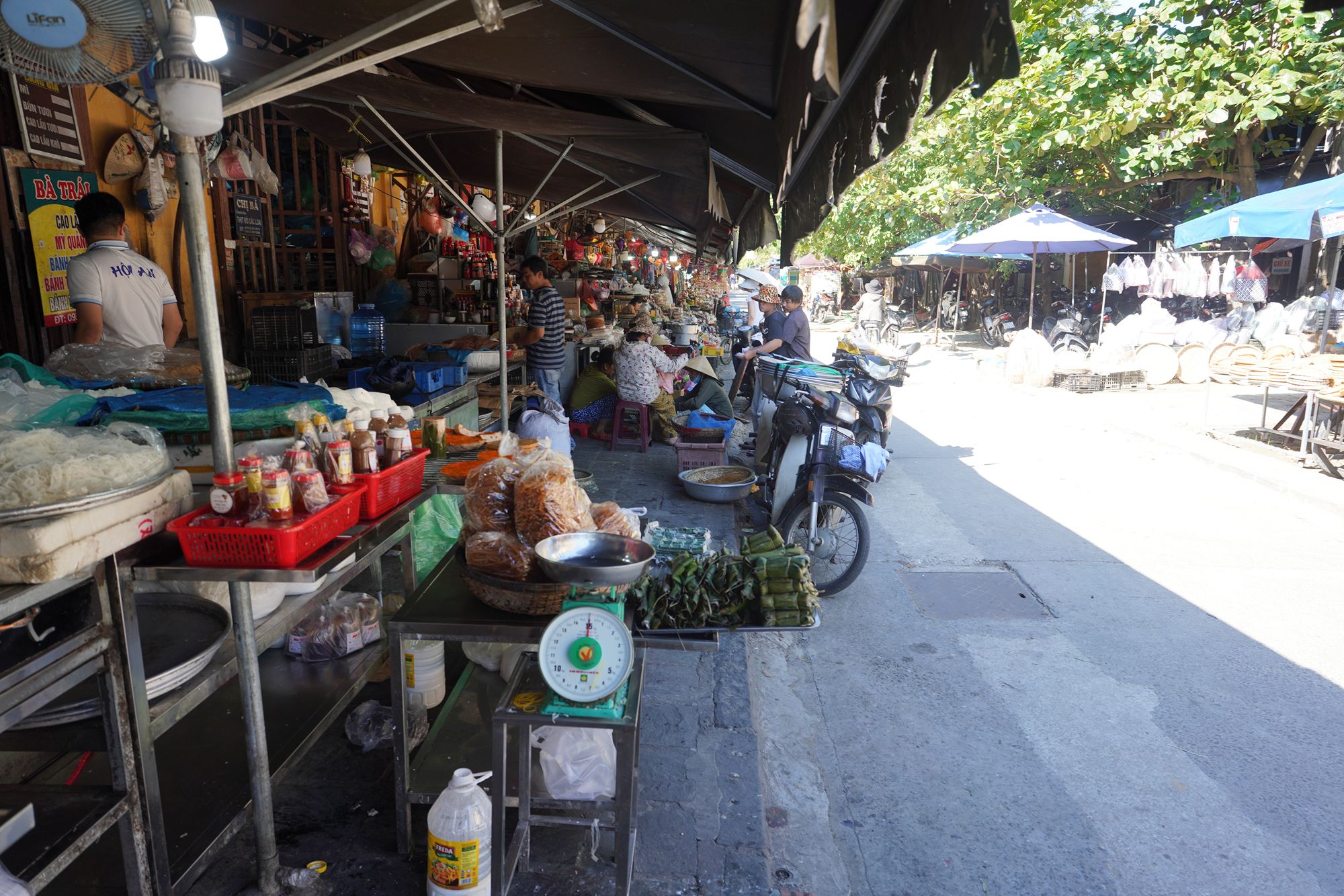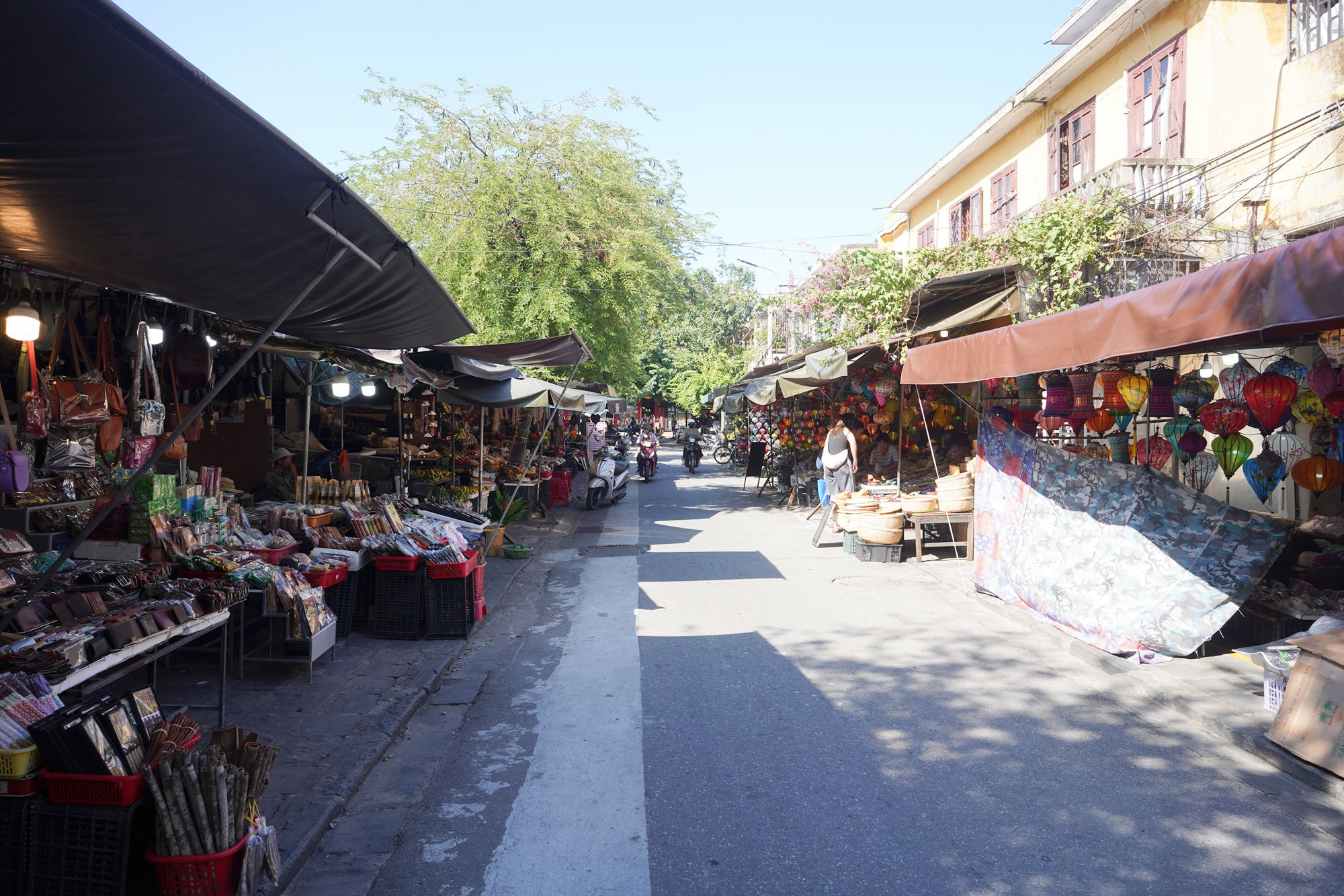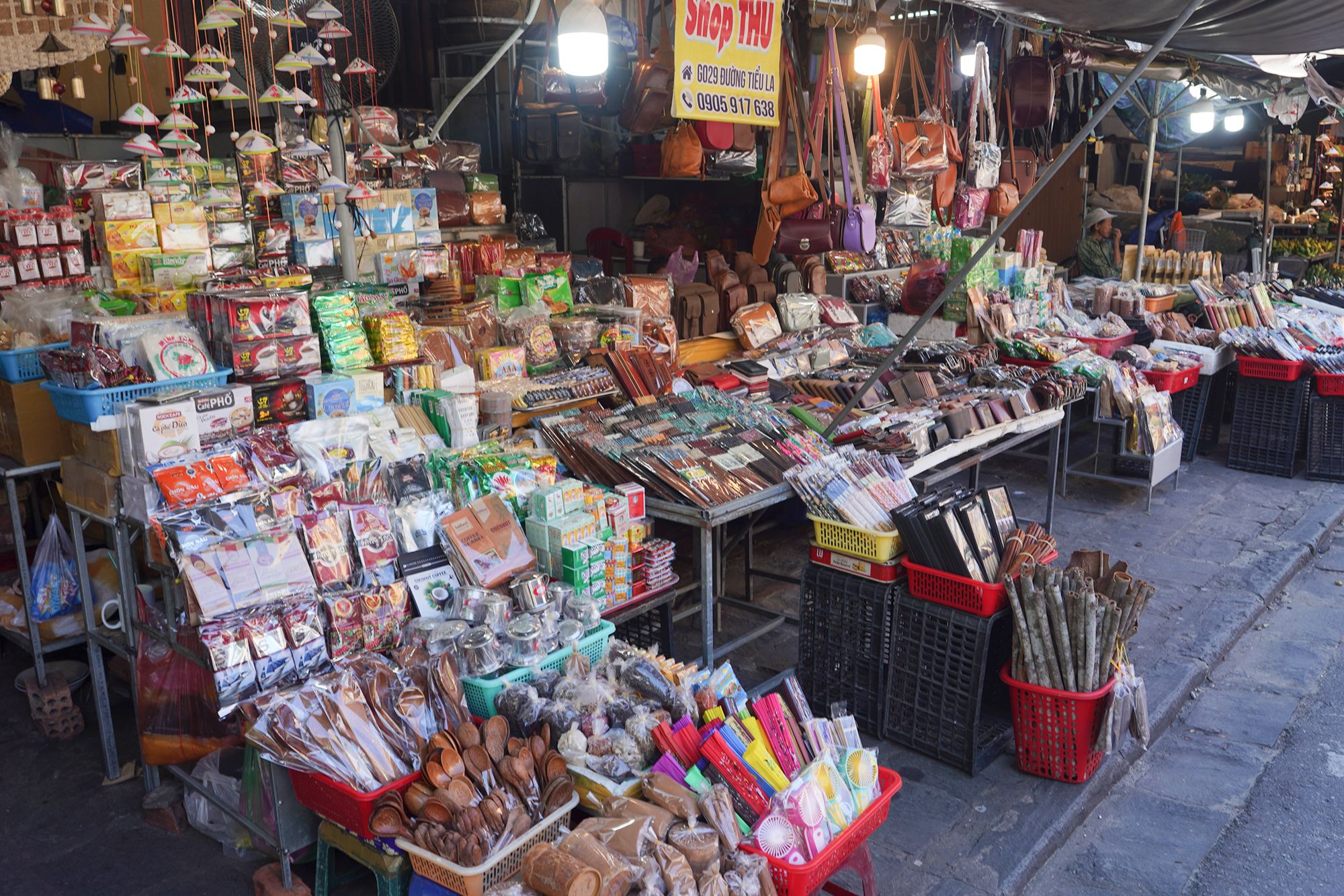Hoian Day Trip from Danang, Vietnam
Hoi An is a charming ancient town in Vietnam, known for its well-preserved architecture, colorful lanterns, and rich cultural heritage. 1019
The Old House of Phung Hung: 4 Nguyễn Thị Minh Khai, Phường Minh An, Hội An, Quảng Nam, Vietnam
Chùa Cầu Bridge: Chùa Cầu, Phường Minh An, Hội An, Quảng Nam, Vietnam
Old House of Tan Ky: 101 Nguyễn Thái Học, Phường Minh An, Hội An, Quảng Nam, Vietnam
Chinese Assembly Hall of Hoi An: 64 Trần Phú, Phường Minh An, Hội An, Quảng Nam, Vietnam
Quan Cong Temple: 24 Trần Phú, Cẩm Châu, Hội An, Quảng Nam, Vietnam
Date Picture Taken: November, 2024
Hoi An was close to Da Nang city center, so I took a Grab to get there.
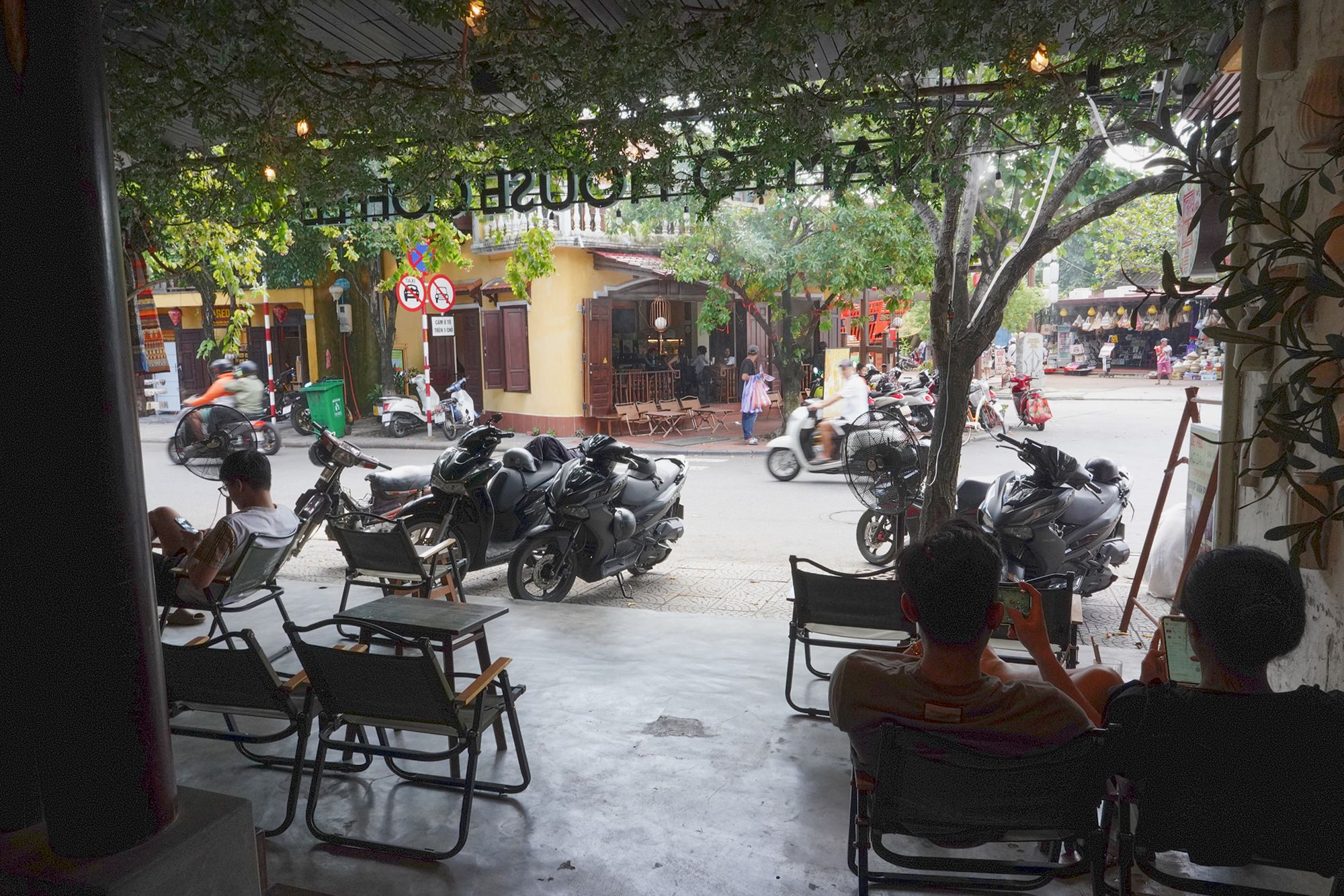
At a coffee shop in Hoi An.
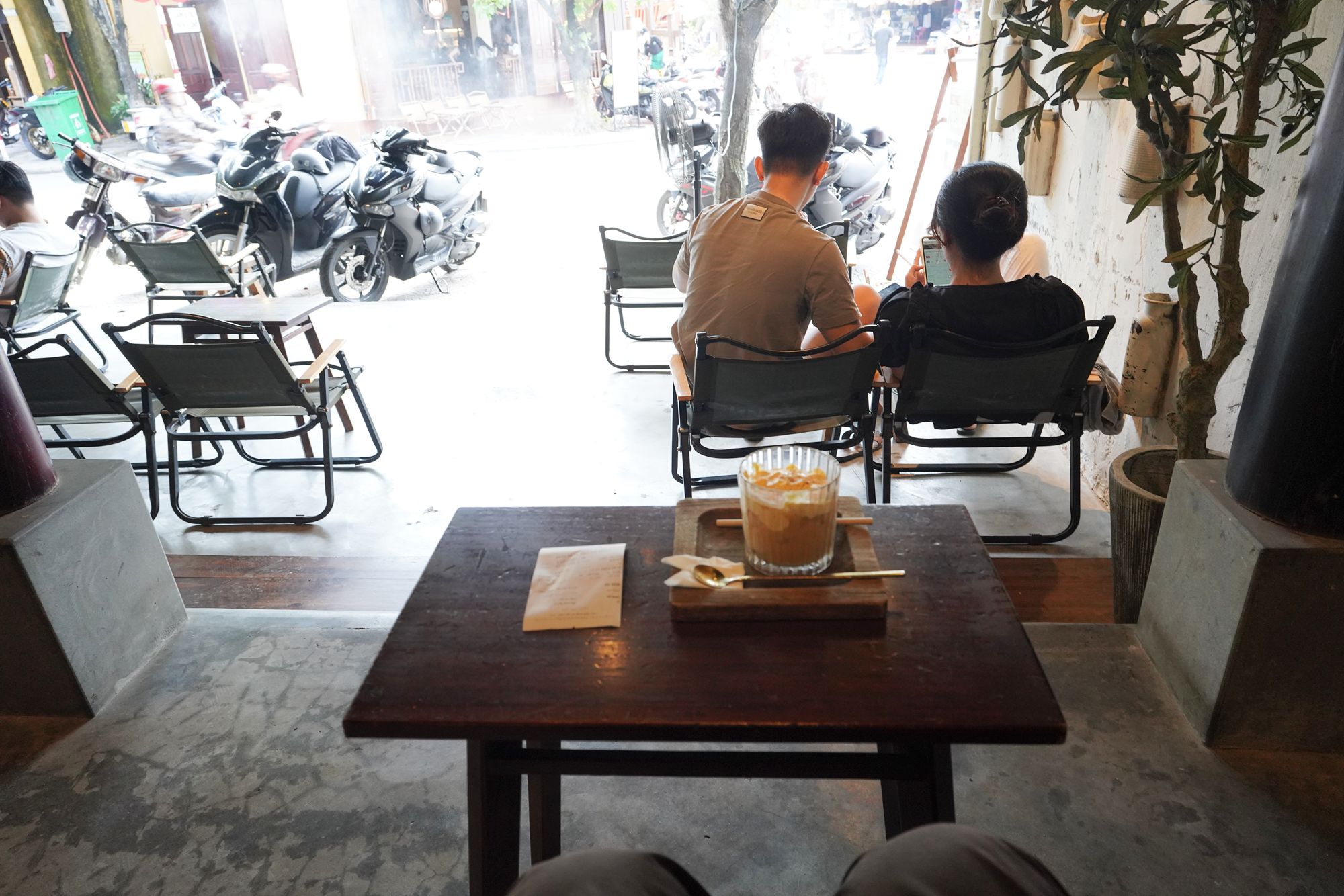
From the western edge of Hoi An Old Town, I walked toward the Chùa Cầu bridge.
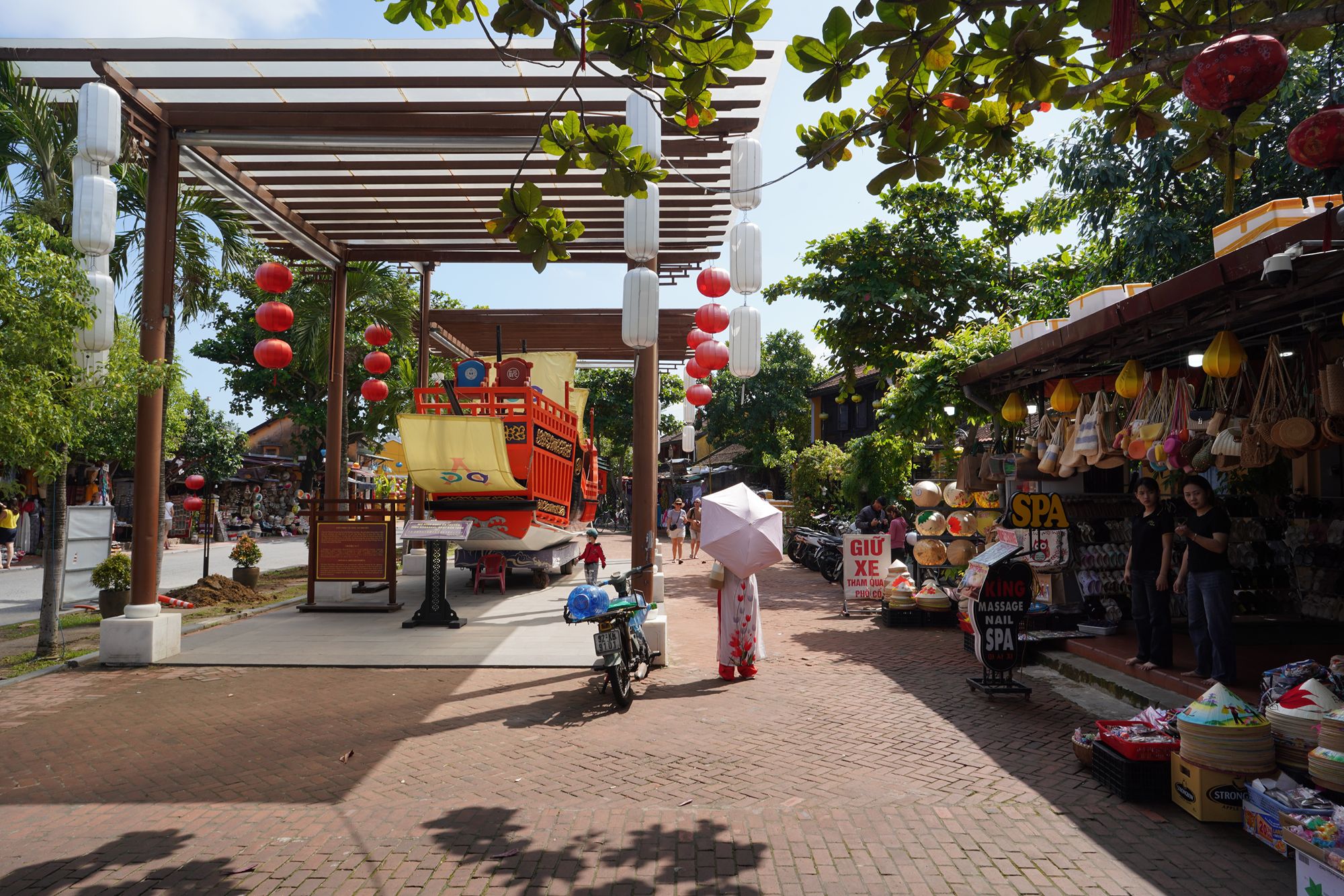
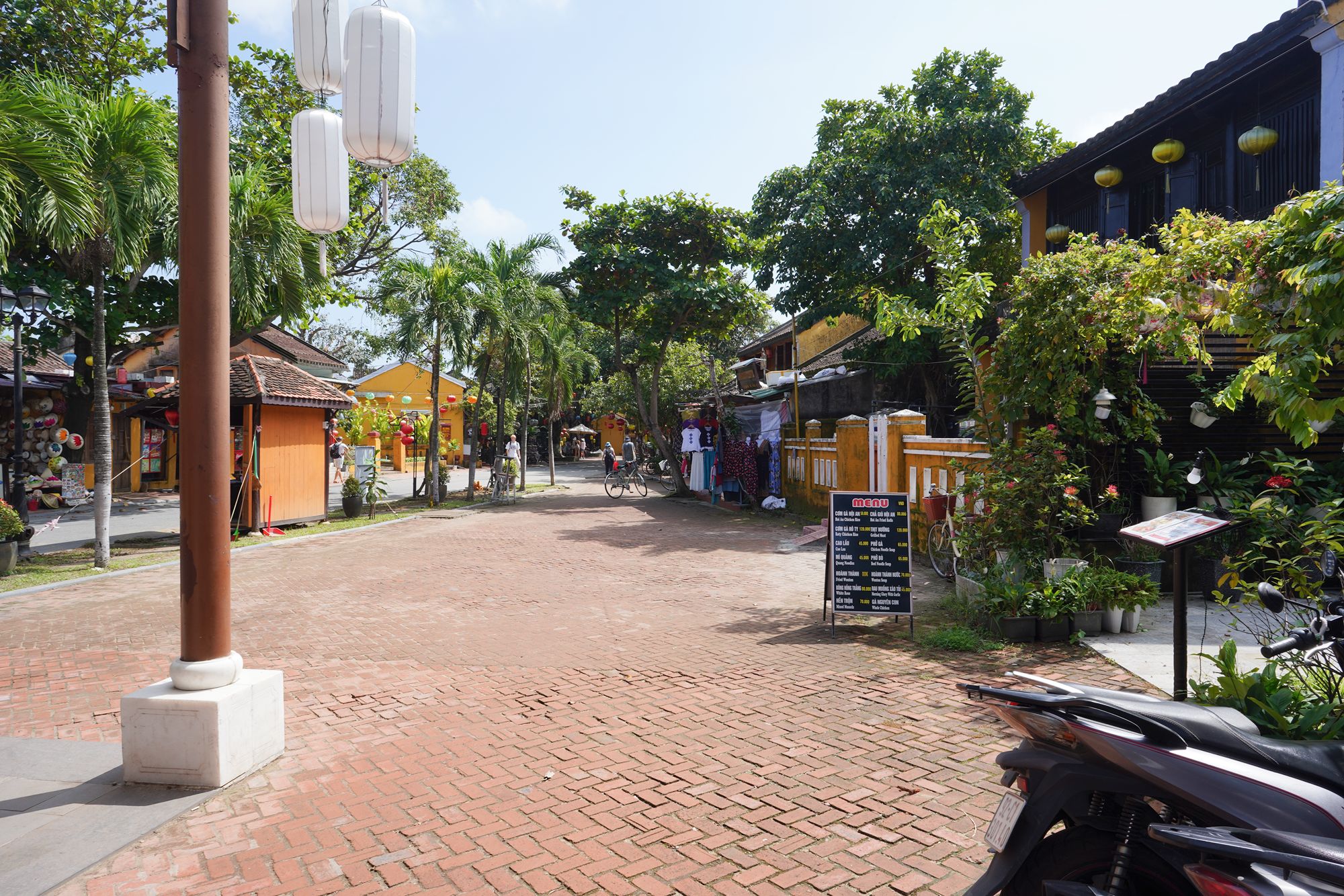
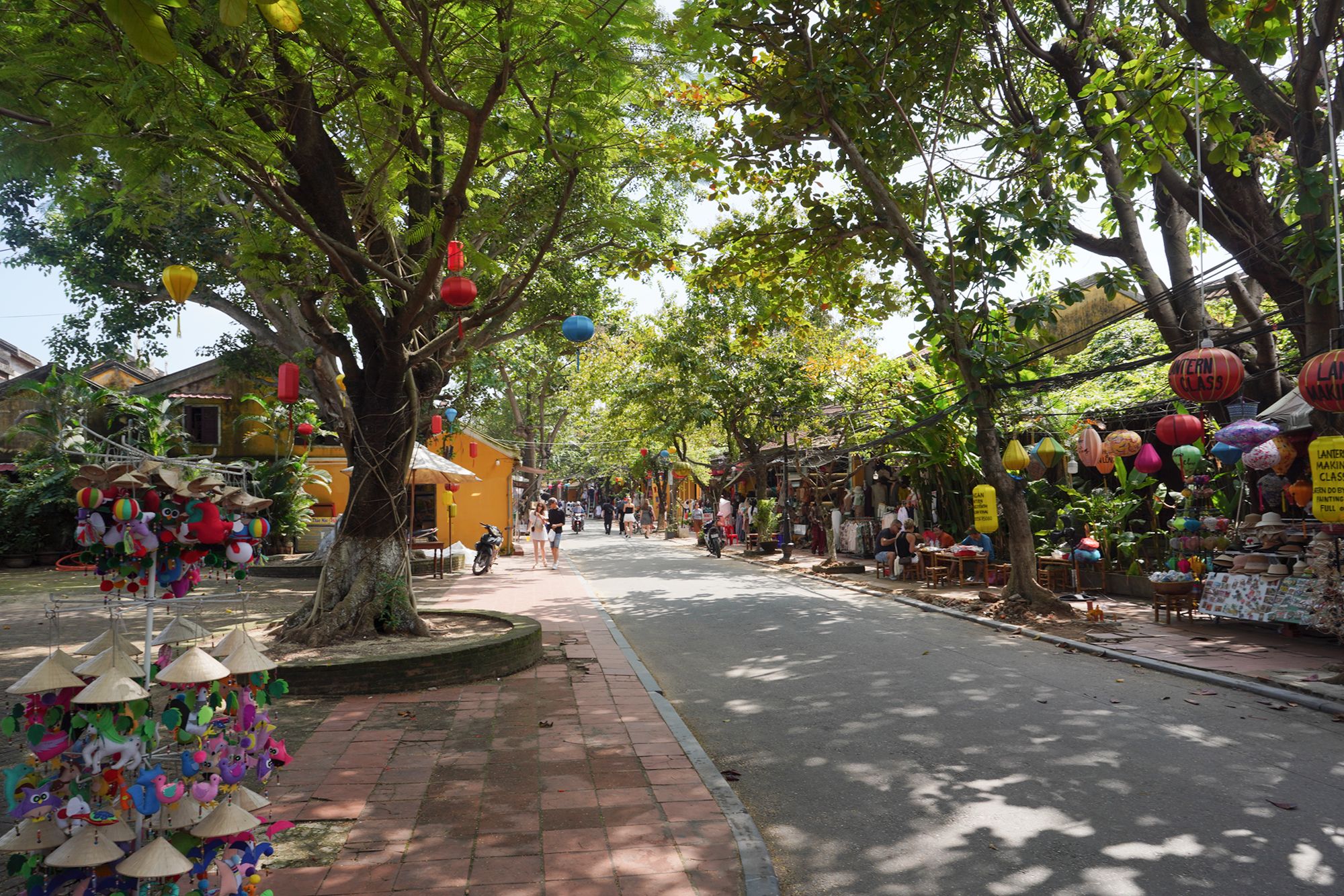
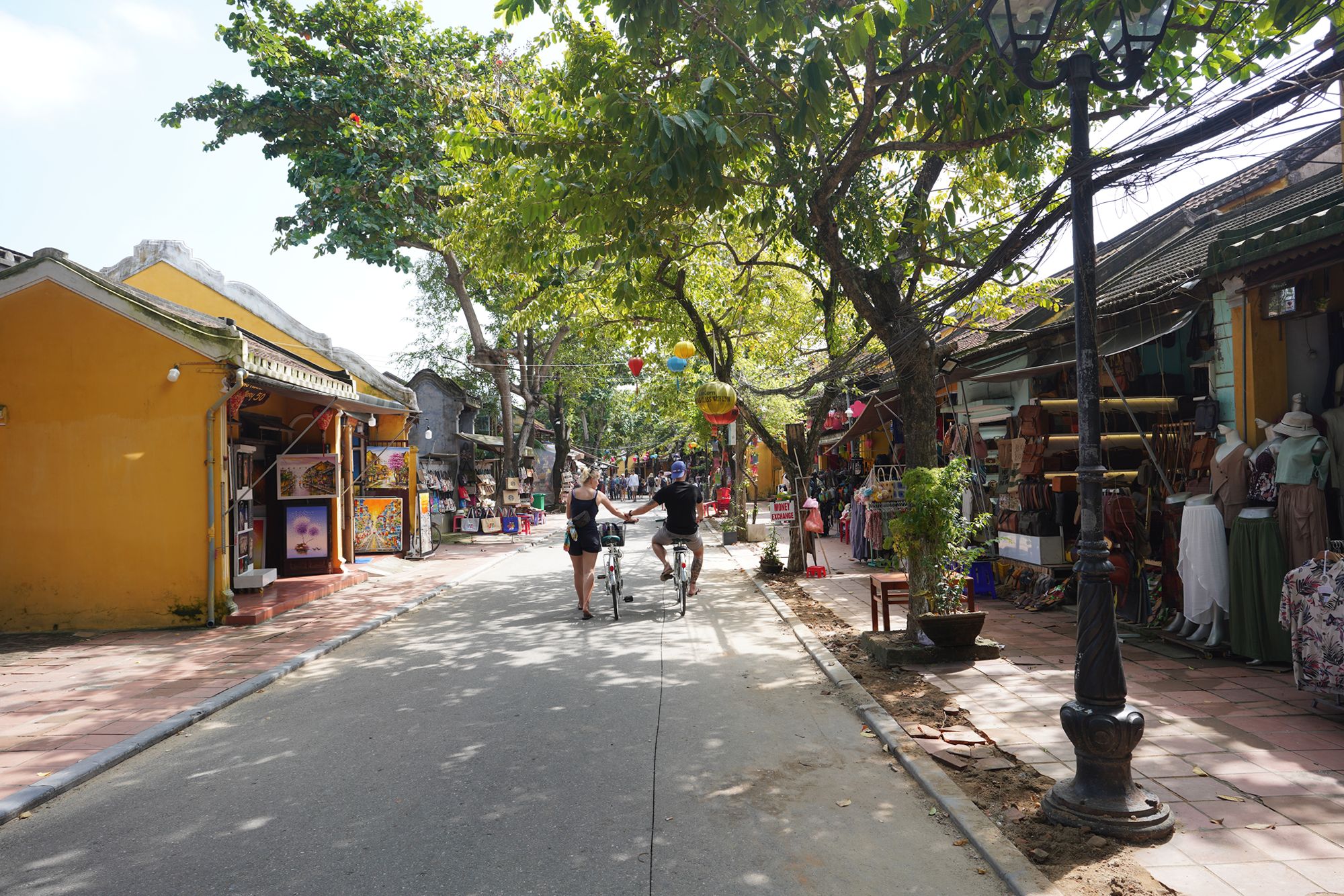
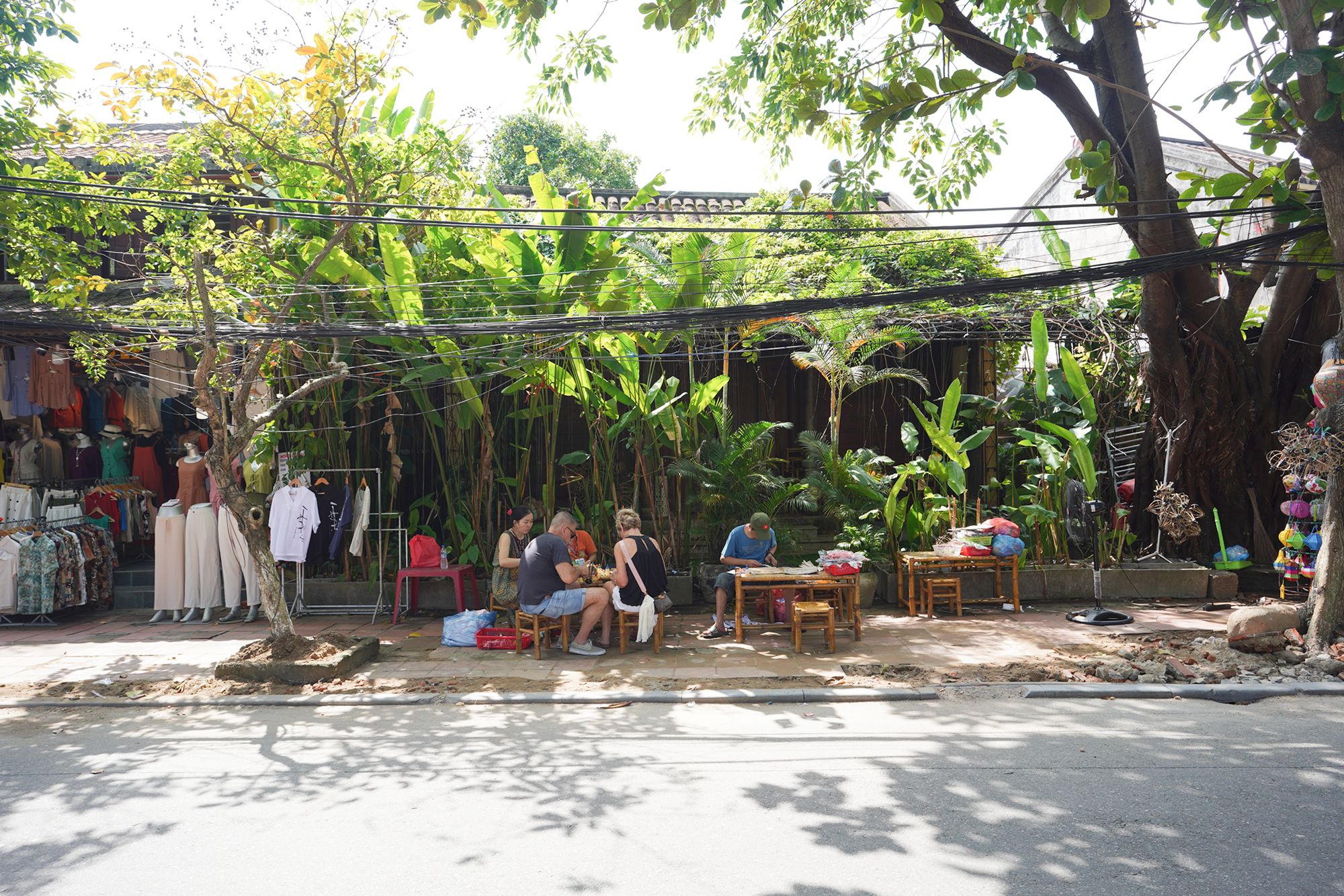
Đình Cẩm Phô Temple. It is a serene temple & local community space tracing Japanese cultural influences.
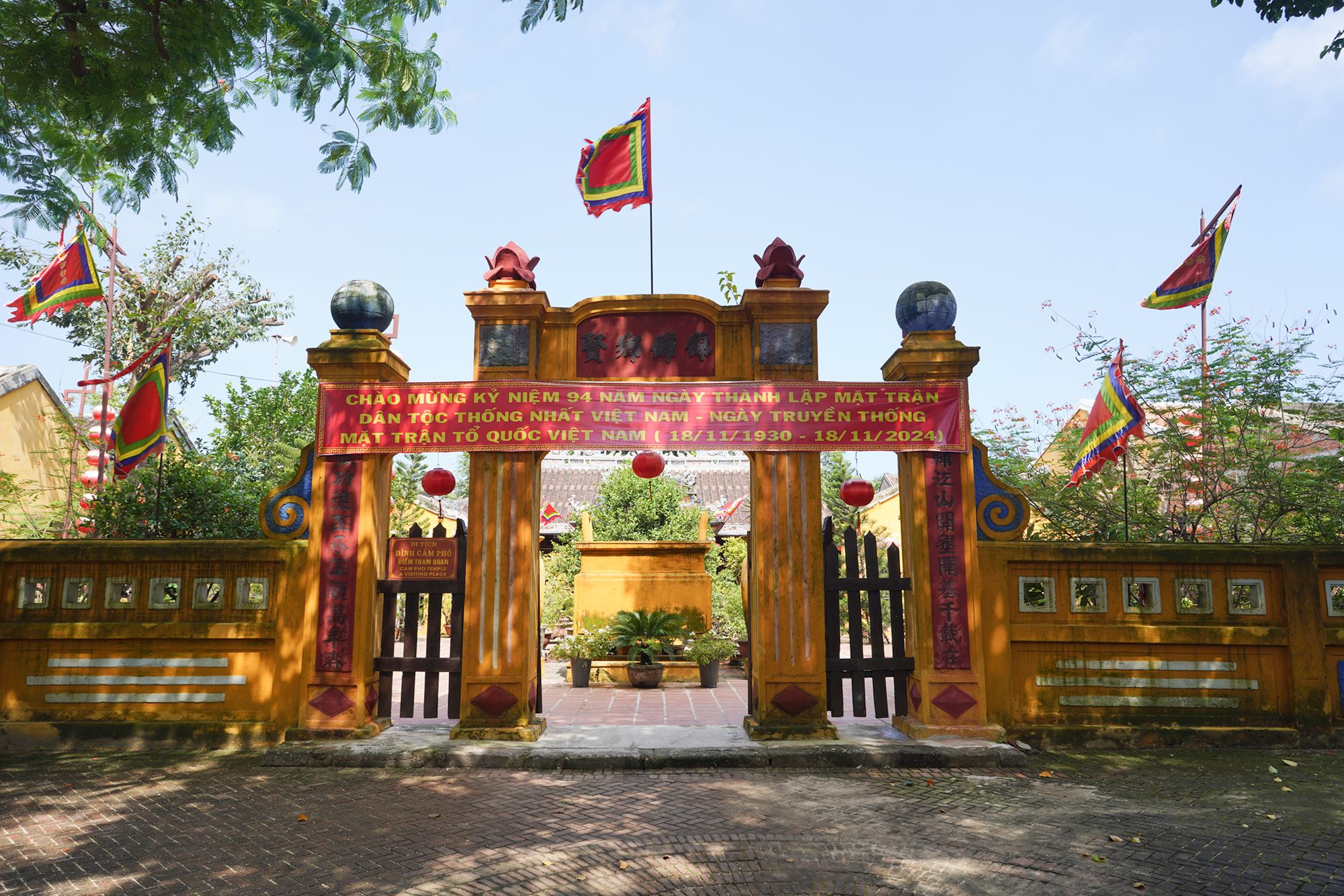
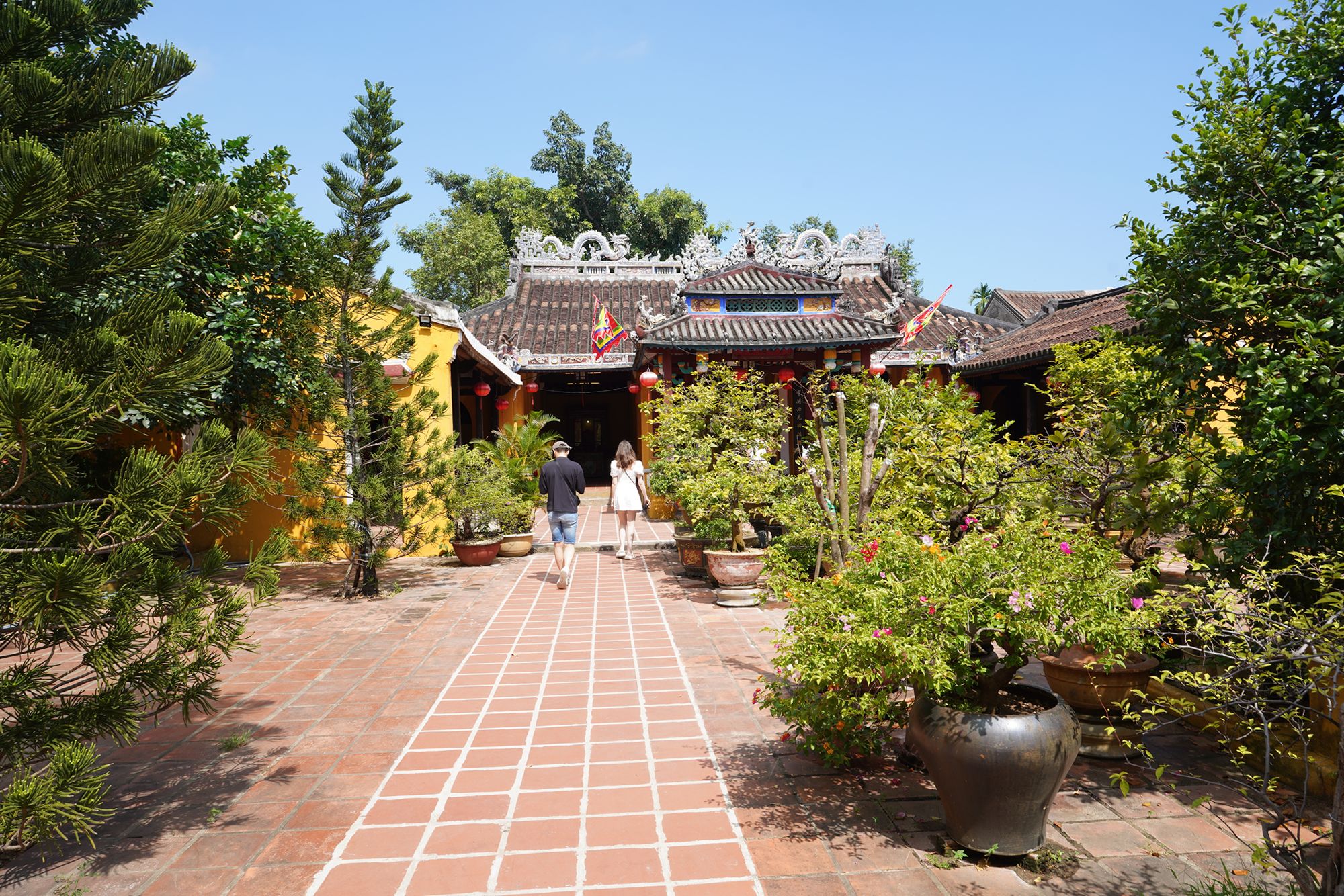
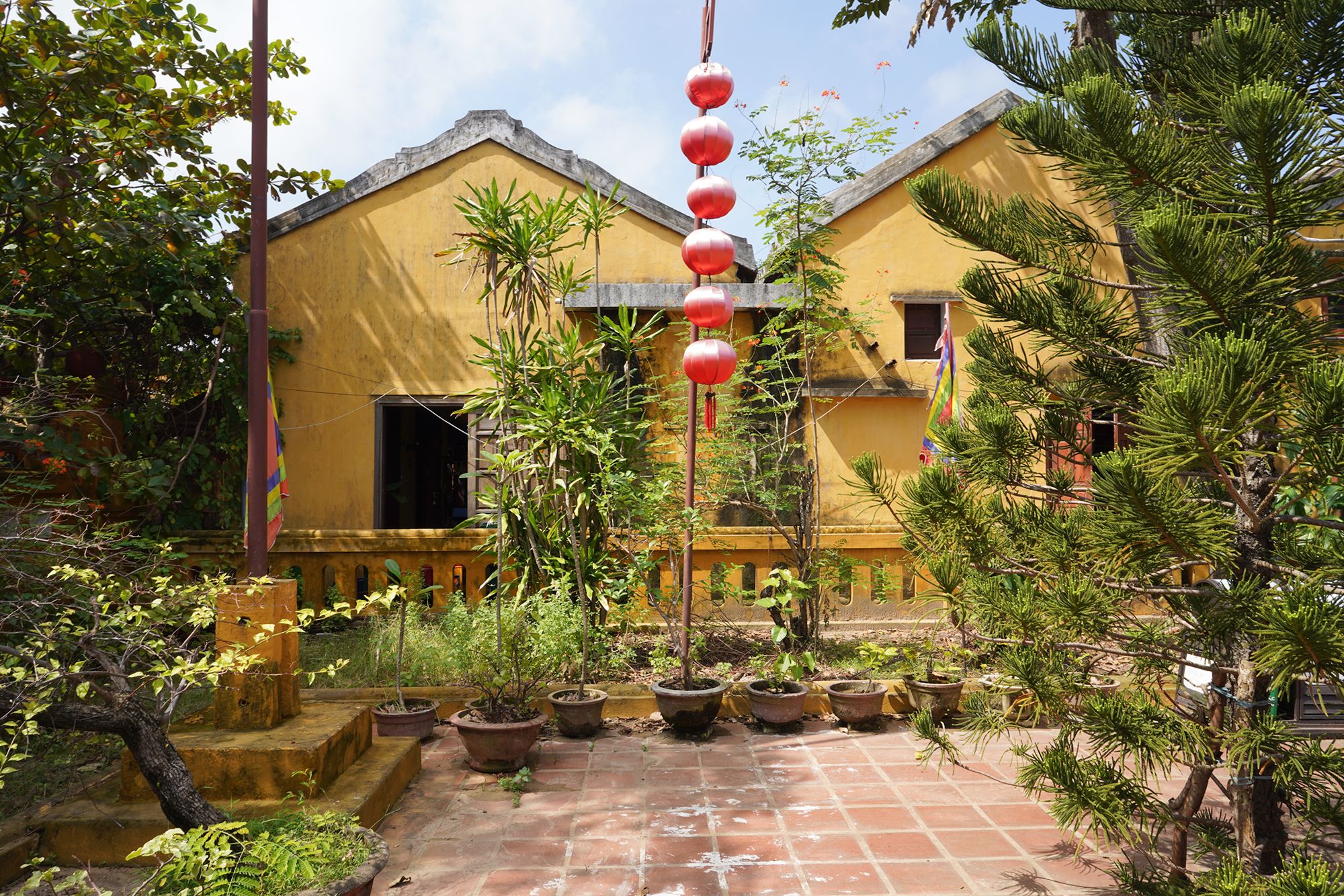
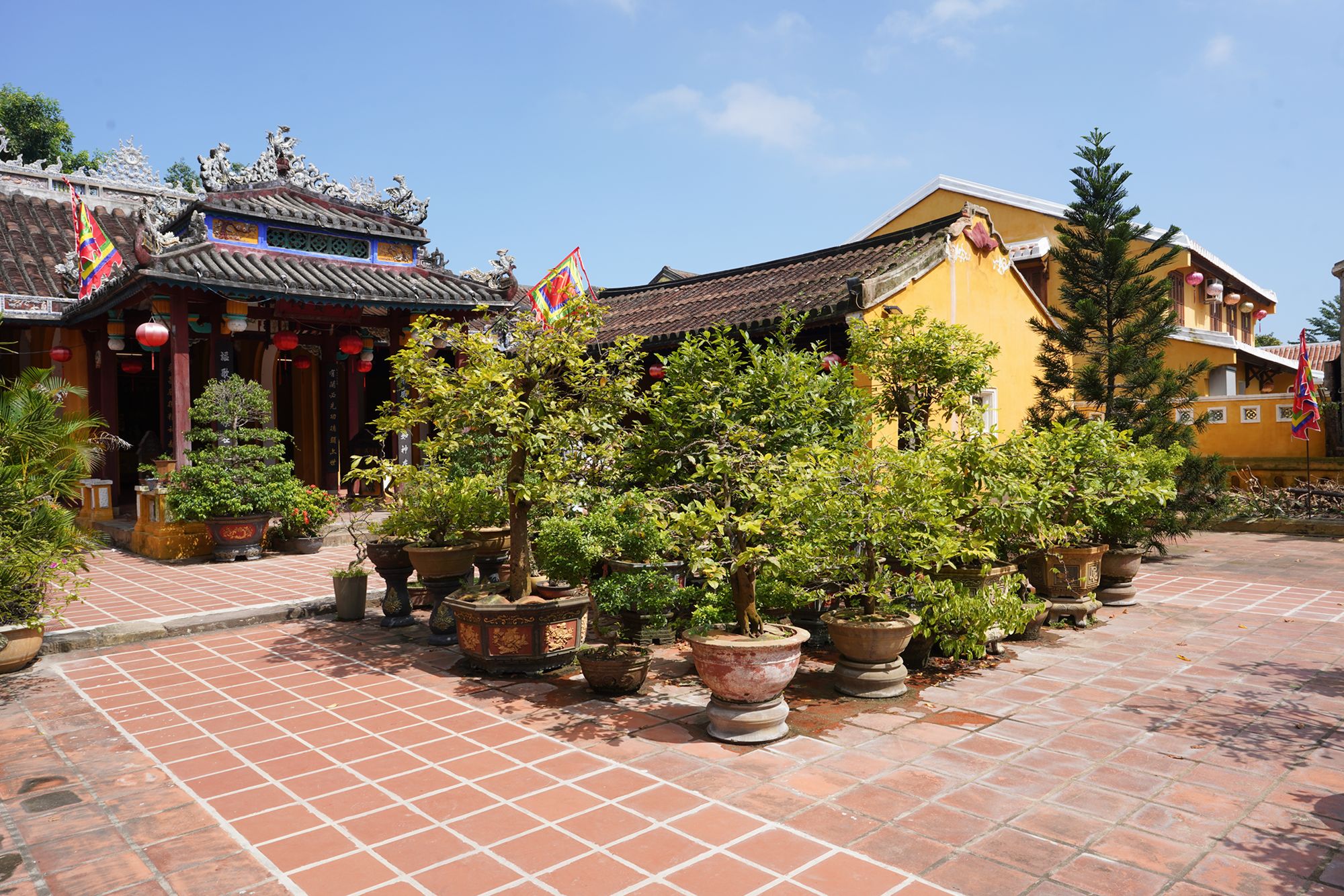
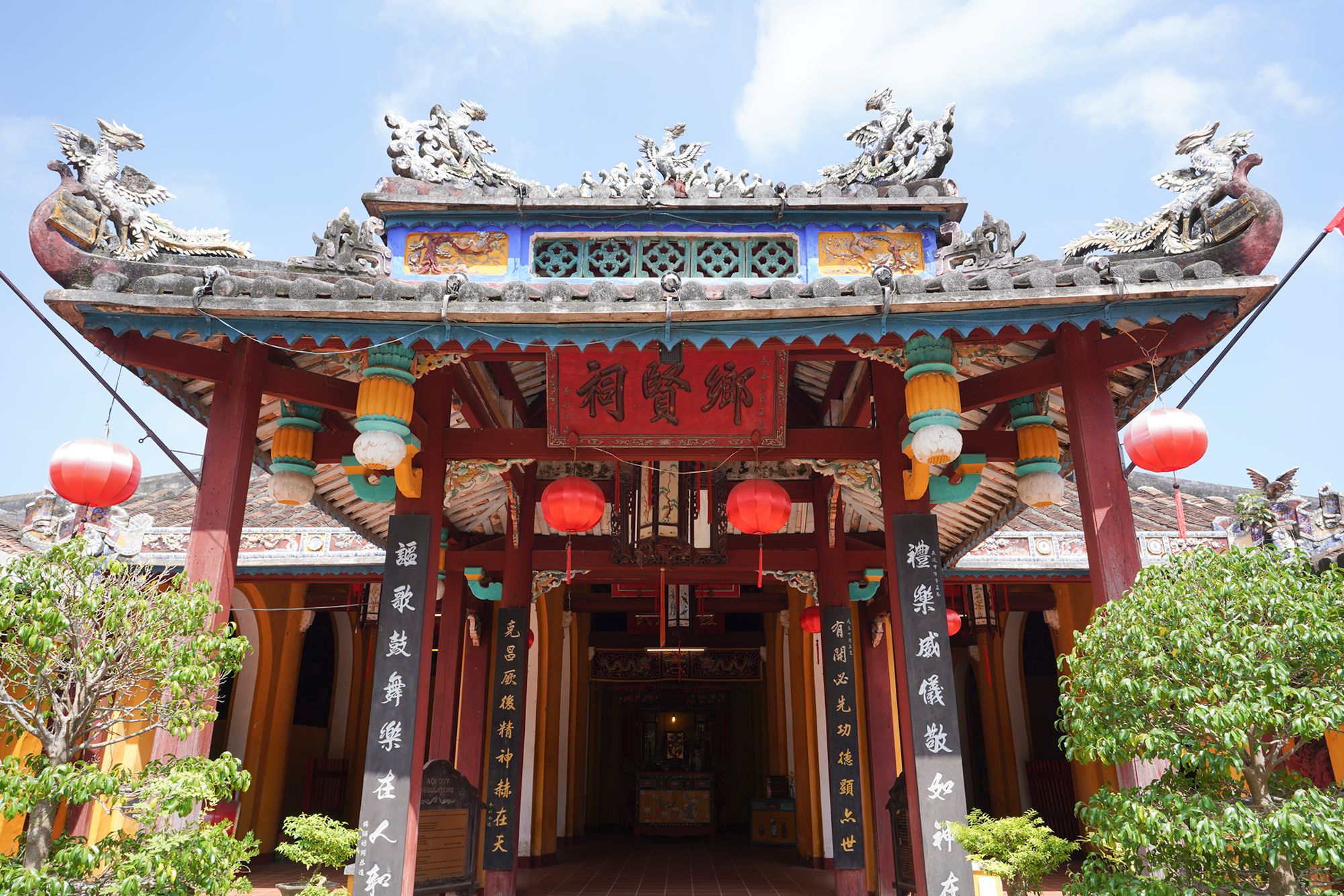
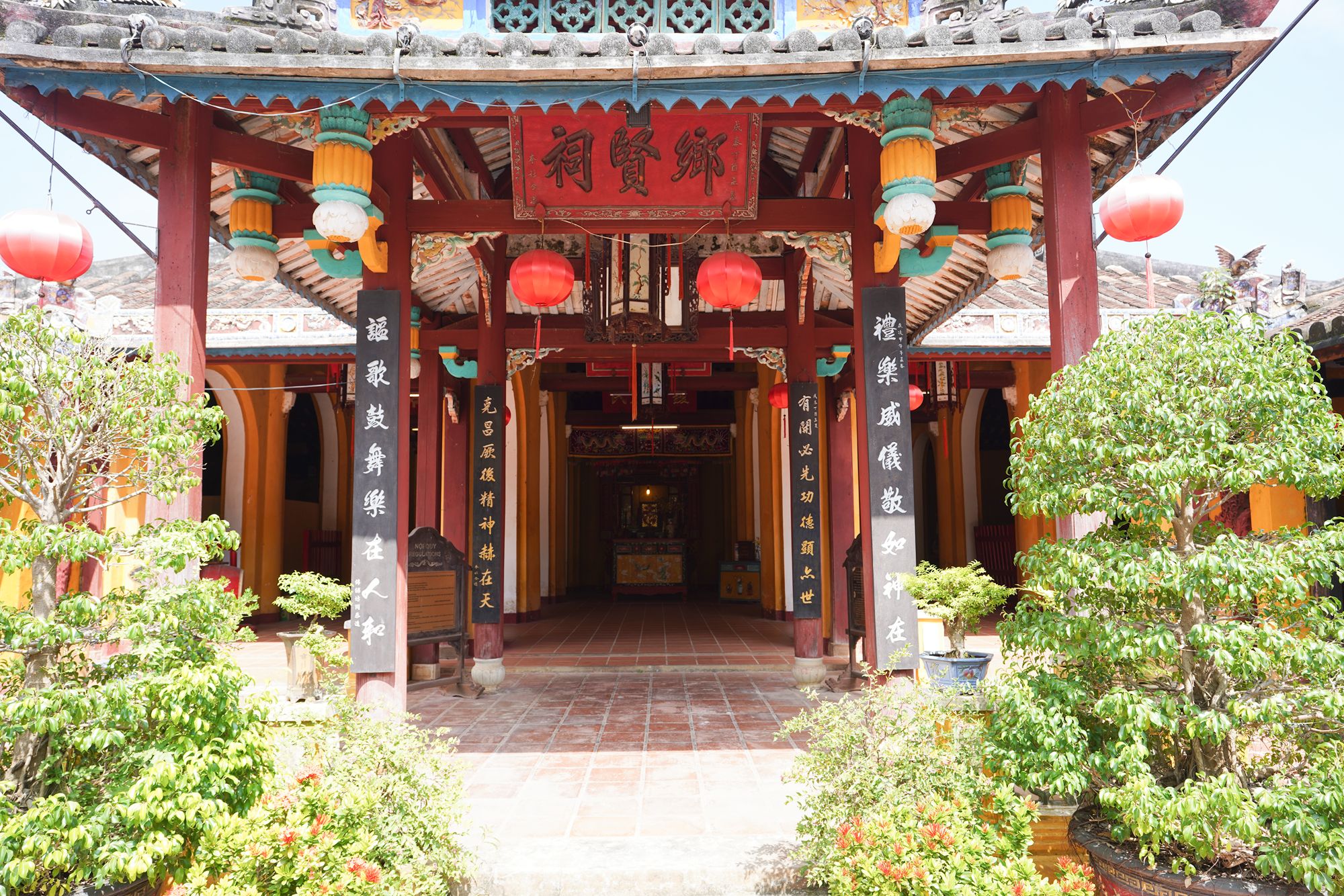
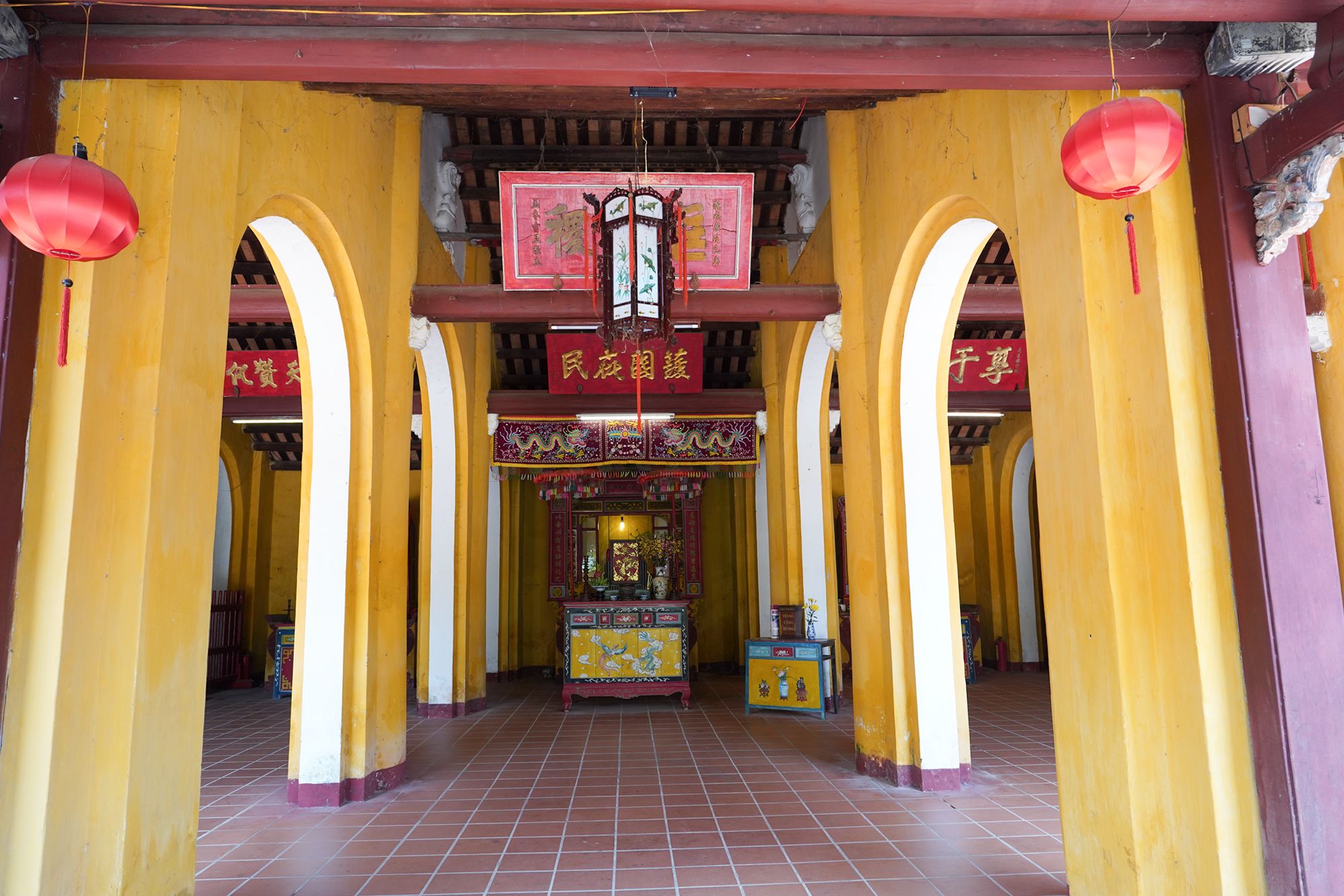
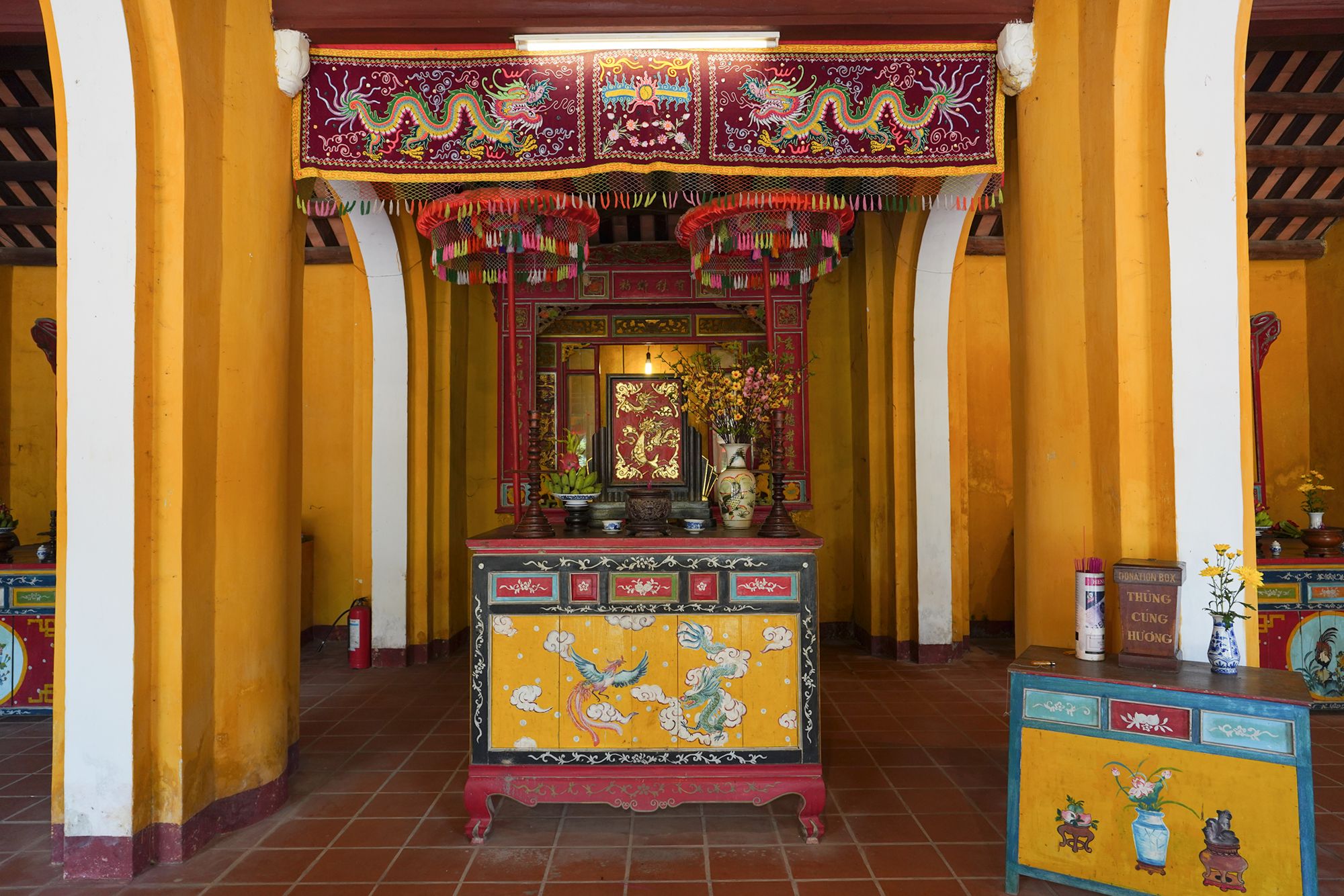
I turned around
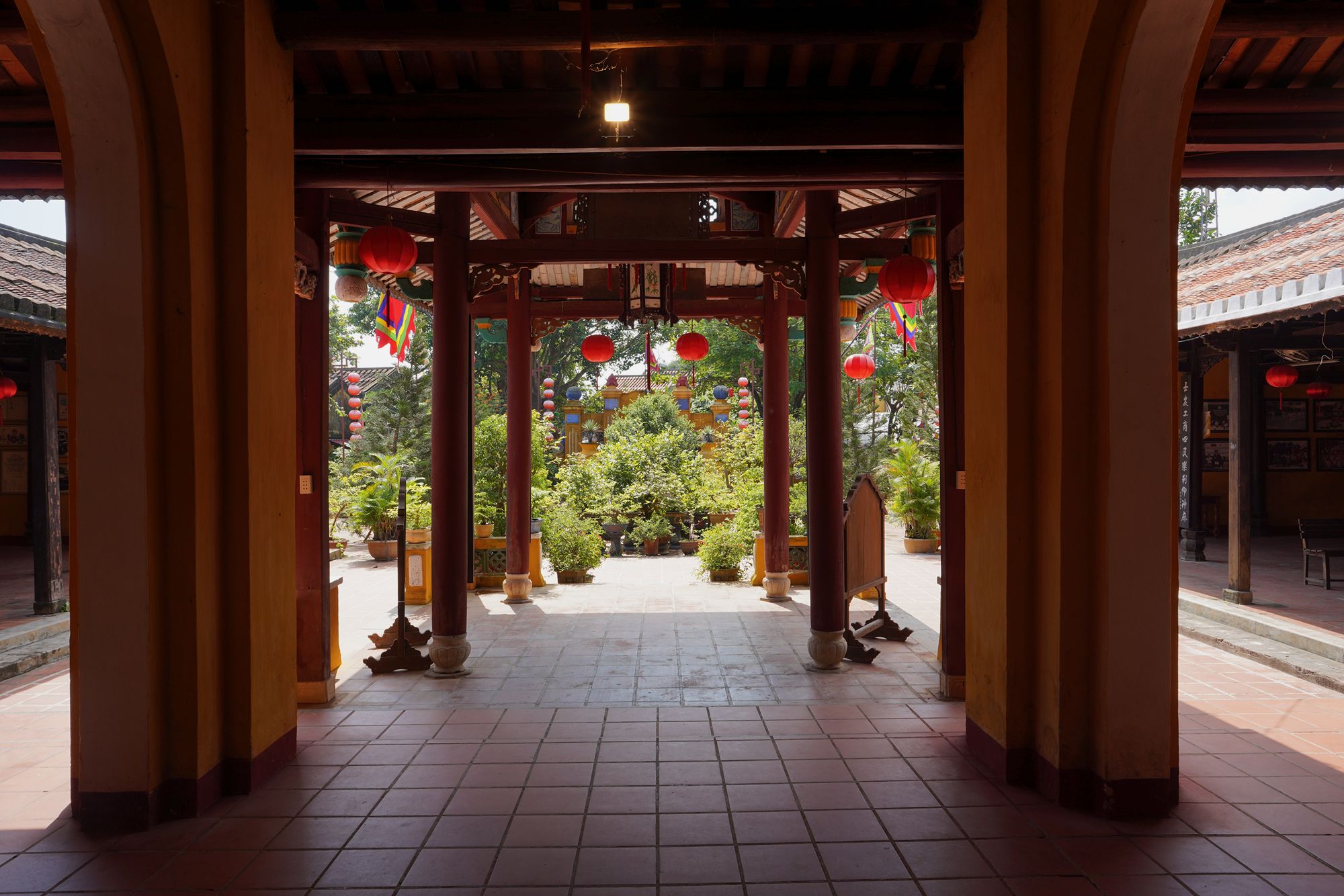
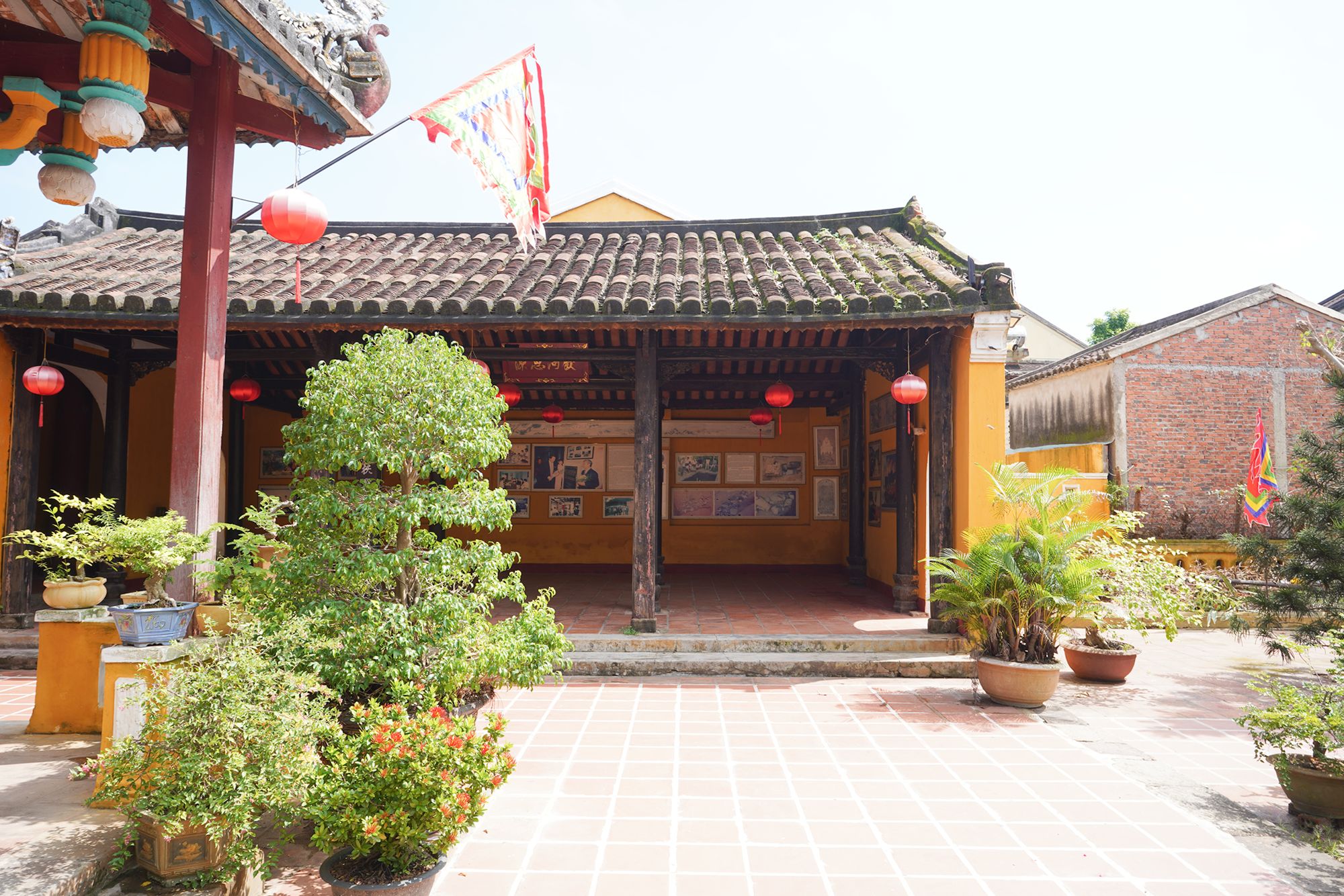
I returned to the street.
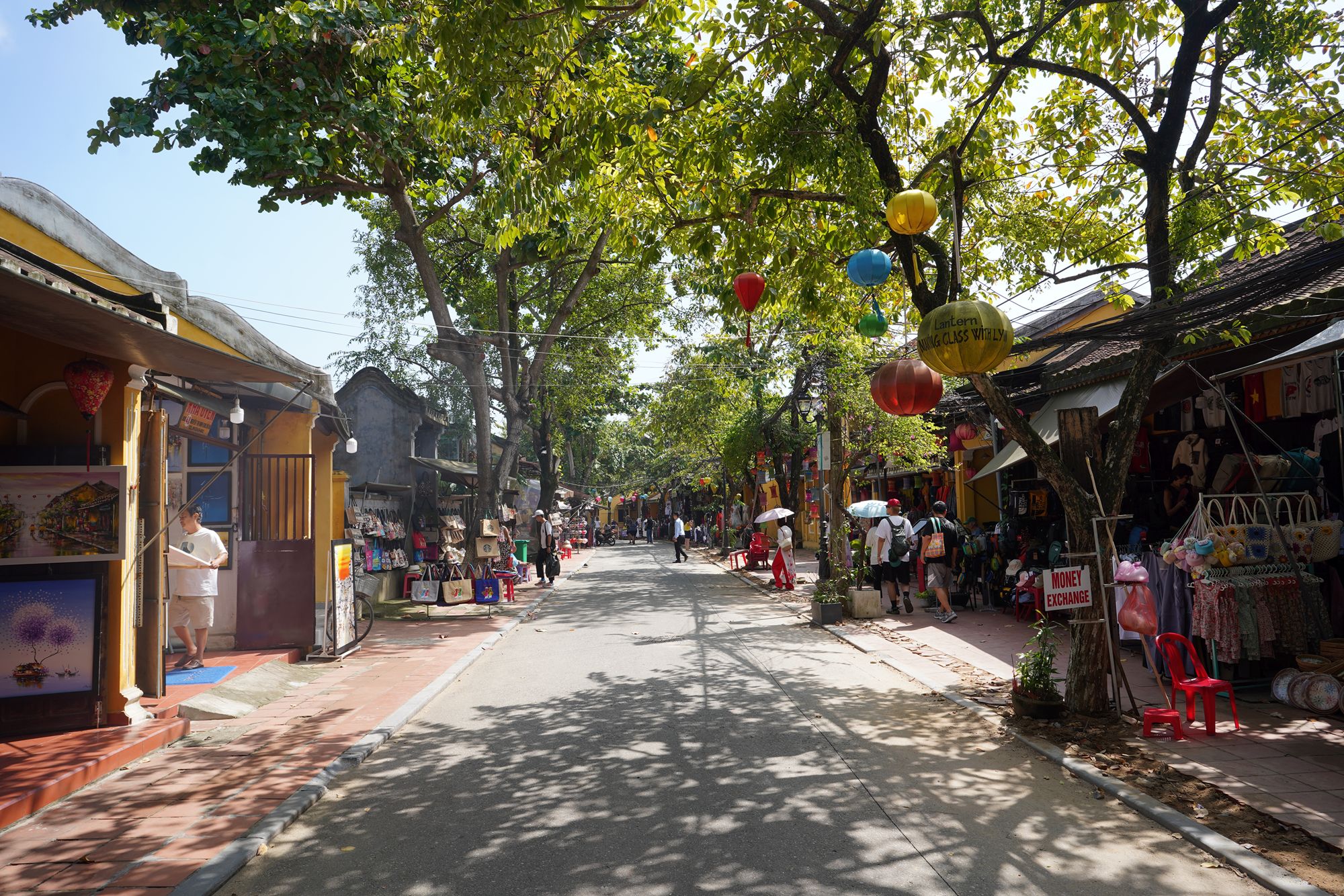
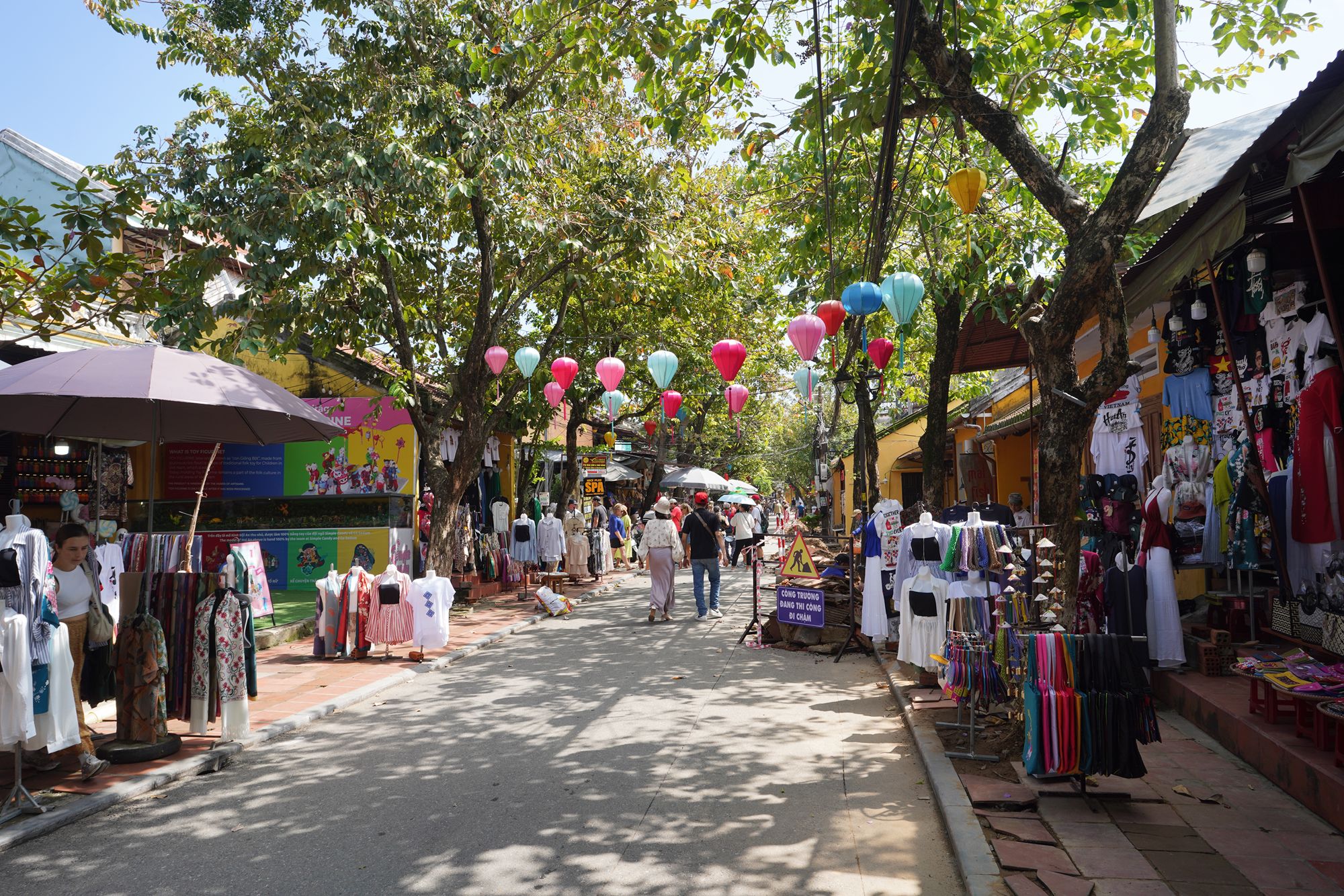
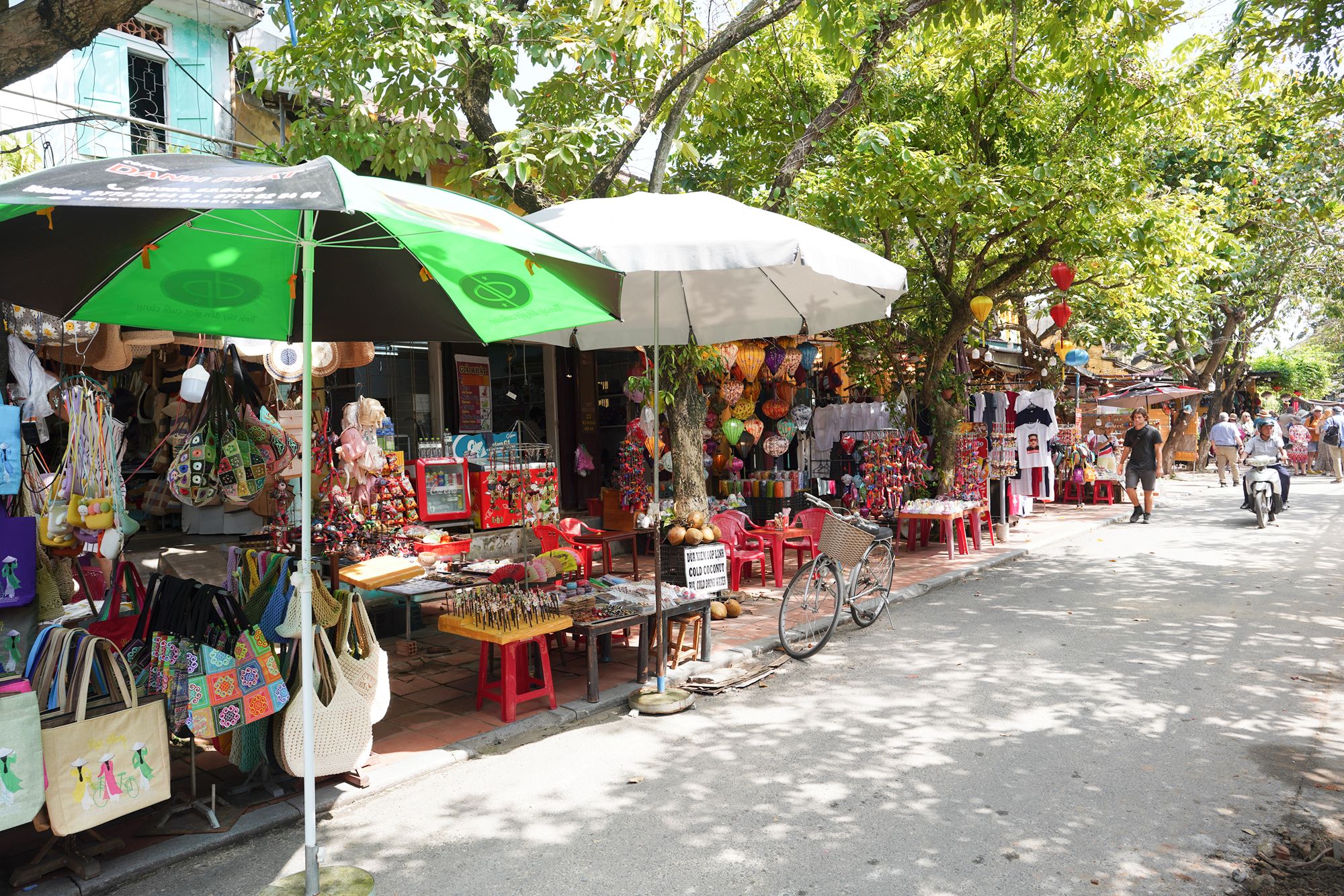
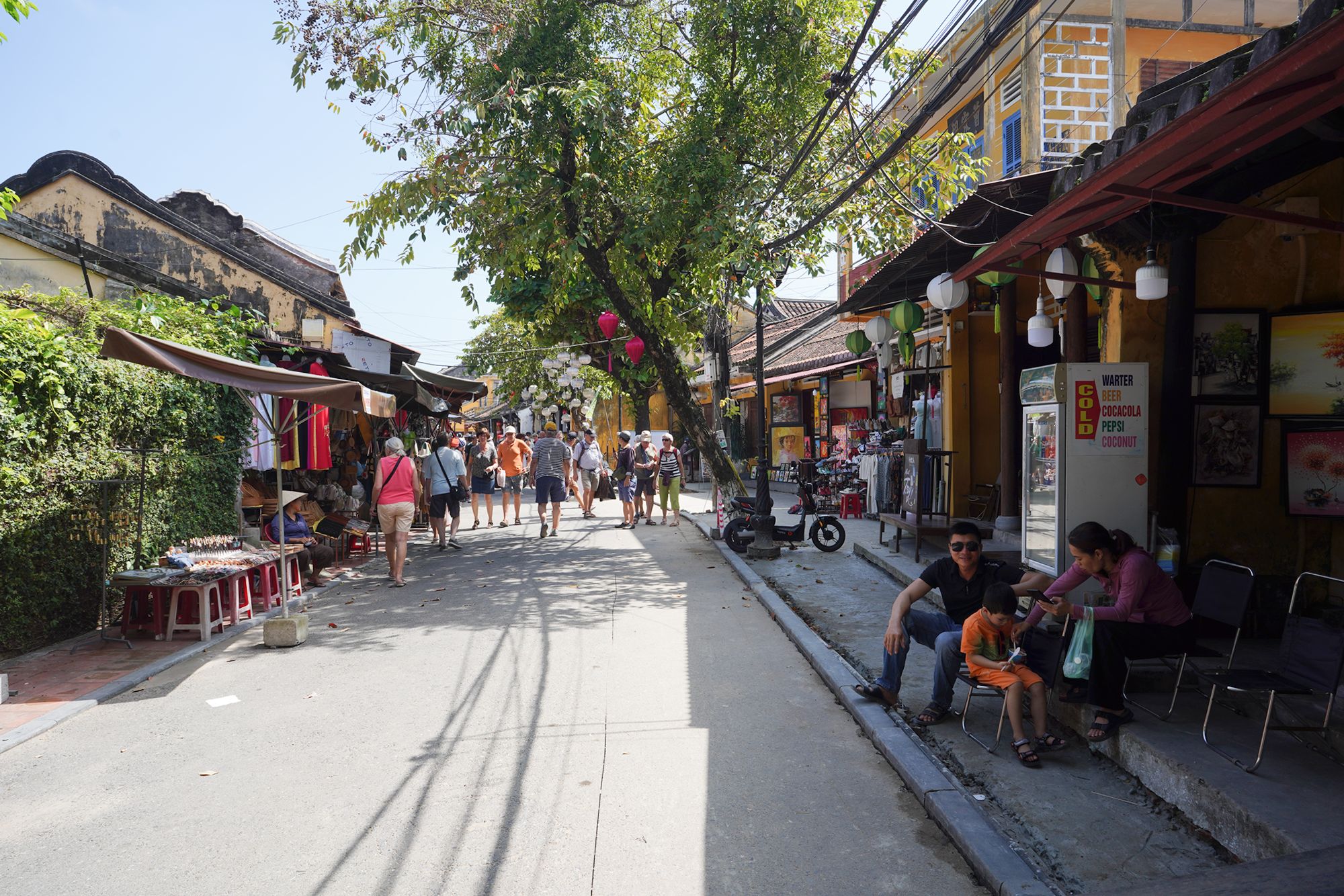
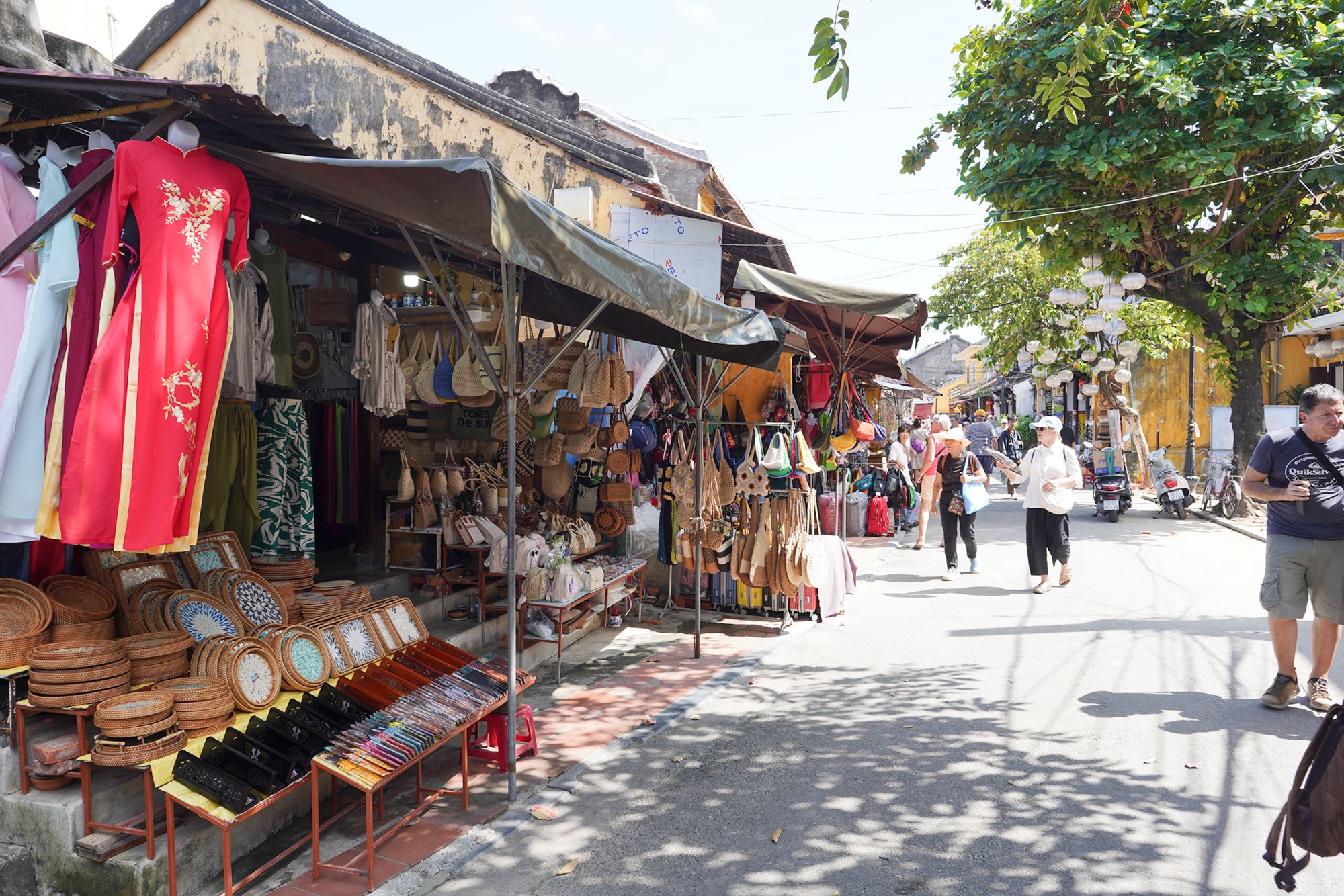
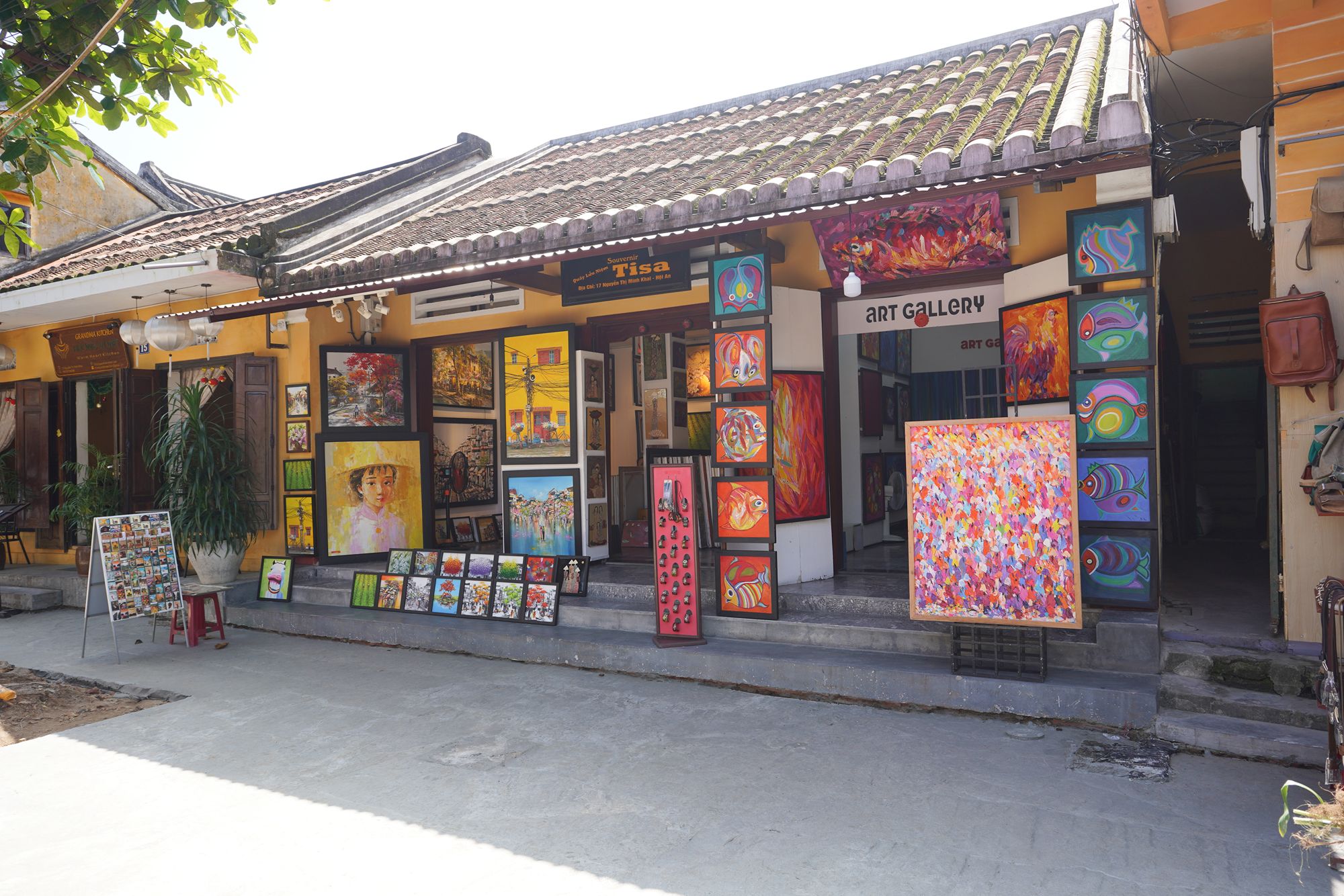
The building in front of the picture below is the entrance to the Chùa Cầu bridge.
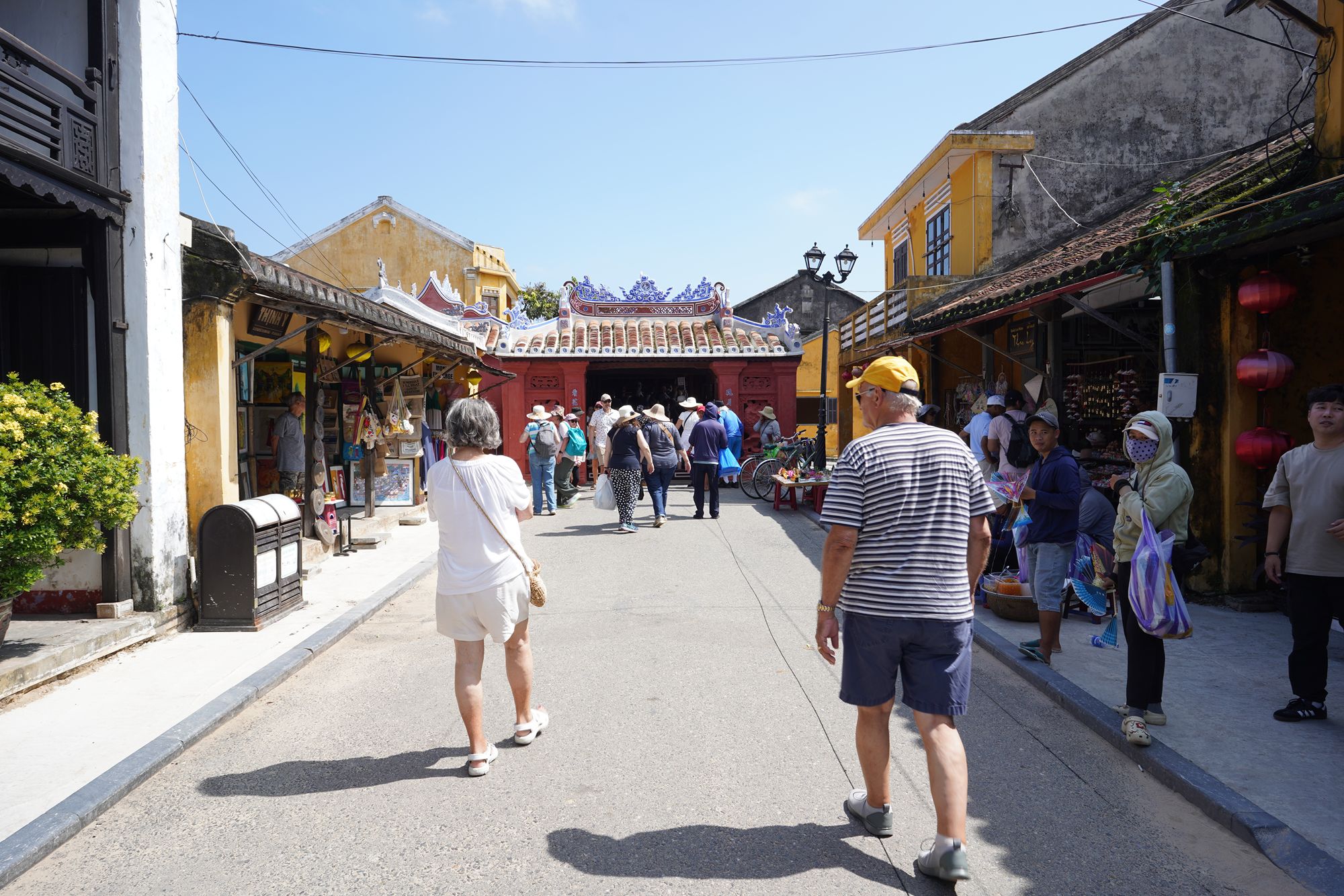
On the left is Phung Hung House
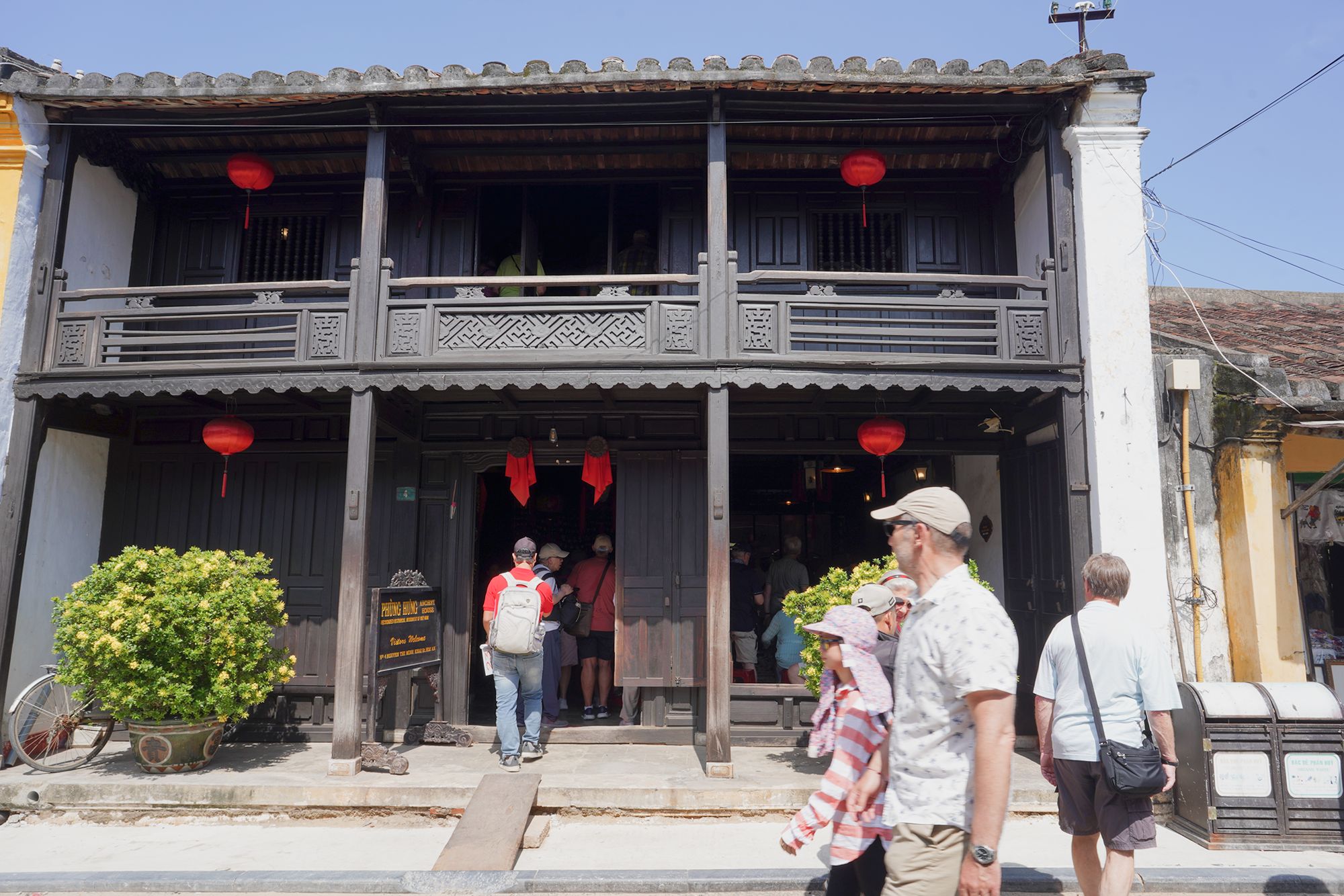
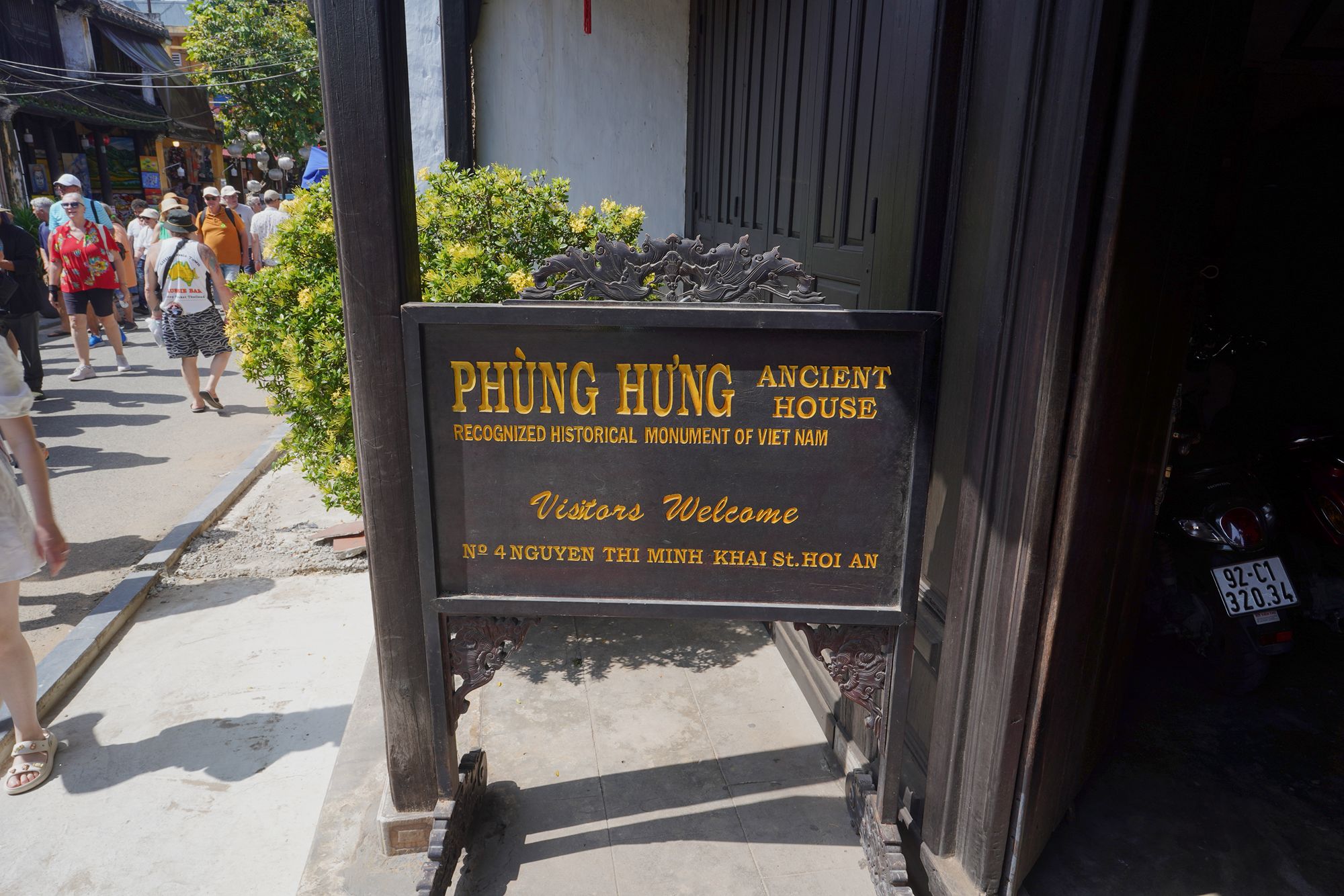
Phung Hung House, located in the heart of Hoi An’s Ancient Town, is a historic and well-preserved example of traditional Vietnamese merchant architecture. Built over 200 years ago during the late 18th century, it reflects the cultural and commercial prosperity of Hoi An when it was a bustling international trading port.
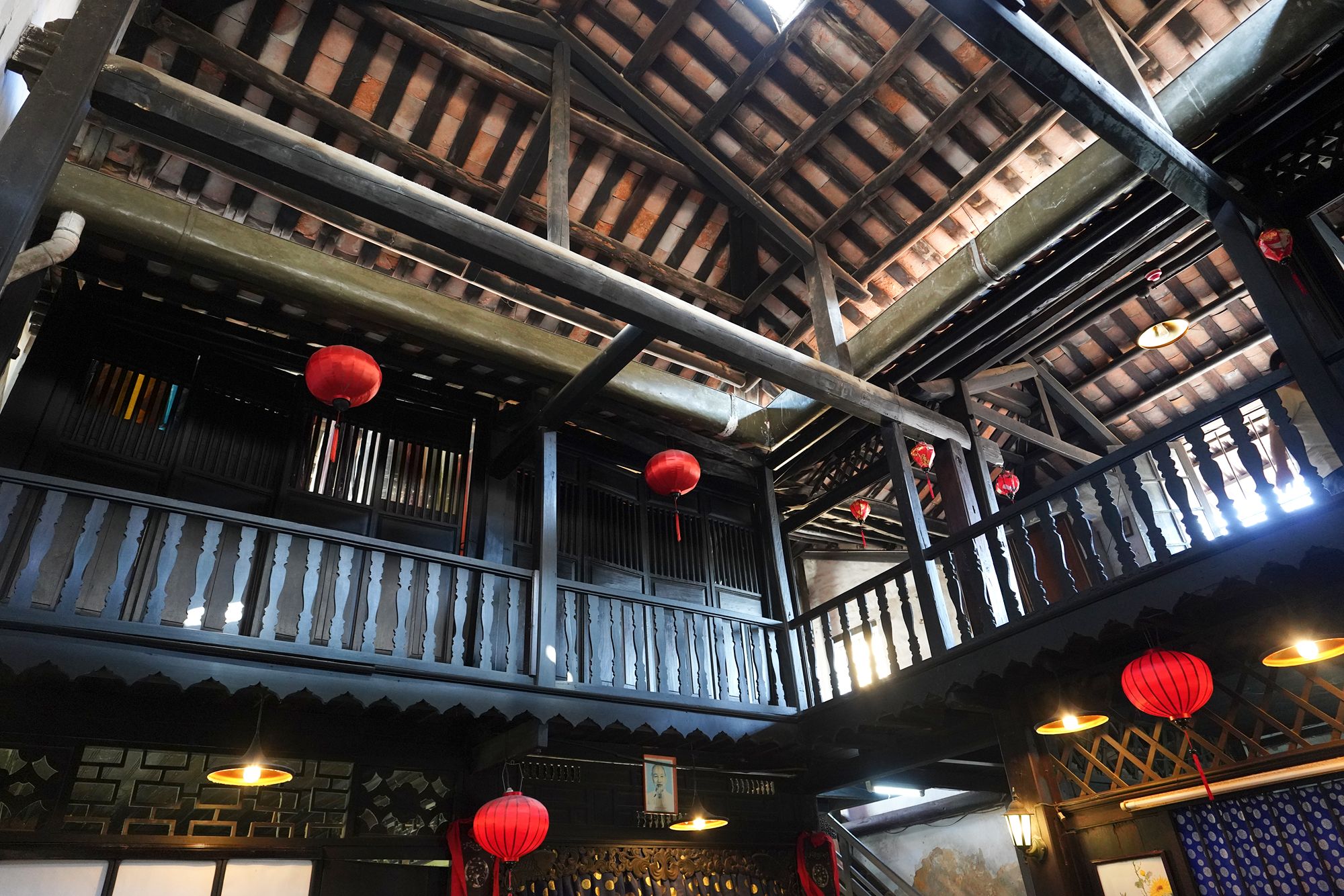
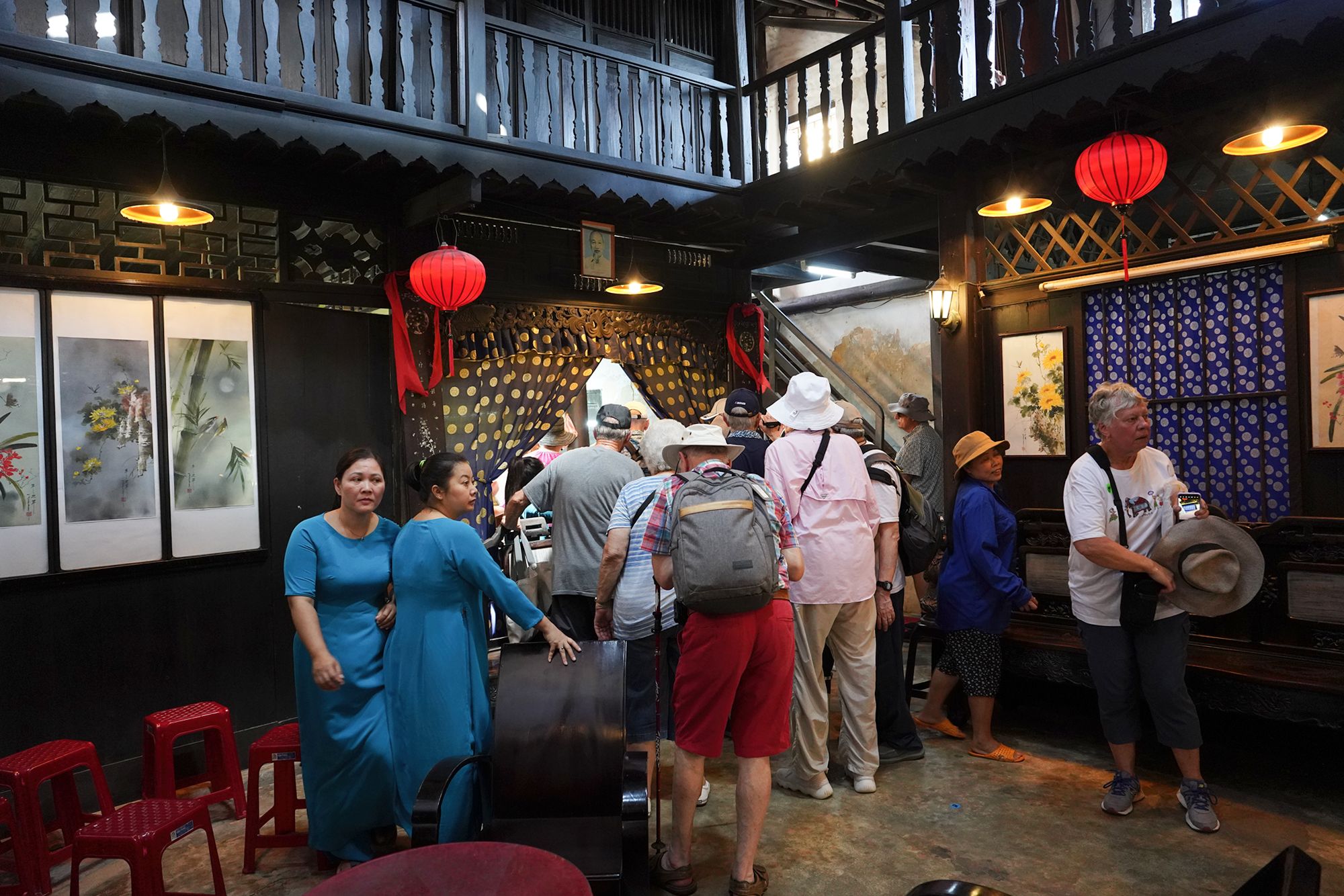
They were selling some handmade crafts inside the house.
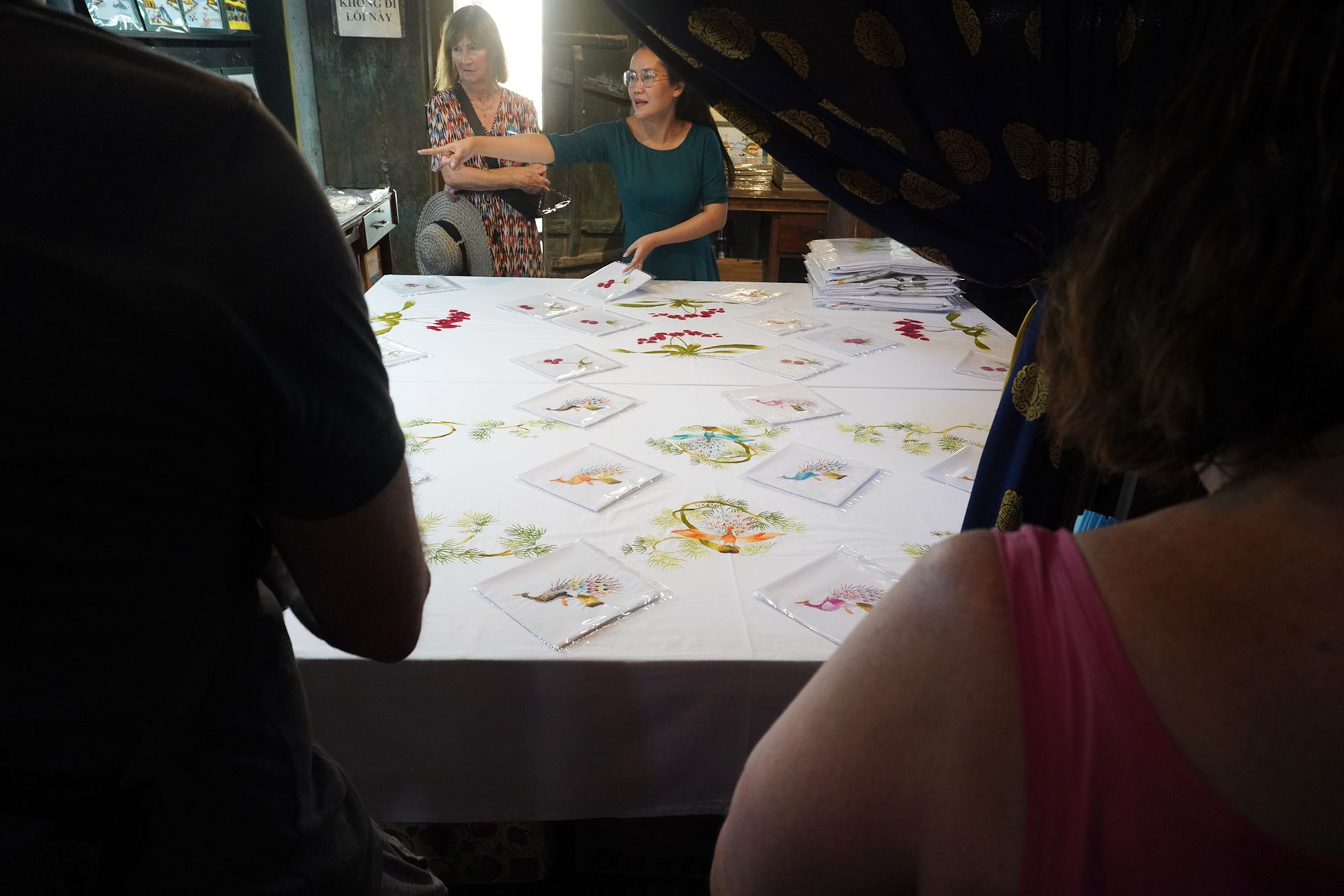
It was originally built as a merchant’s home and trading space, illustrating the lifestyle and business activities of wealthy families during Hoi An’s golden age.
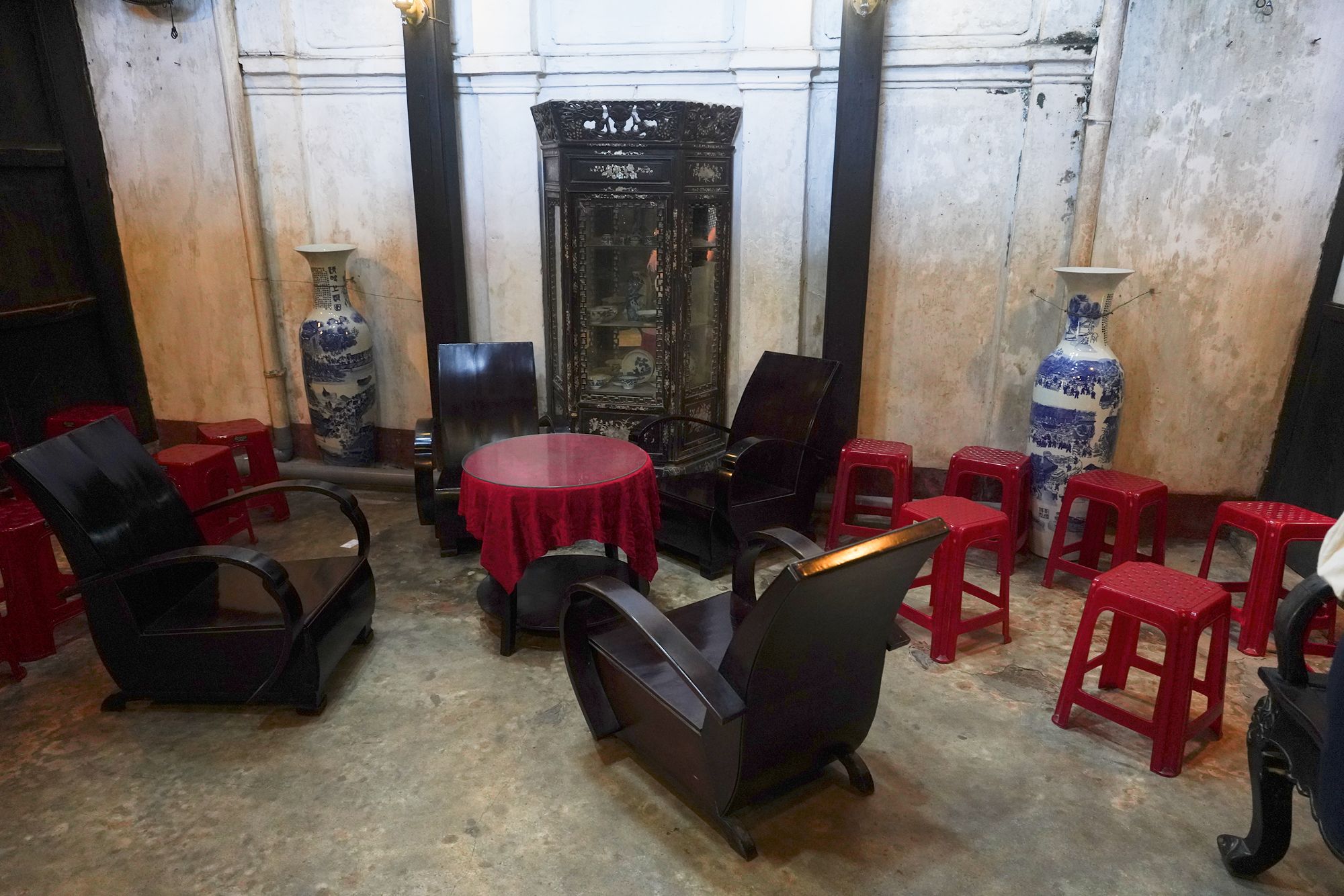
The house has been owned by the same family for generations, with descendants continuing to maintain and preserve it.
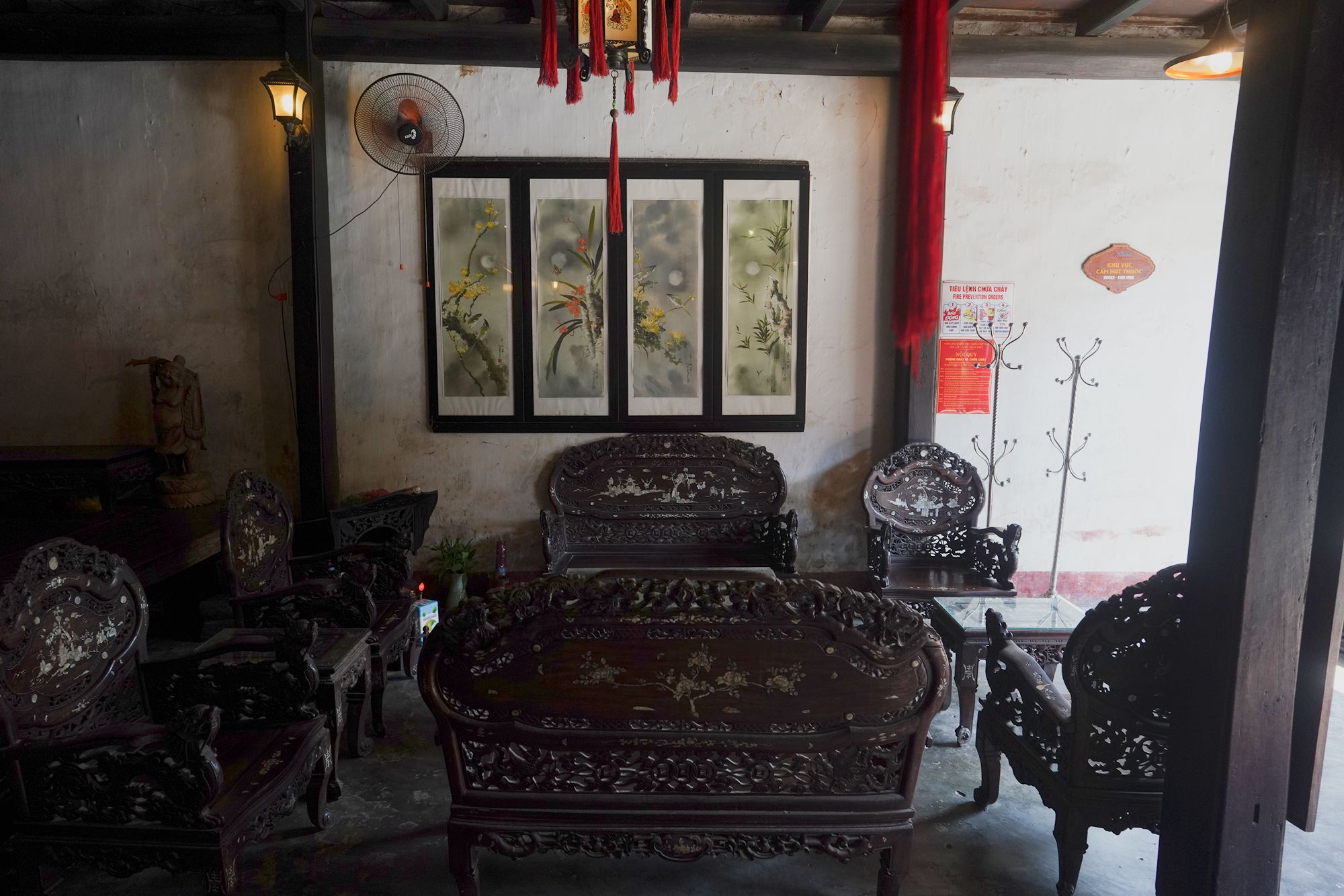
At the upper level of the house
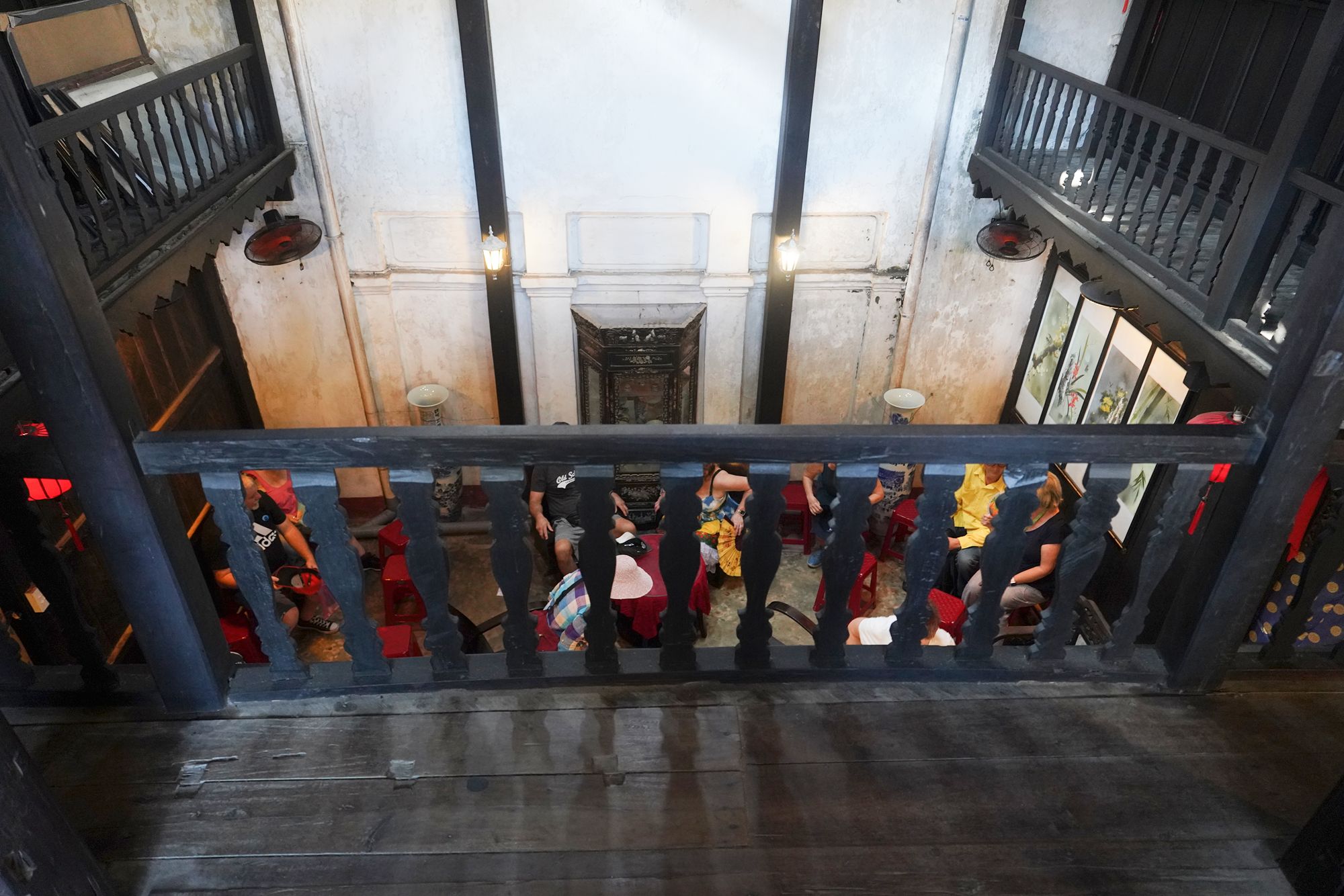
The house blends Vietnamese, Chinese, and Japanese architectural styles, showcasing Hoi An’s diverse cultural influences.
Its structure is primarily made of wood, with intricately carved beams and decorative motifs.
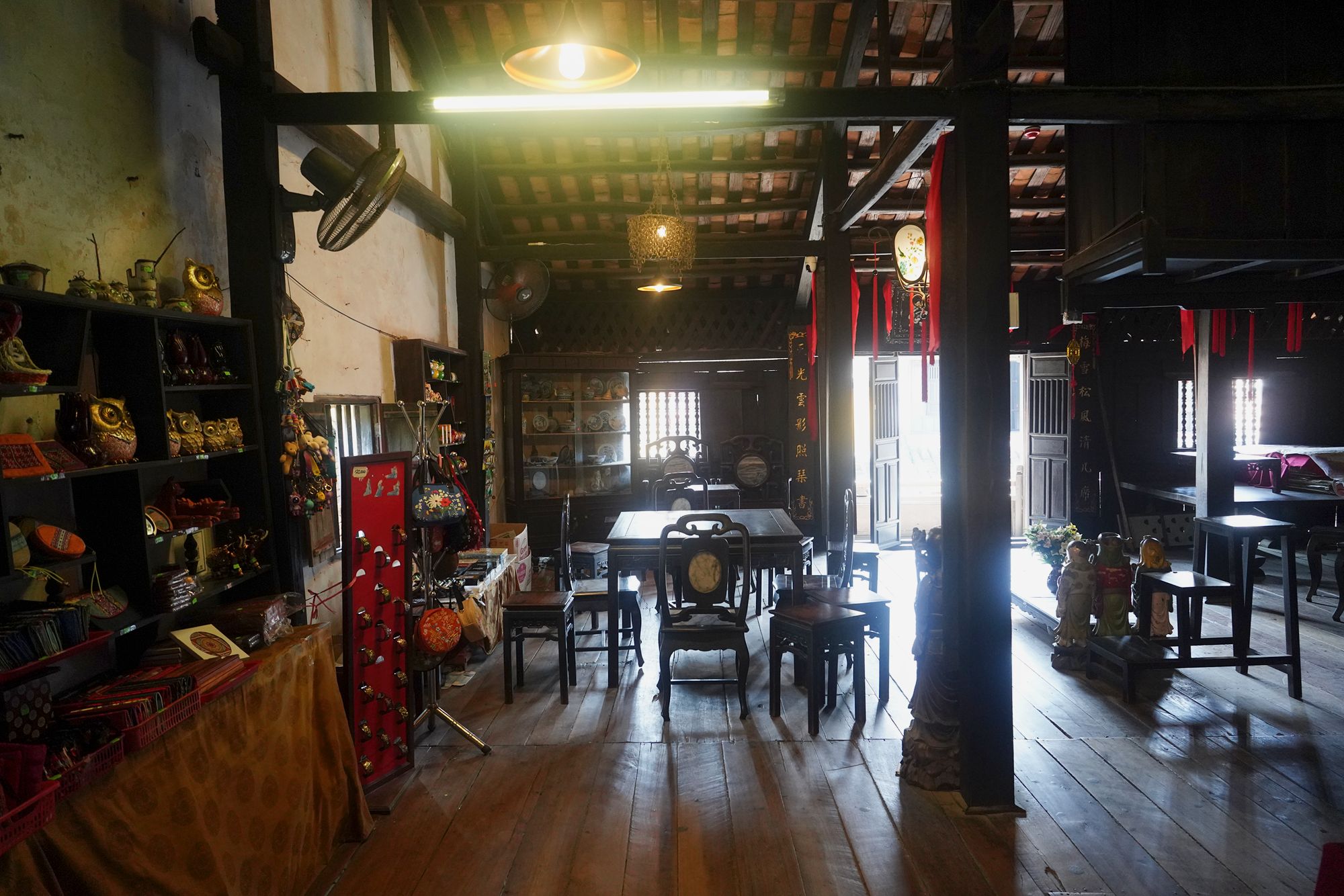
Visitors can see original furniture, artifacts, and household items that provide a glimpse into the lives of its former inhabitants.
The upper floor served as a living area, while the ground floor was used for trade and welcoming guests.
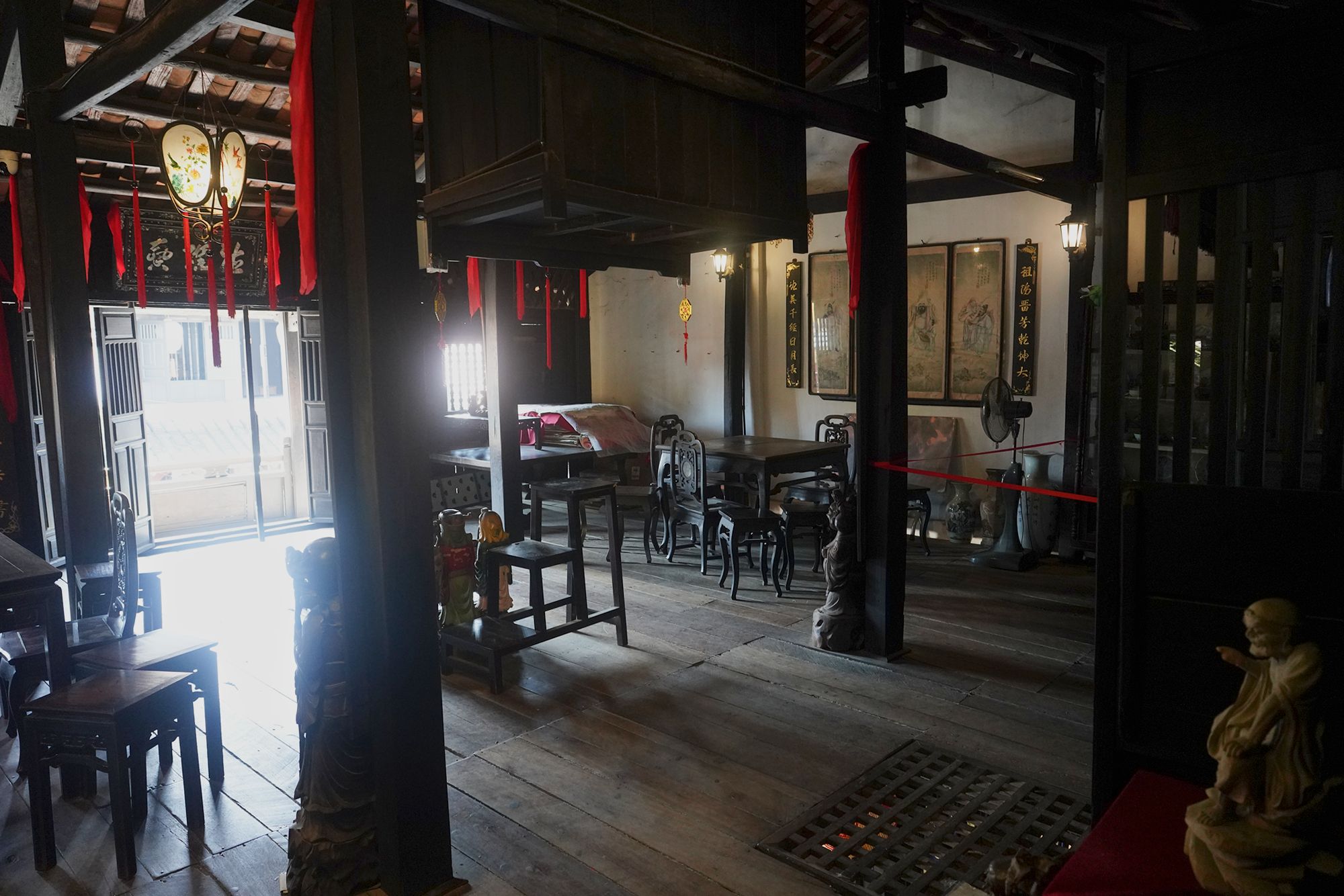
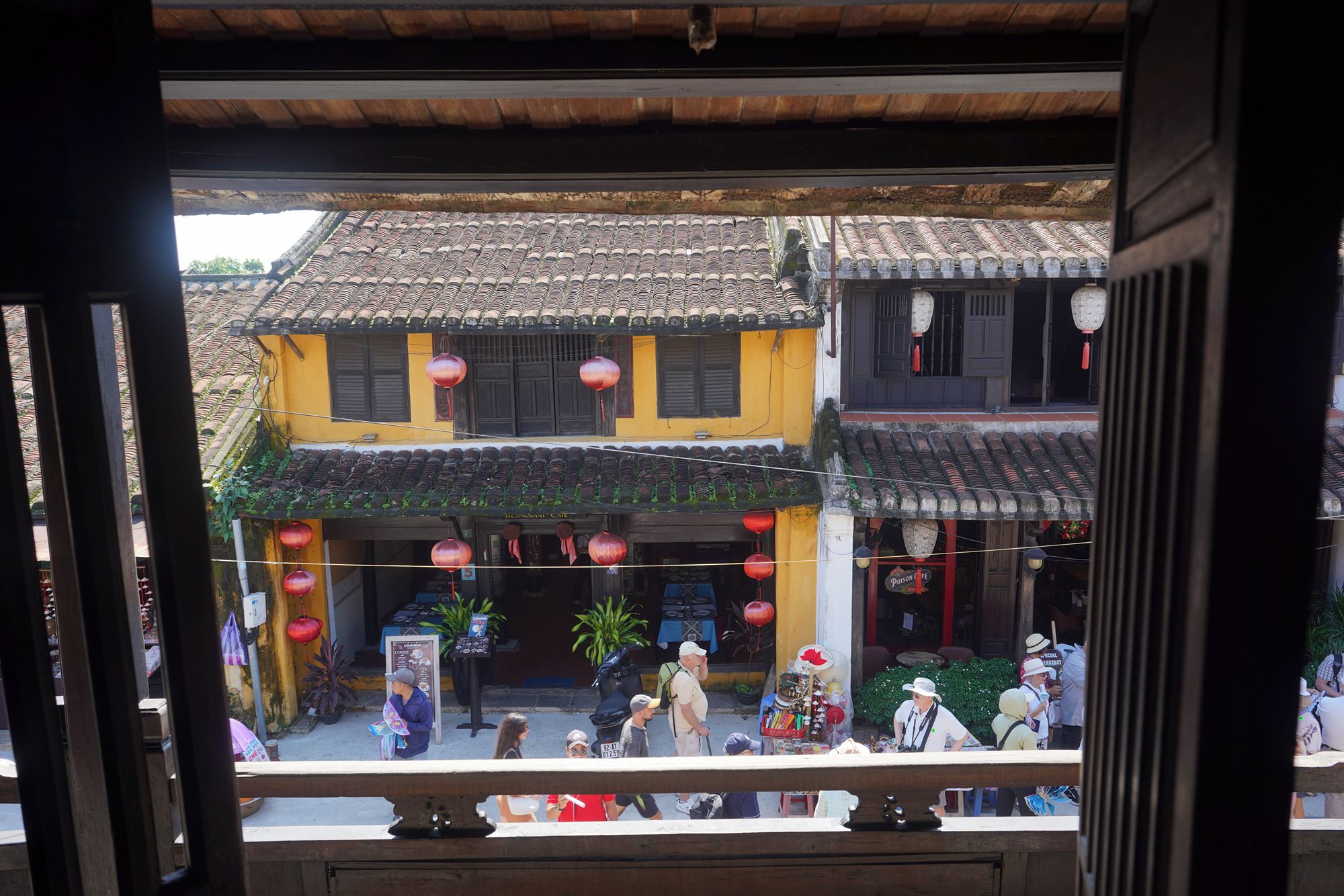

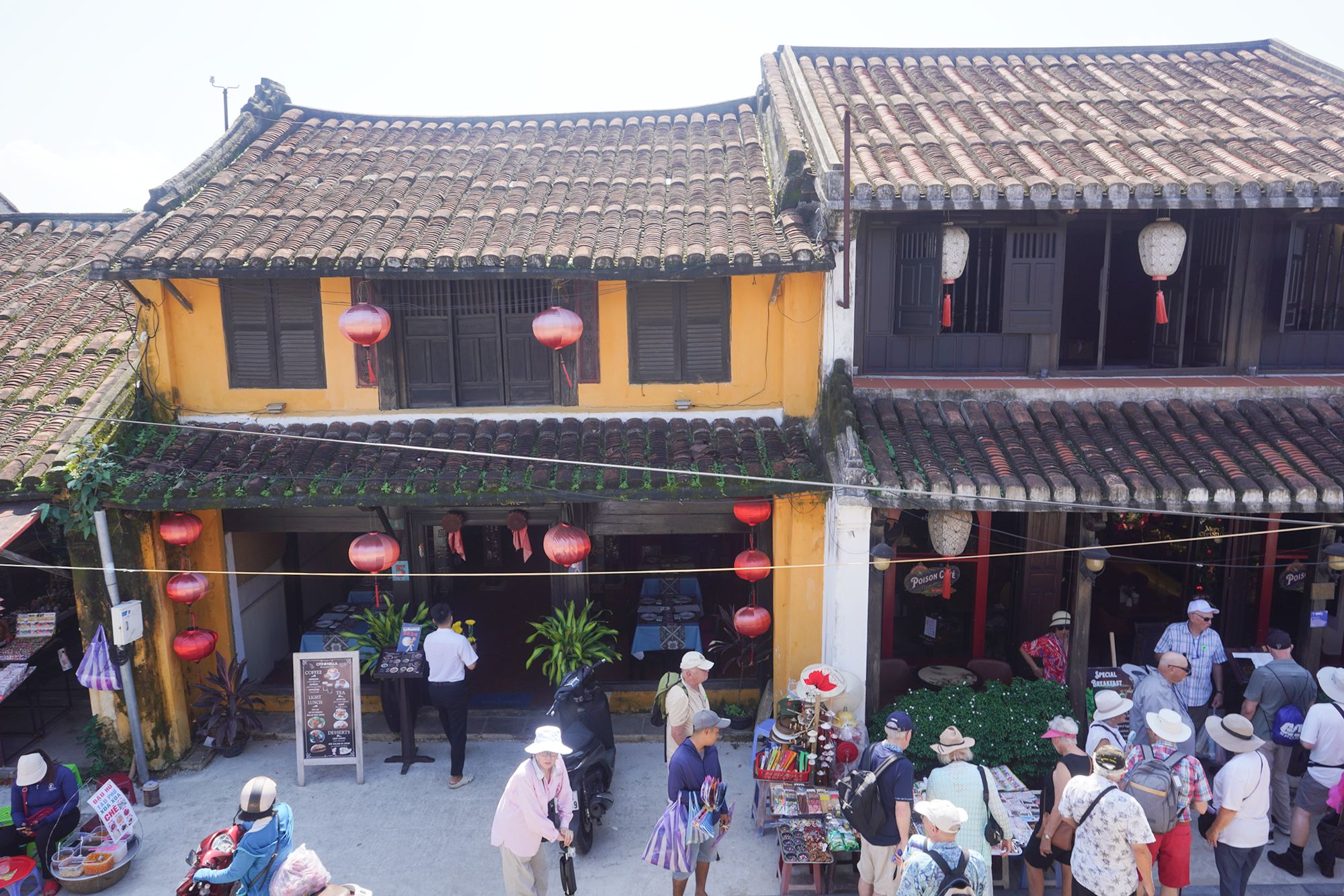
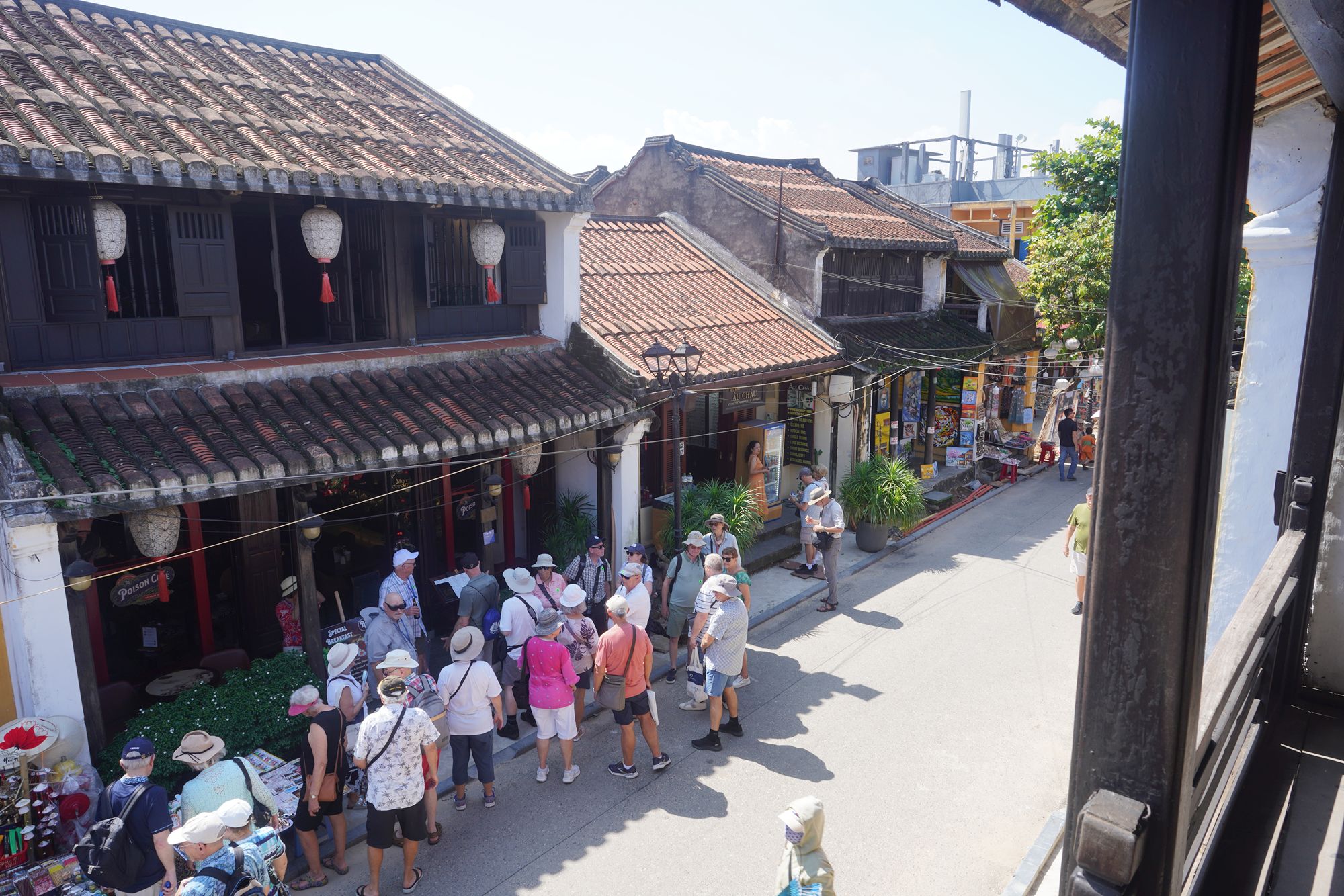
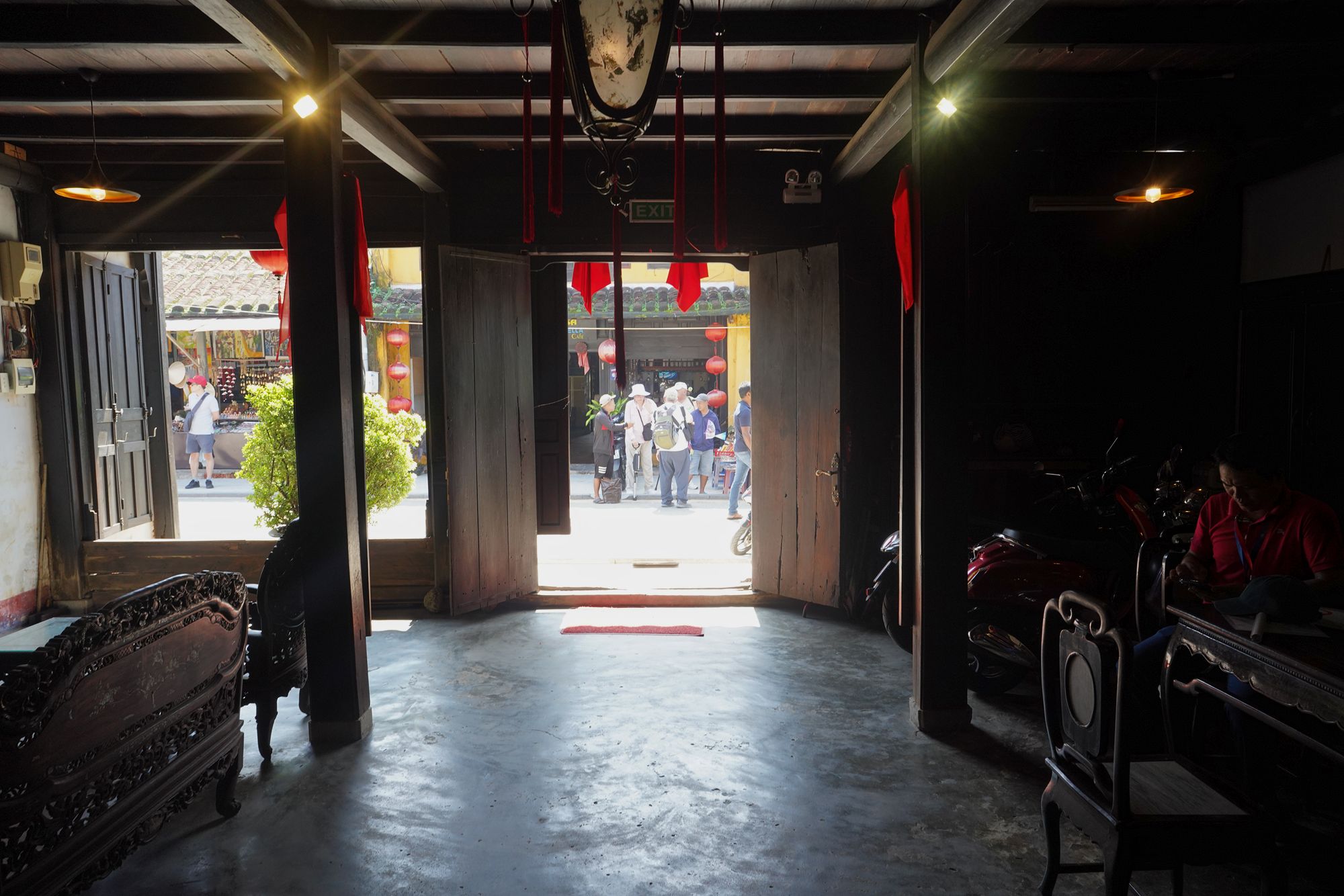
Entering the Chùa Cầu Bridge
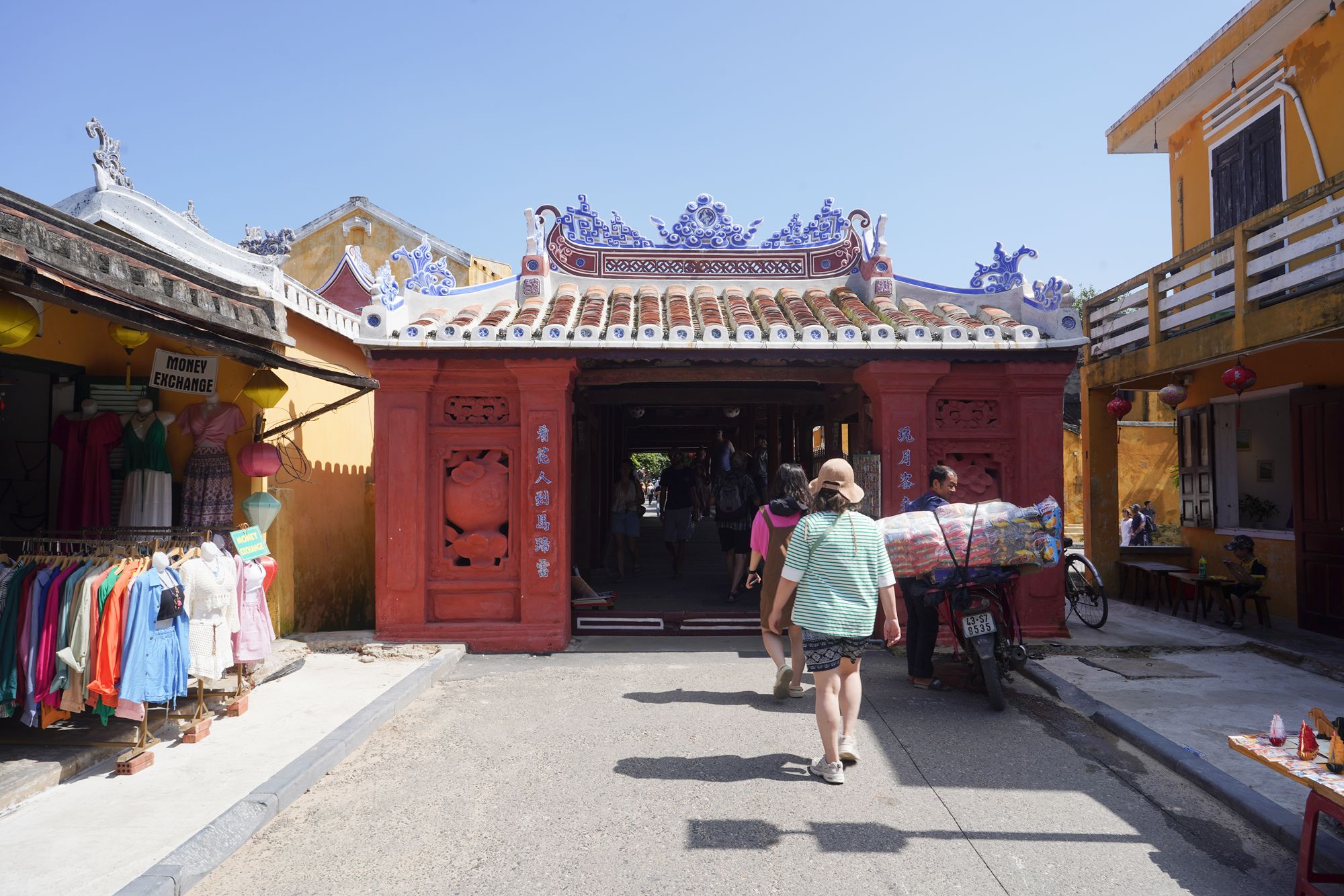
The Chùa Cầu, also known as the Japanese Covered Bridge, is a historic and iconic landmark in Hoi An, Vietnam, renowned for its unique architectural blend of Japanese, Chinese, and Vietnamese influences.
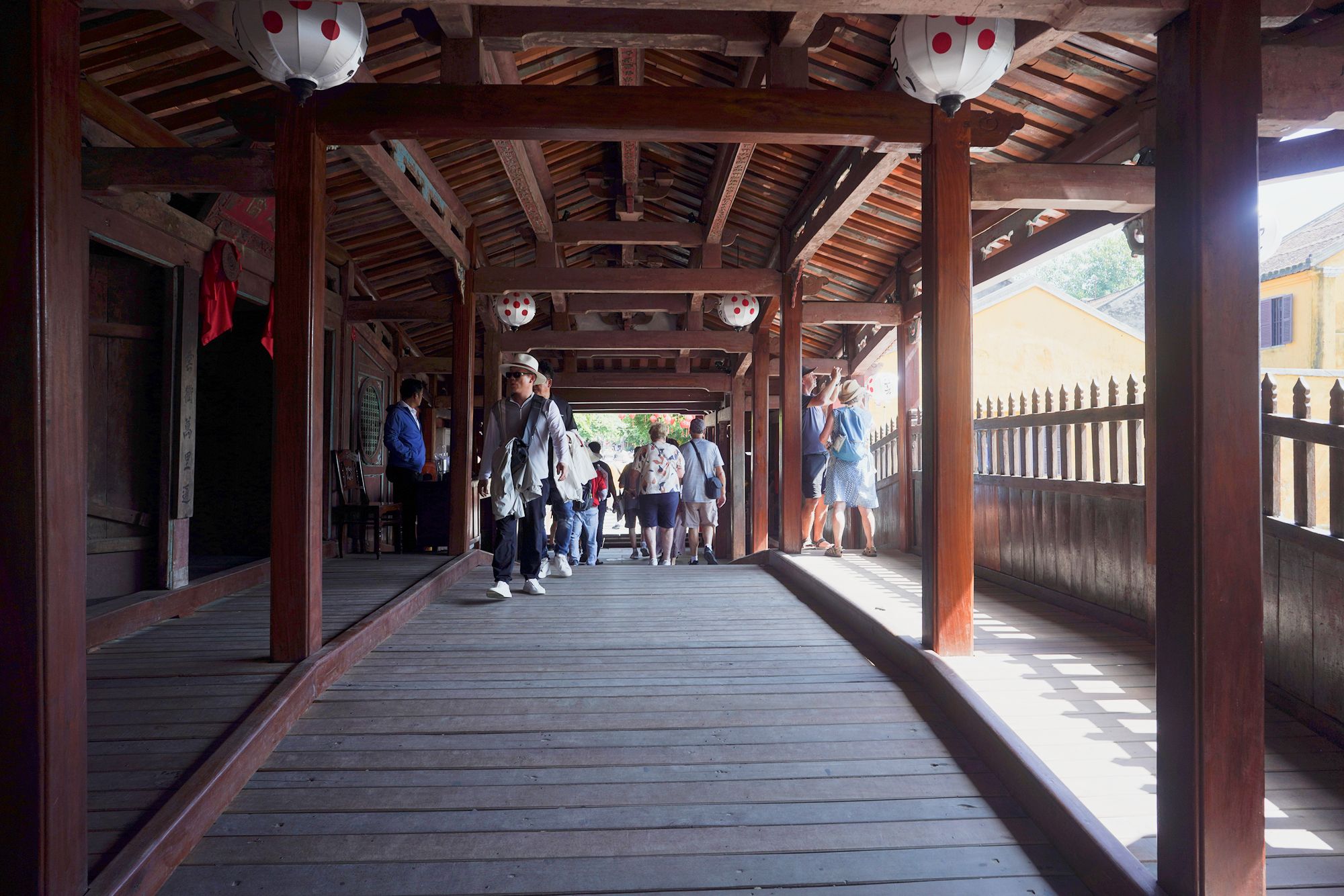
The view of the outside from inside the bridge.
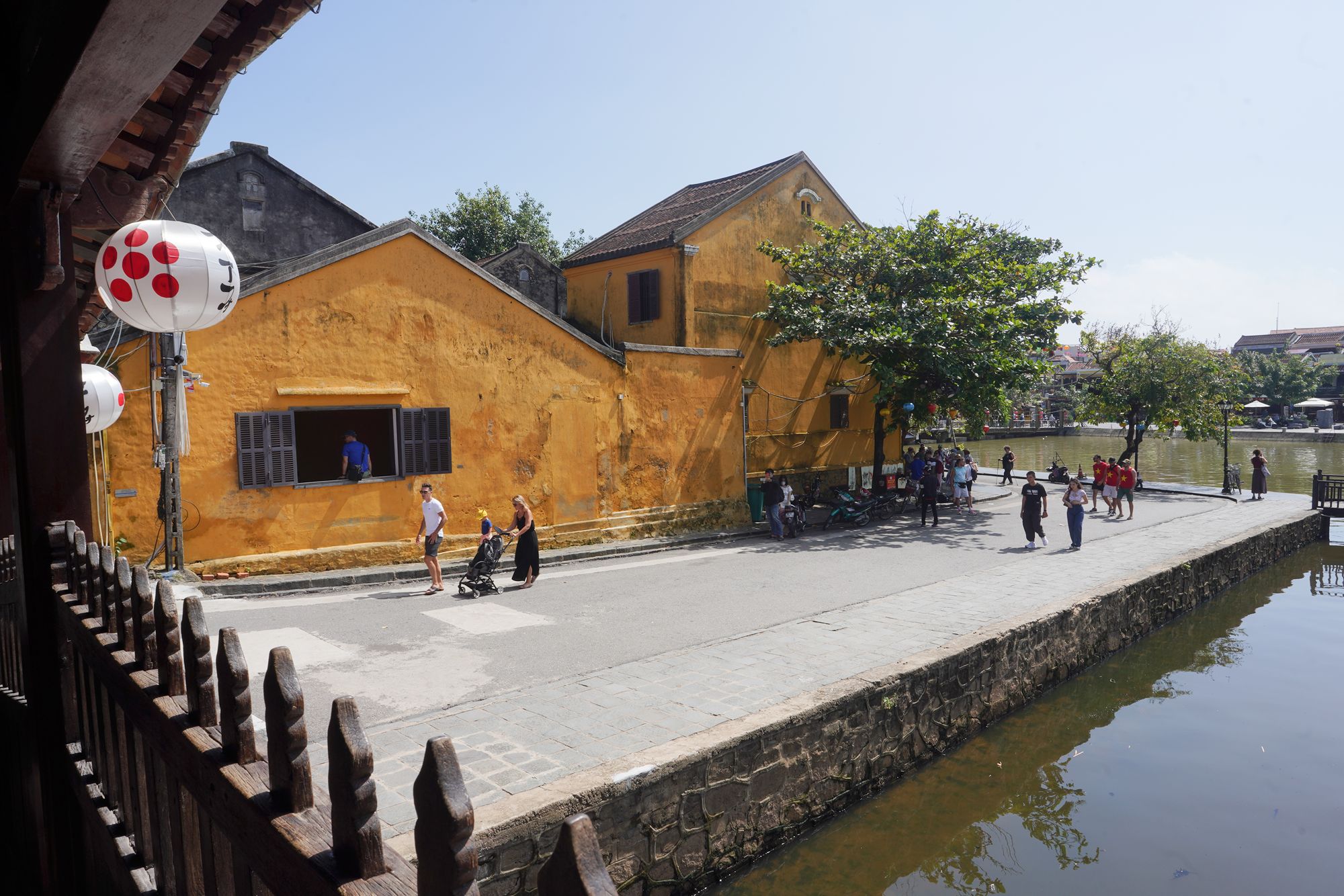

A small shrine is situated inside the bridge.
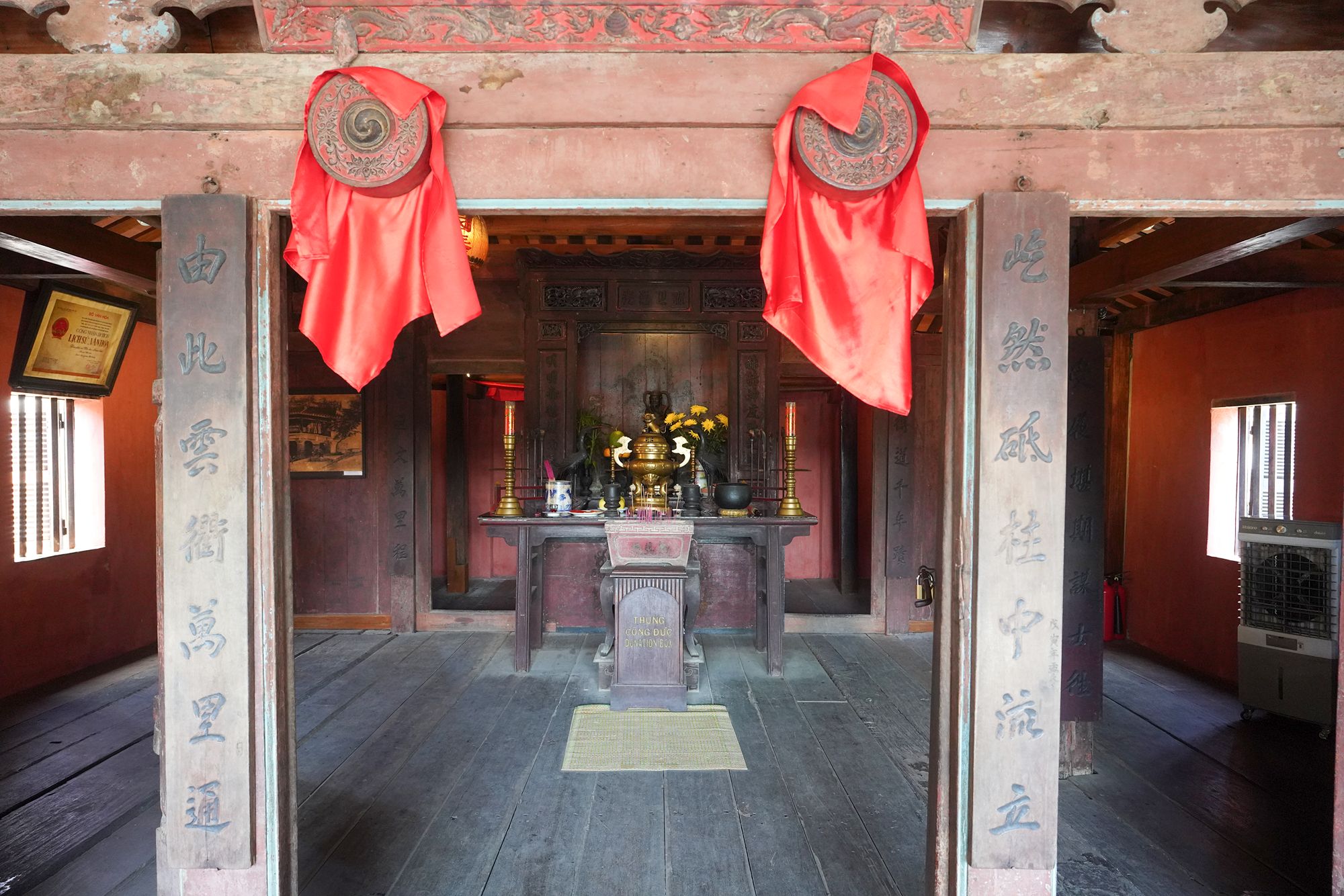
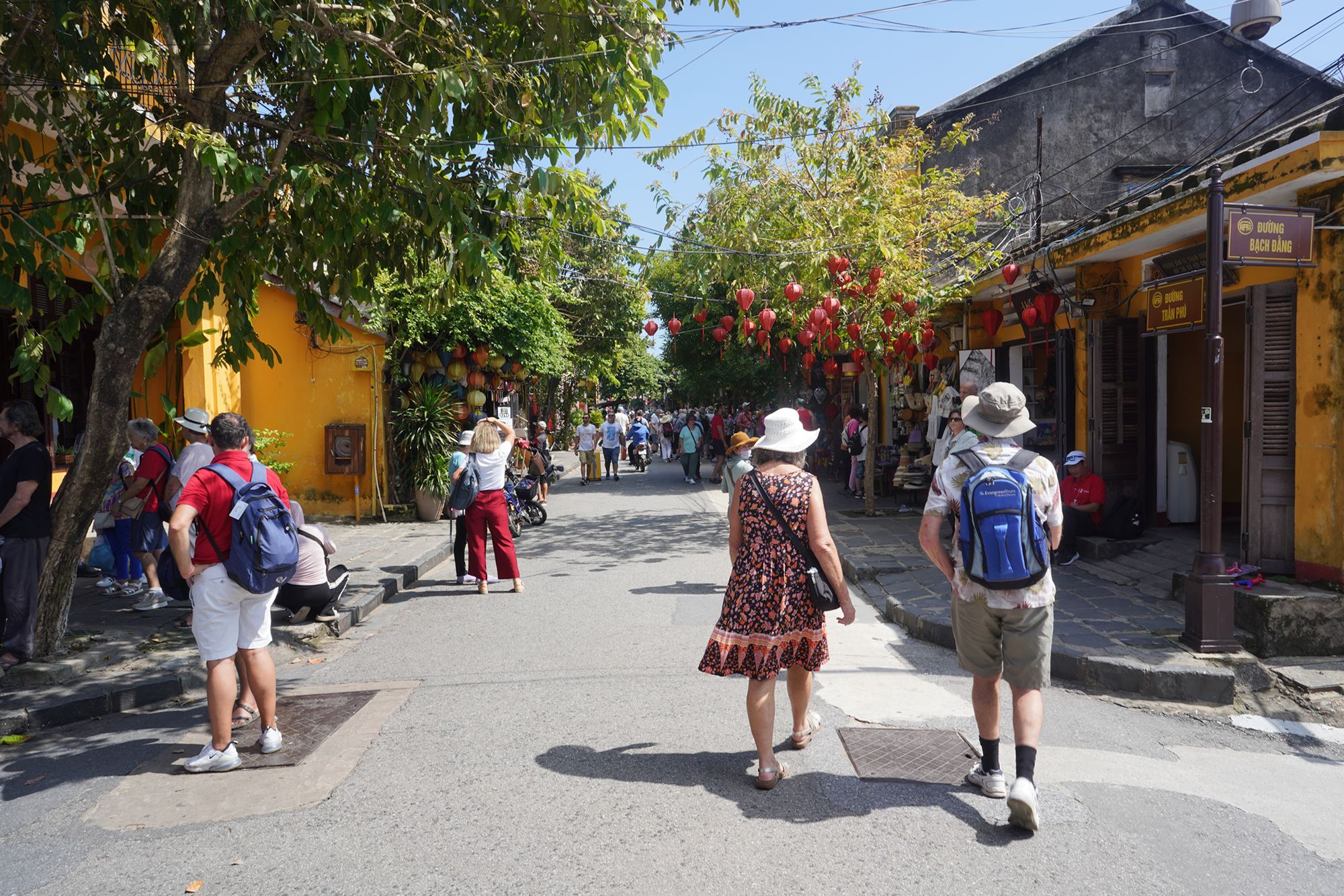
I came out from the bridge and looked around the area
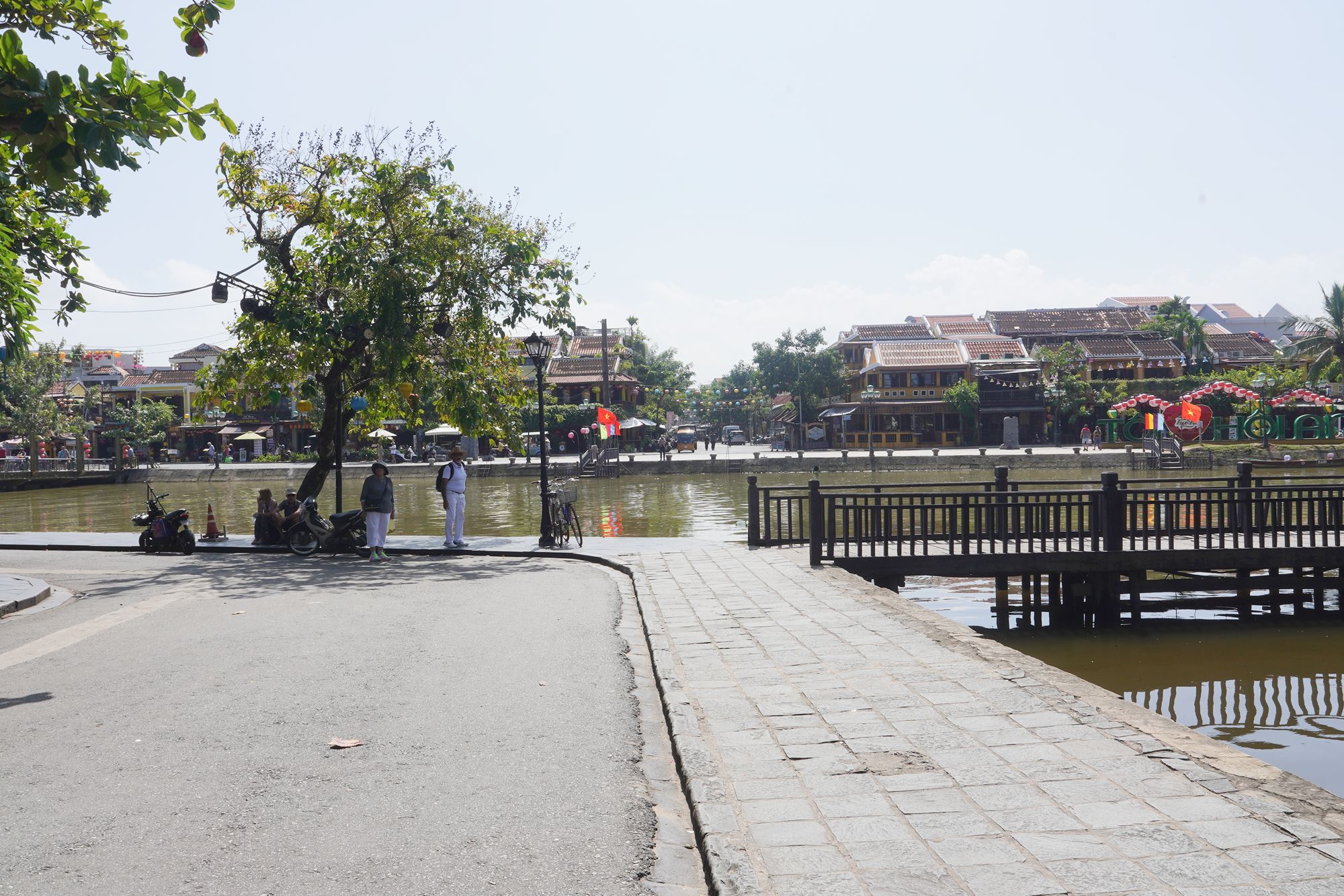
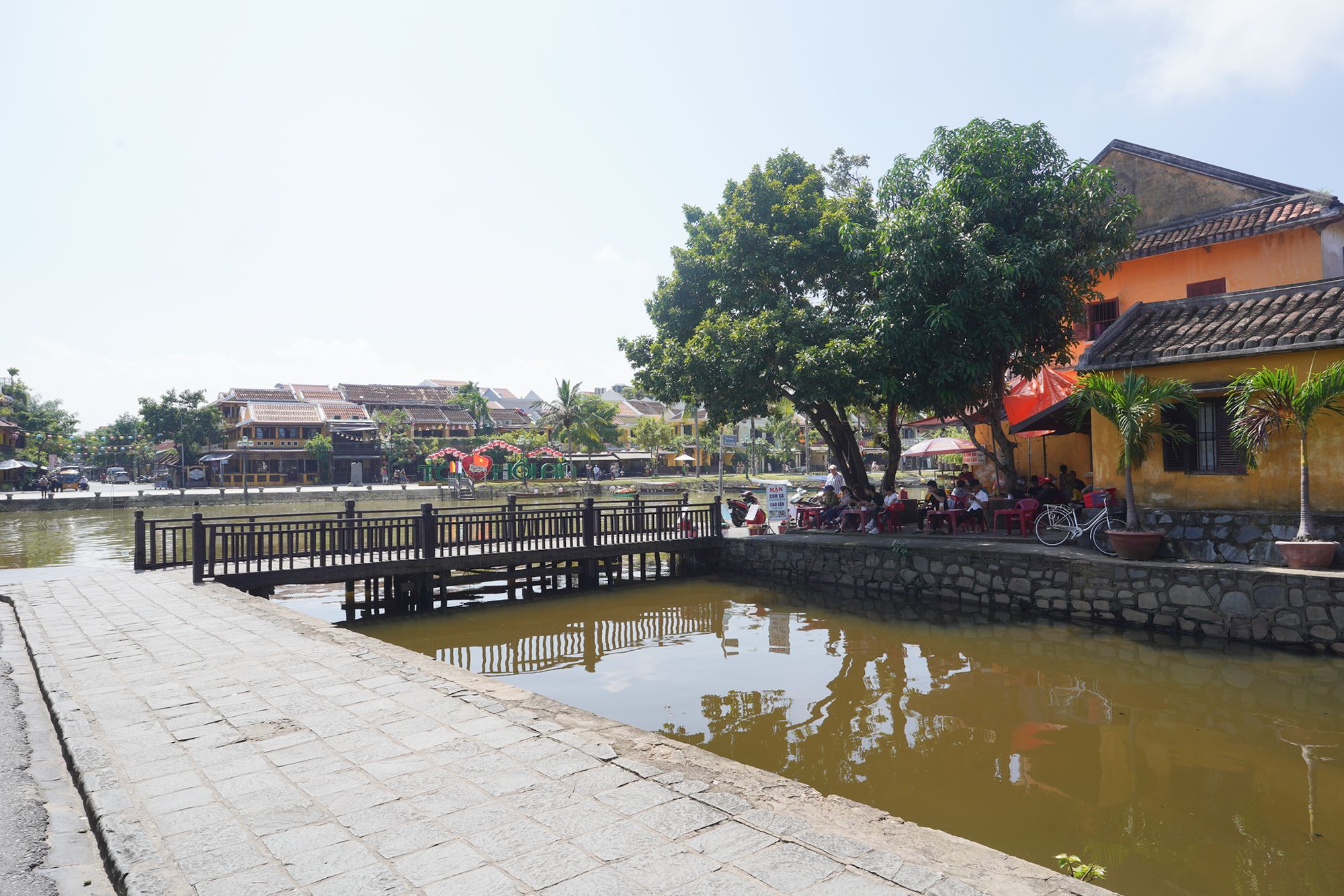
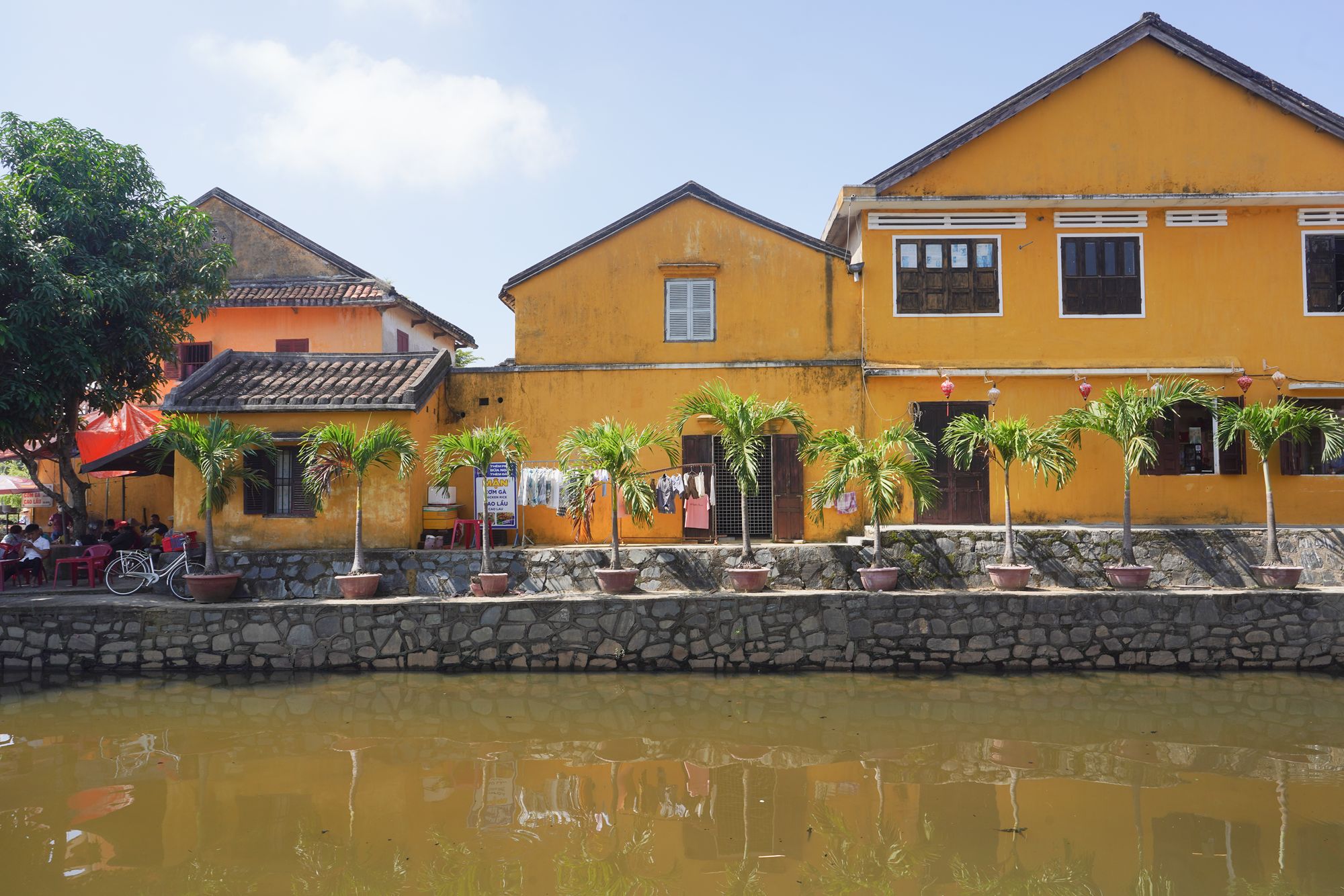
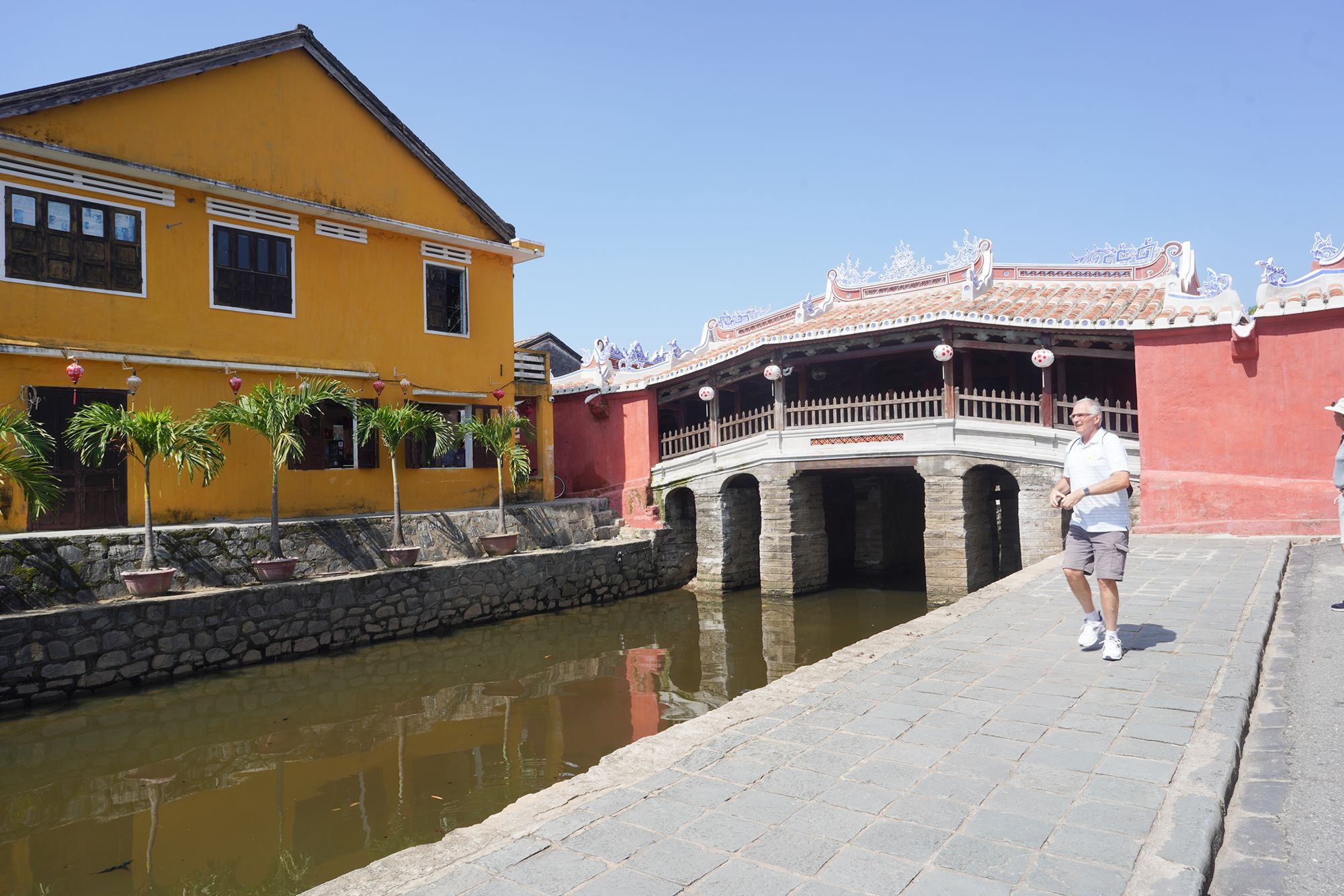
Looked back at the Chùa Cầu Bridge
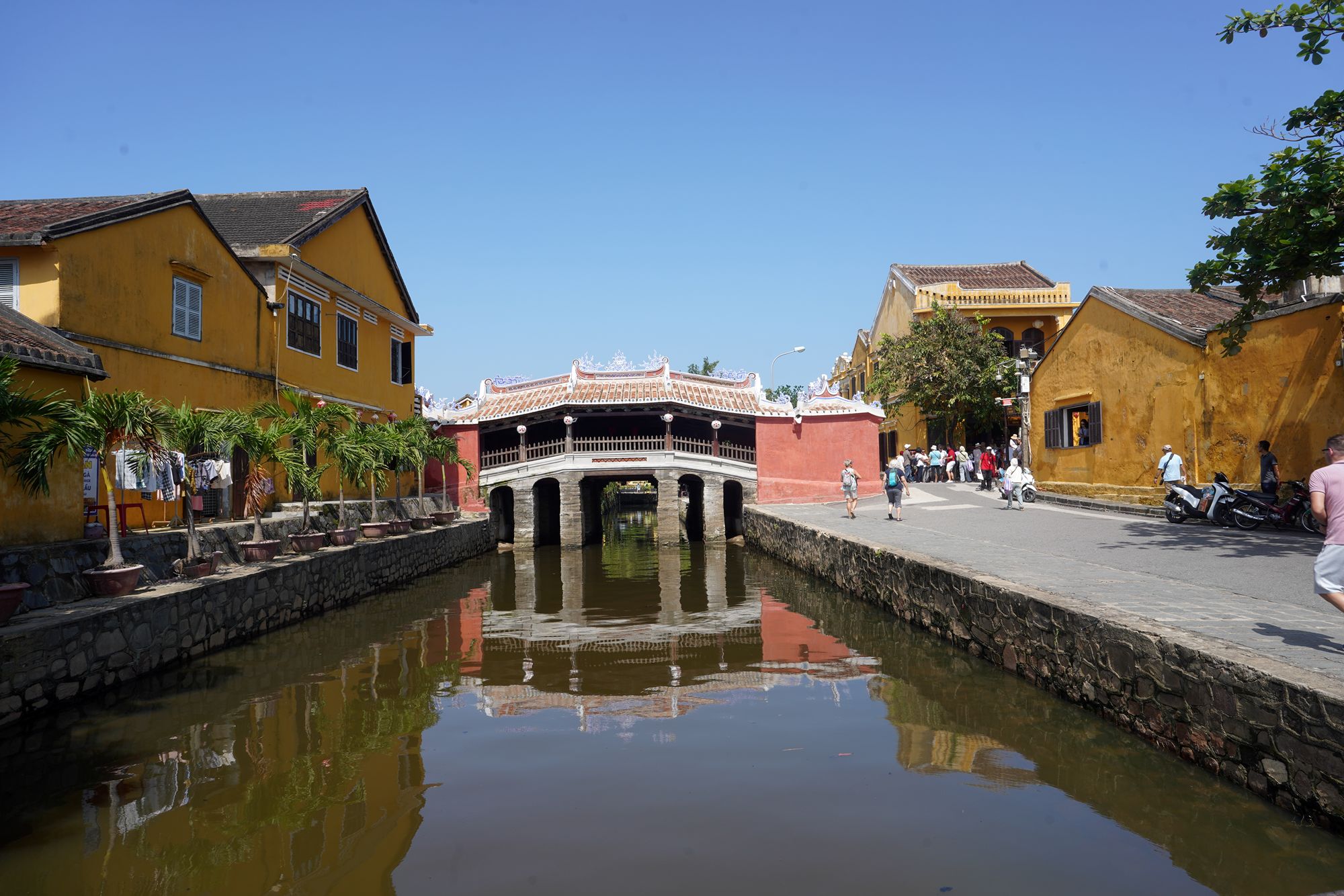
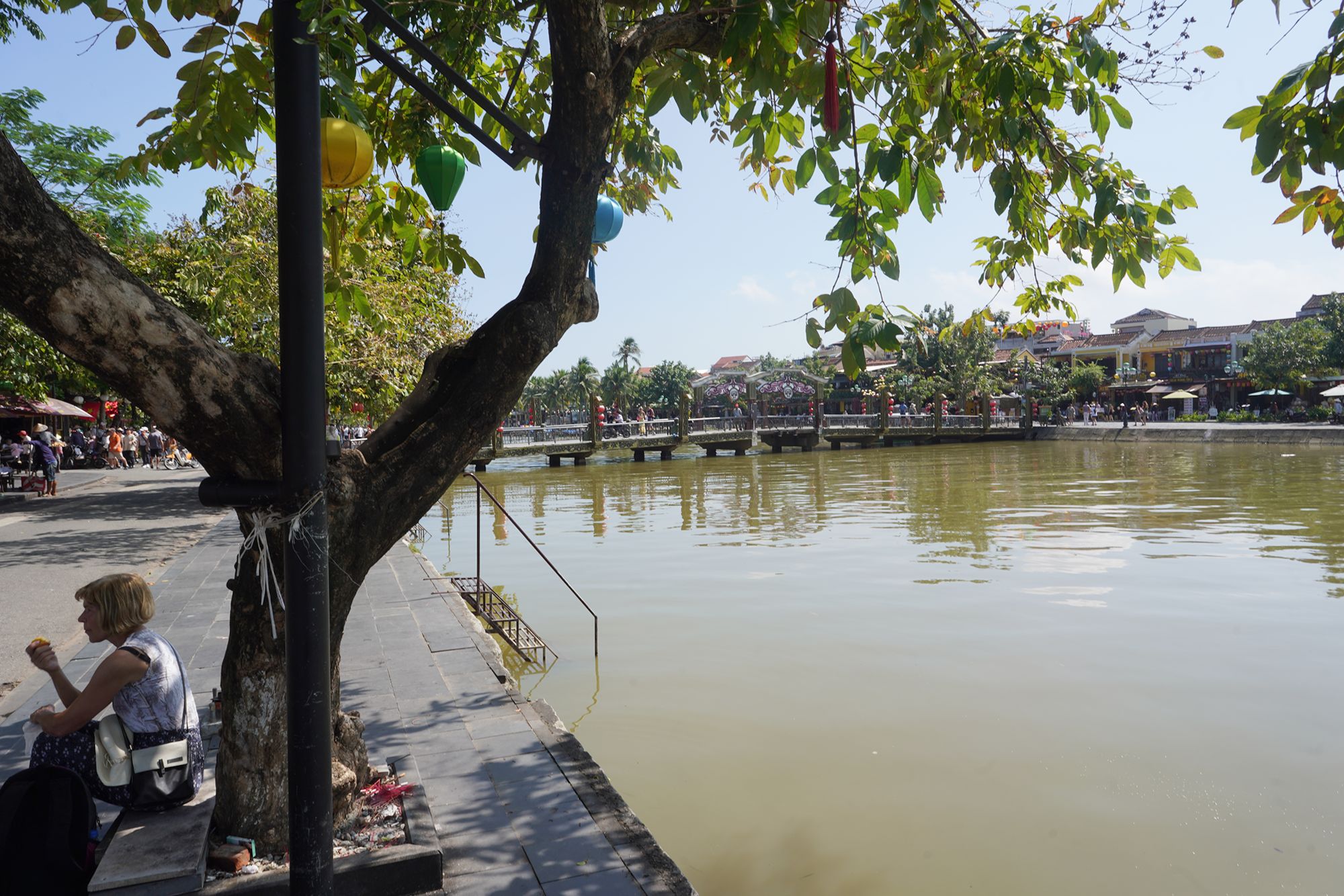
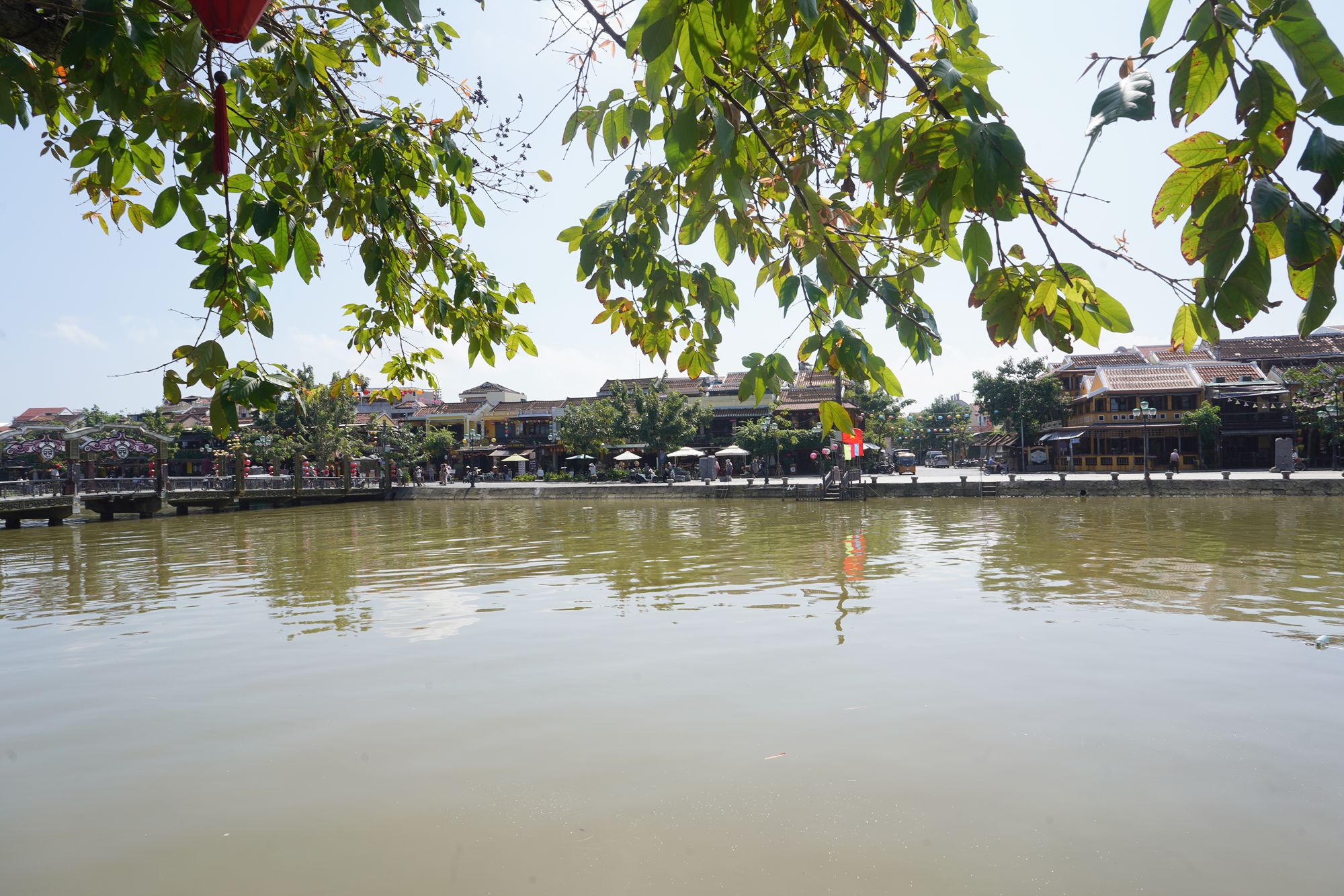

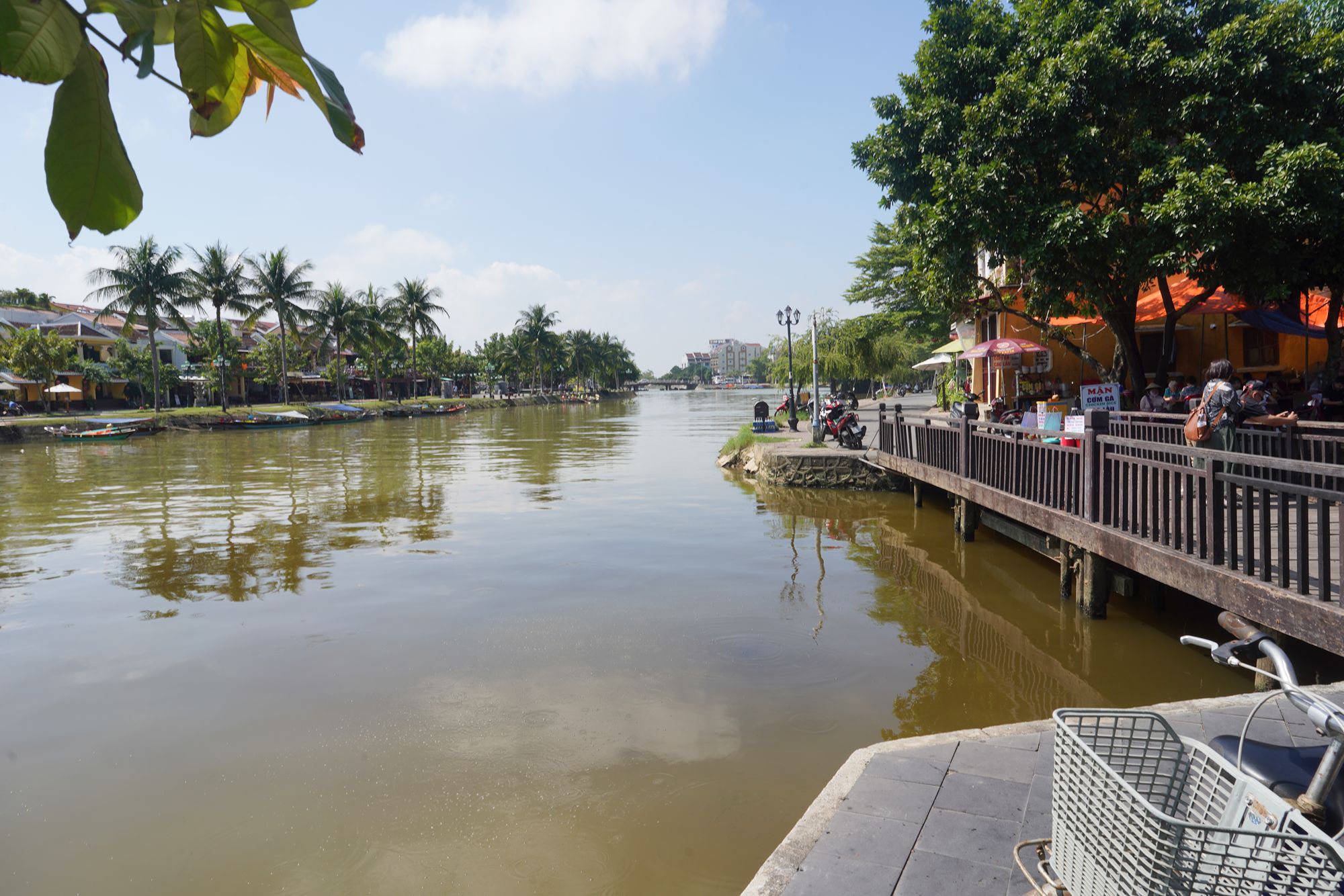
Back side
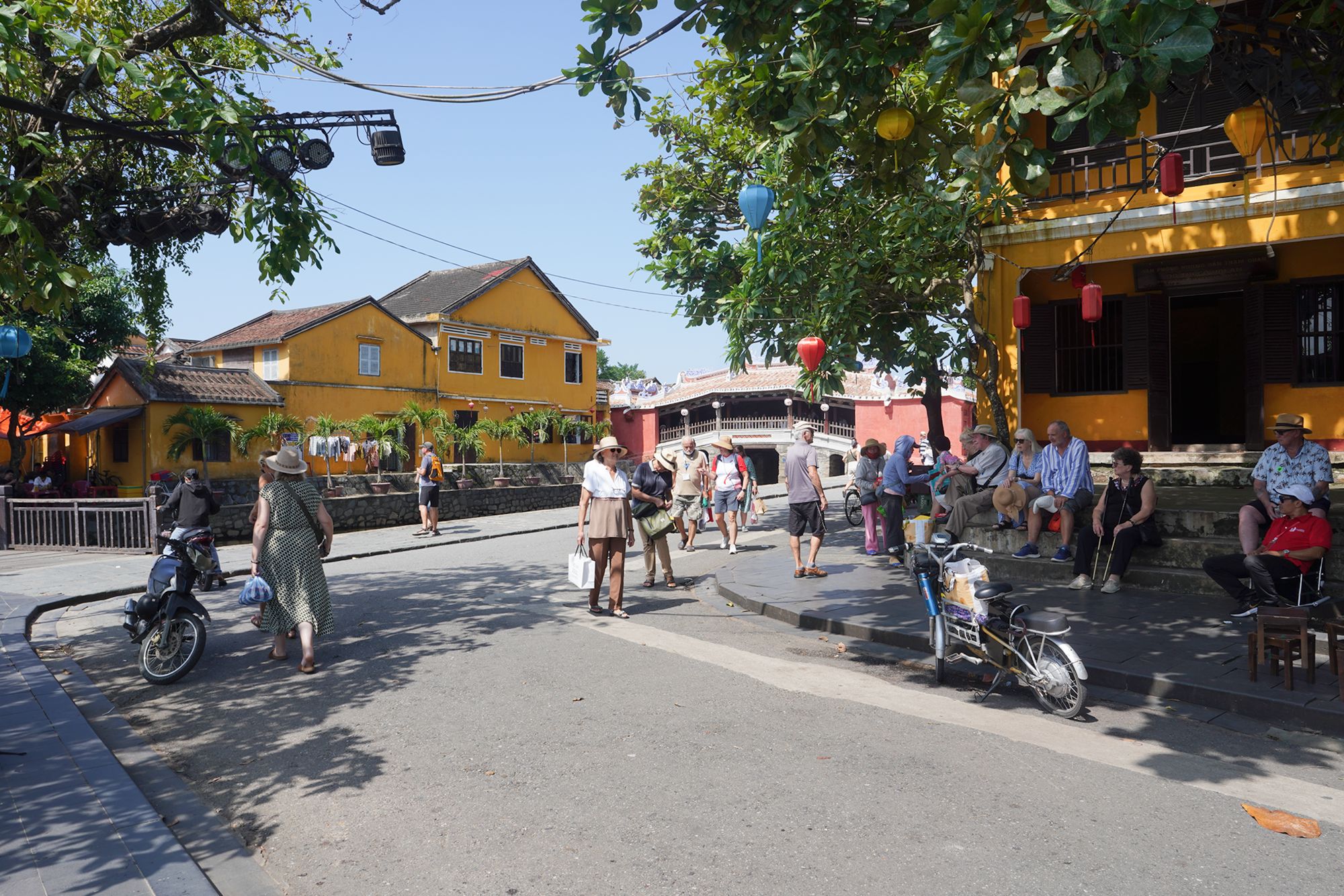
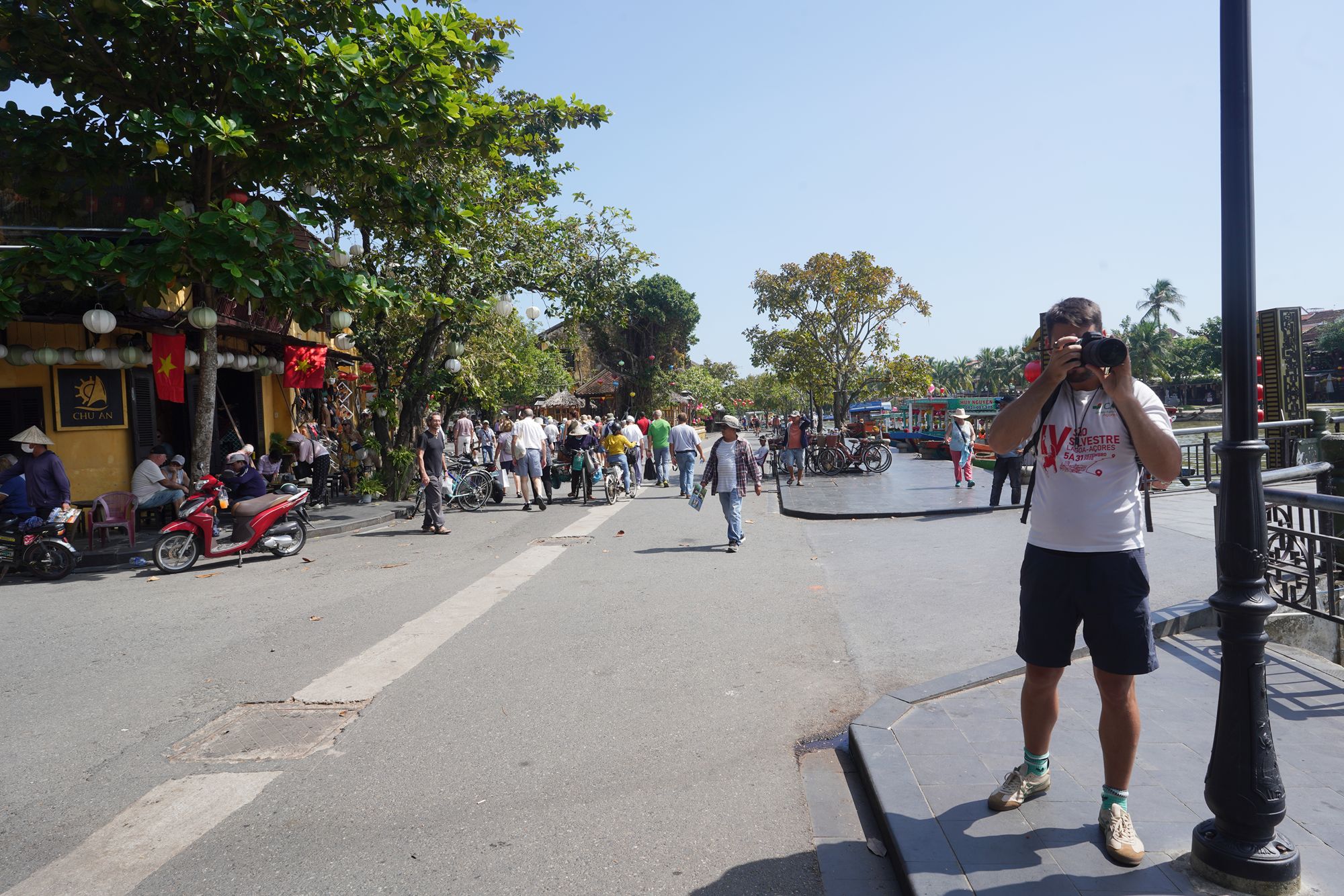
I walked another bridge across the Thu Bon River
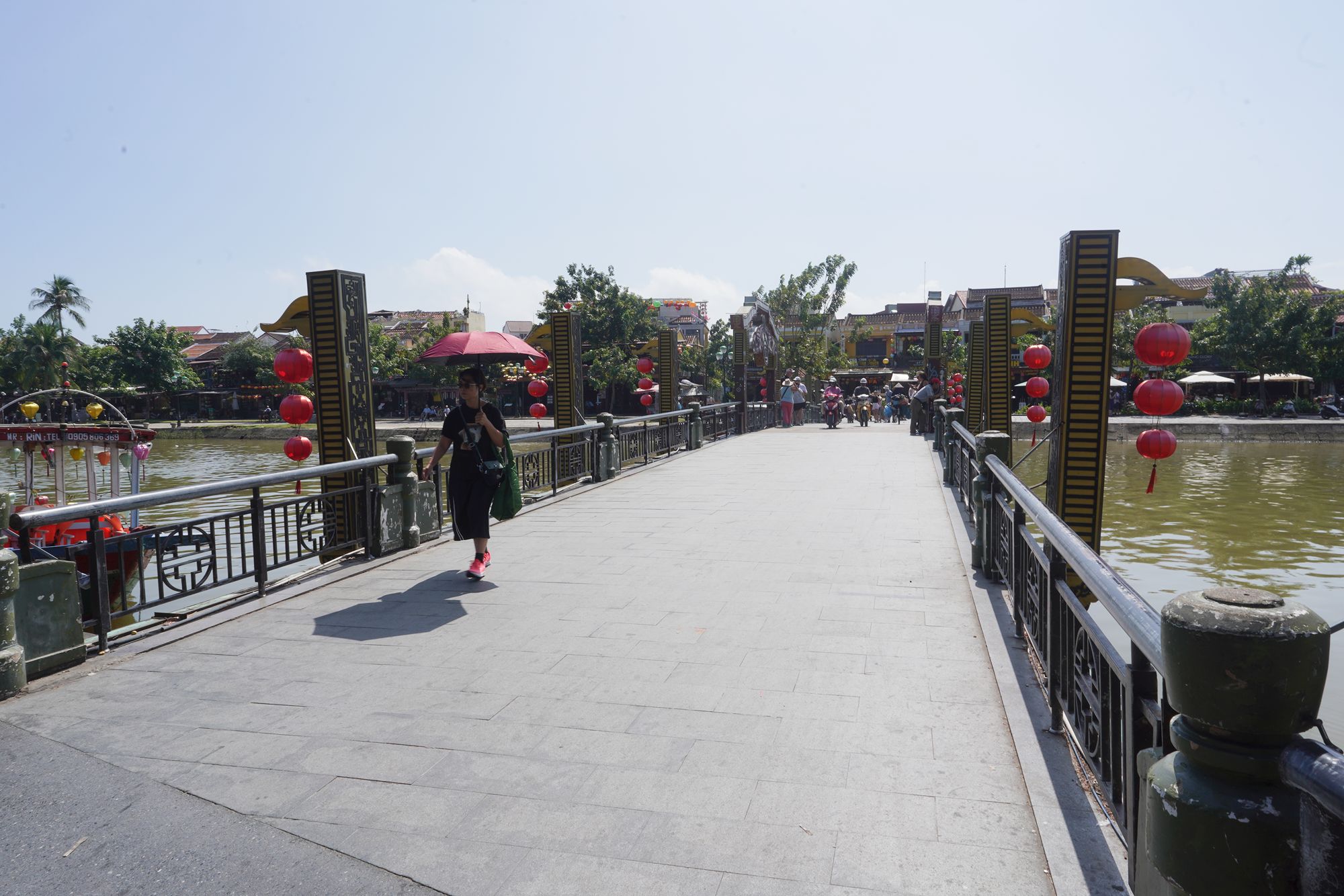
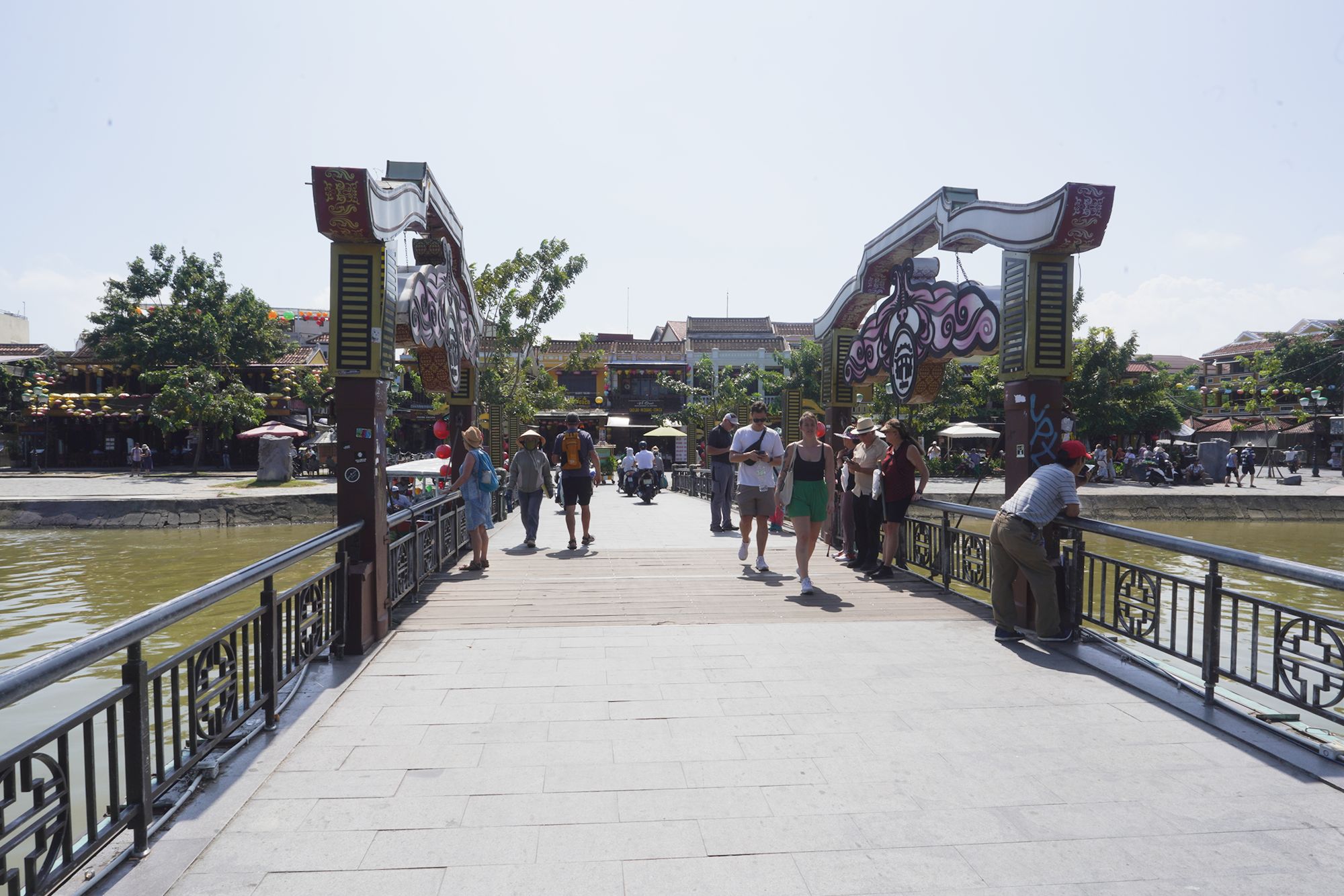
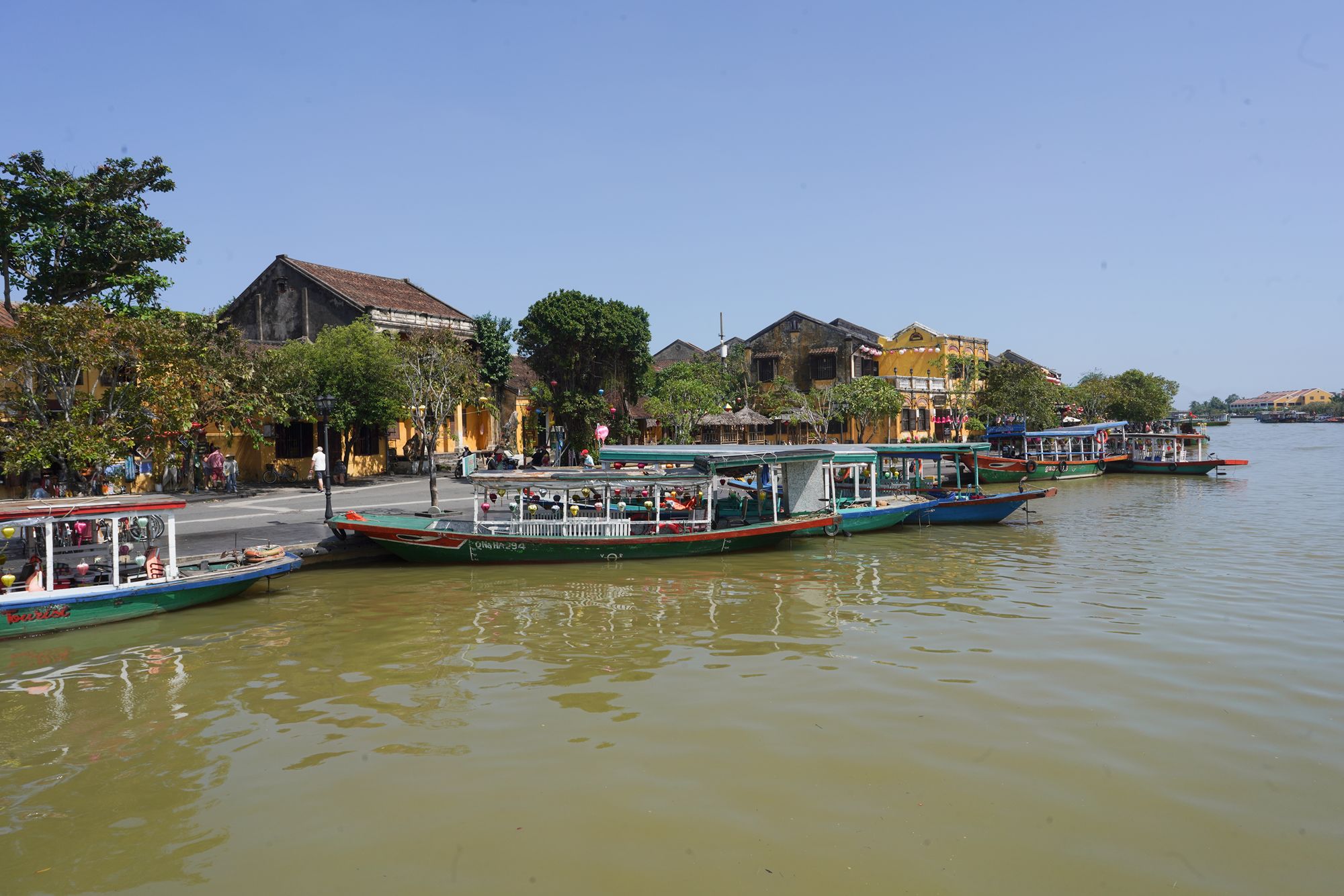
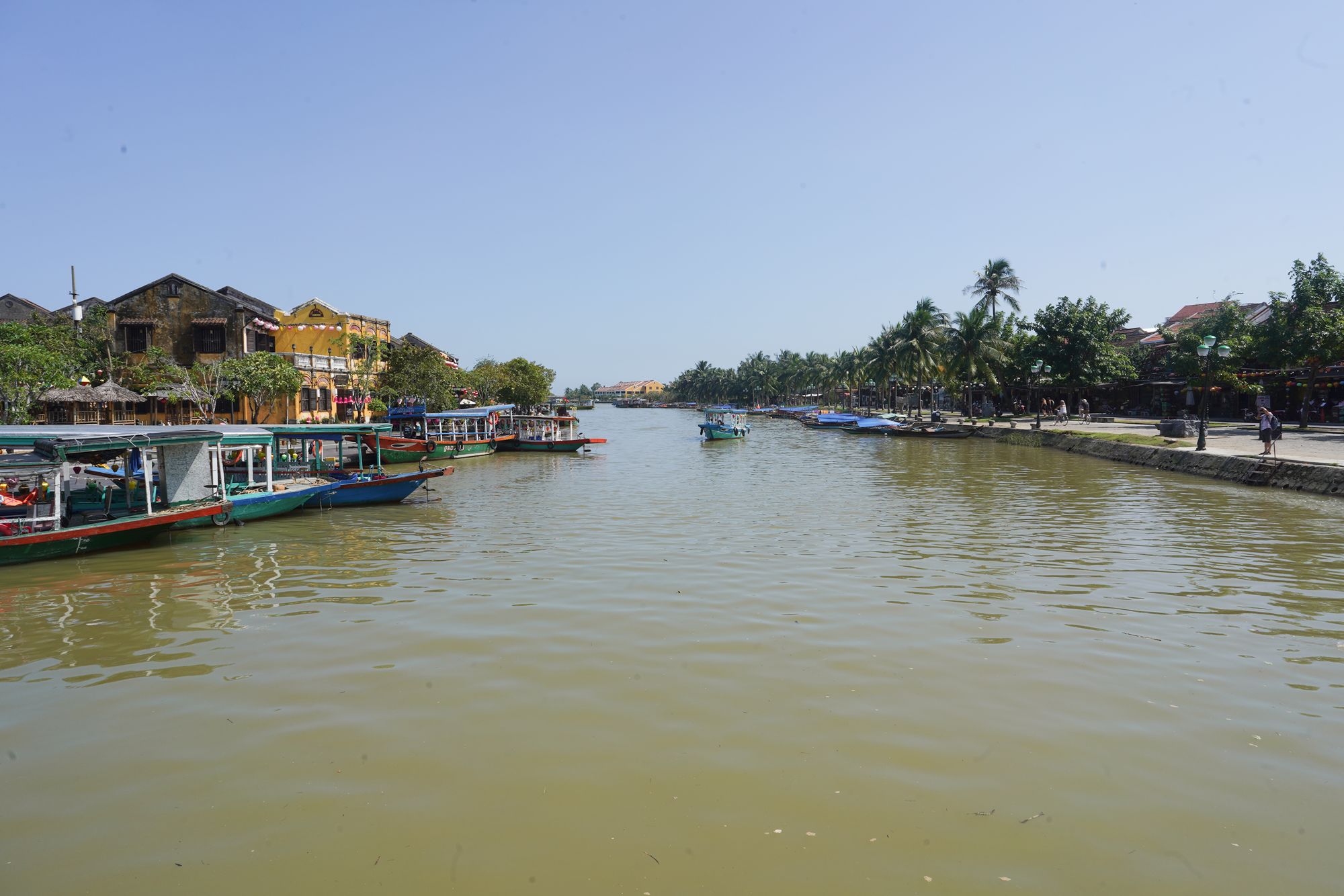
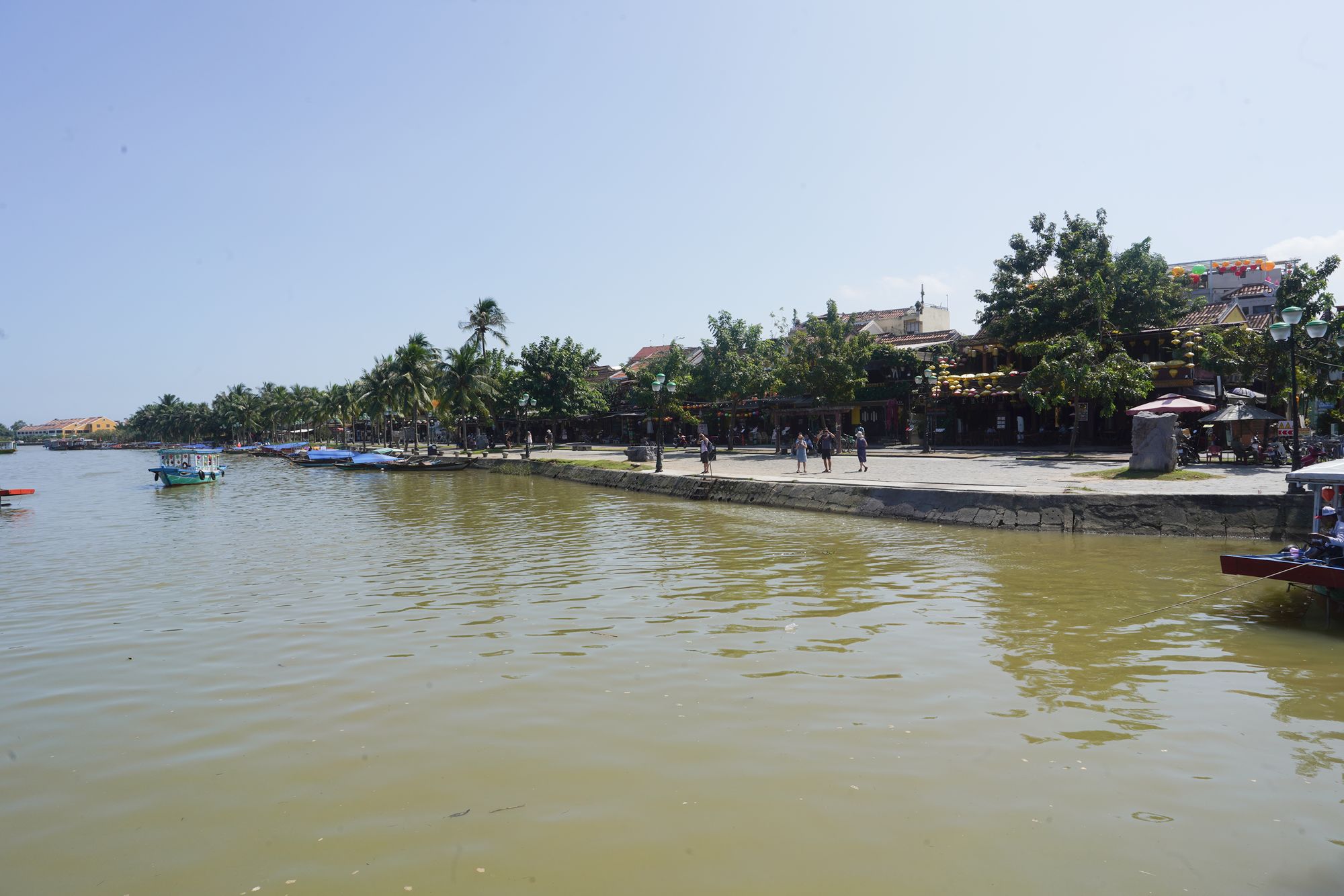
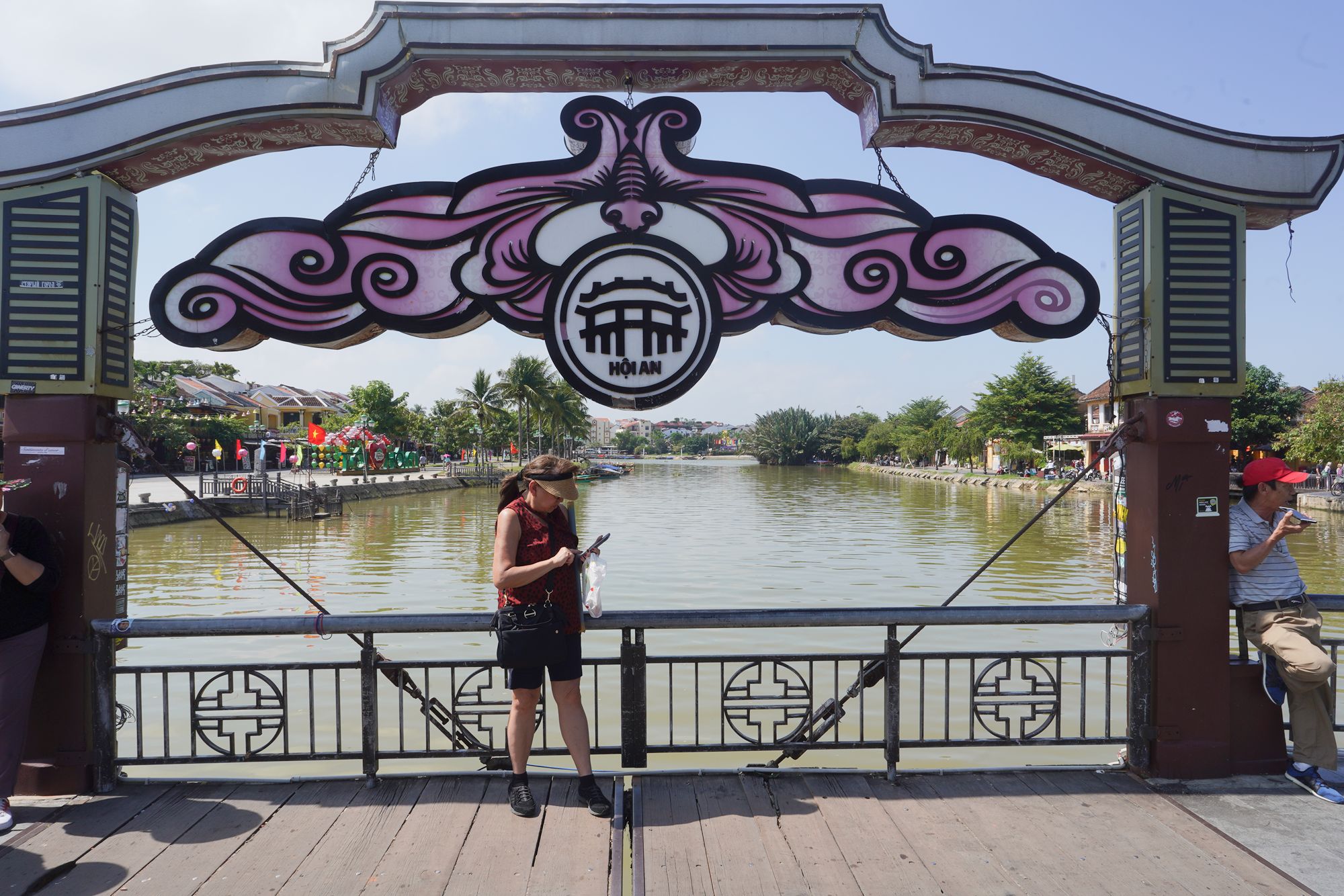
The view of the riverside where I was before crossing the bridge
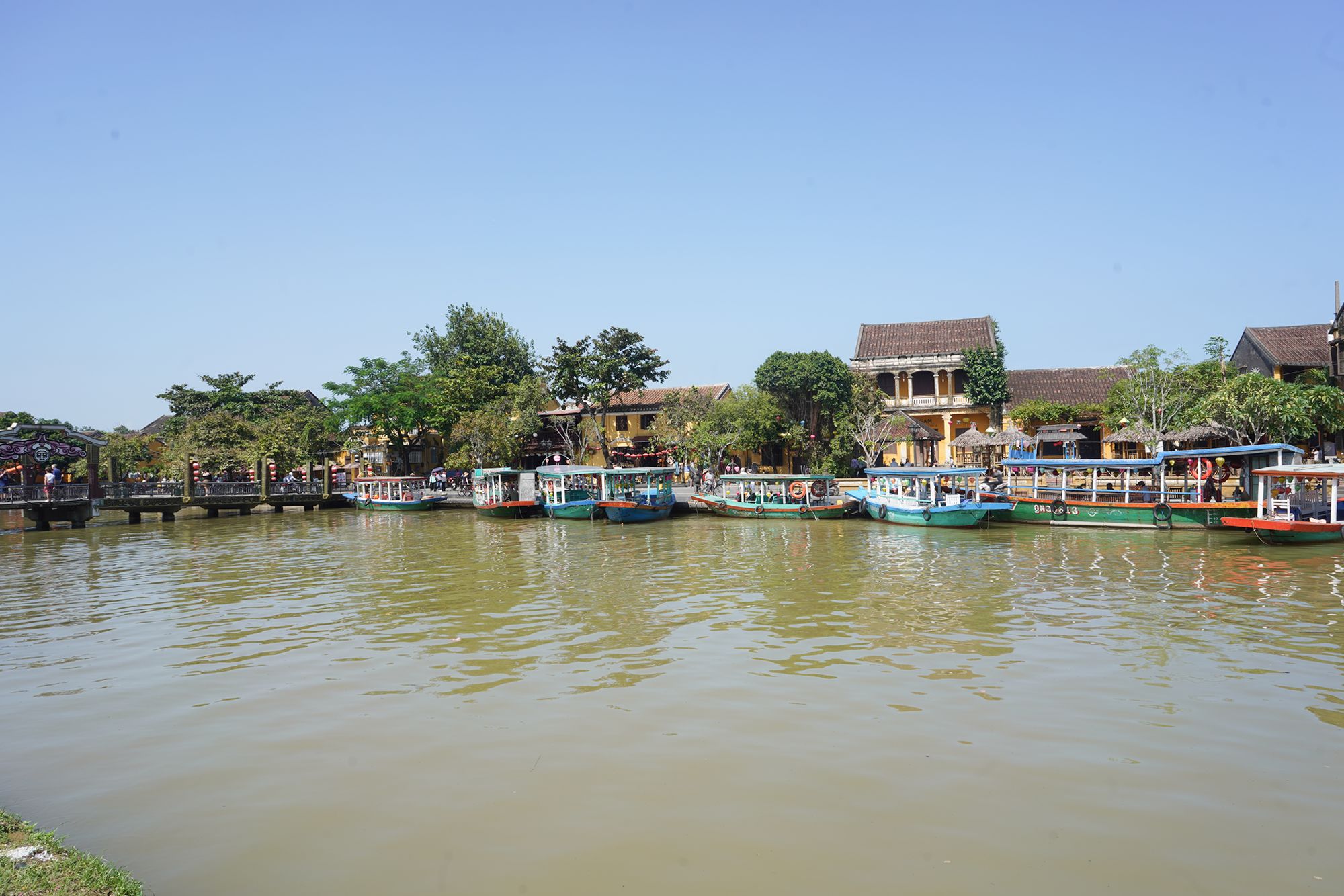
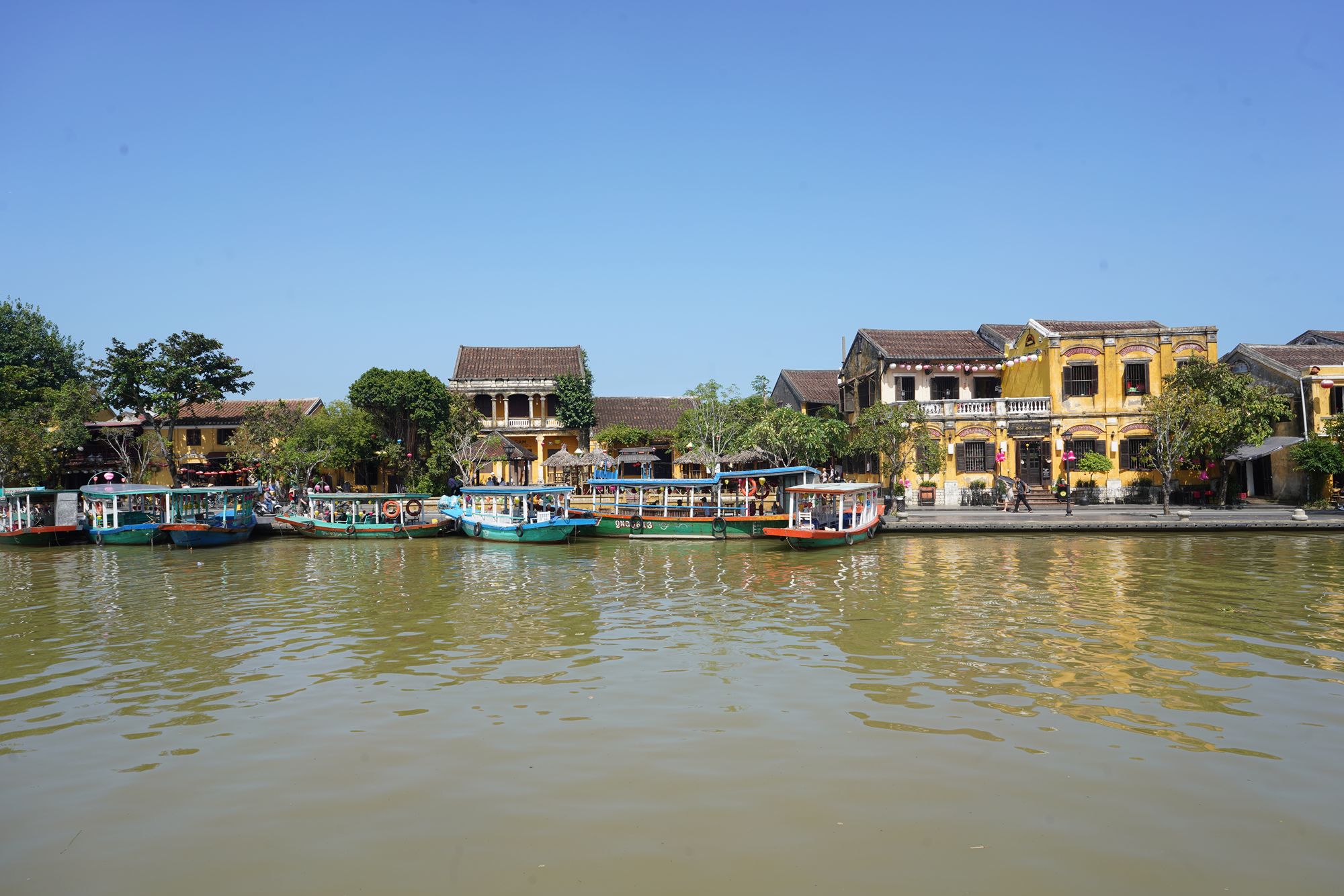
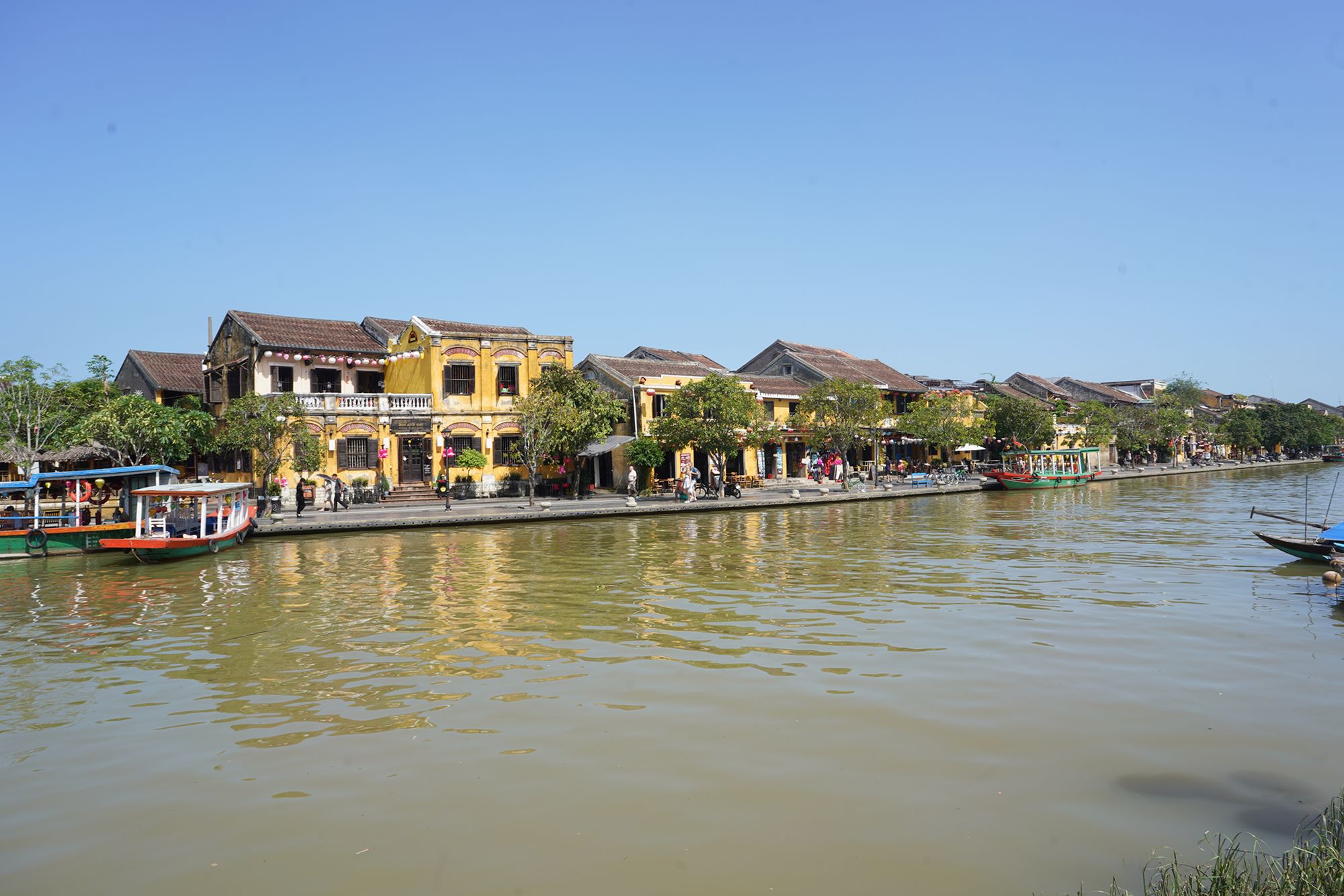
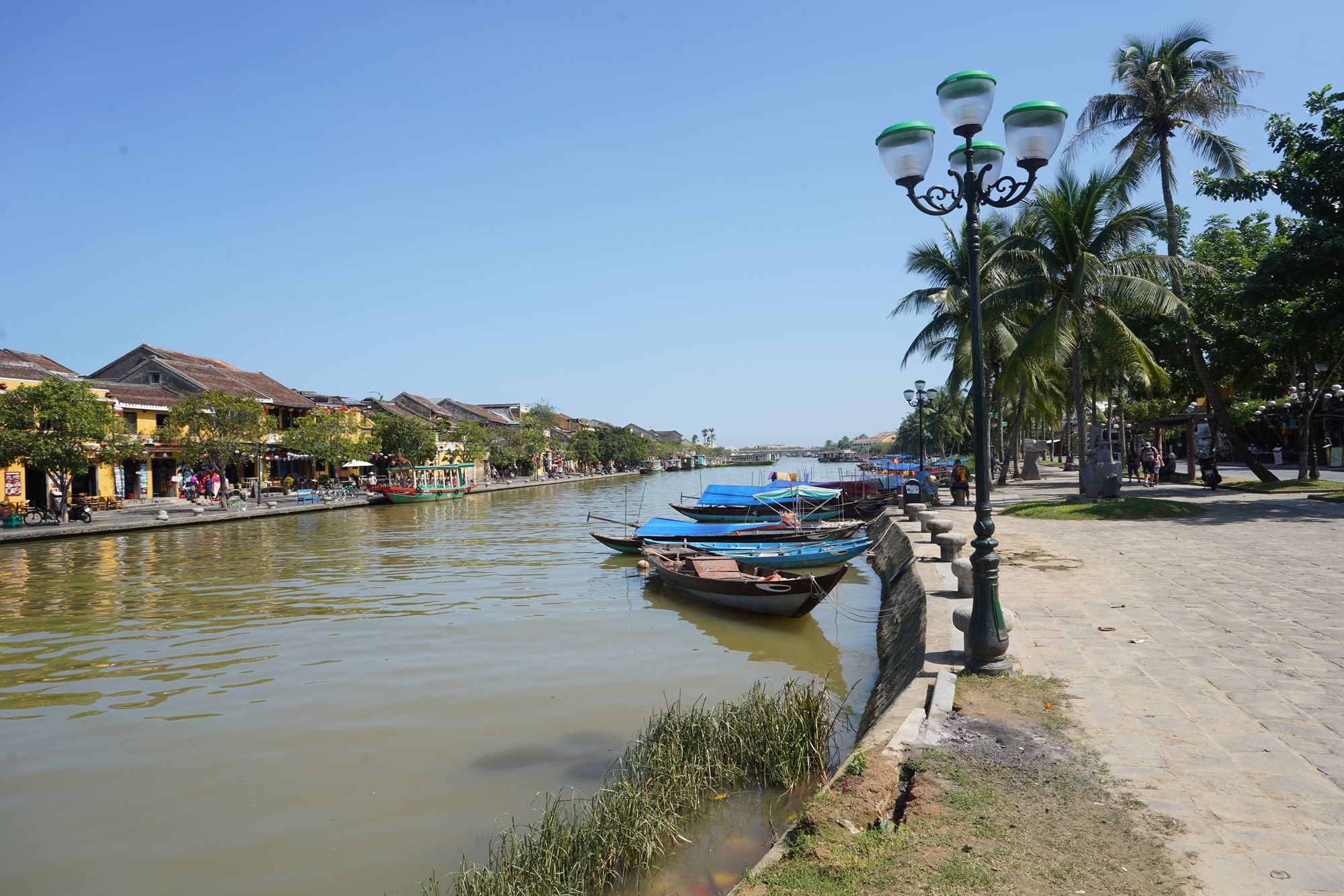
I crossed the bridge again to return to the other side.
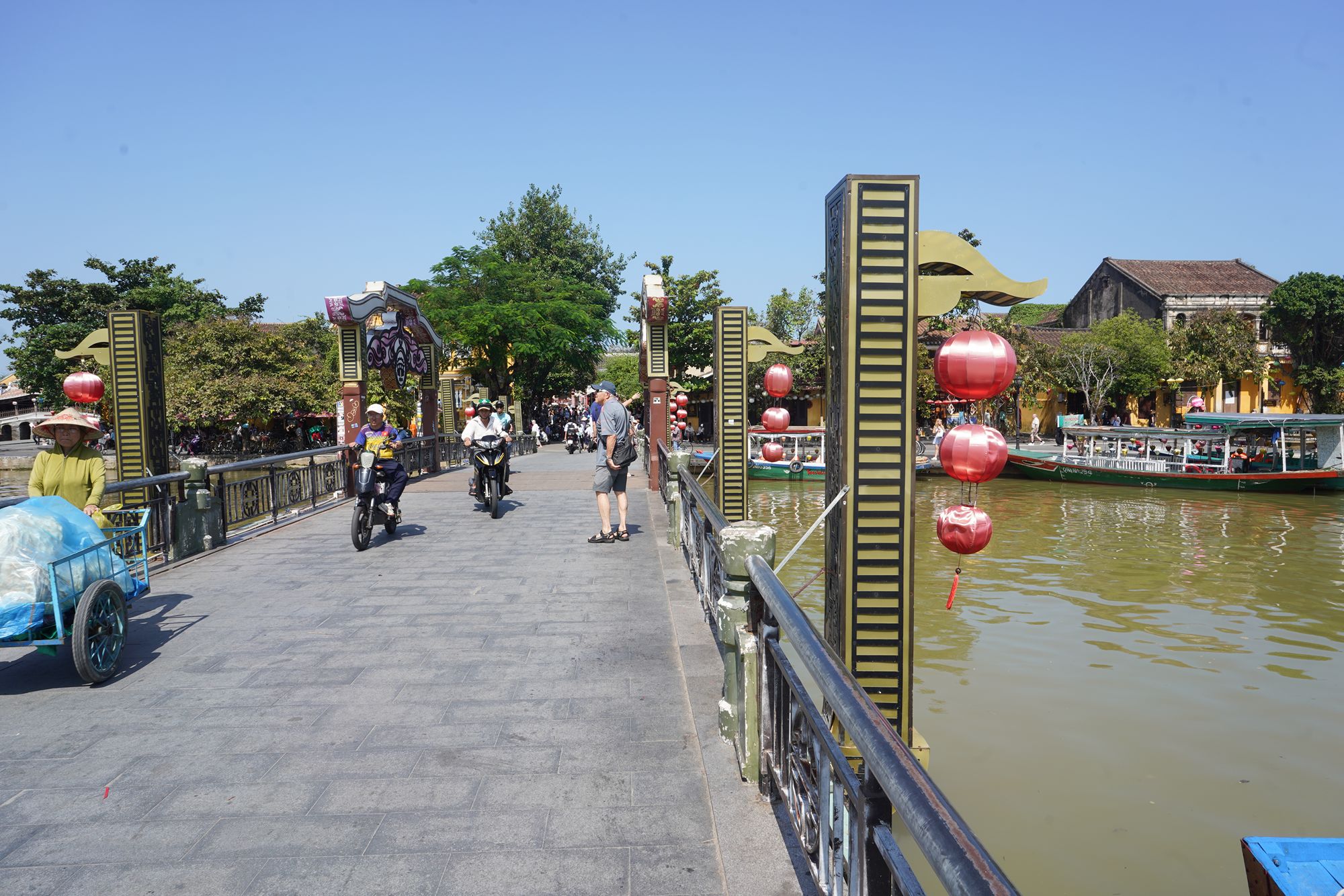
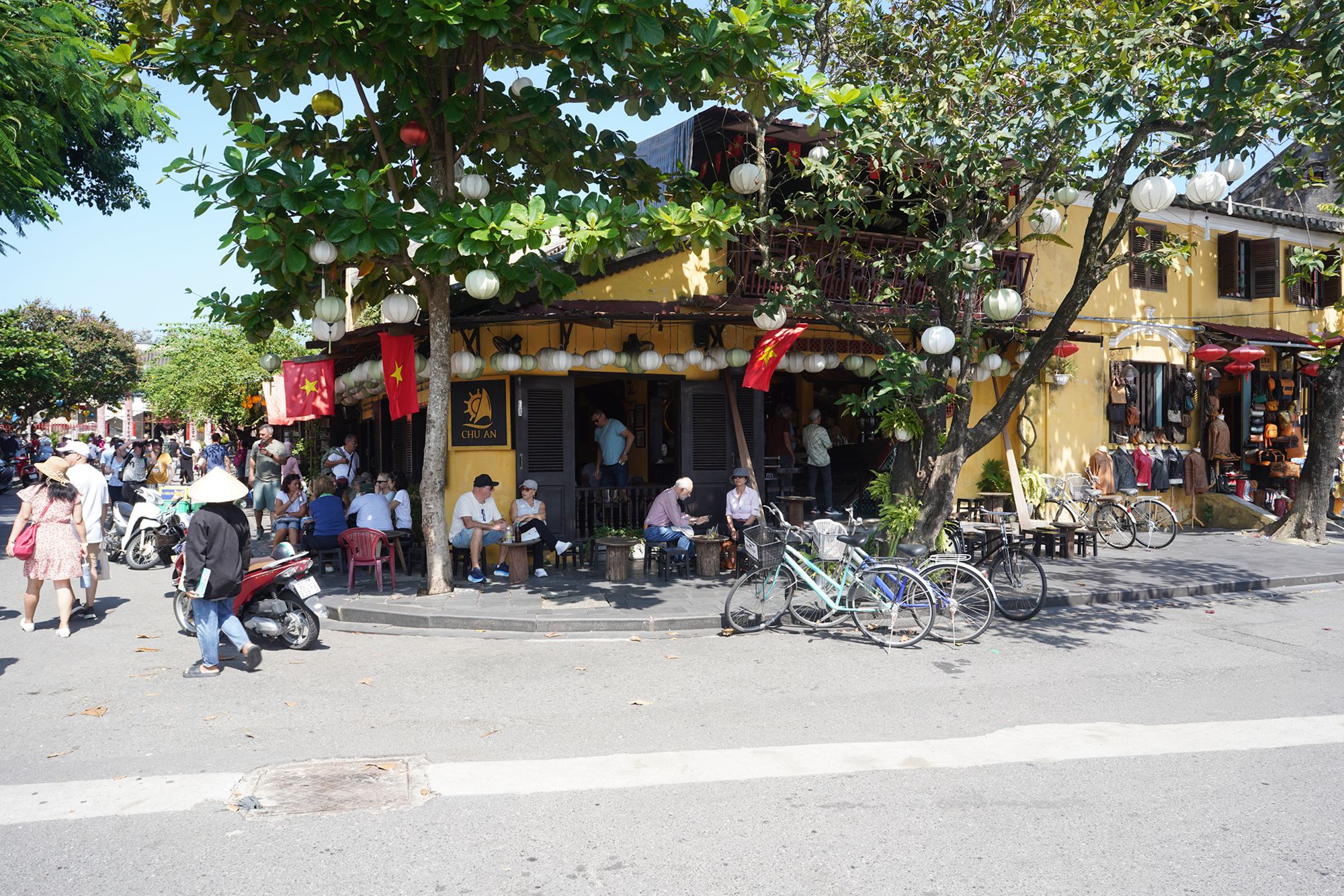
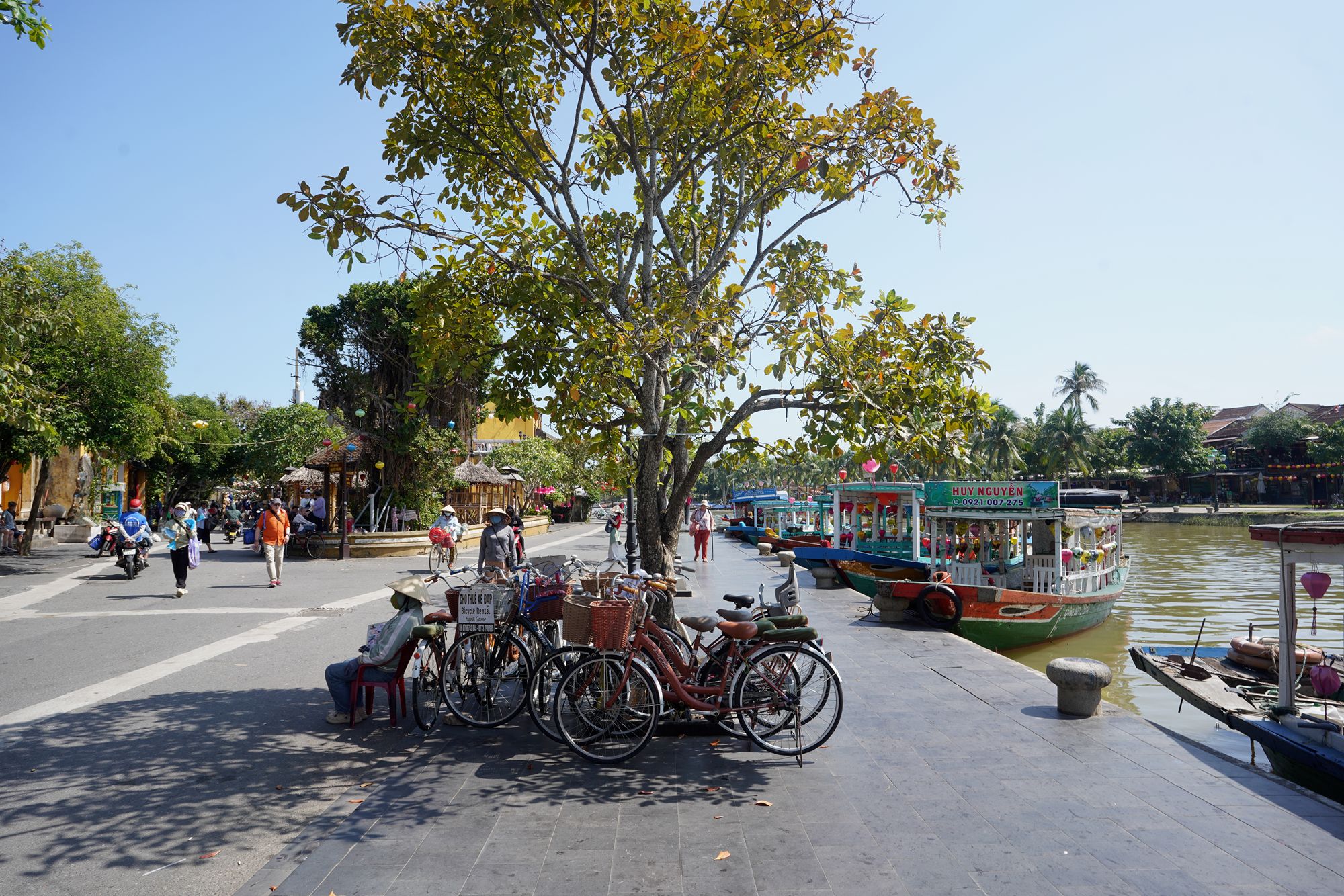
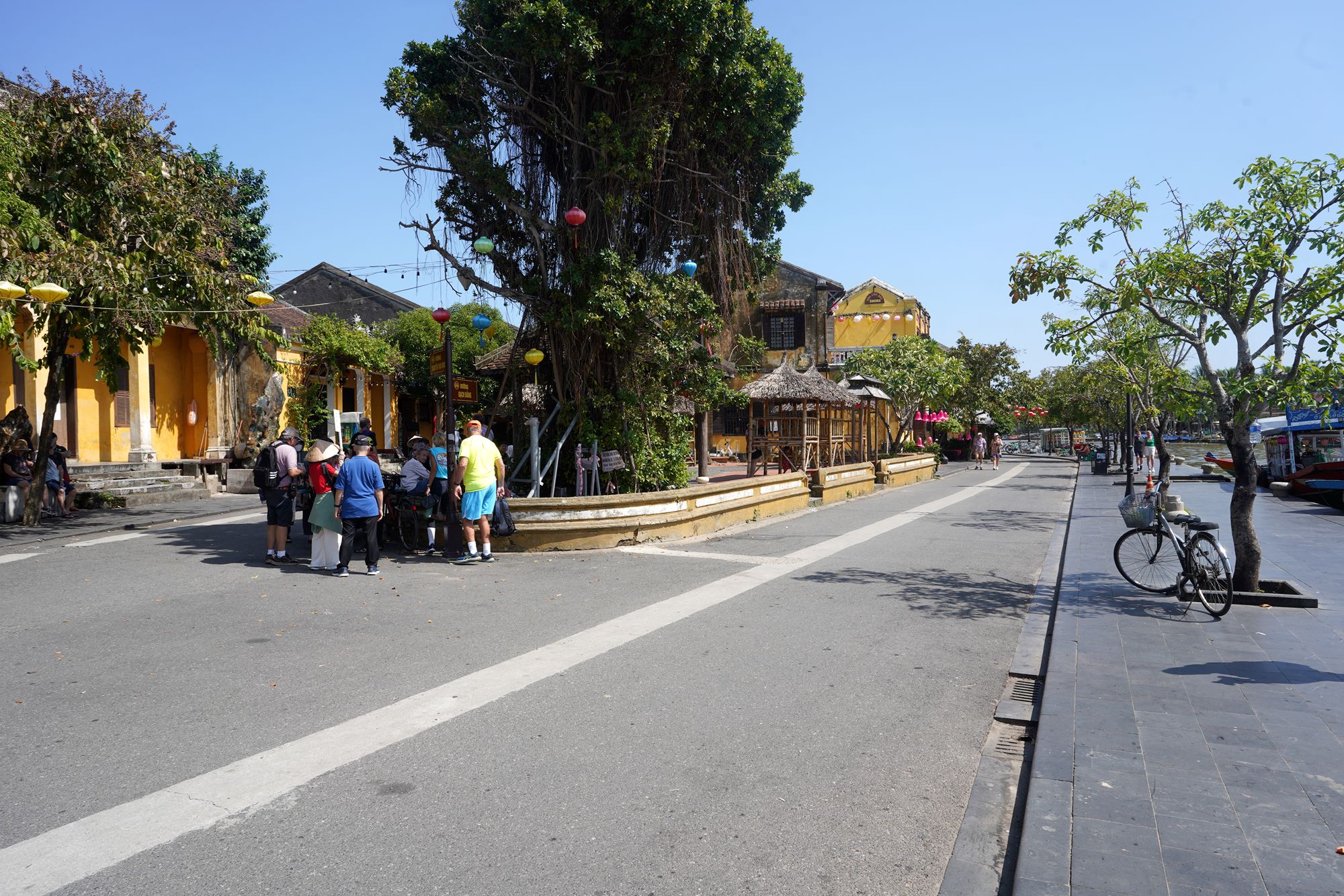
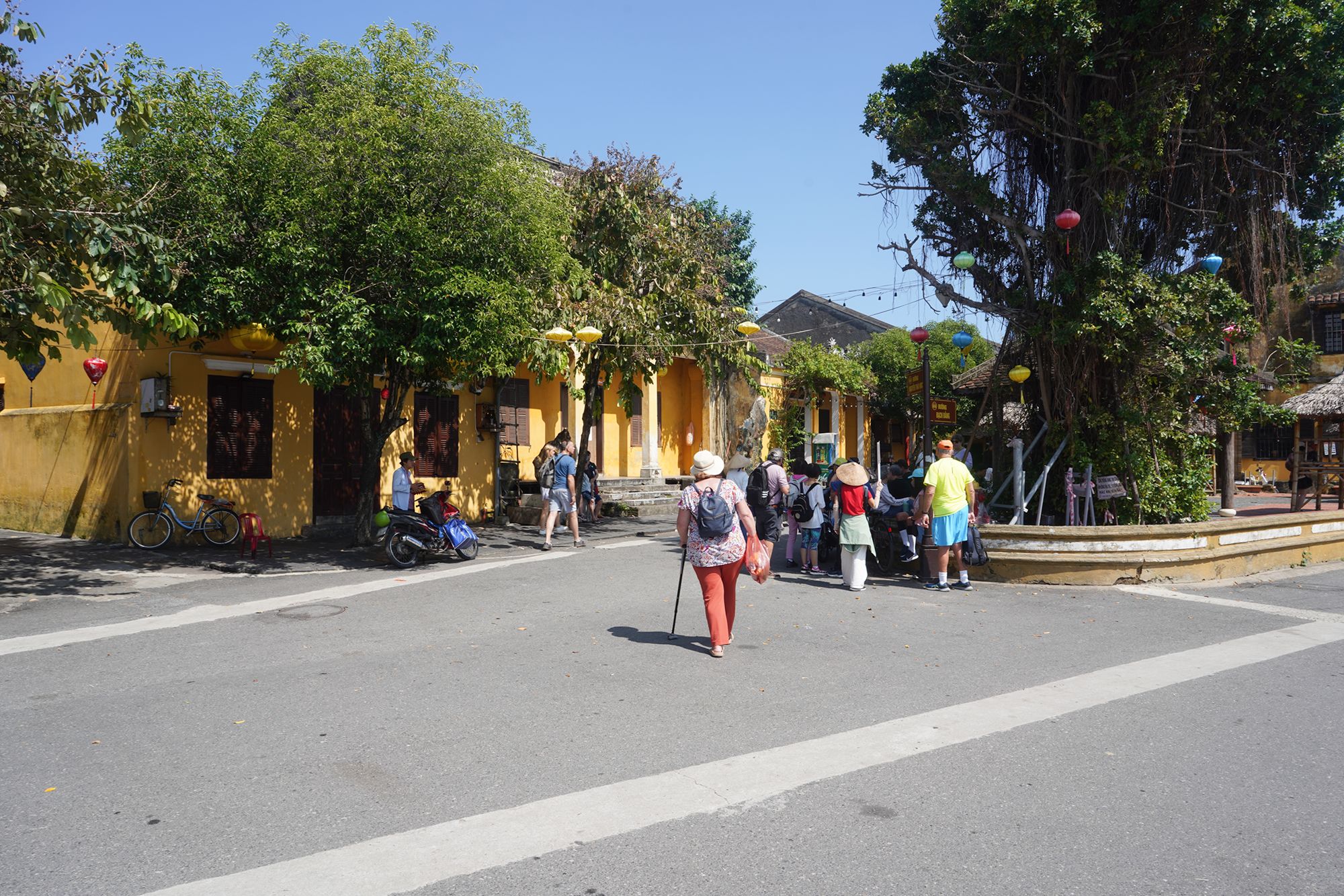
I continued my walk toward the east side of the old town.
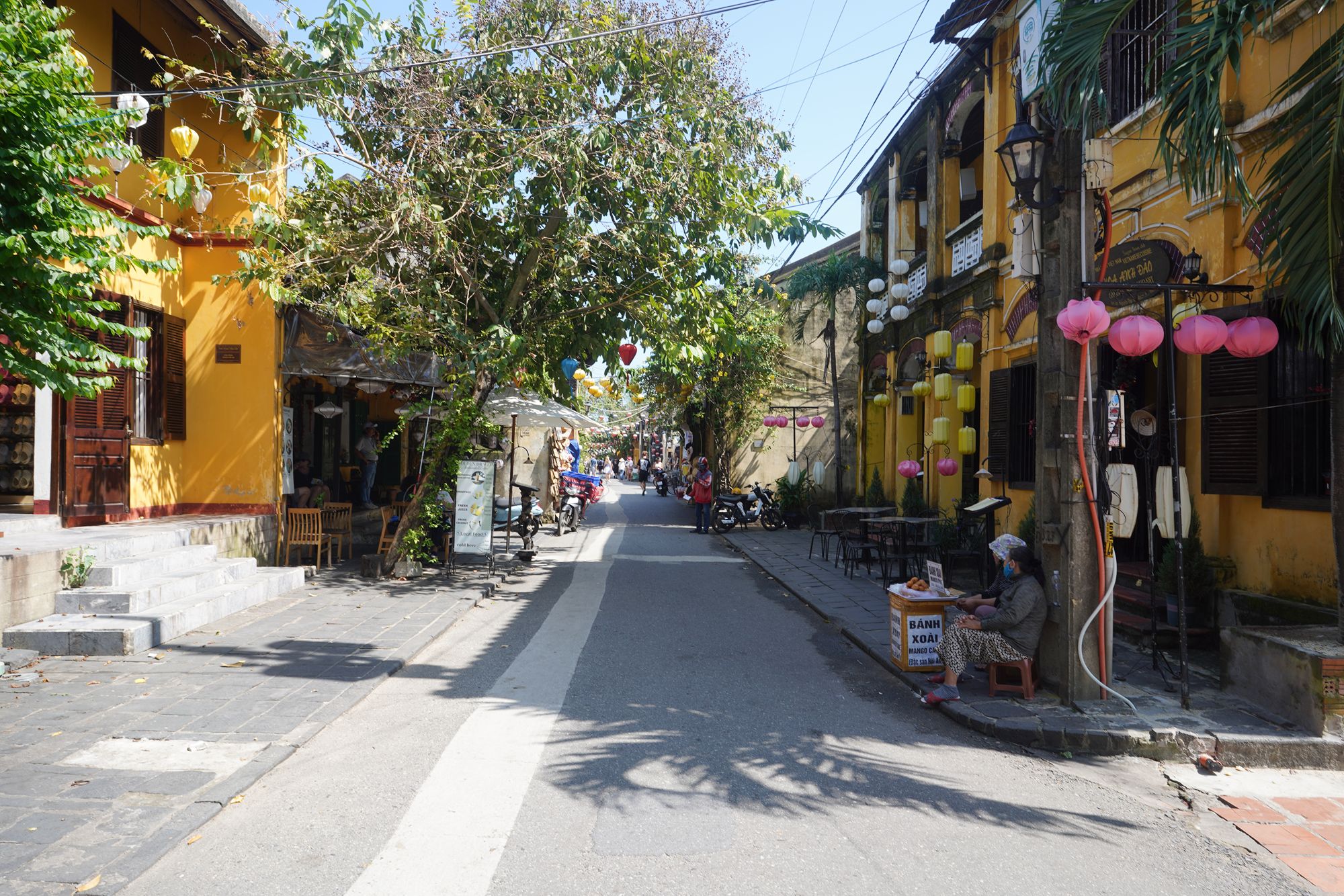
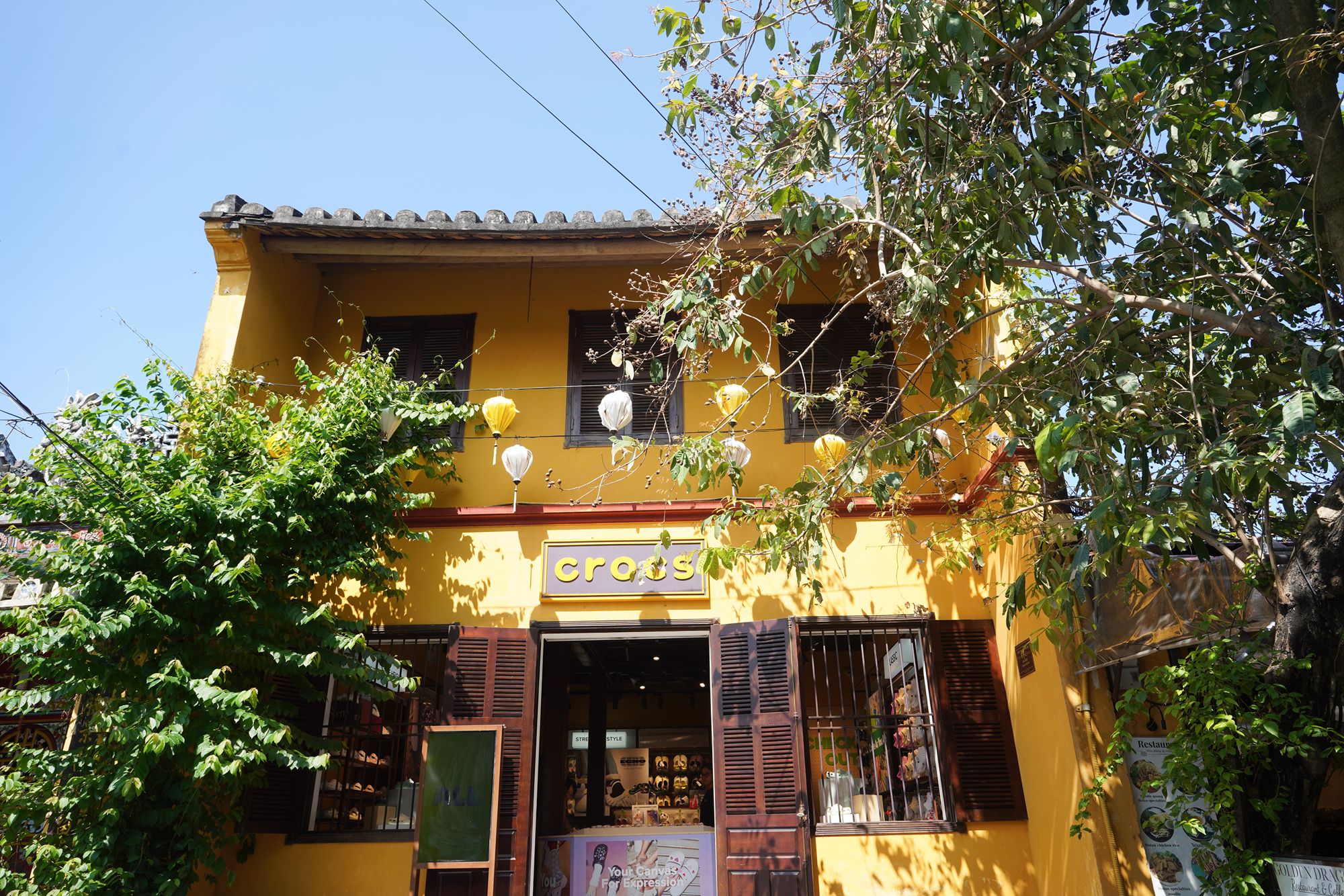
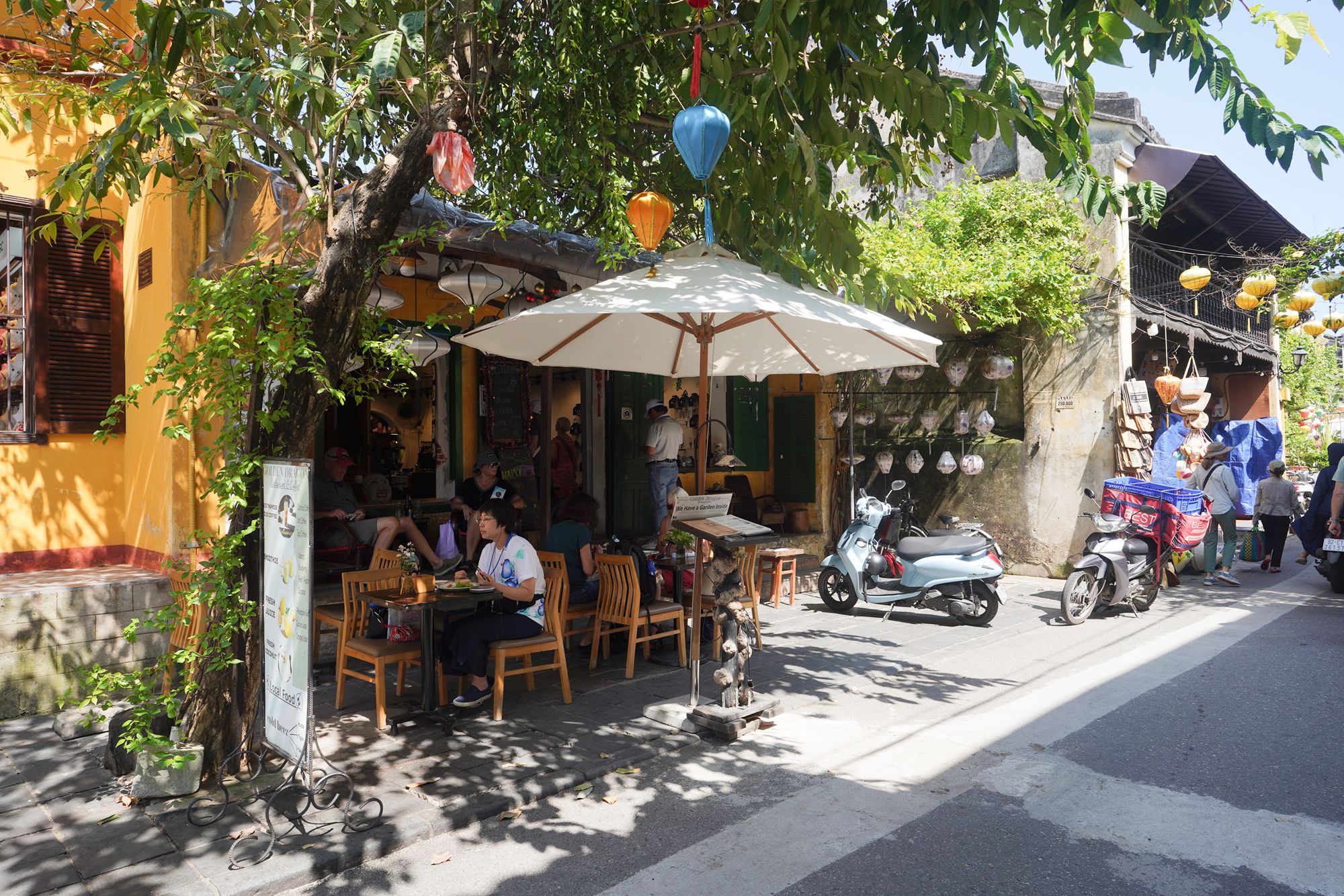
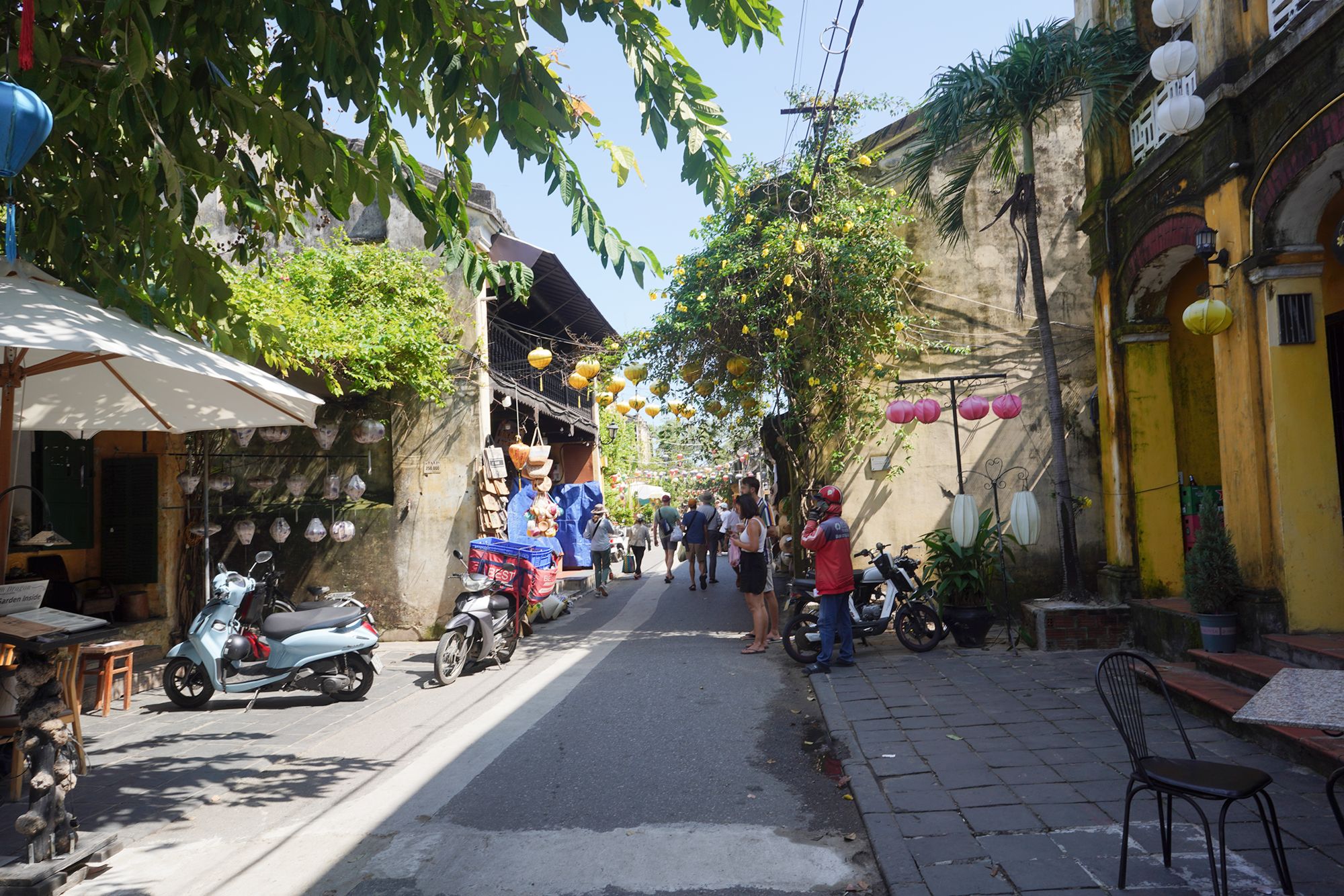
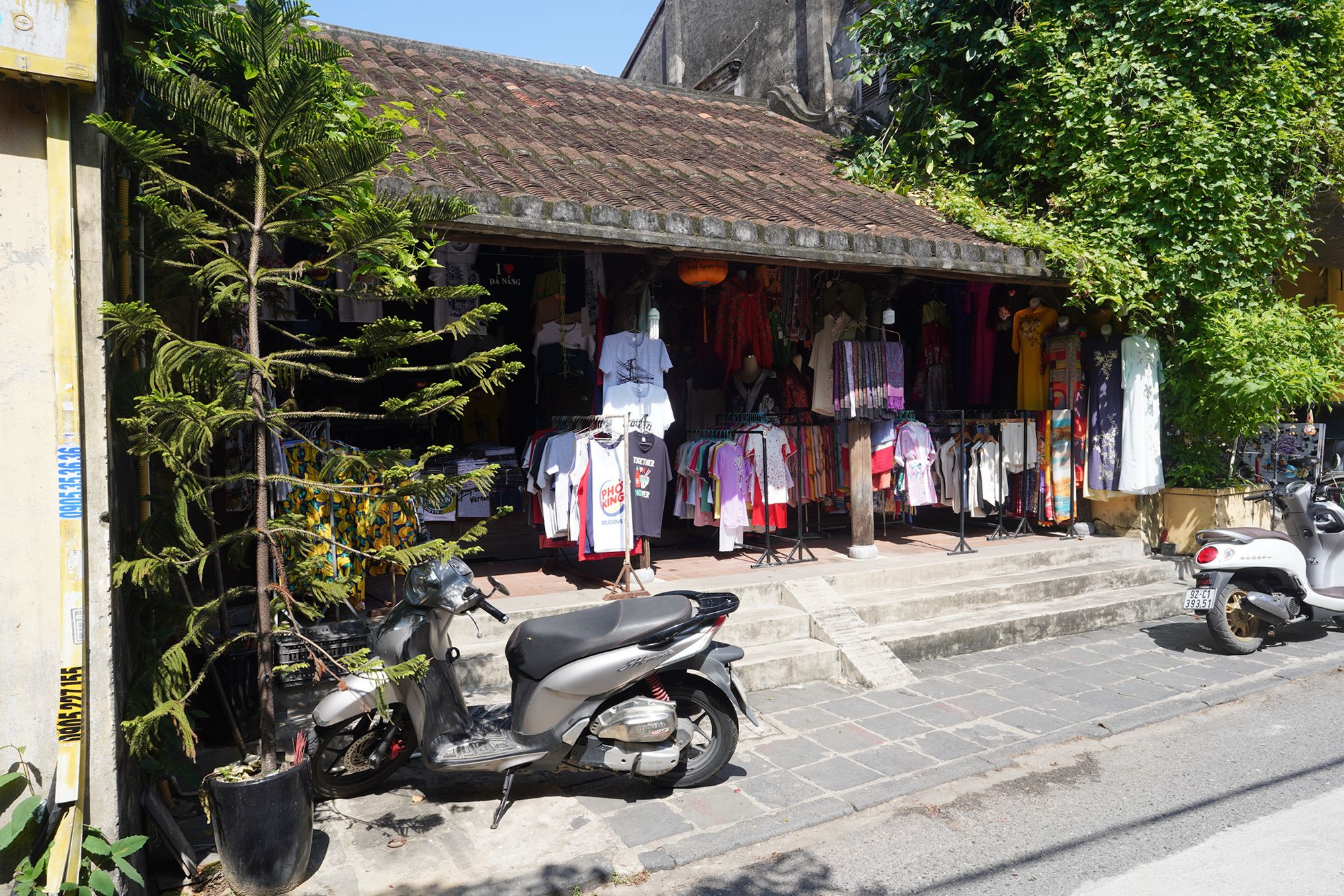
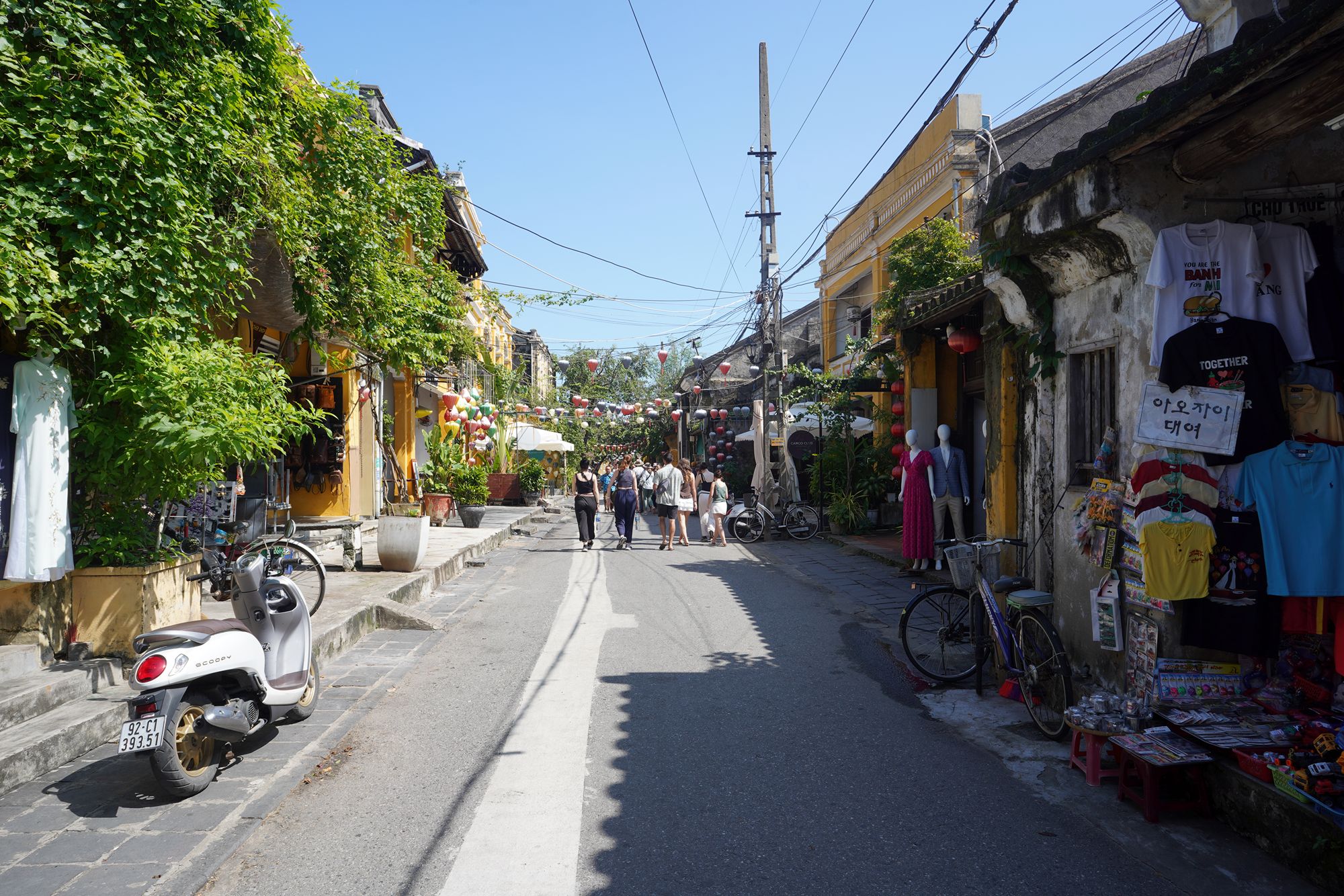
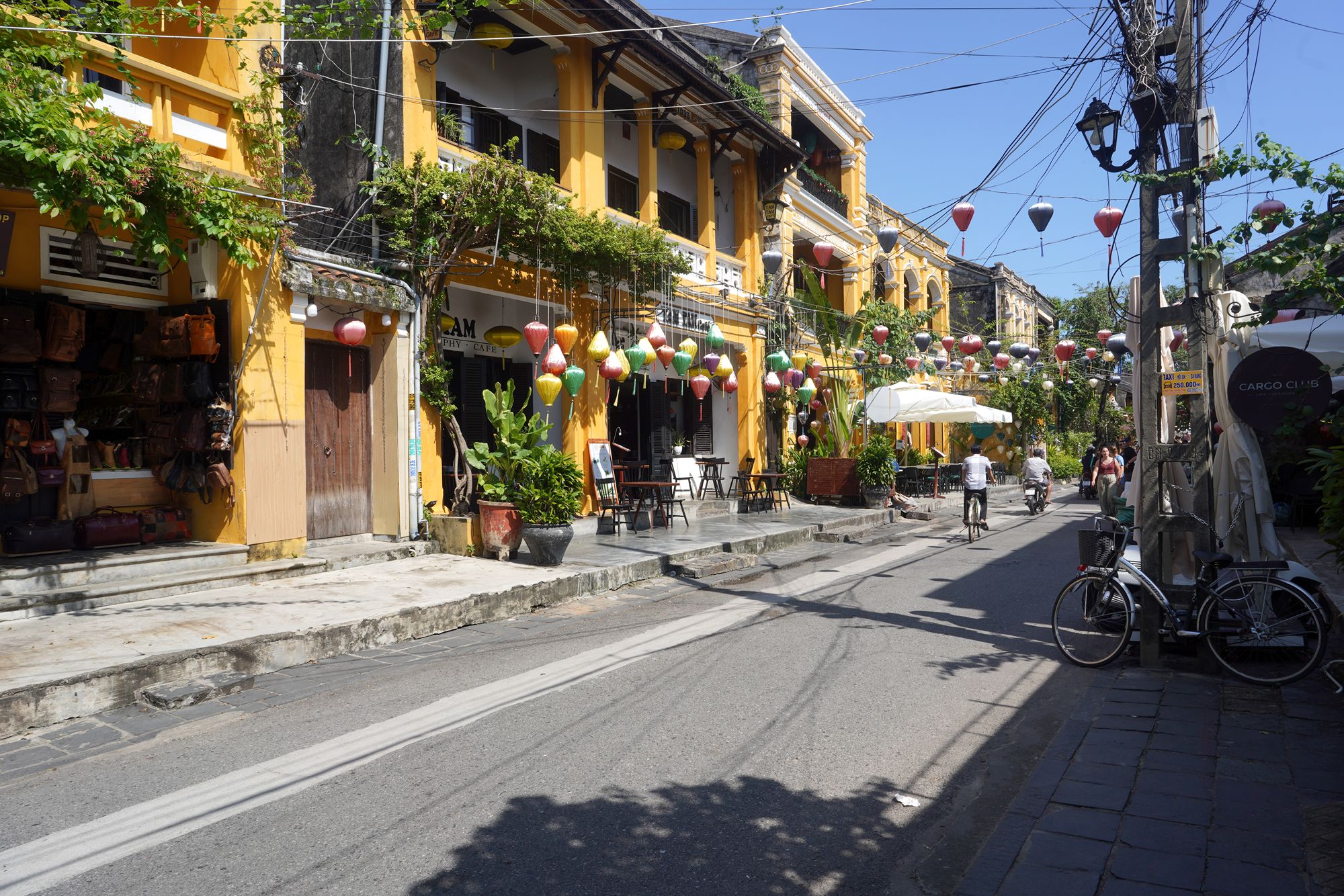
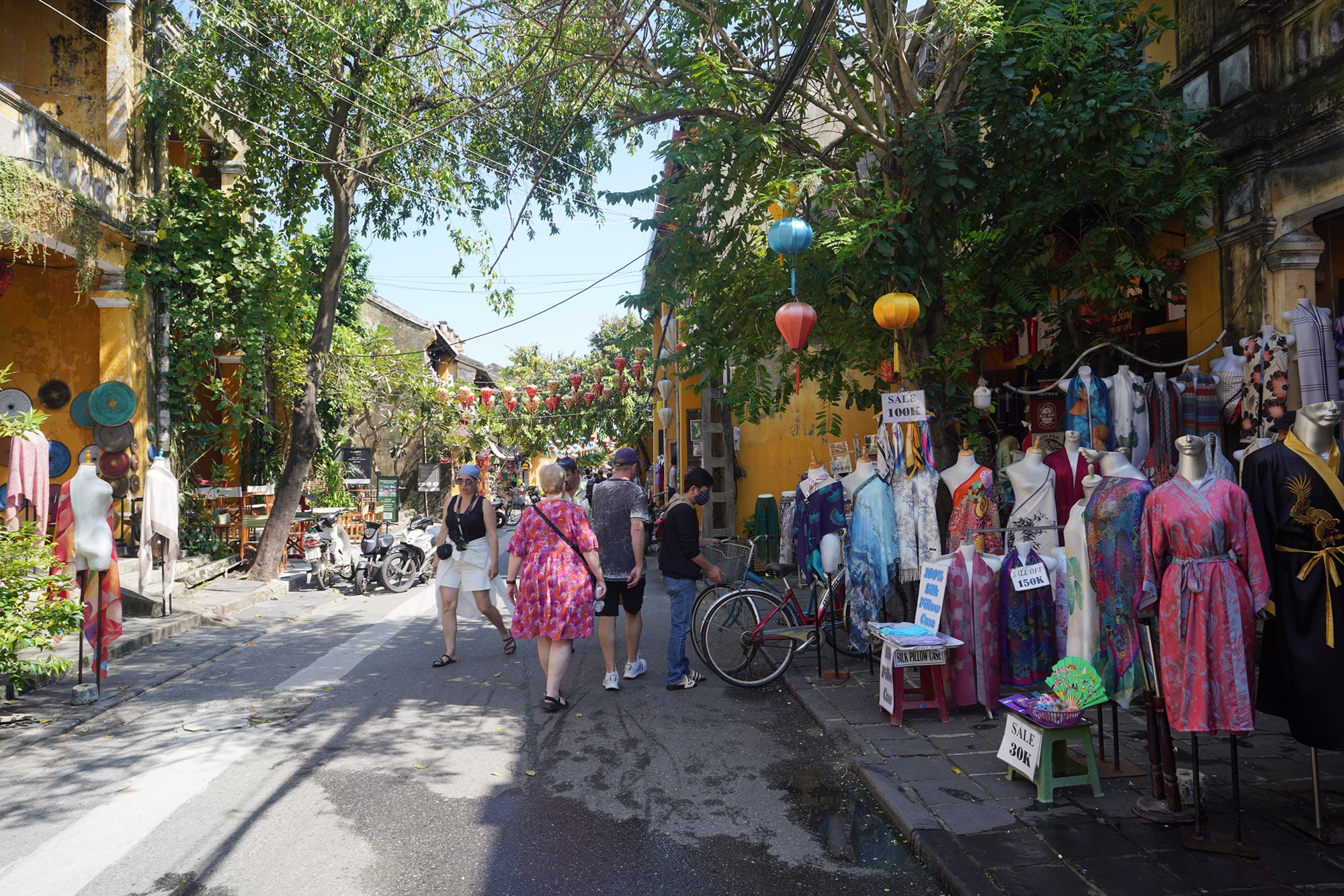
Old House of Tan Ky
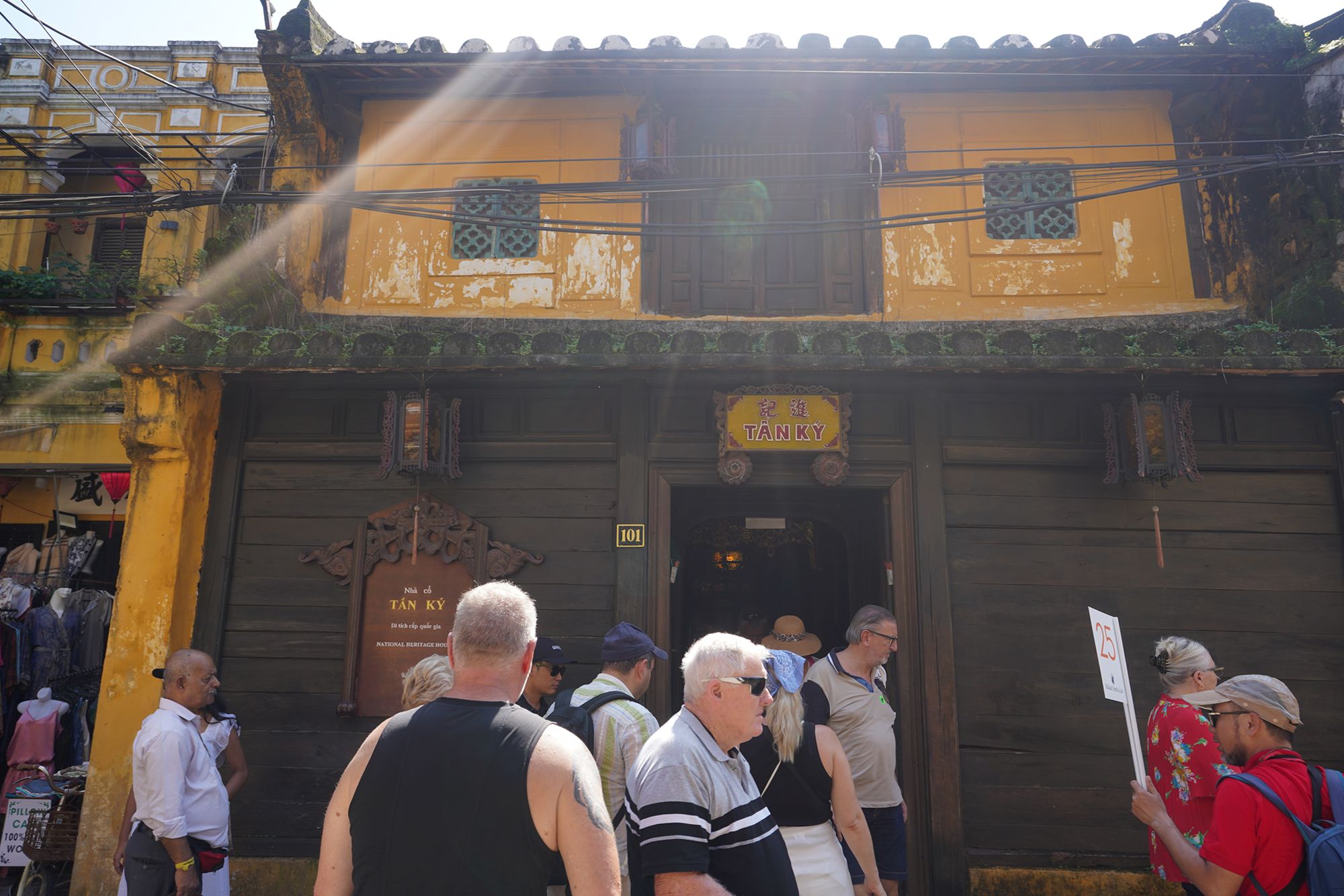
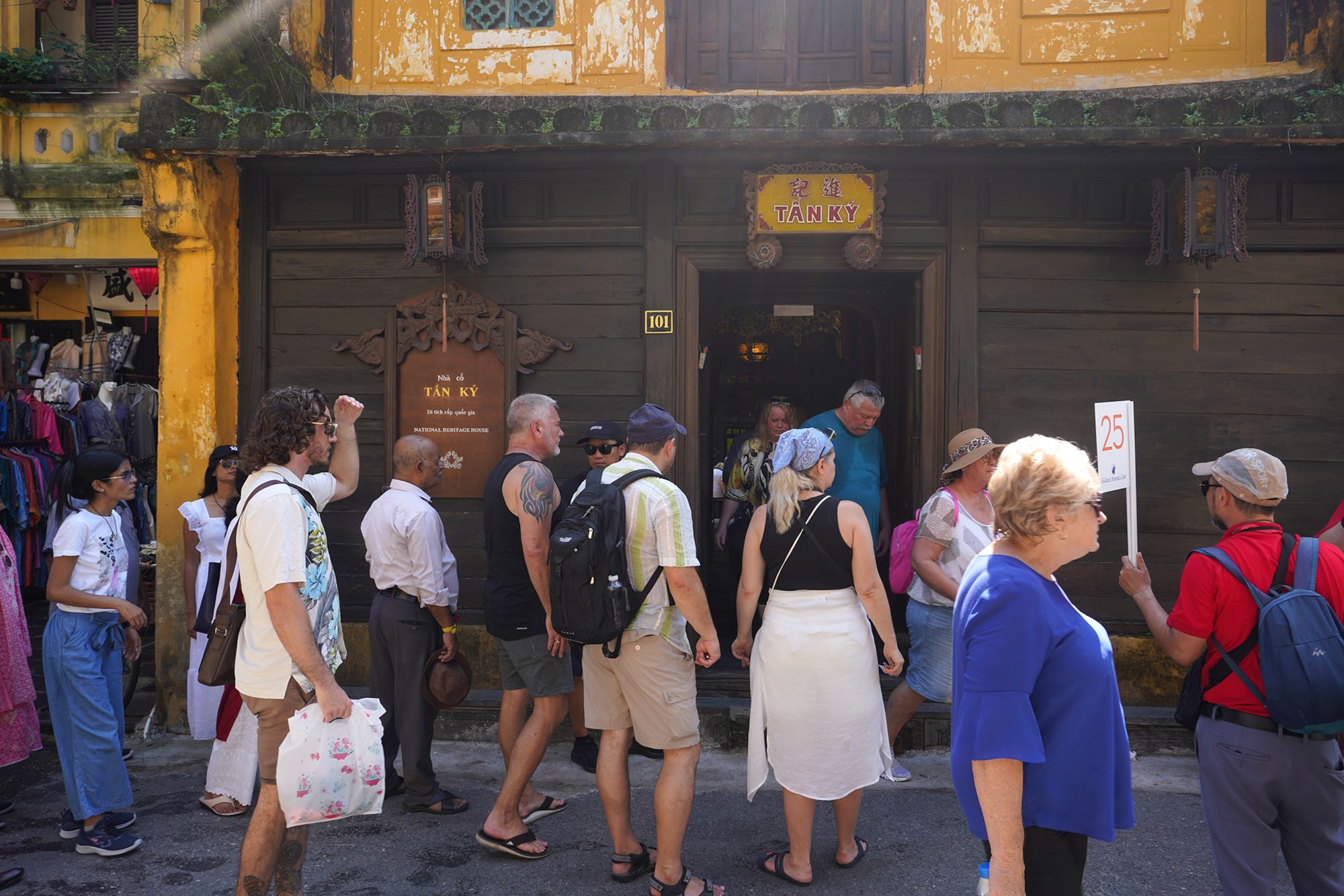

The Old House of Tan Ky, located in Hoi An Ancient Town, is a beautifully preserved 18th-century merchant’s house that reflects the architectural and cultural heritage of Vietnam. Built over 200 years ago, it has been home to seven generations of the same family and is considered a prime example of Hoi An’s rich history as a trading port.
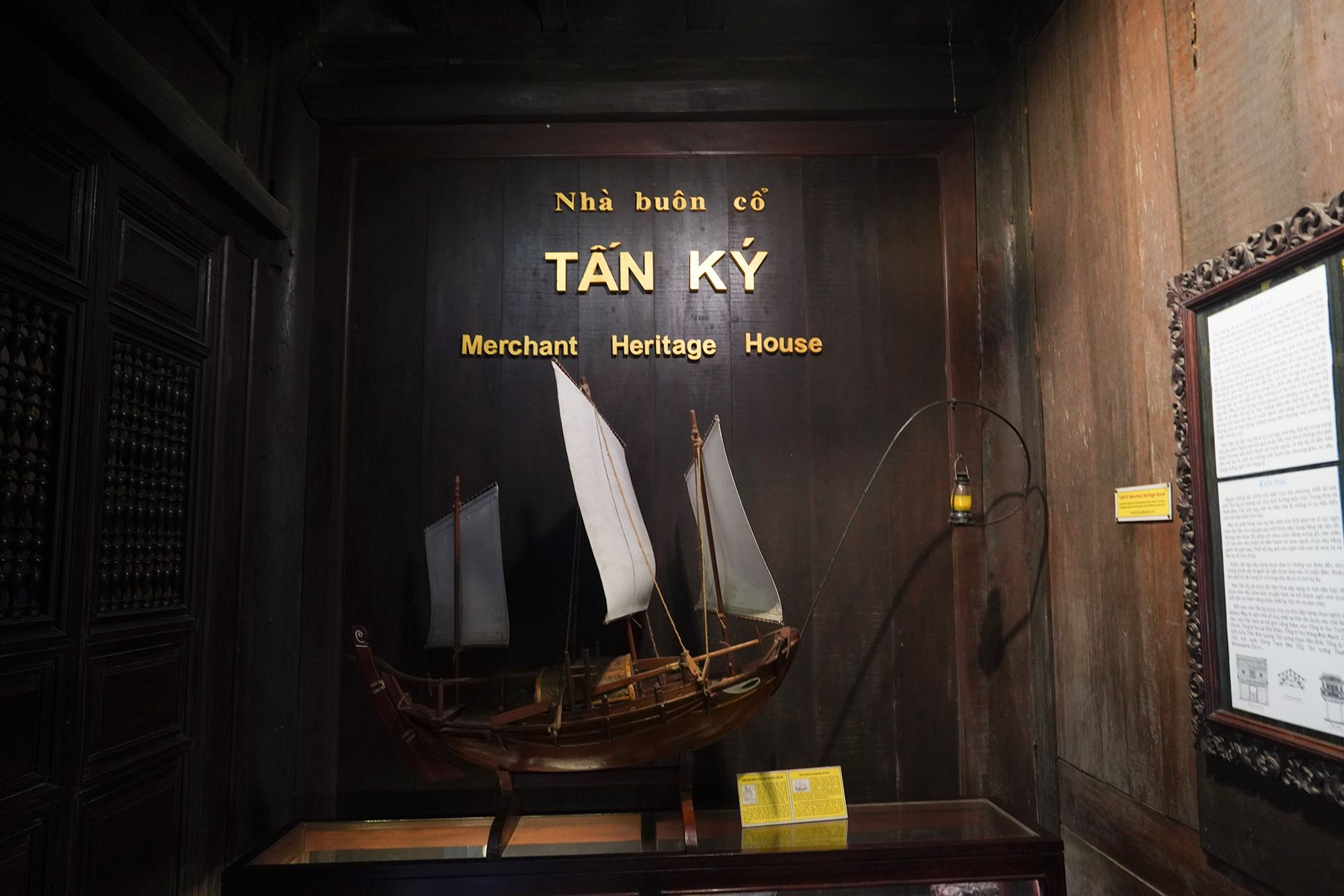
The house showcases a blend of Vietnamese, Chinese, and Japanese architectural styles, symbolizing Hoi An’s multicultural past.
It is constructed using traditional materials such as wood, brick, and stone, with carved wooden beams, tiled roofs, and intricate details that emphasize harmony and simplicity.
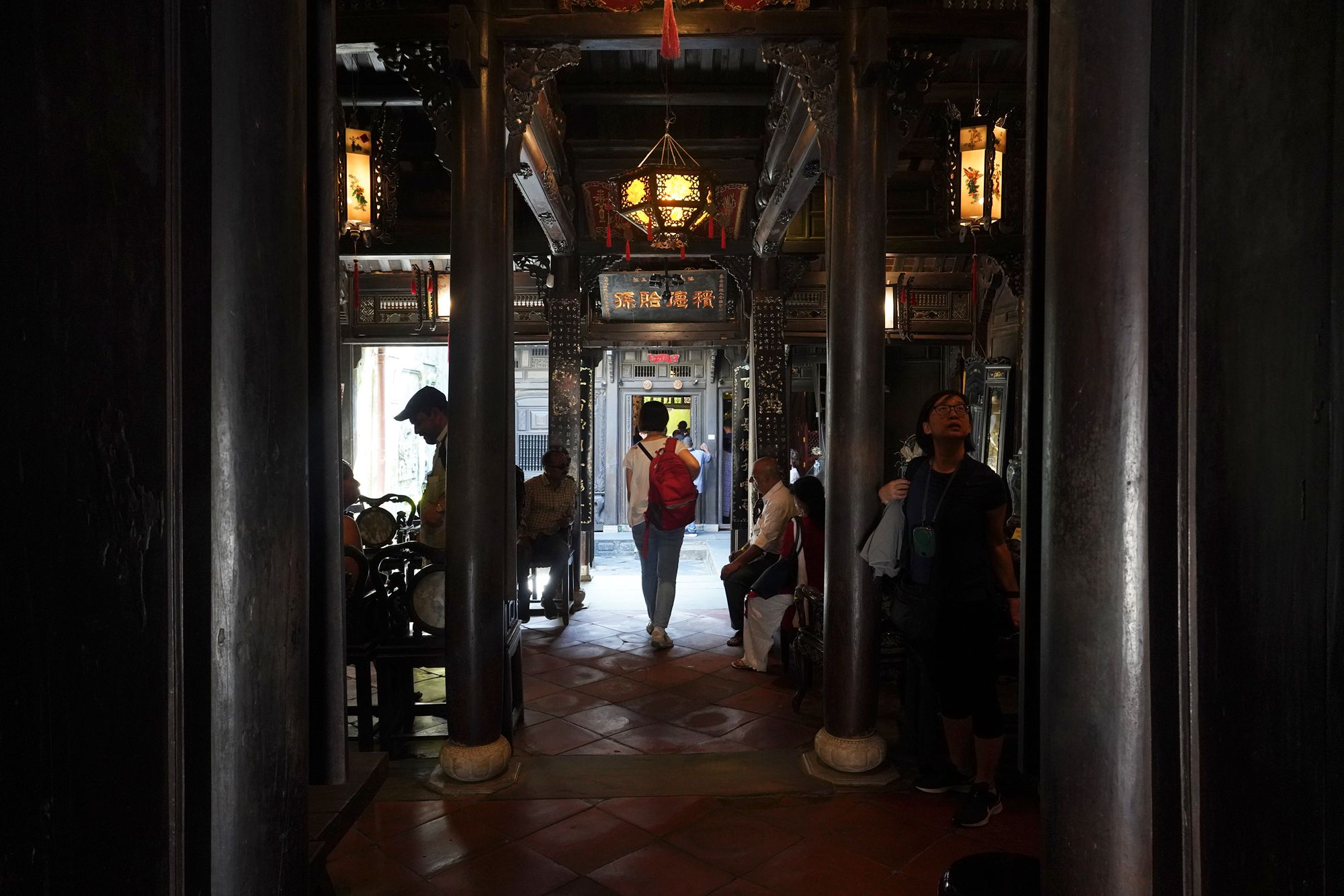
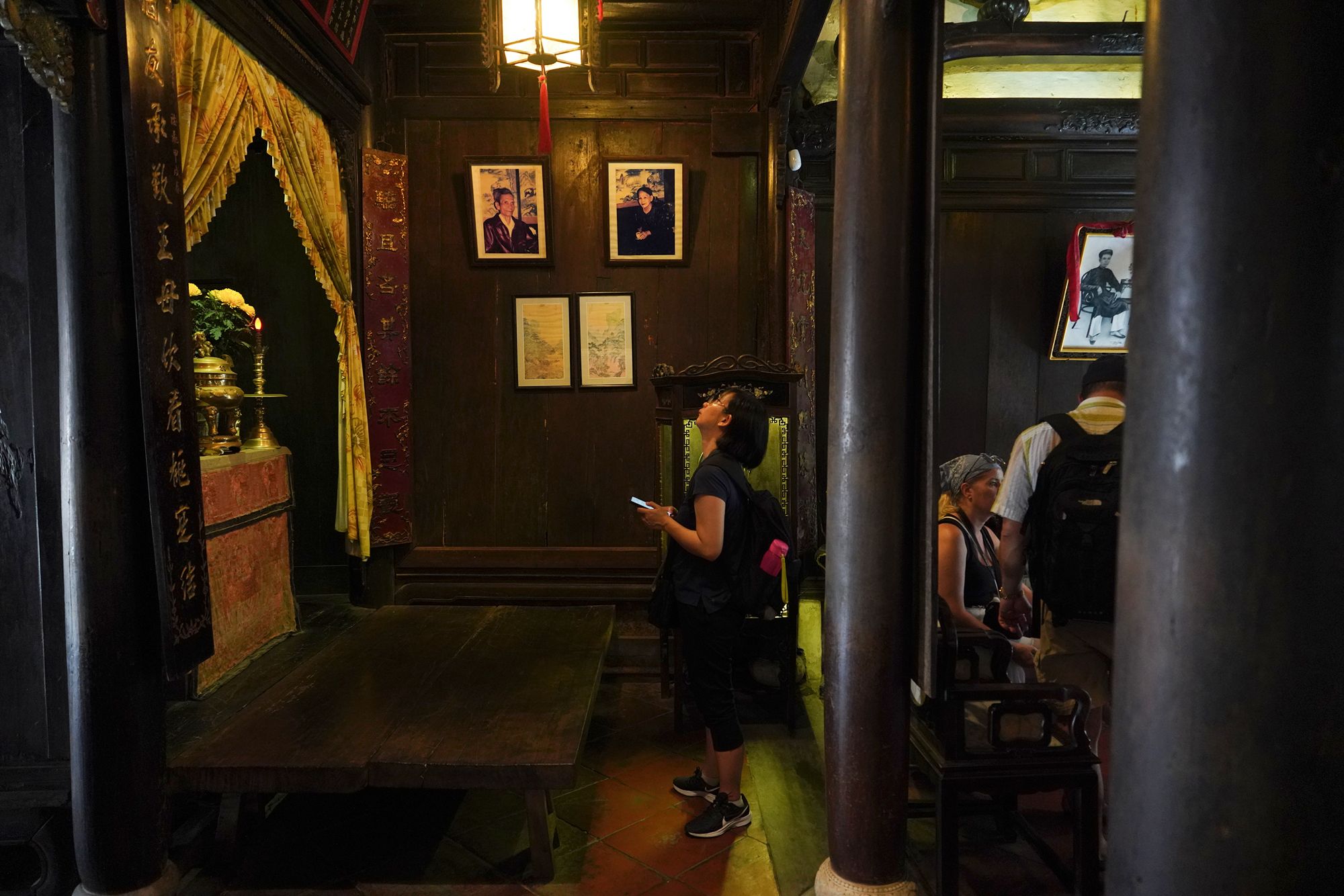
Original furniture, antiques, and family heirlooms are displayed, providing a glimpse into the lifestyle of Hoi An’s affluent merchants.
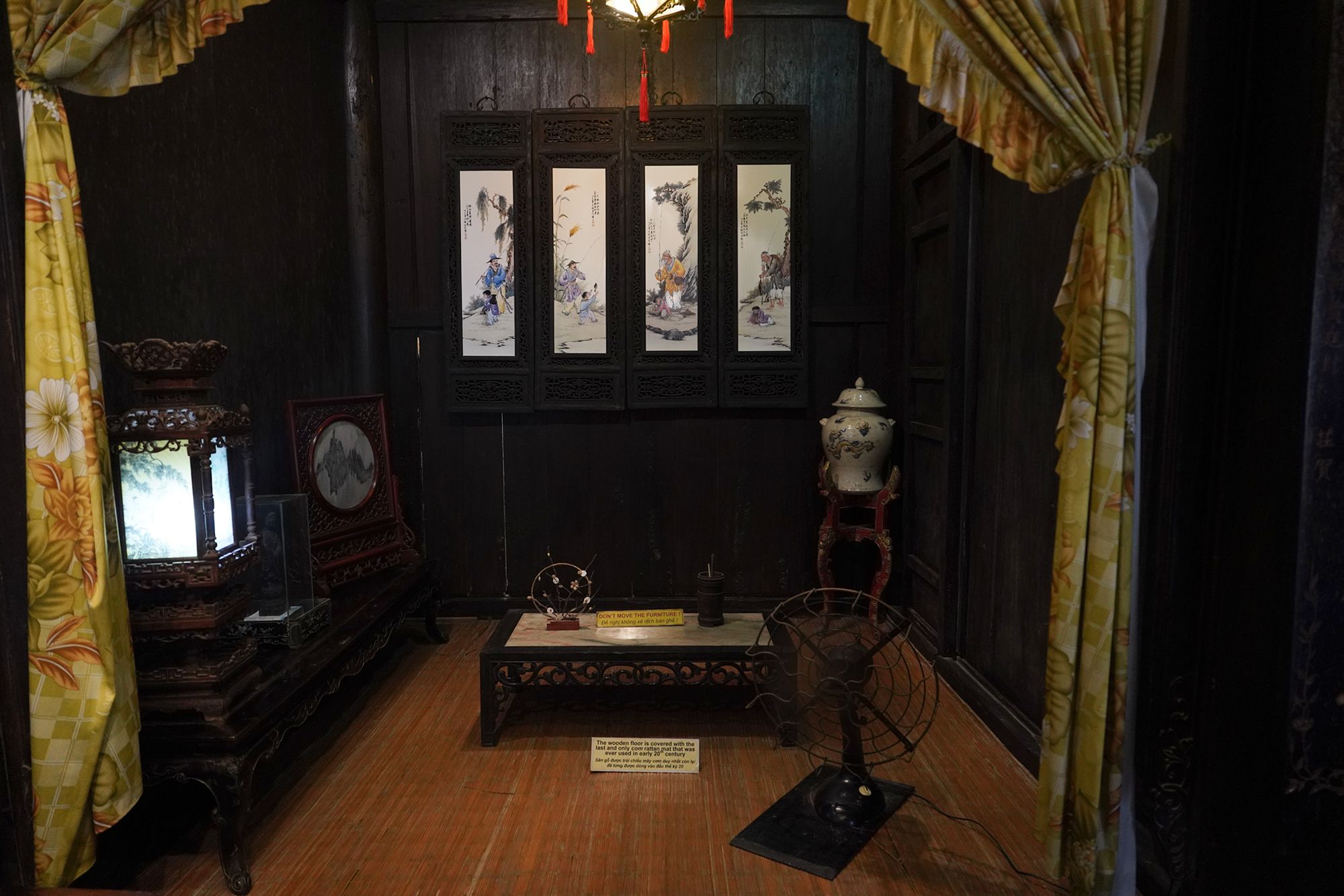
The house is divided into functional spaces, including areas for business, living, and worship.
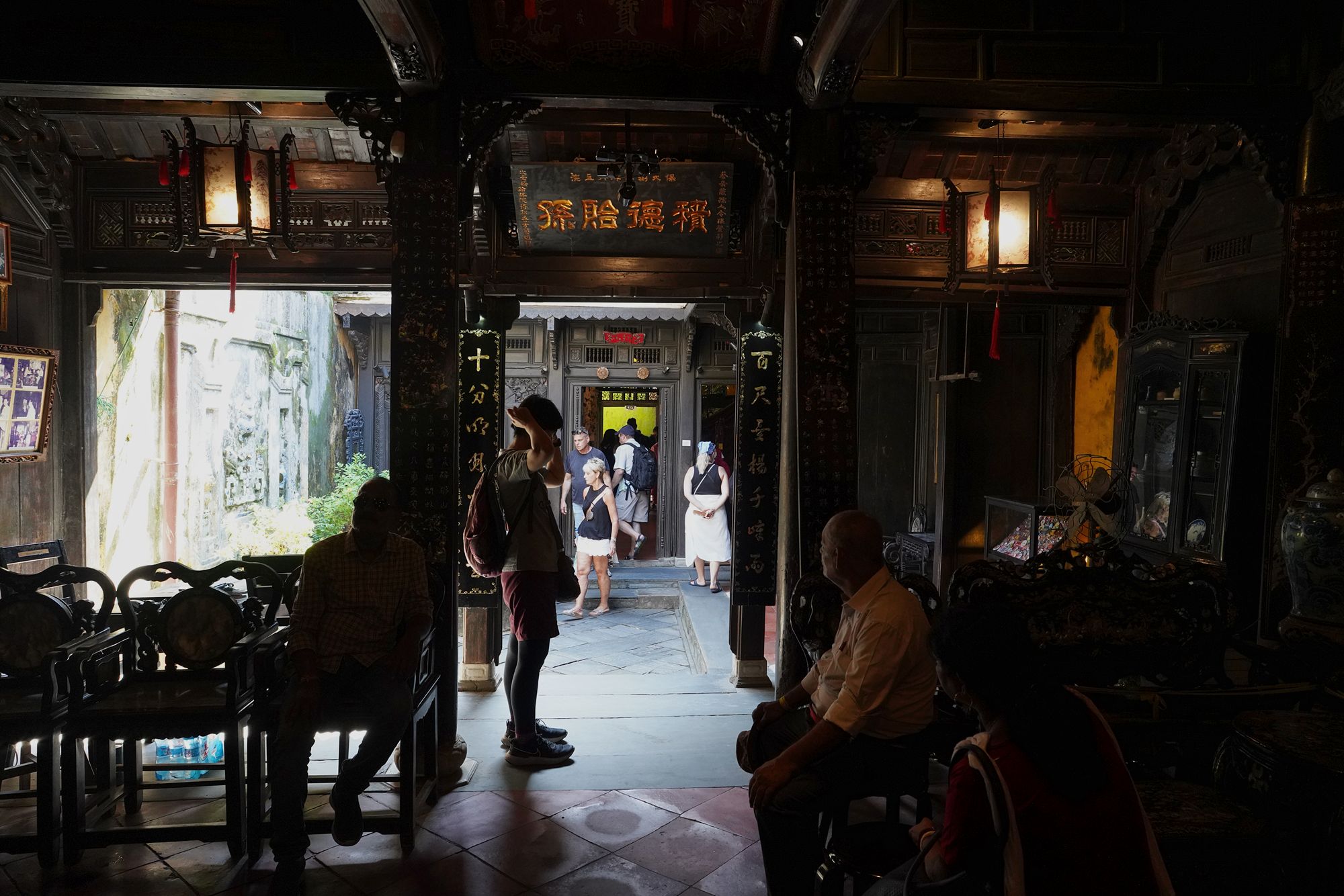
Tan Ky House was primarily used for trade, highlighting Hoi An’s role as an international trading hub during the 18th and 19th centuries.
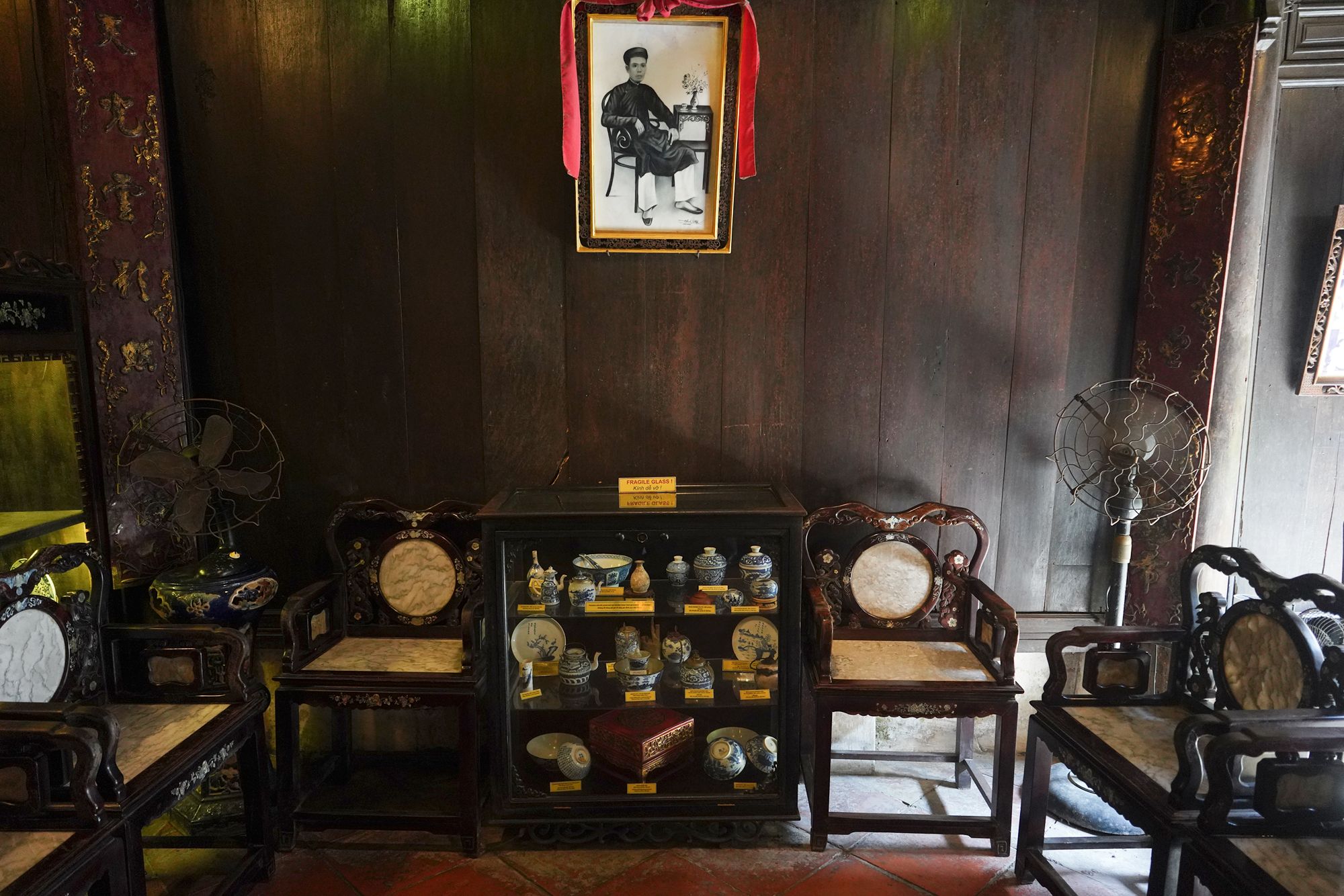
A small courtyard in the center allows natural light and ventilation, reflecting traditional Vietnamese house design.
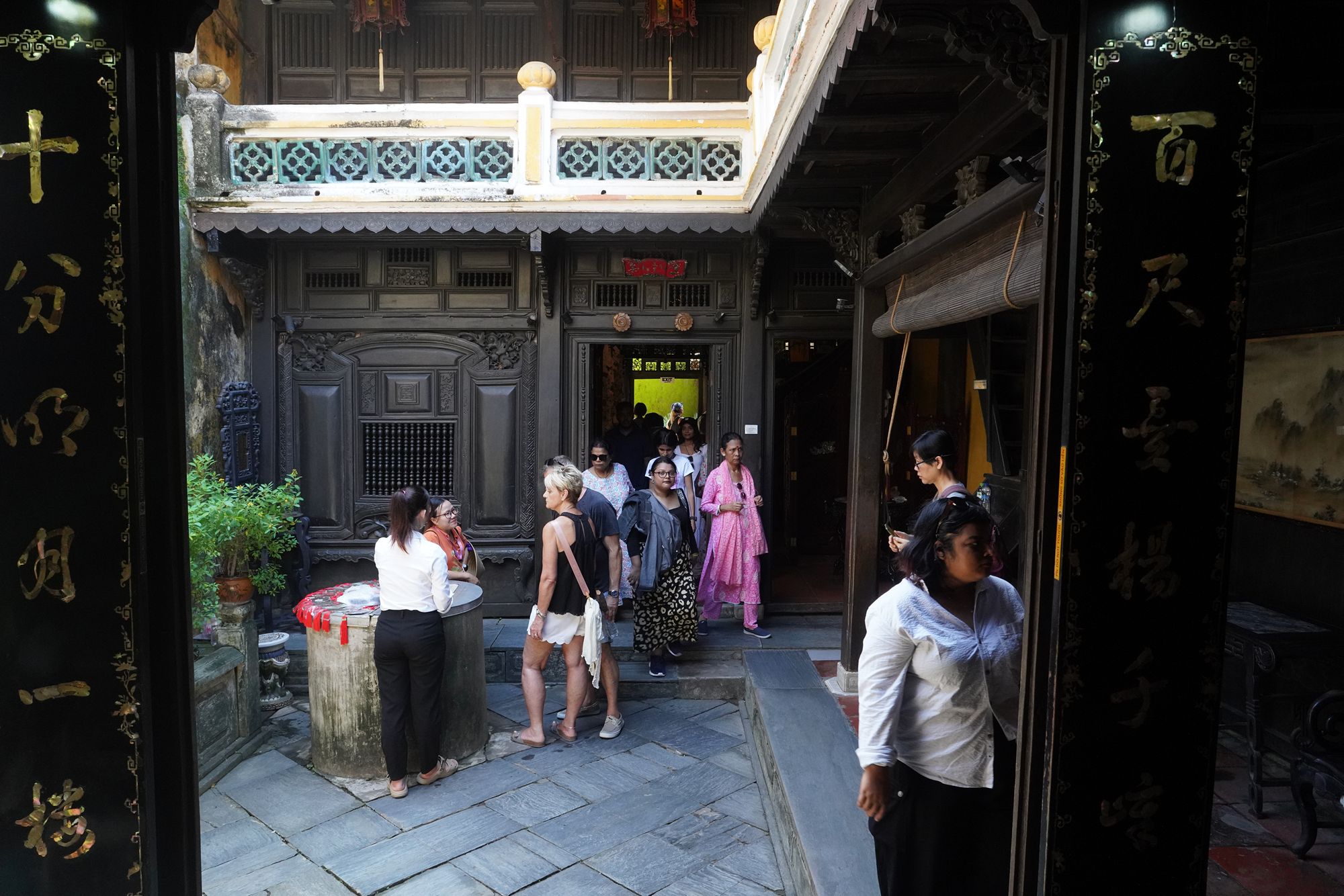
The Old House of Tan Ky is part of Hoi An’s UNESCO World Heritage site and is open to visitors.
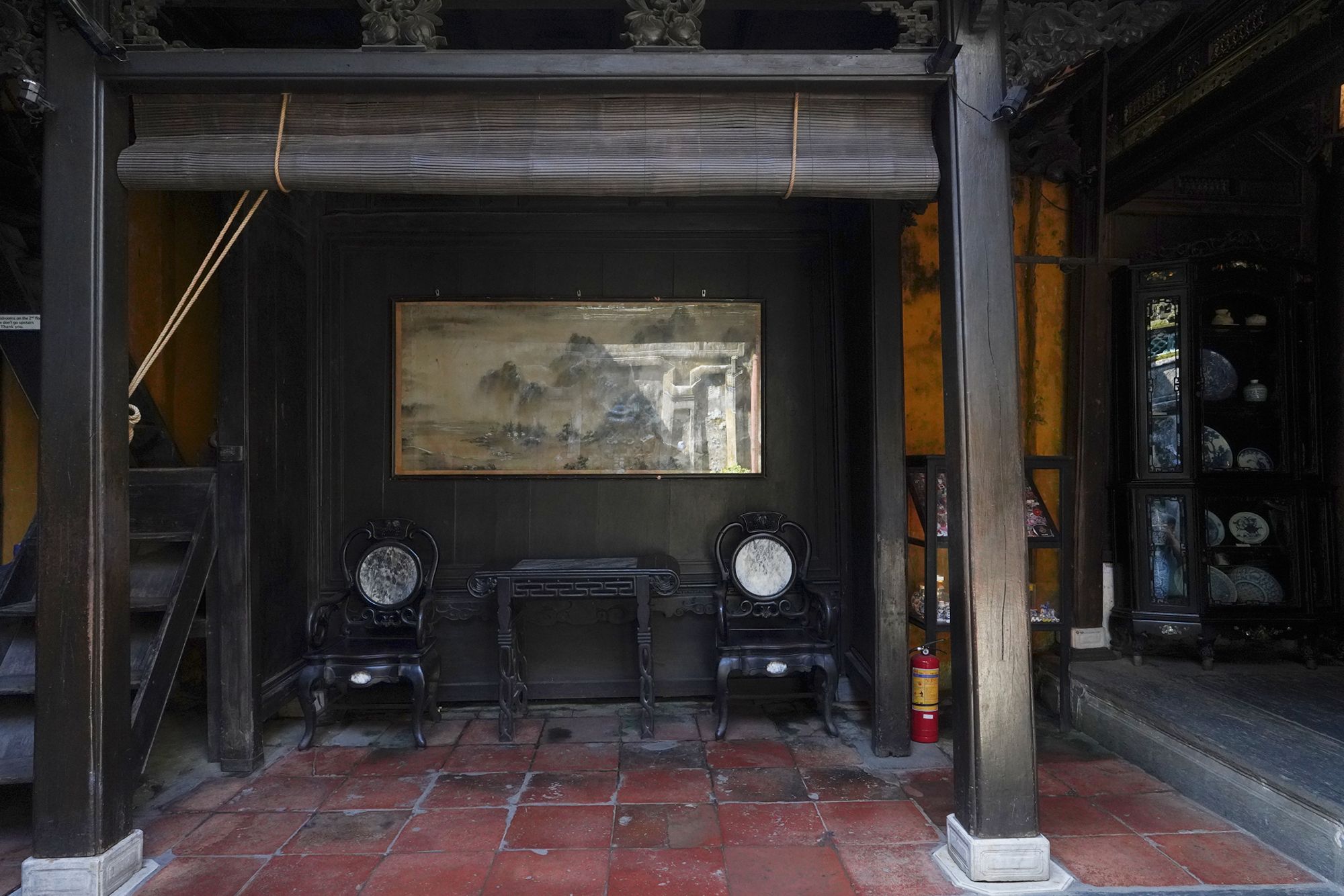
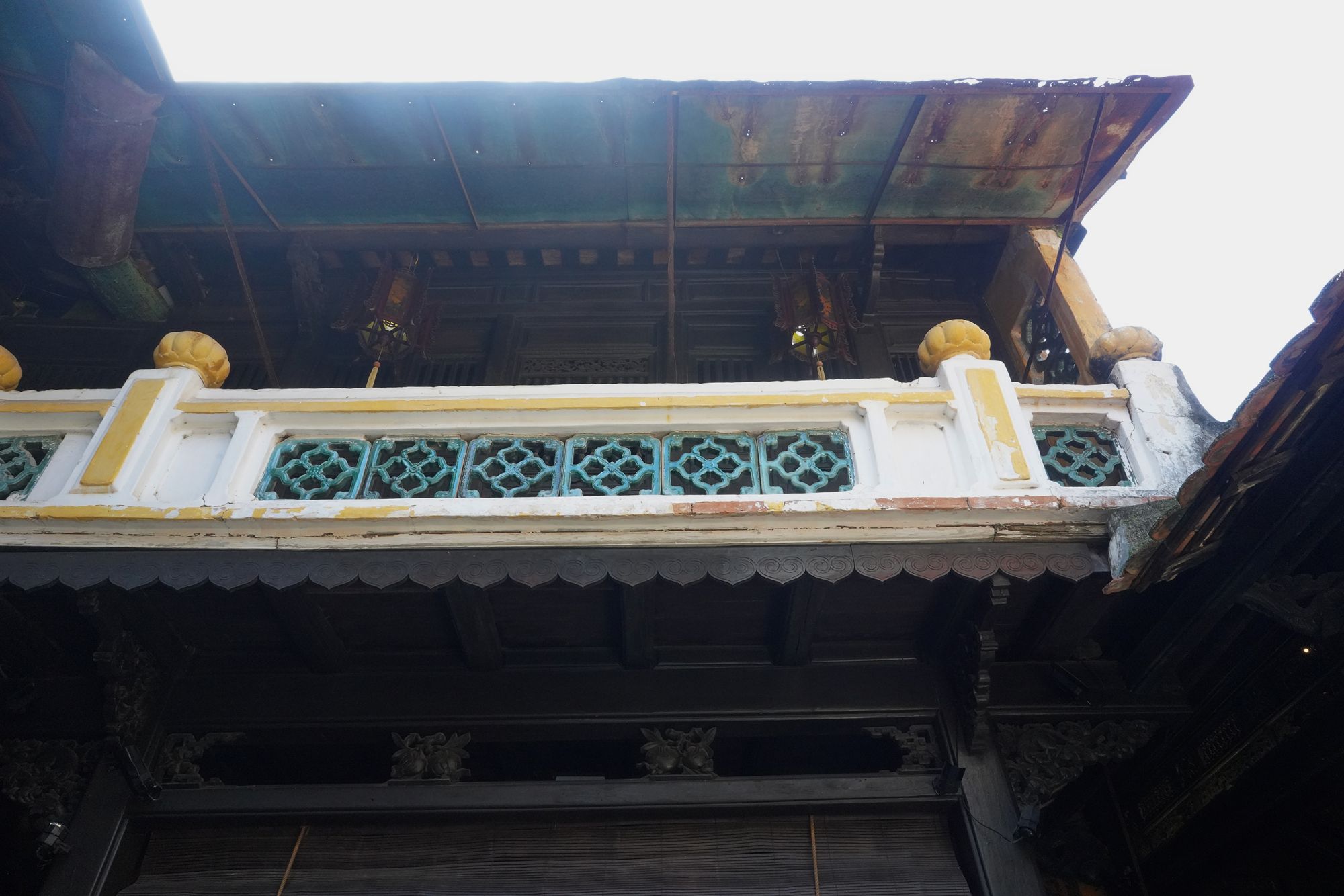
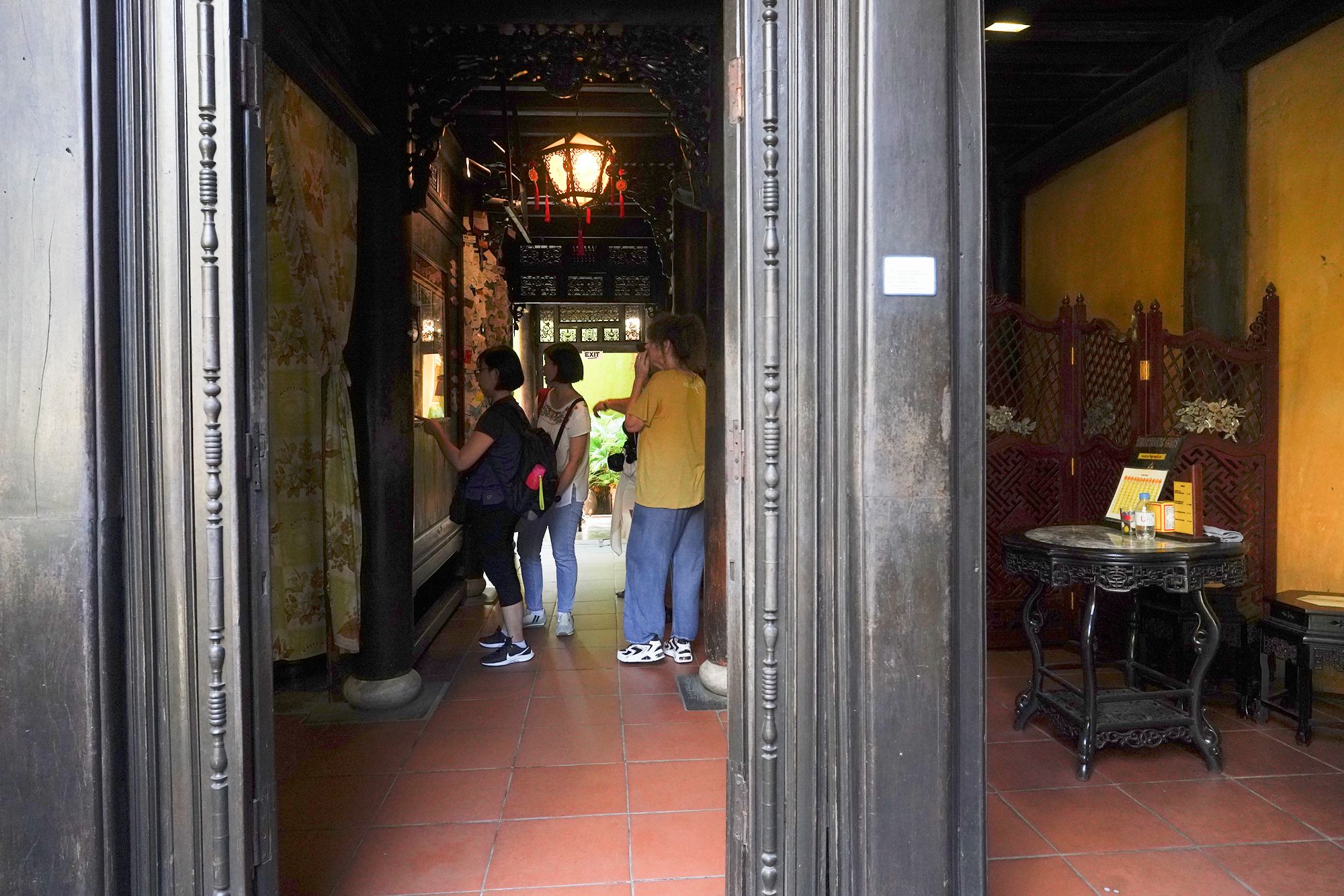
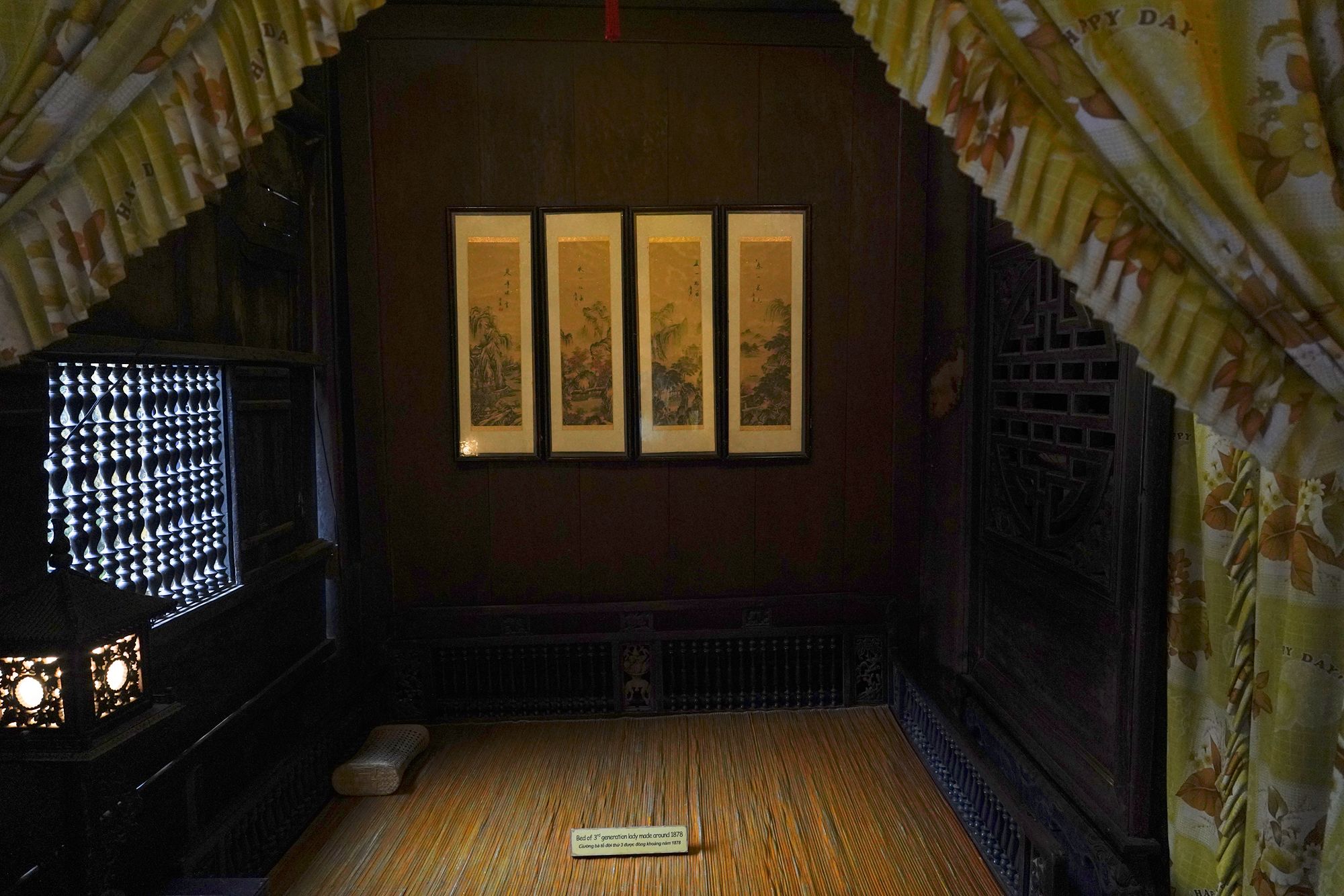
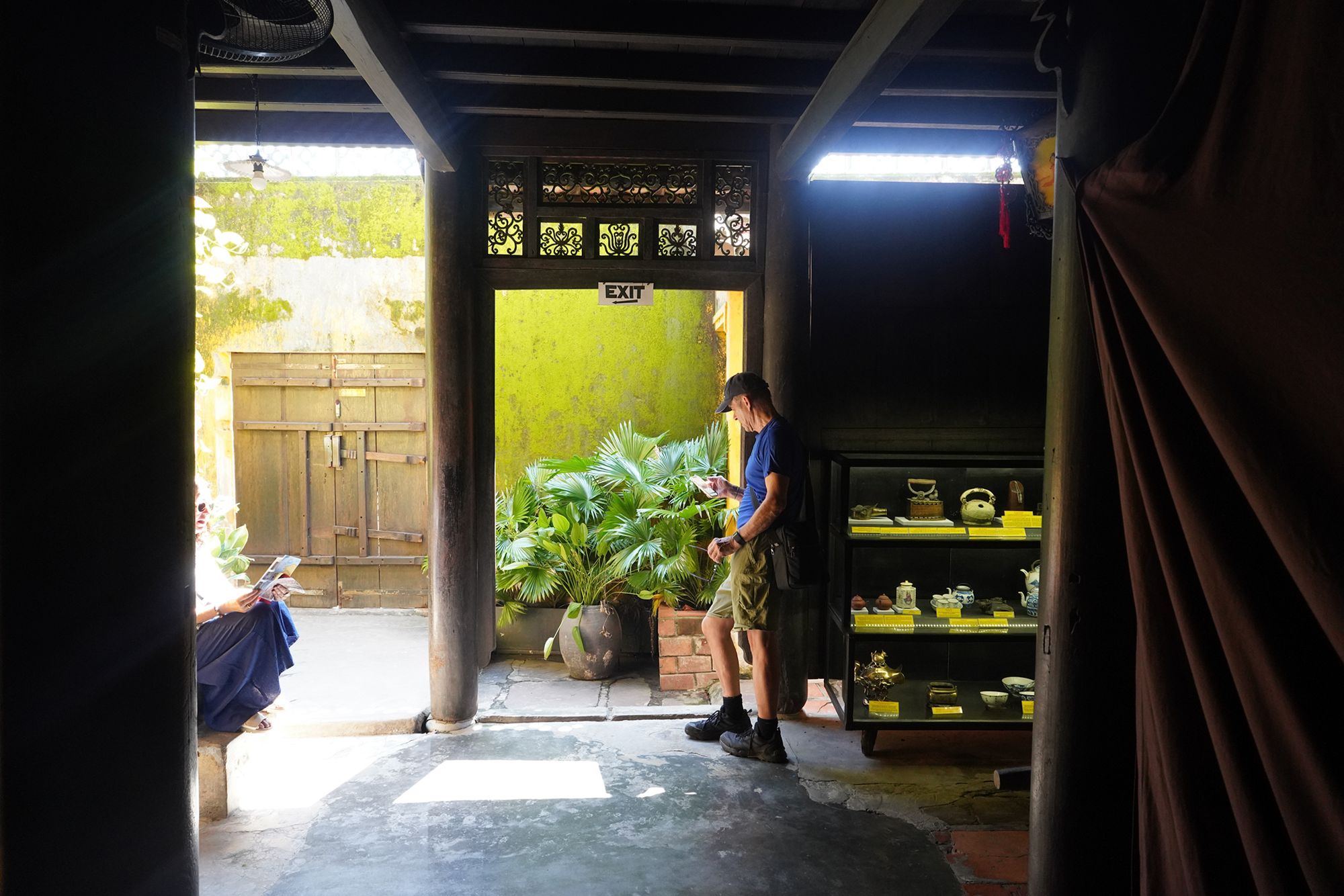
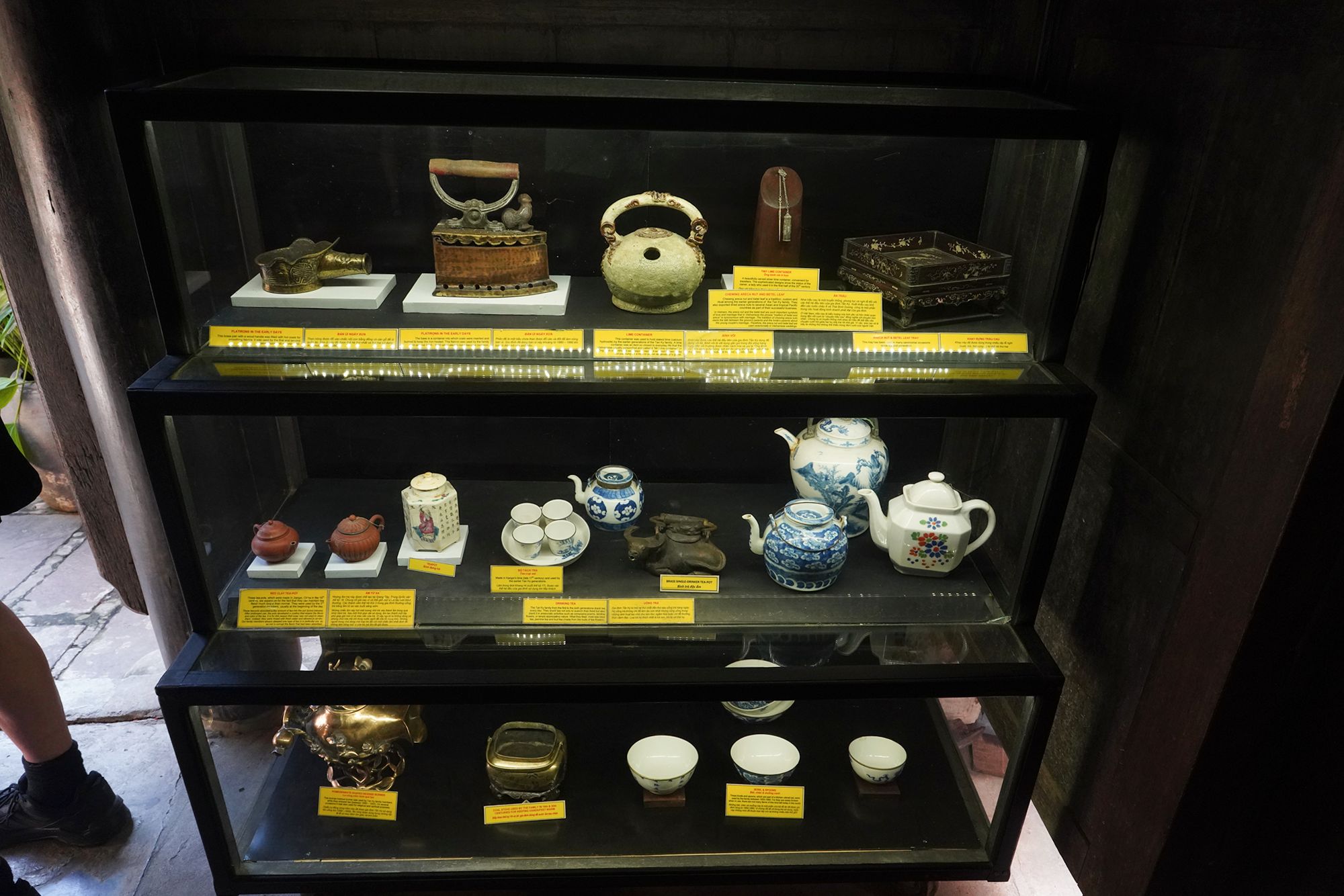
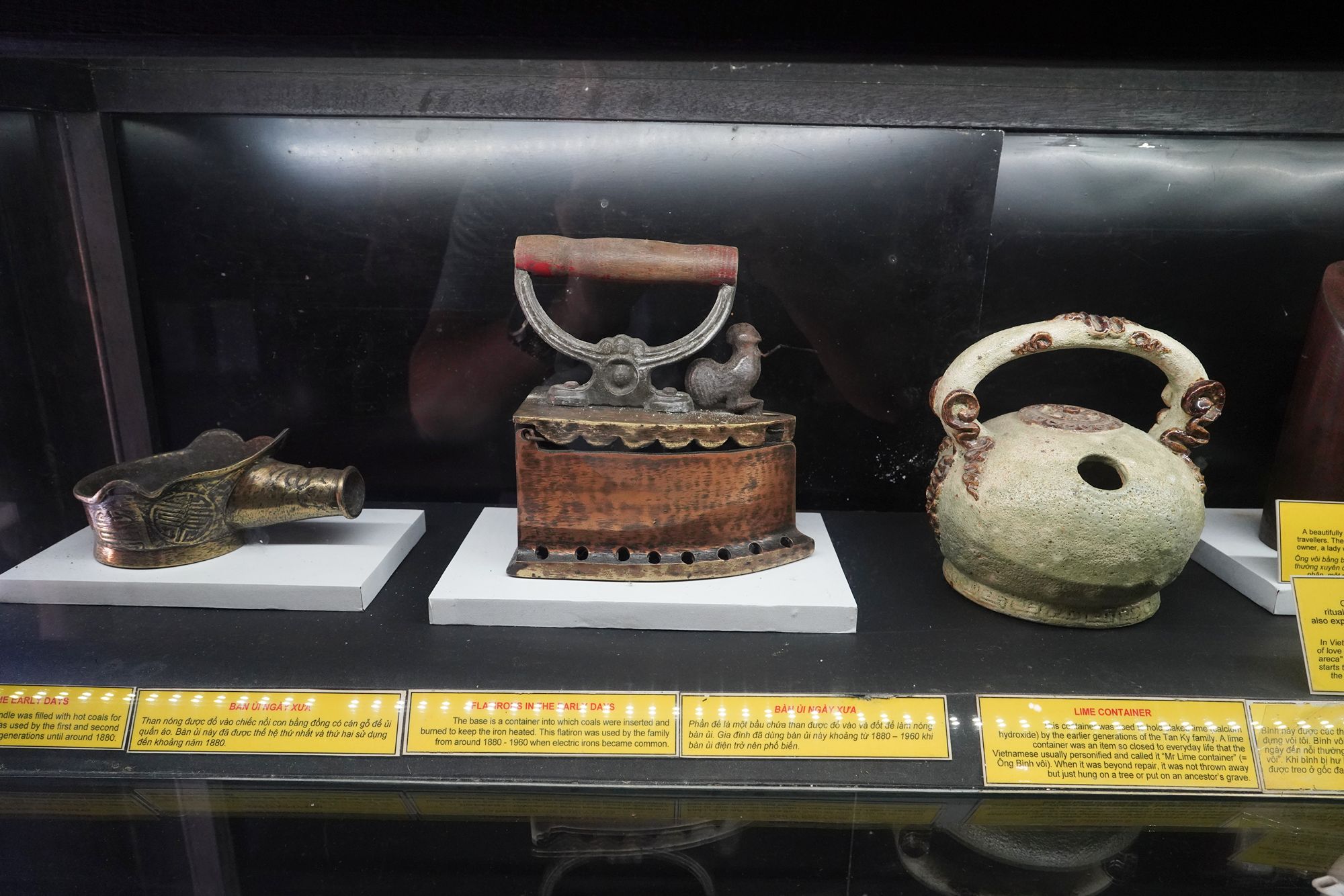
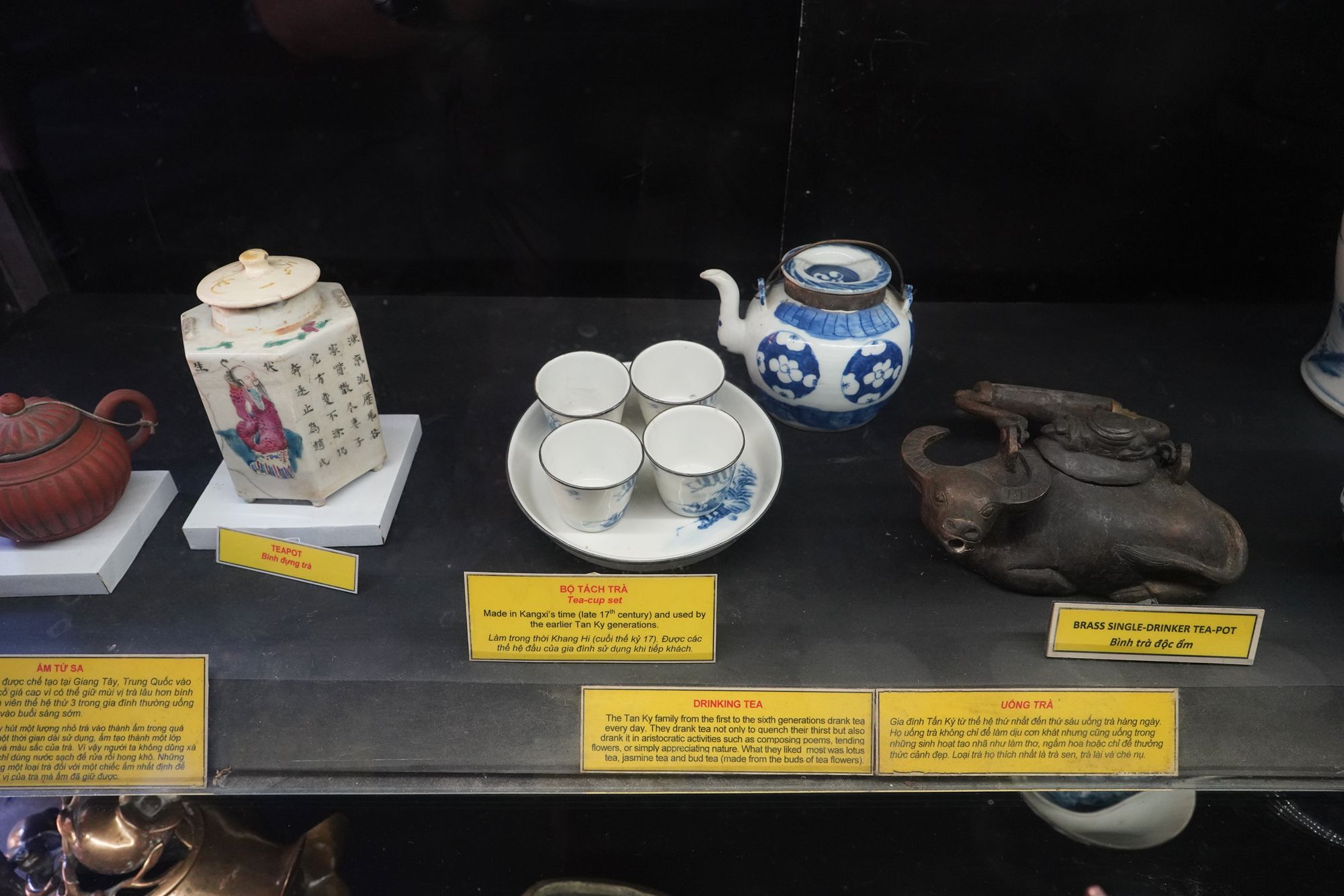
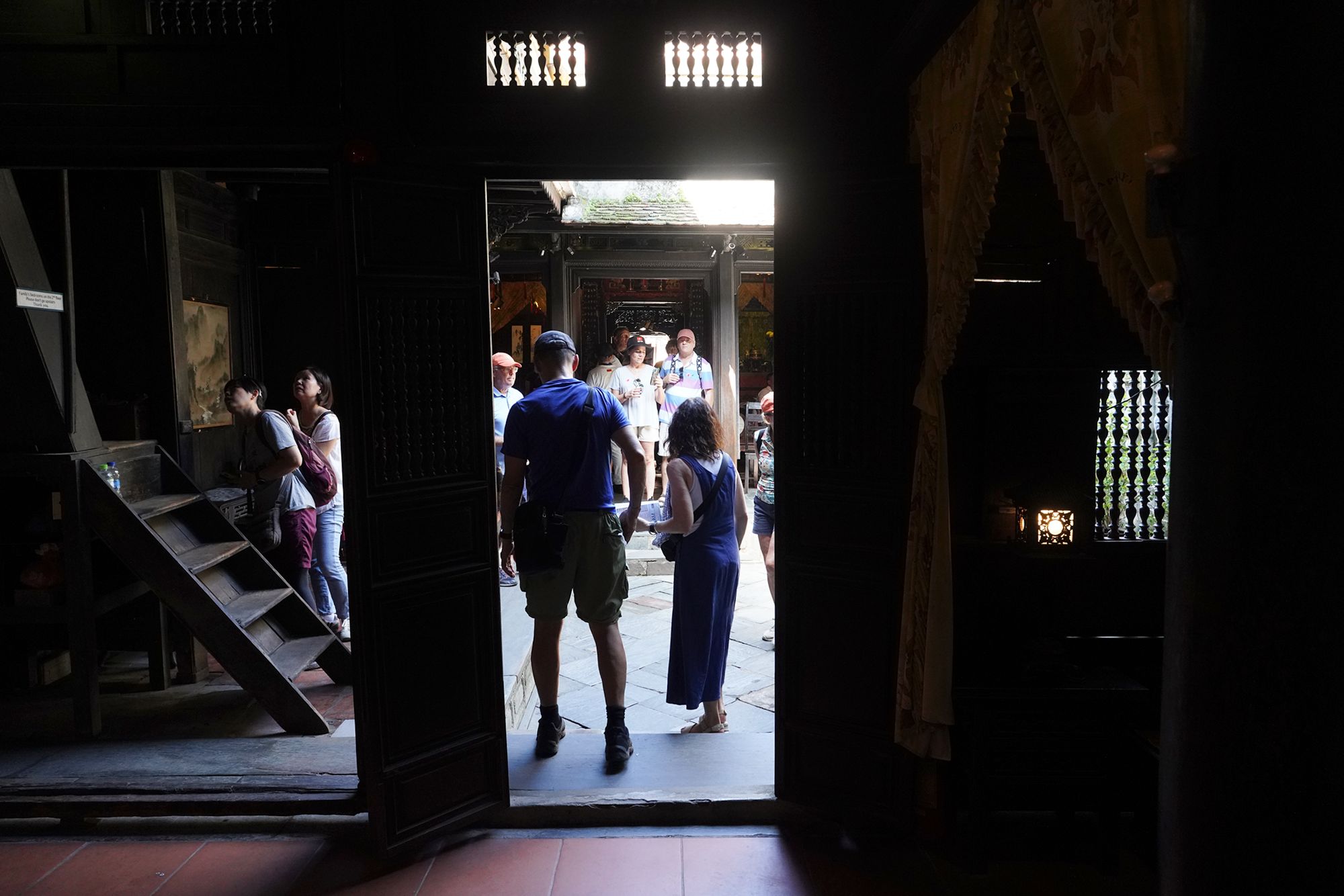
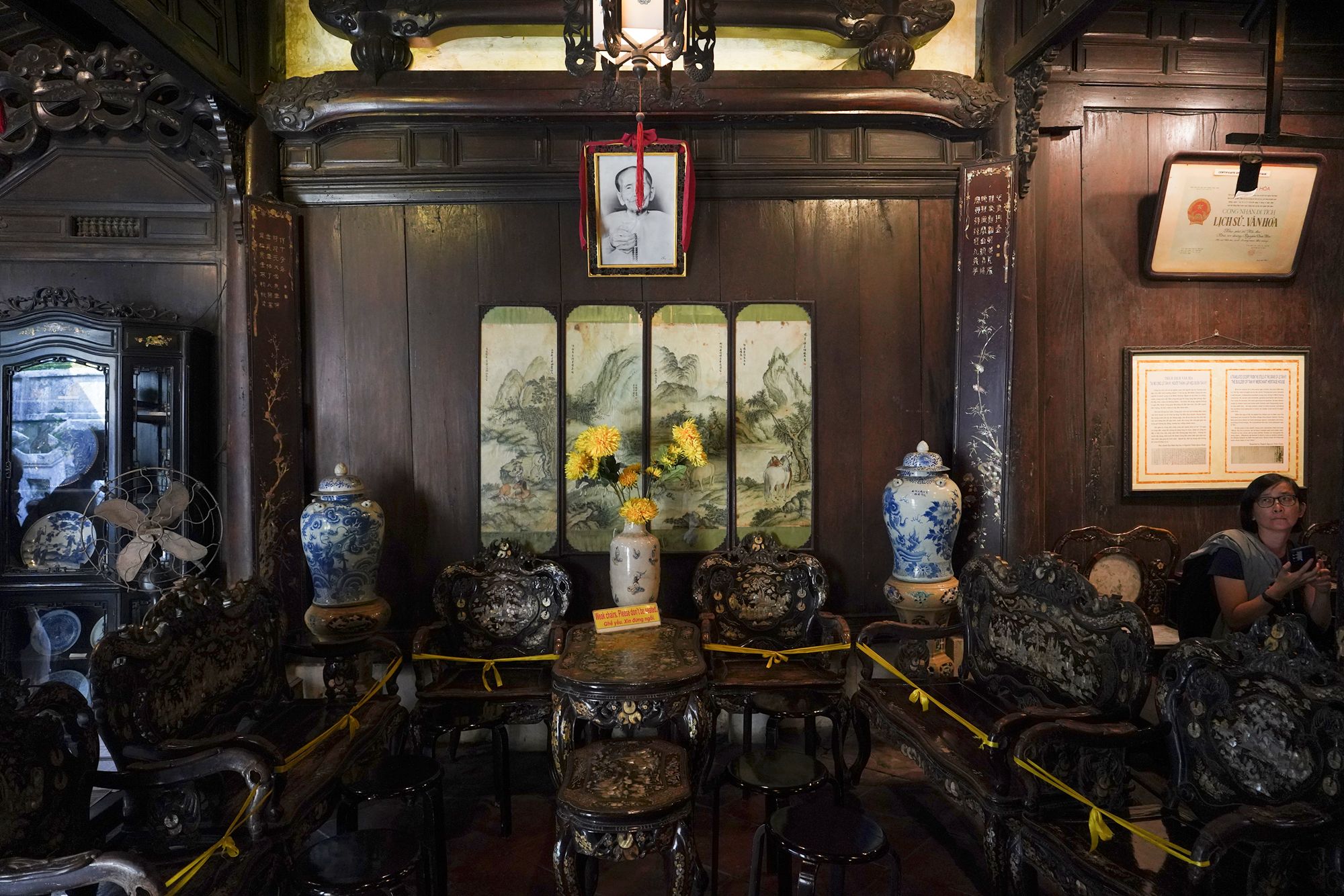
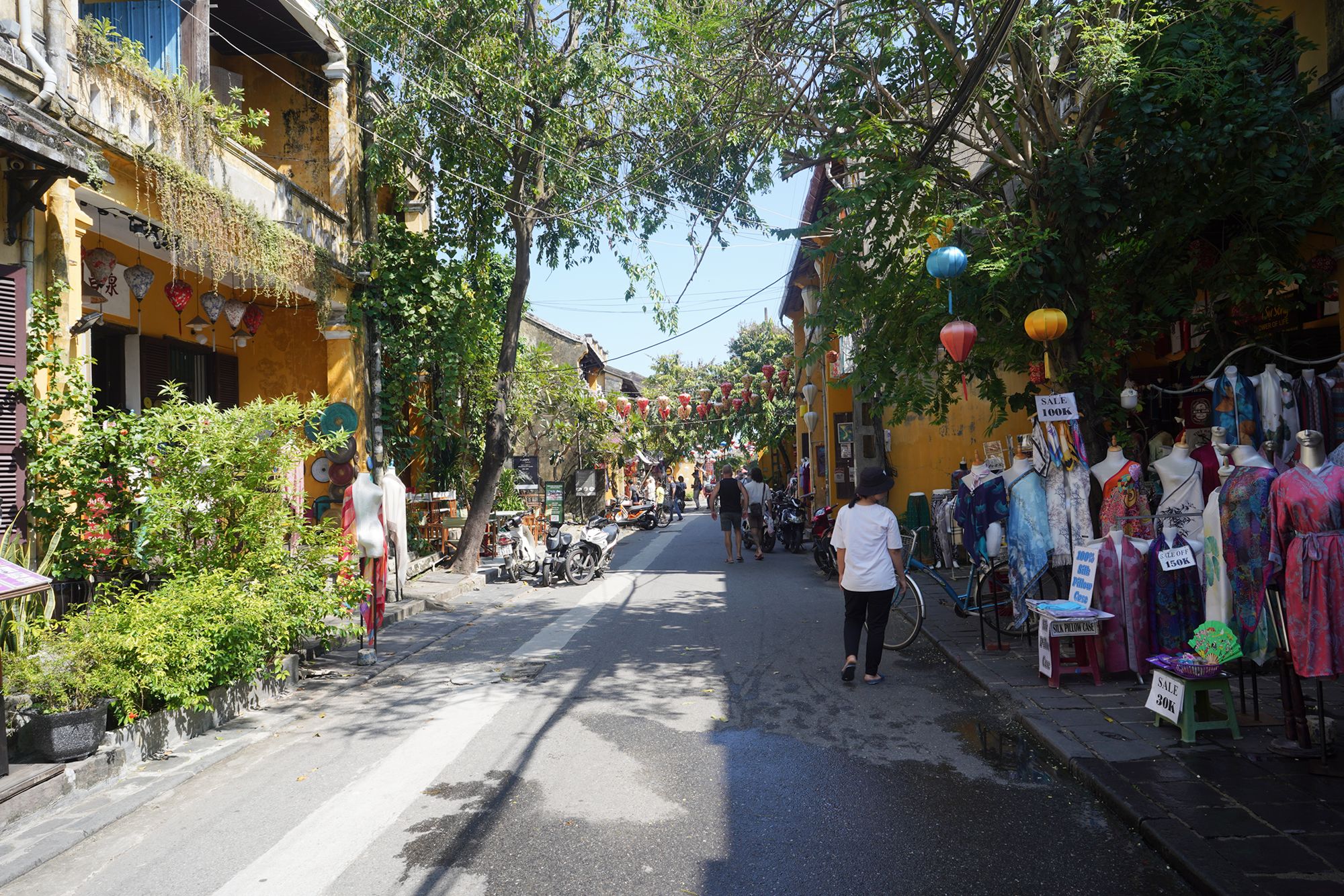
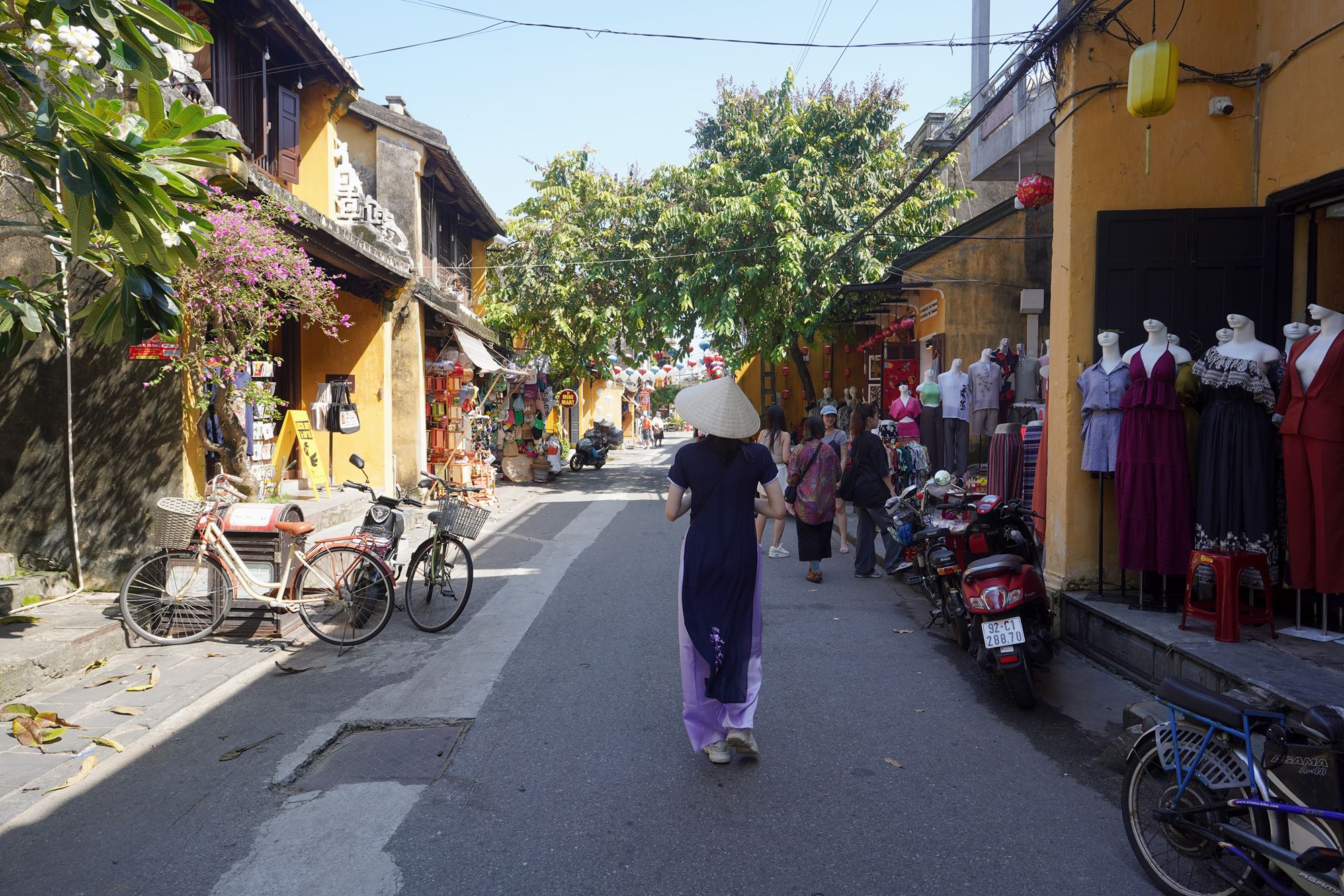
Back side
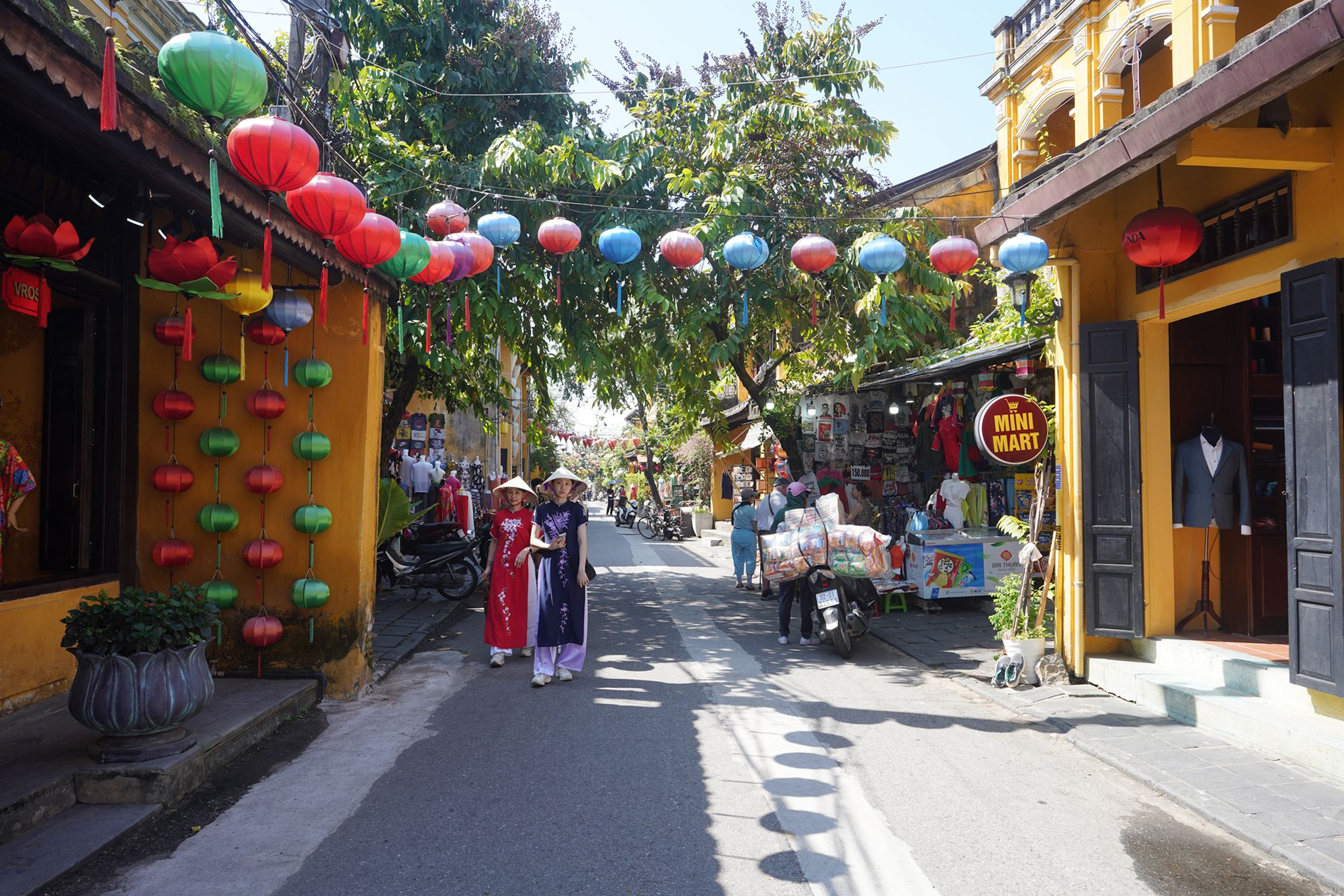
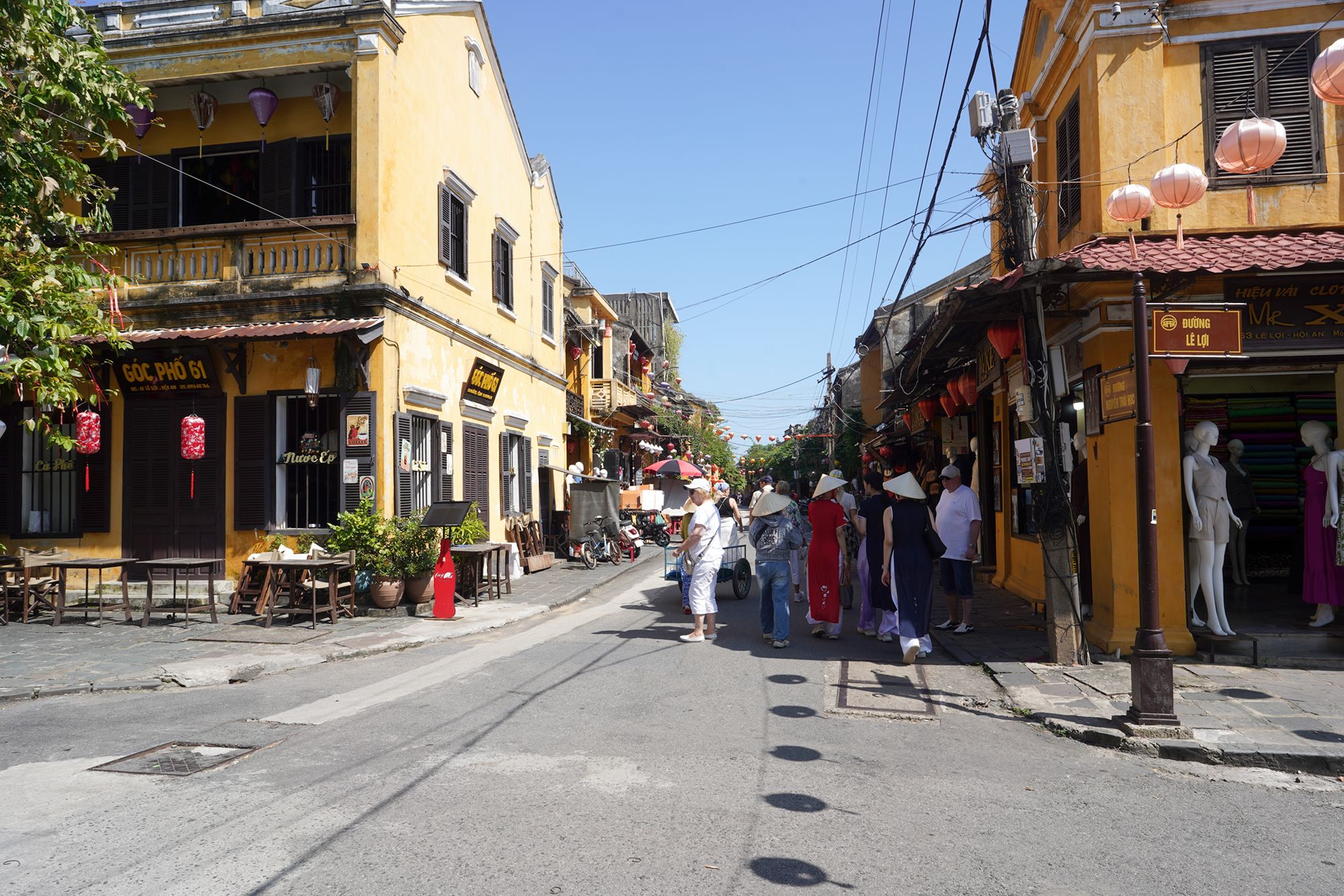
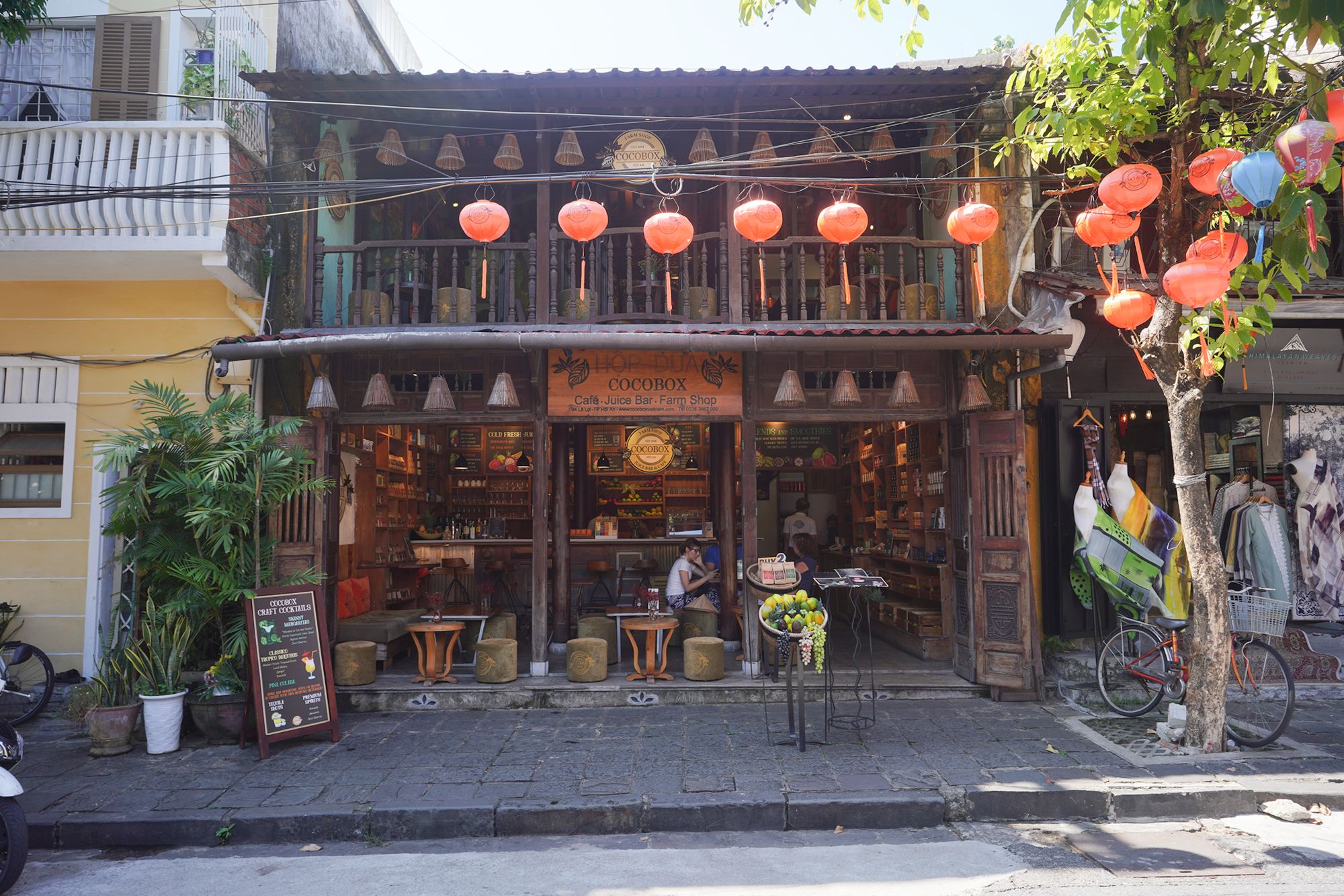
Back side
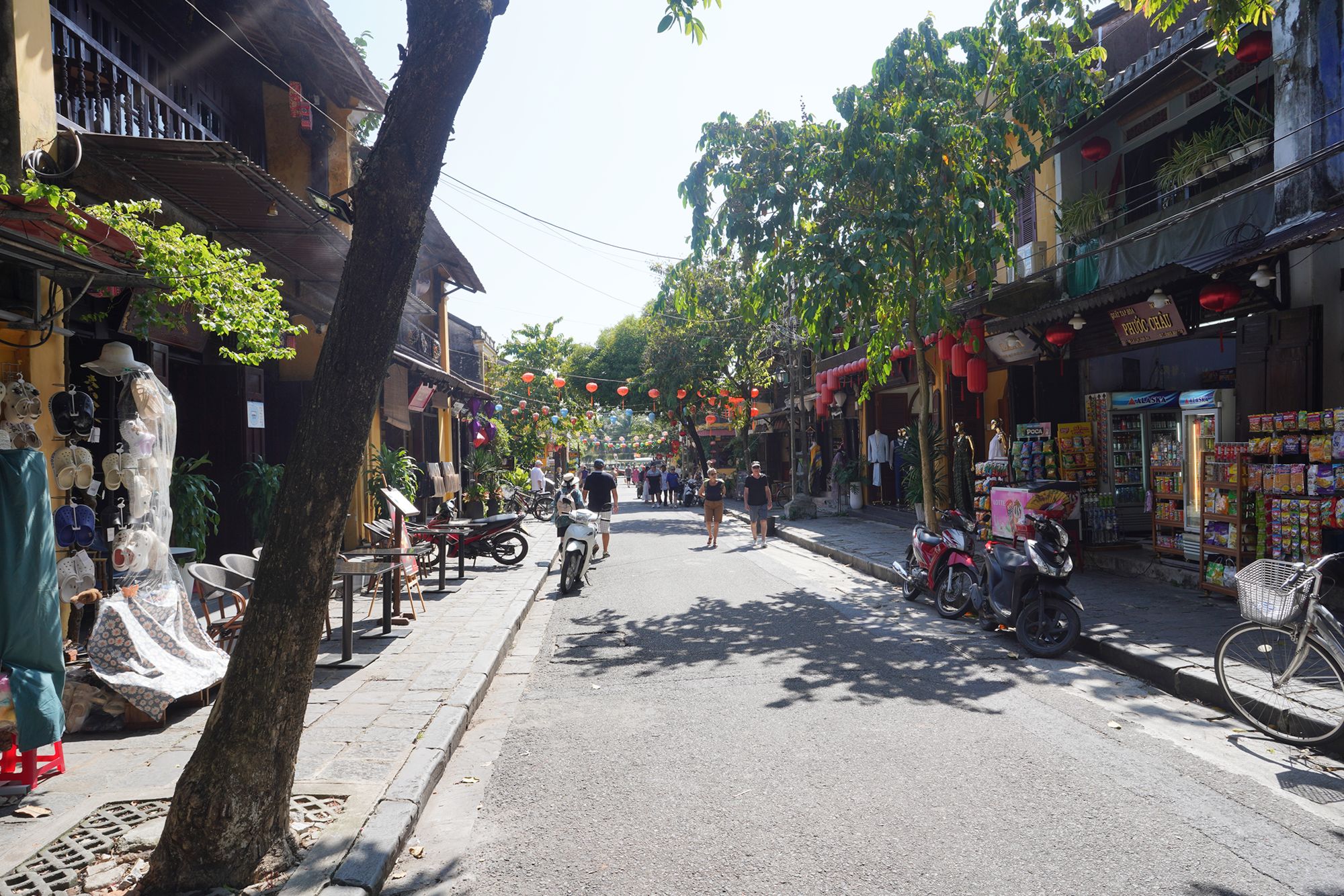
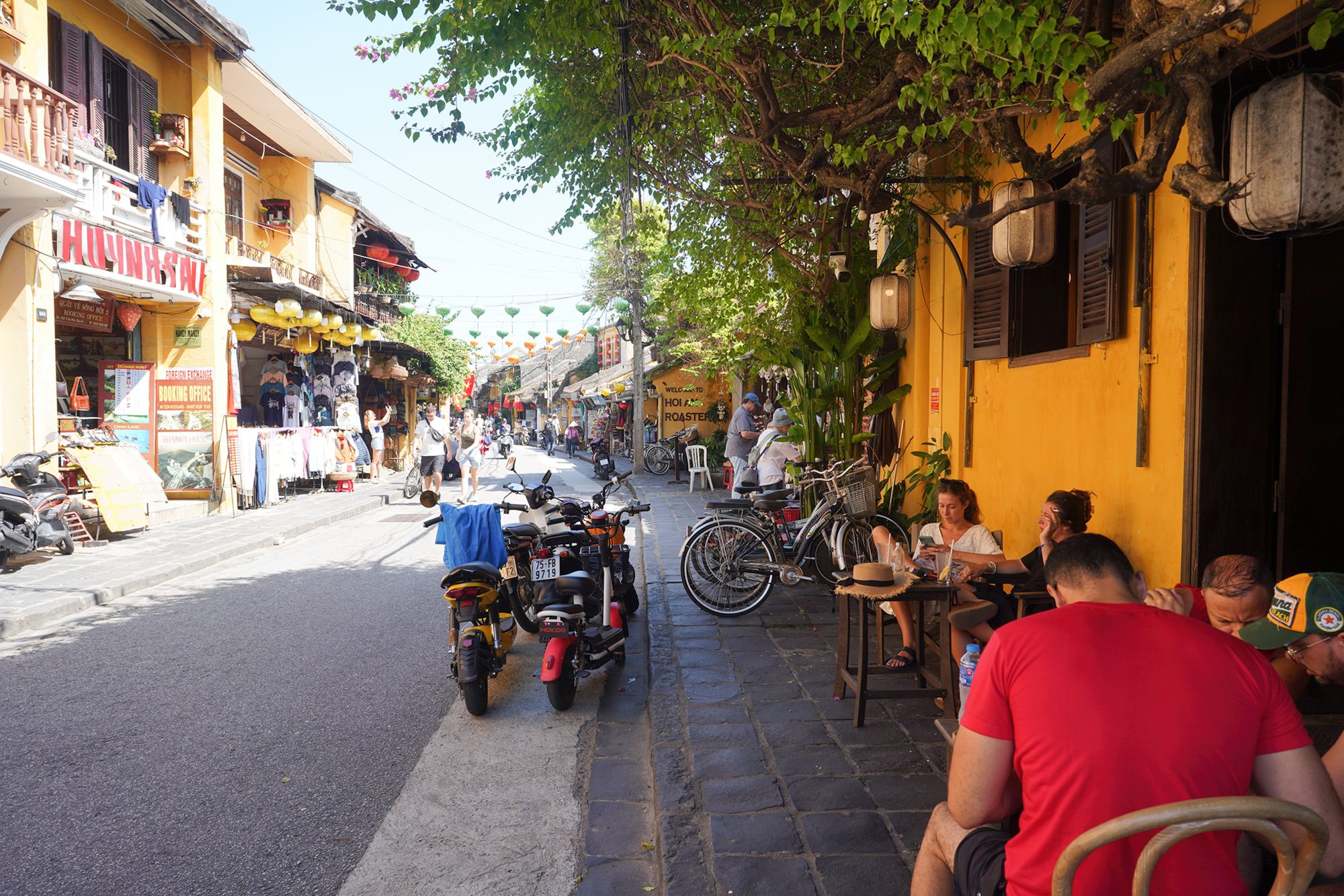
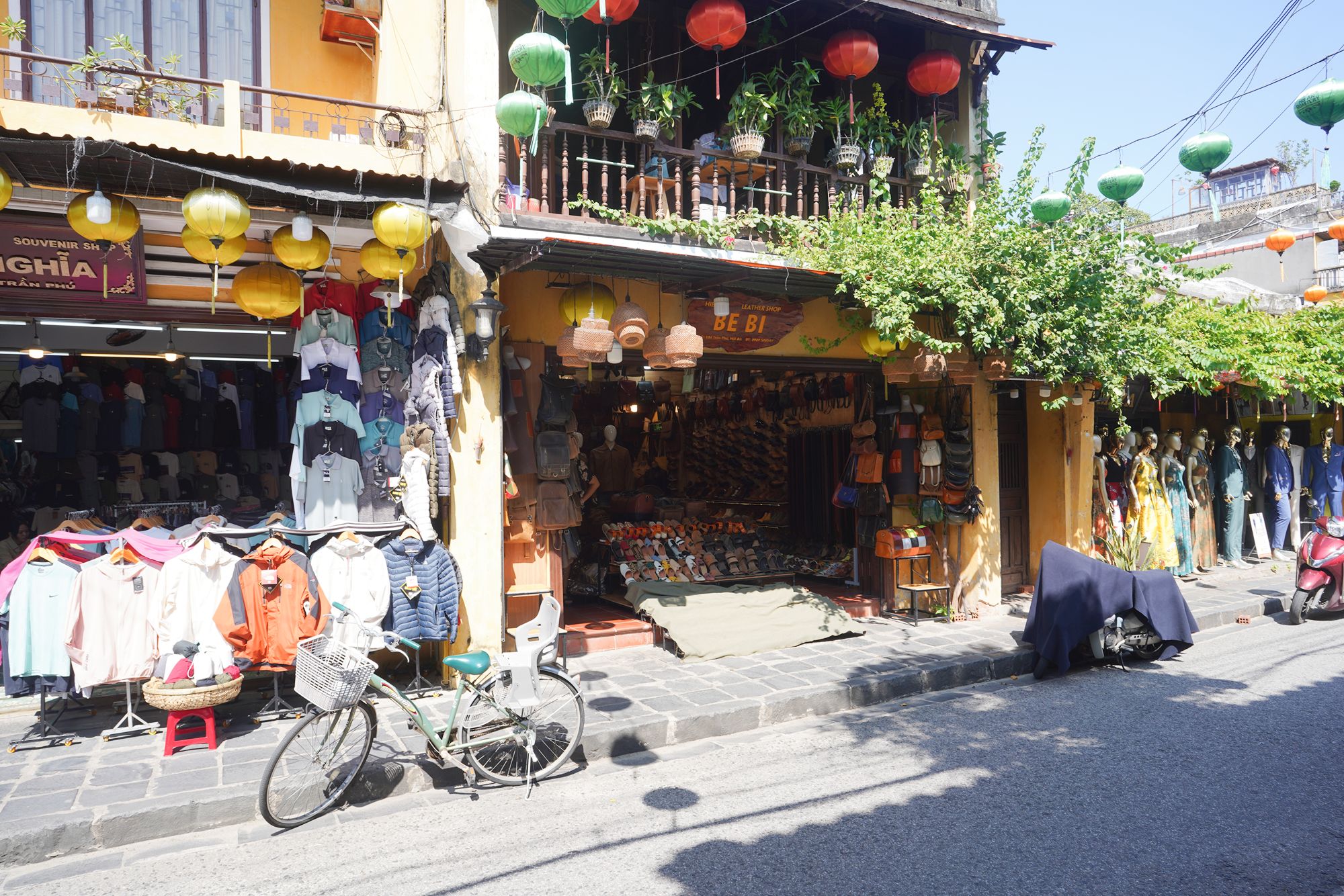
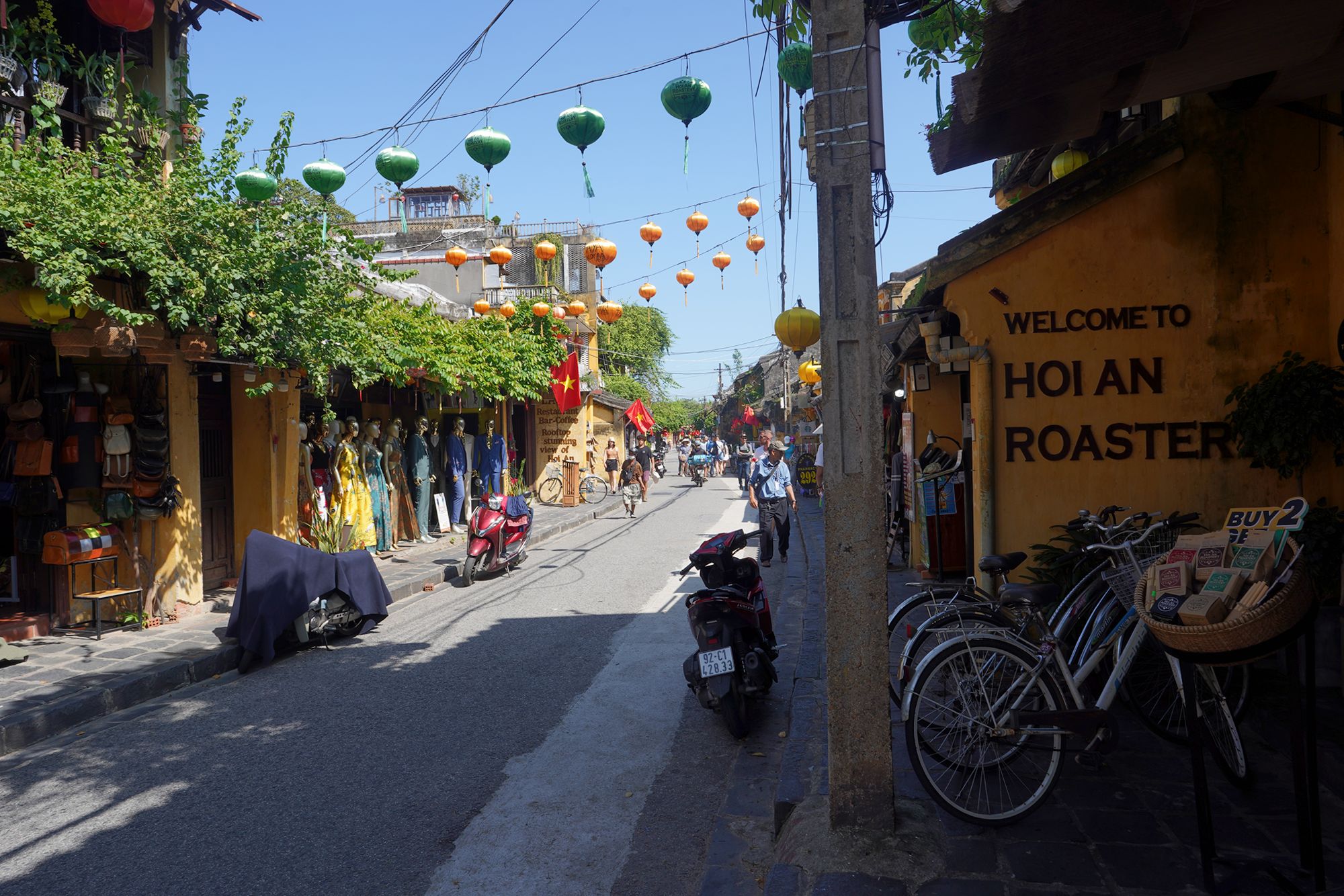
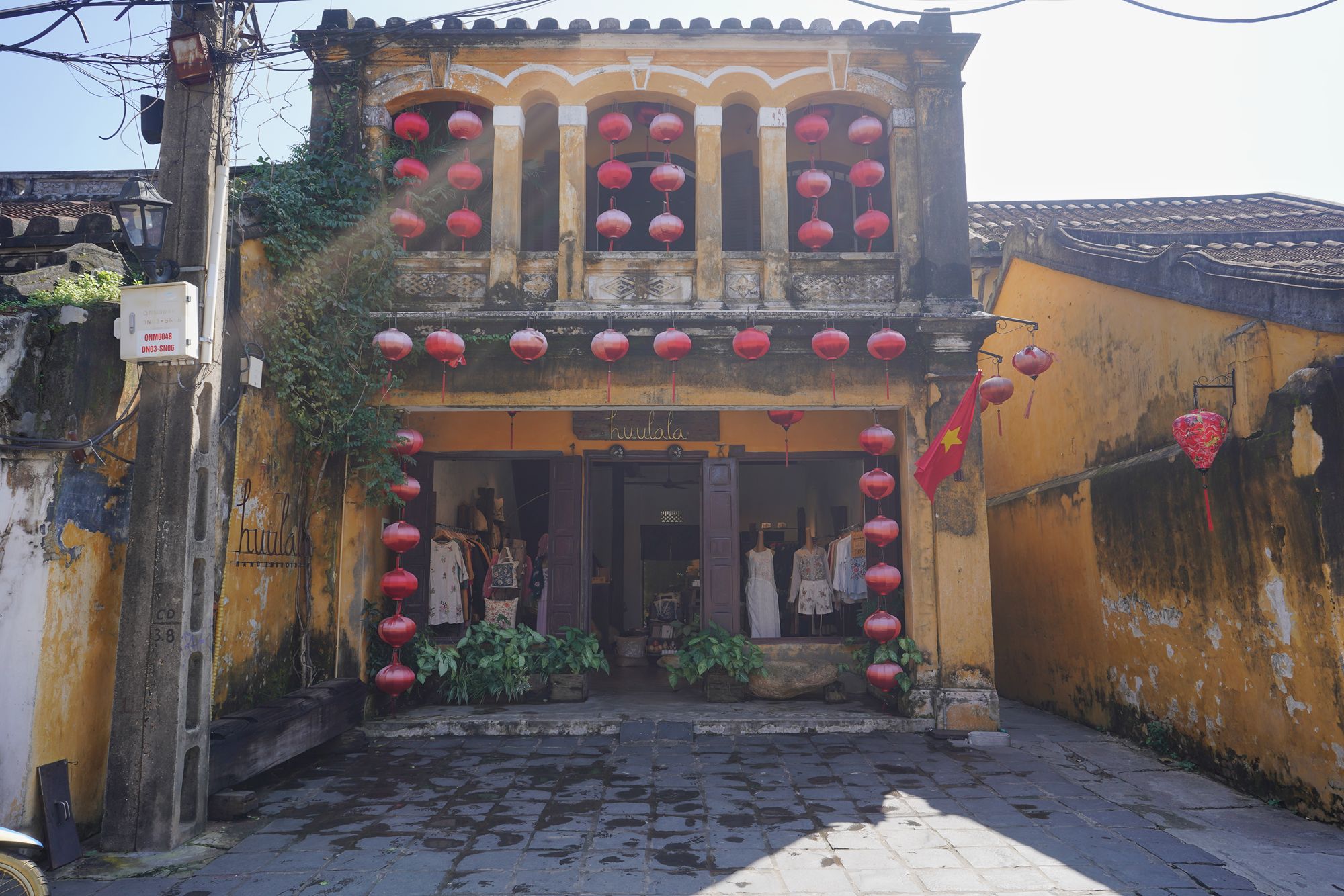
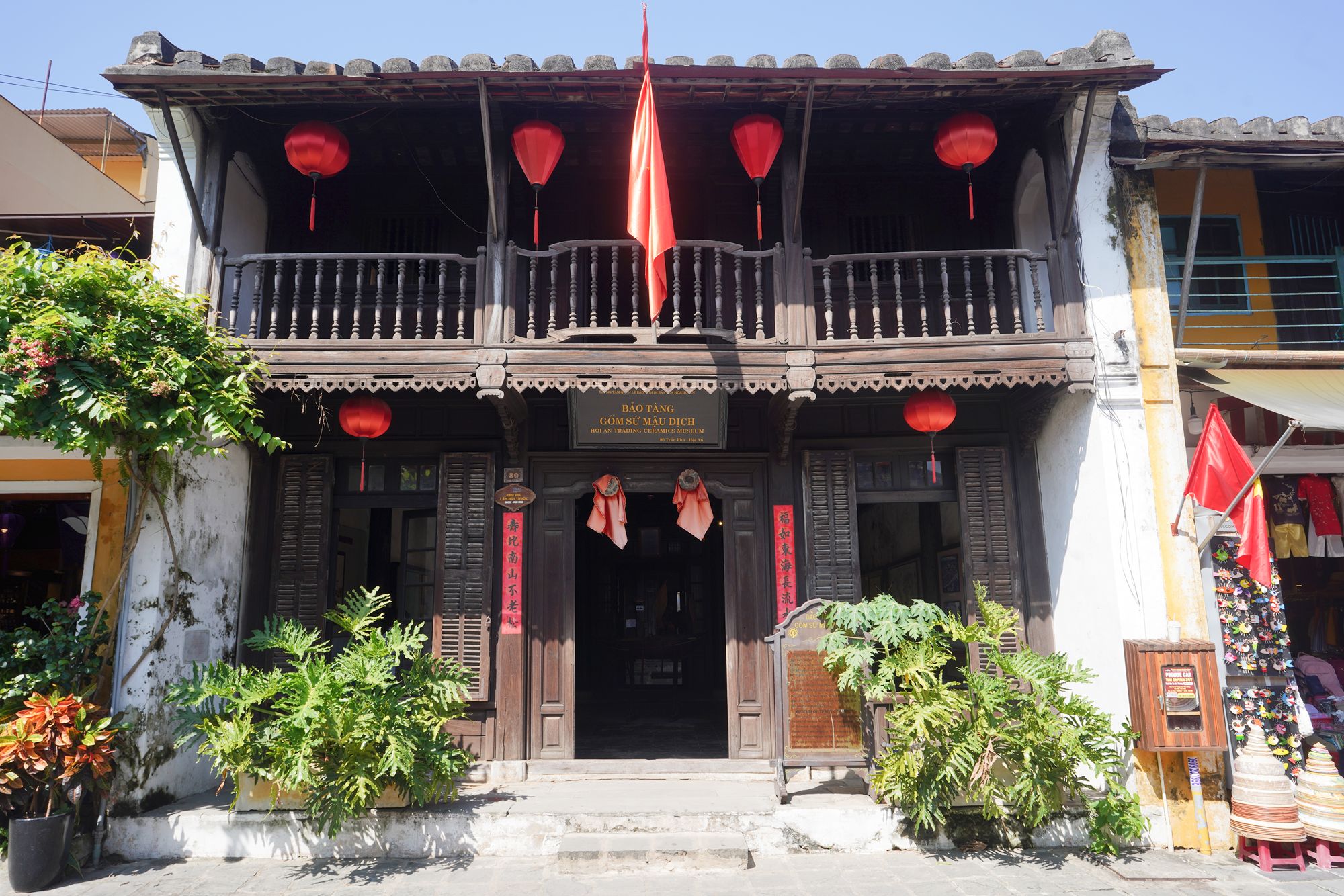
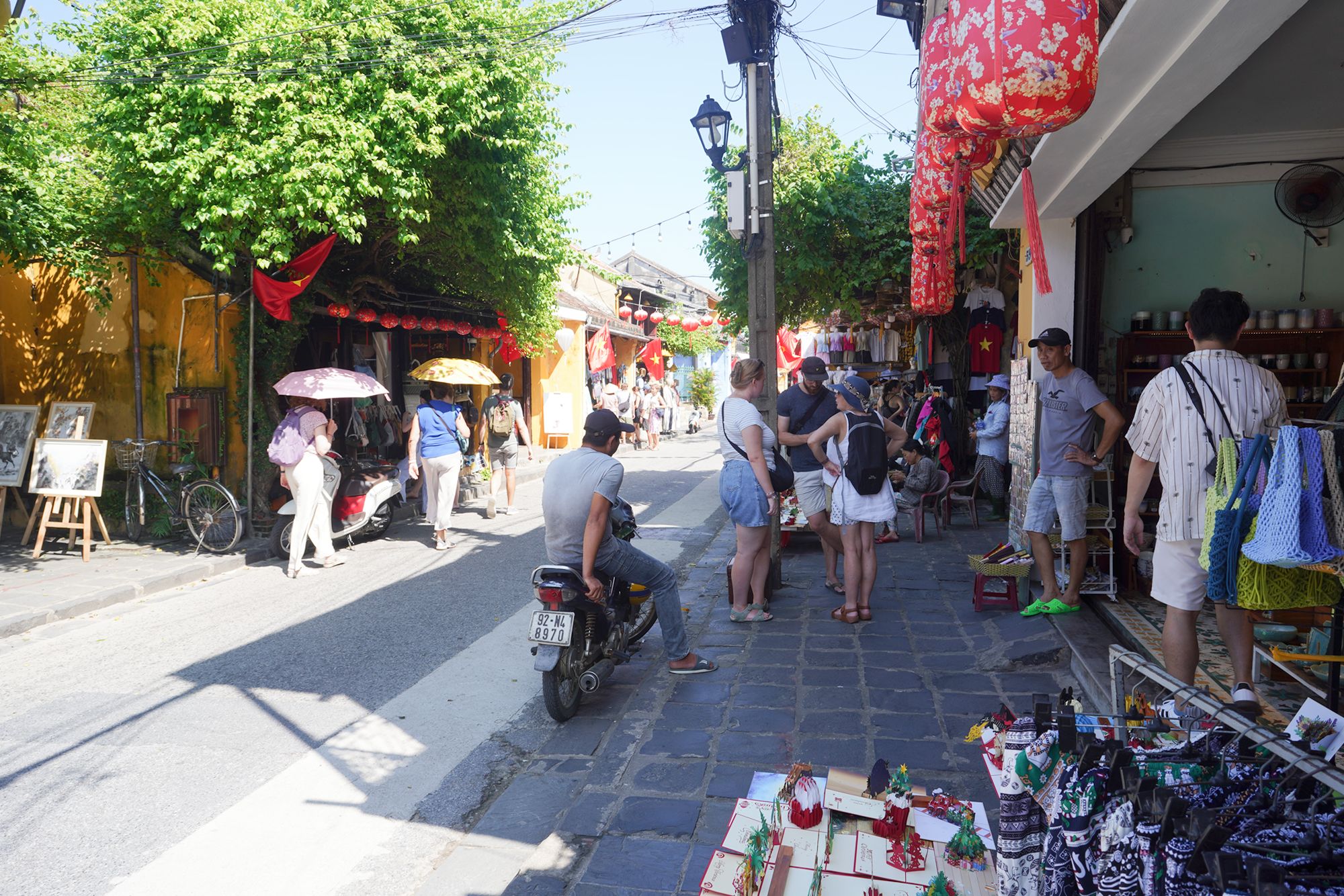
Between these two buildings was a very narrow street, and I couldn’t help but feel curious about where it might lead.
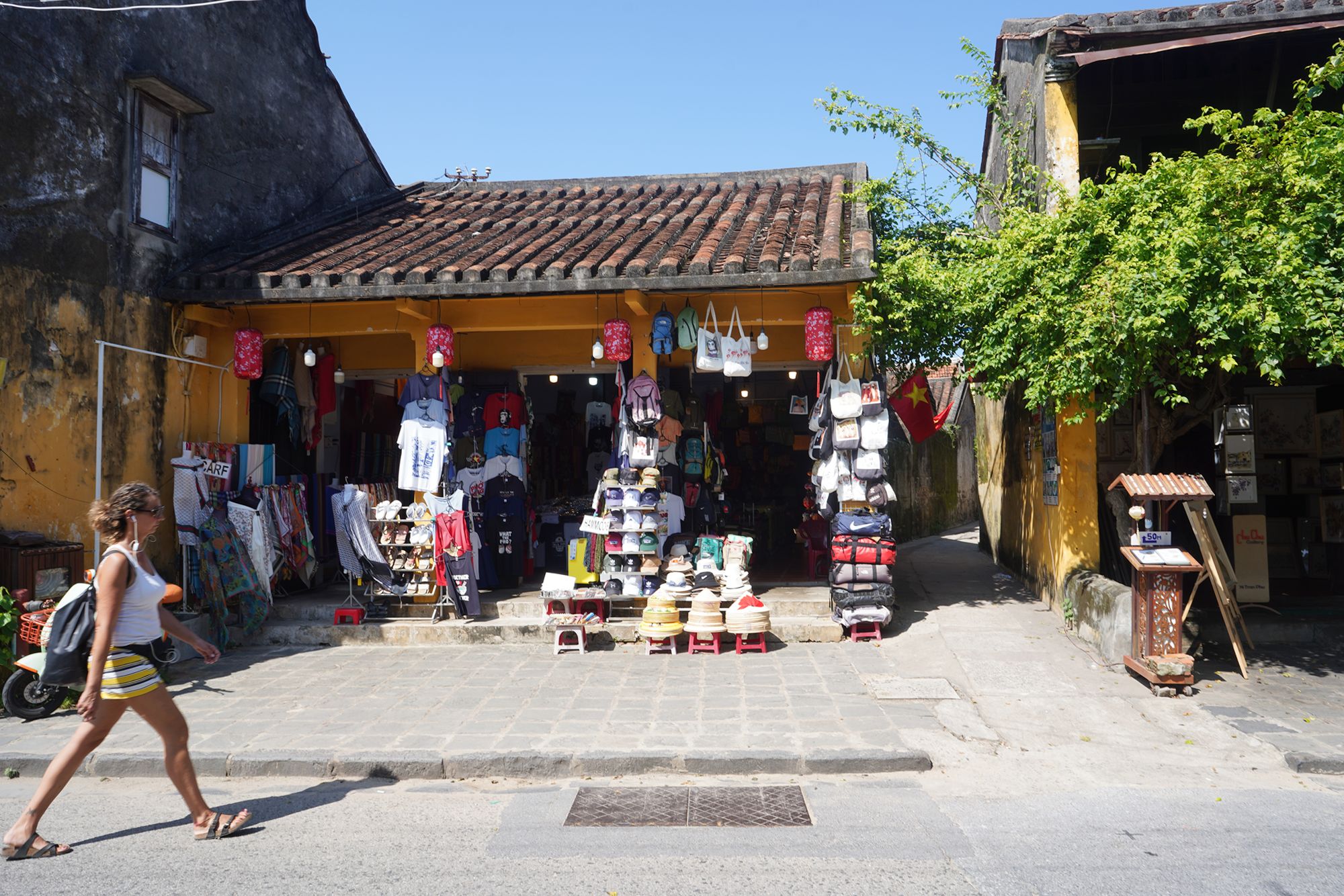
On the narrow street
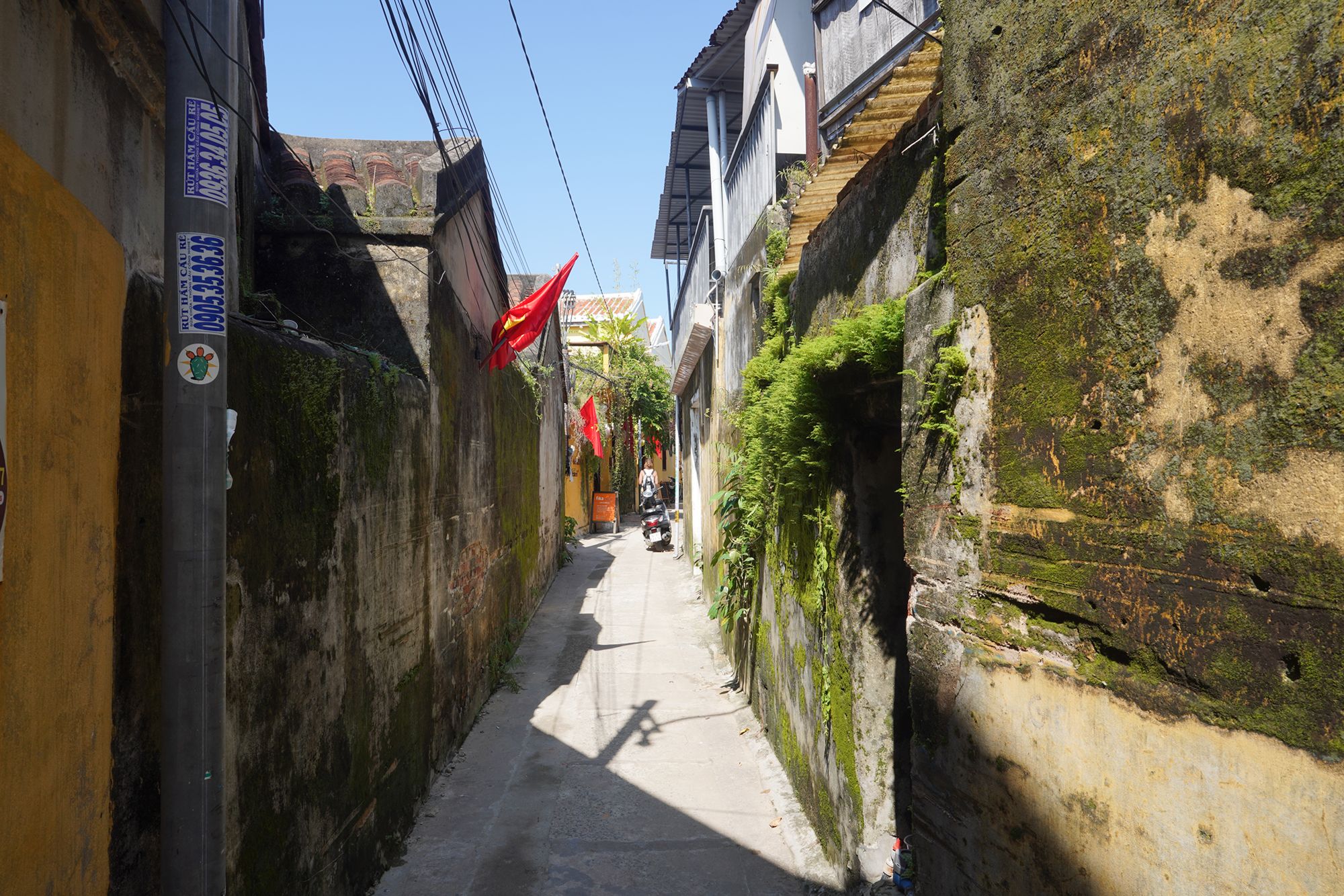
It was a long street
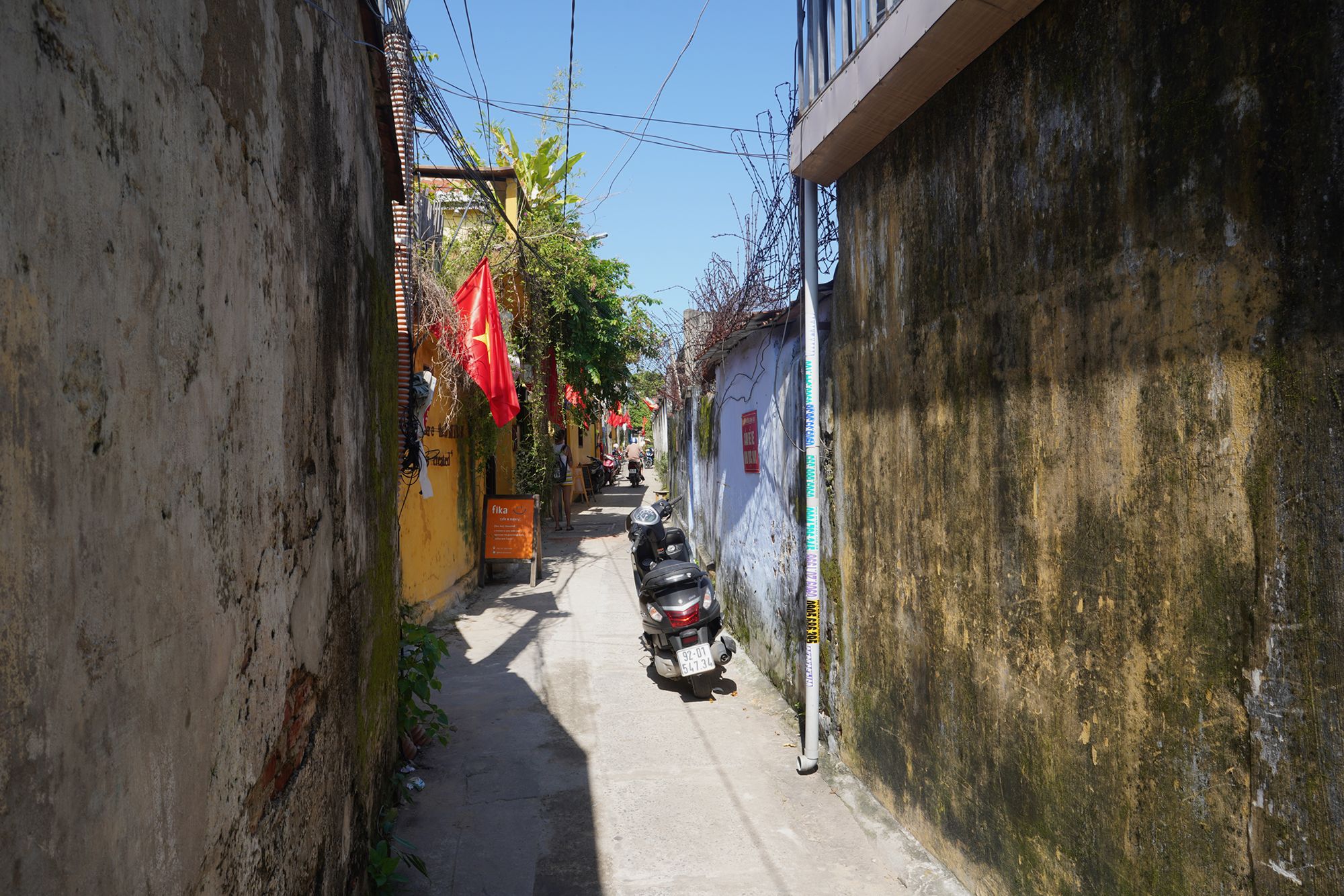
So, I turned around and walked back to where I had started.
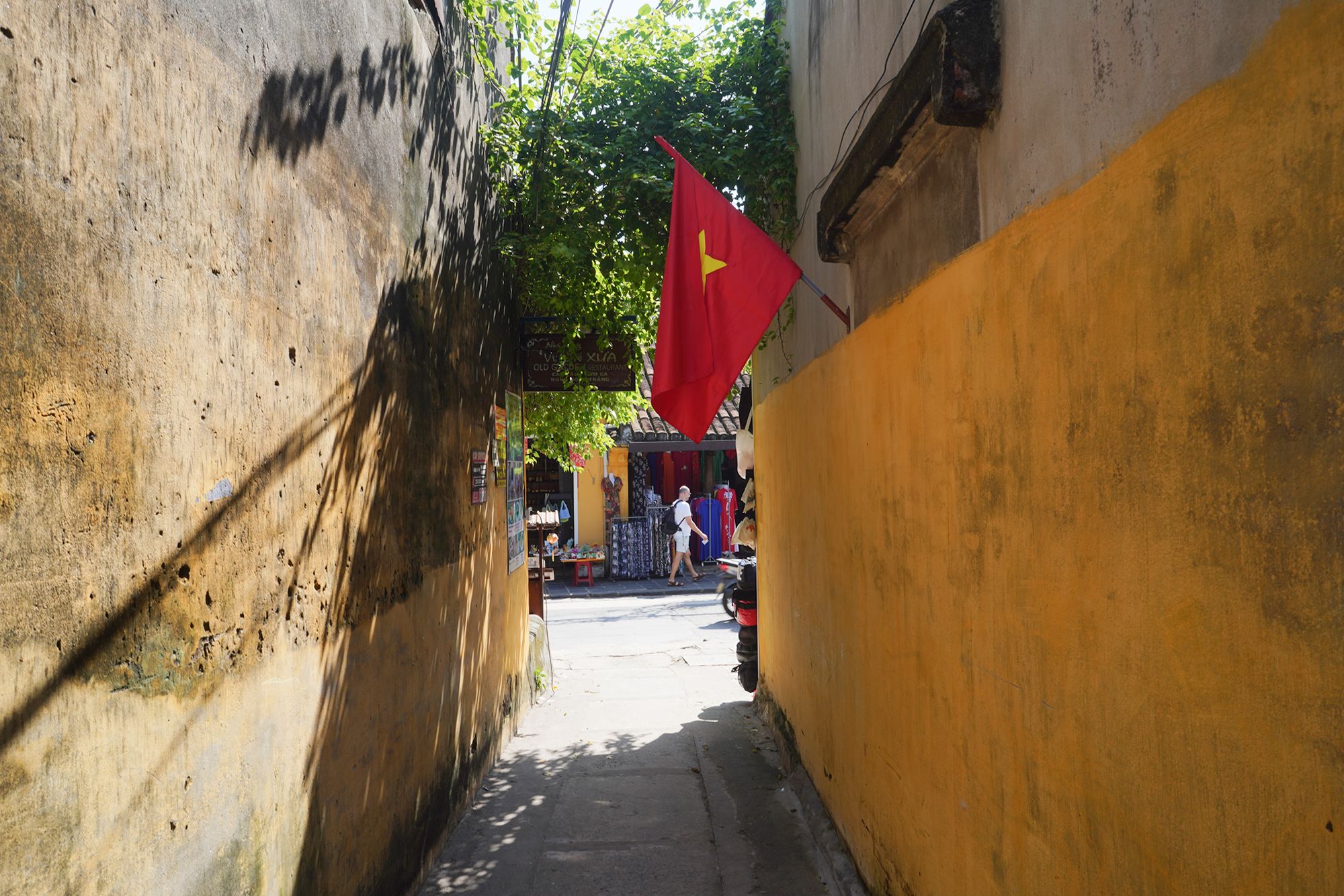
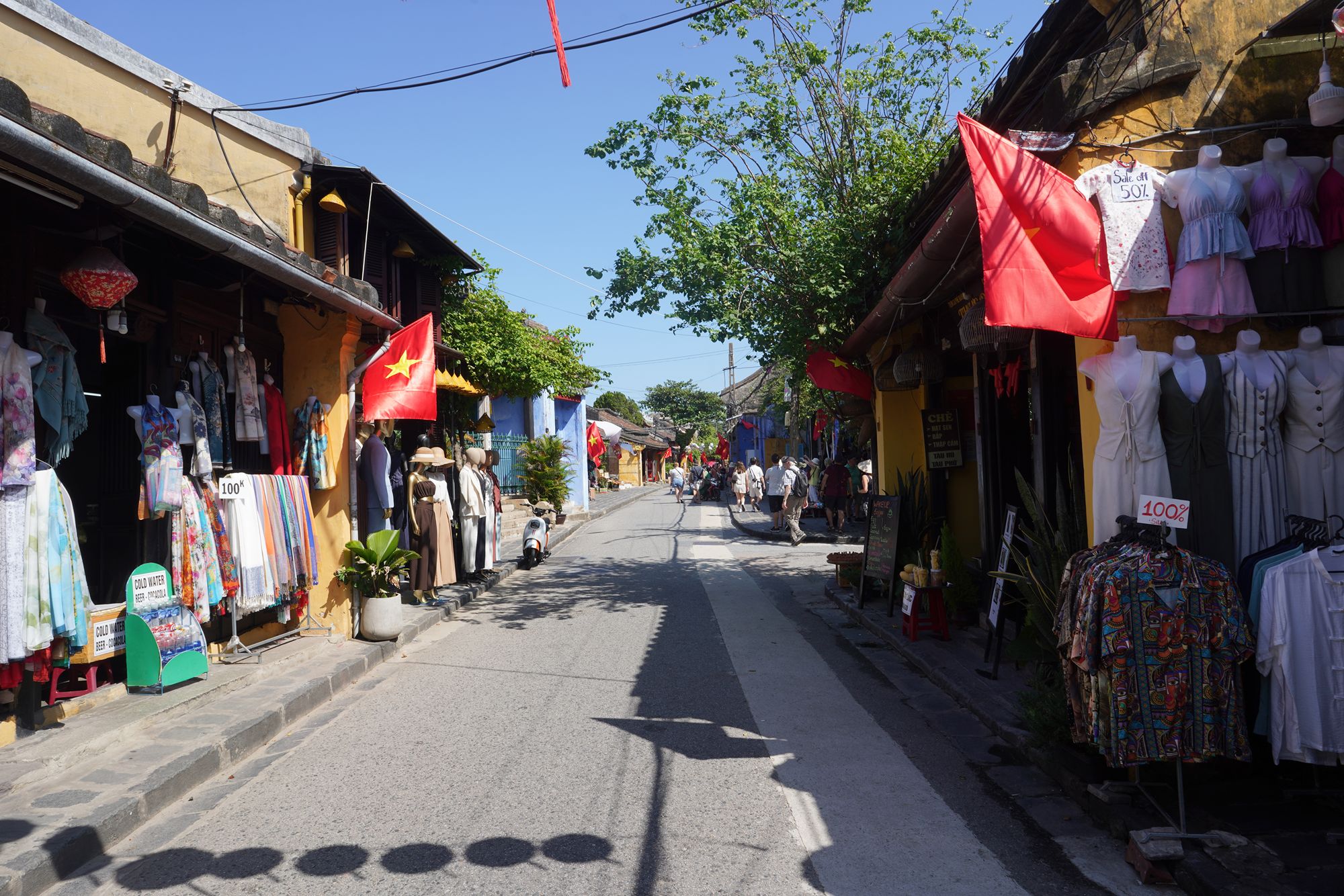
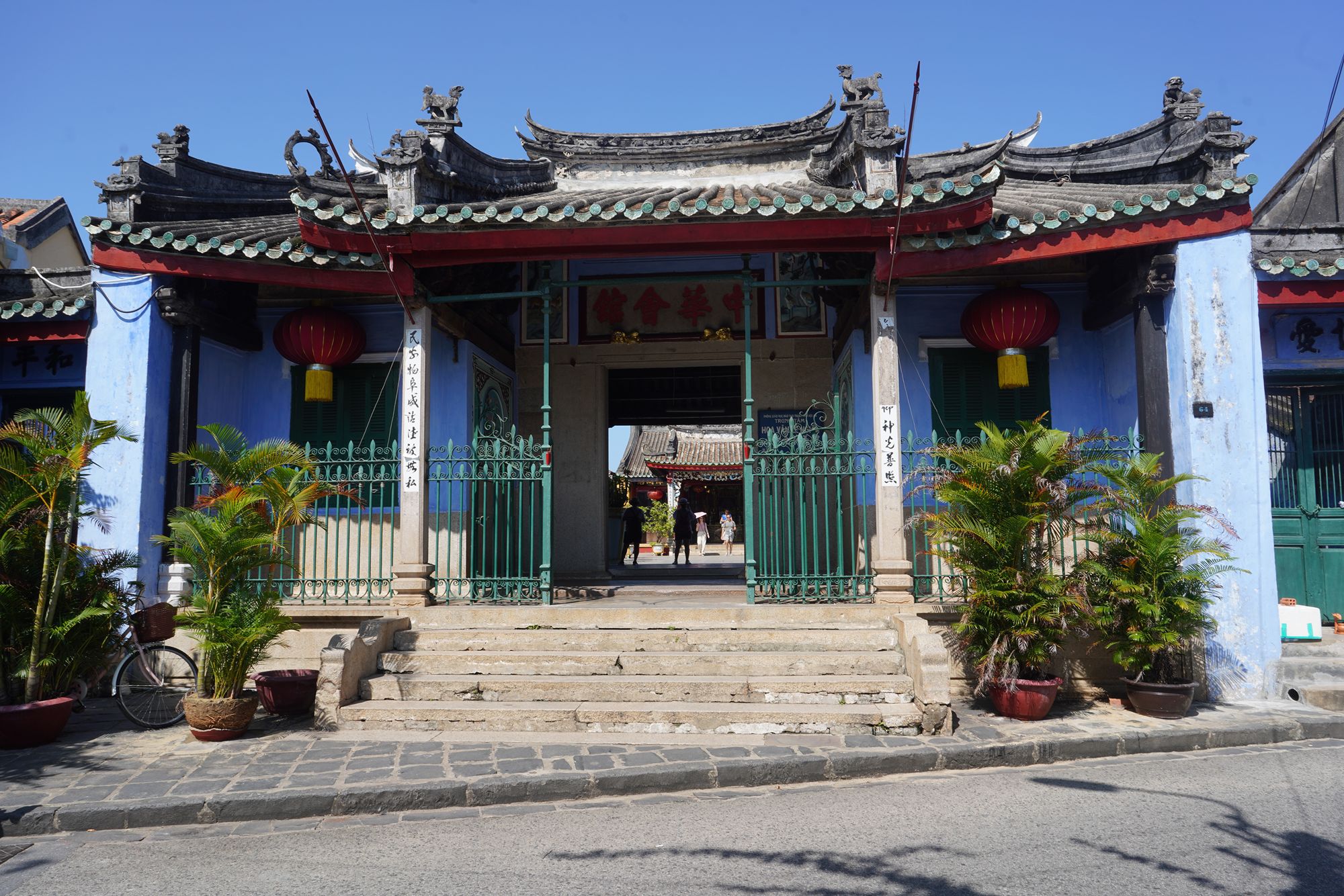
Chinese Assembly Hall of Hoi An. The Chinese Assembly Halls of Hoi An are historical landmarks built by Chinese communities in the 18th and 19th centuries to serve as gathering places for social, cultural, and religious activities.
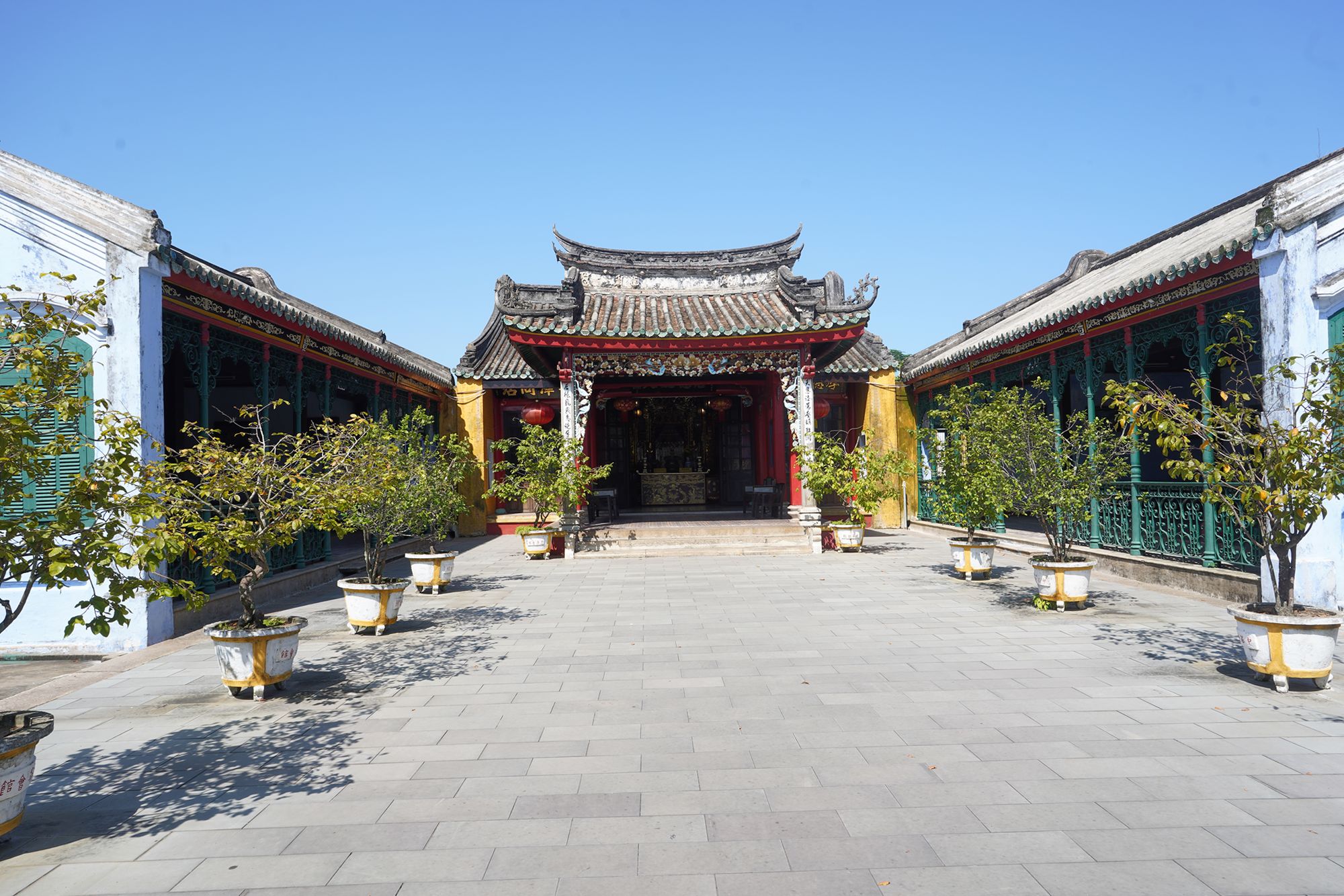
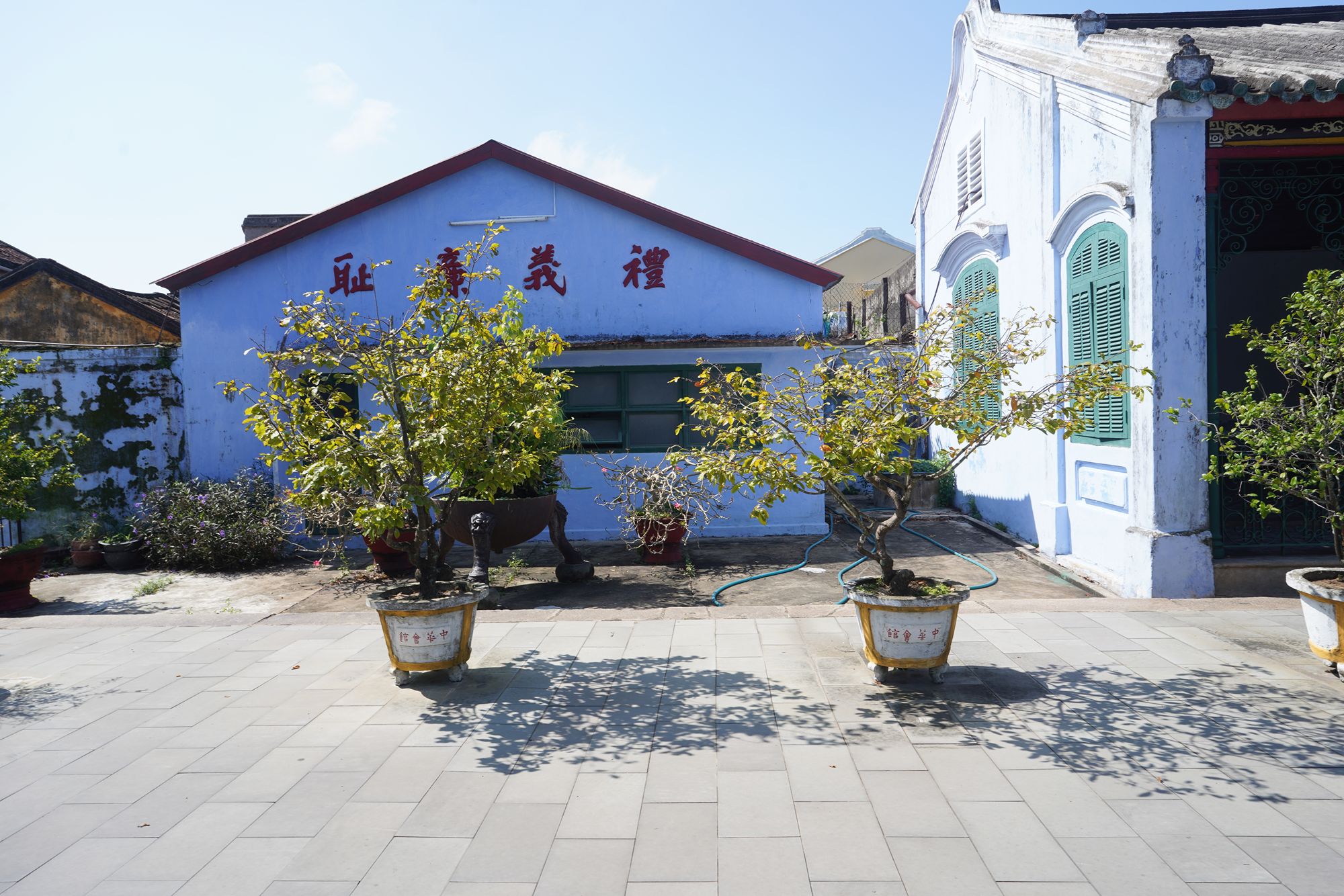
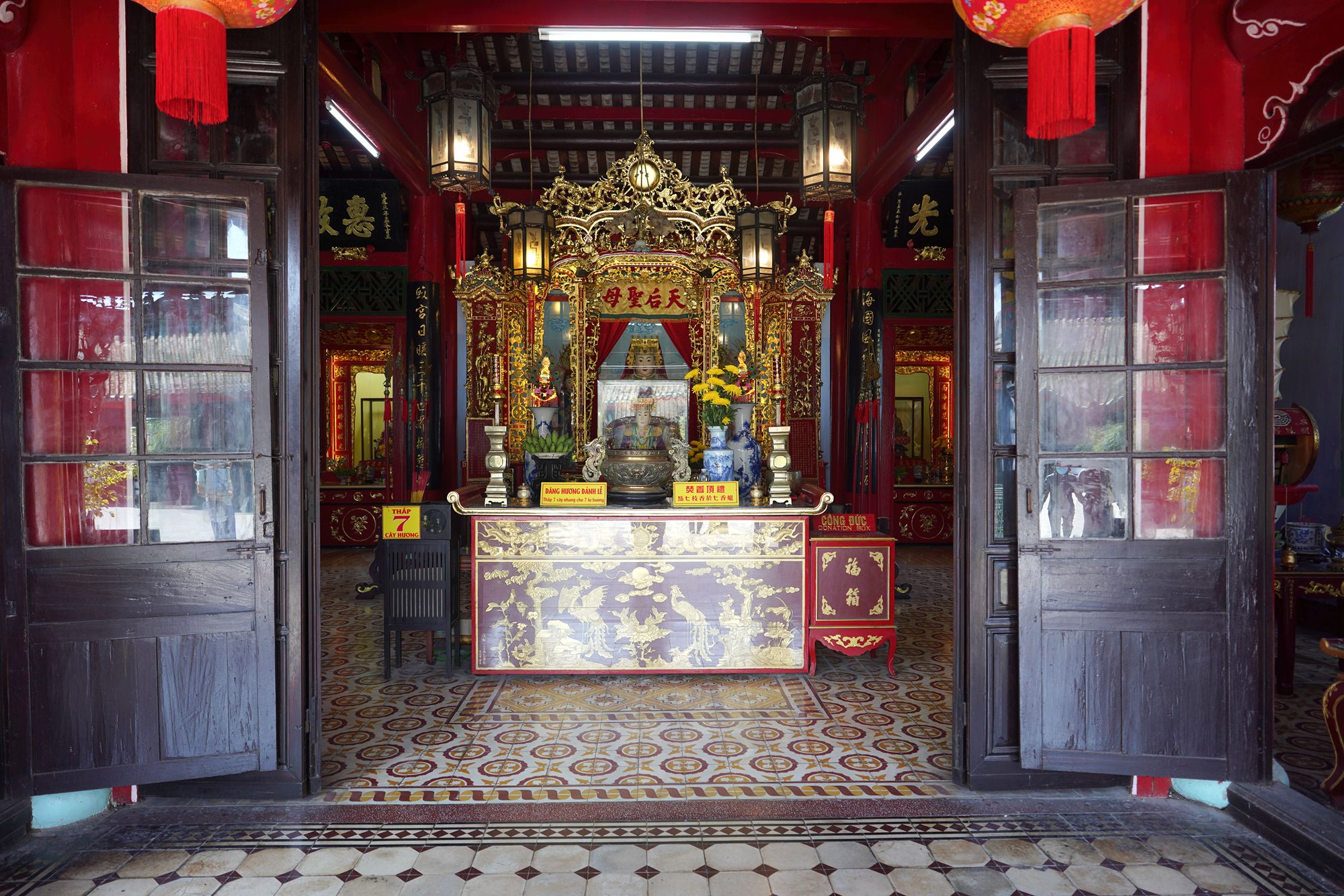
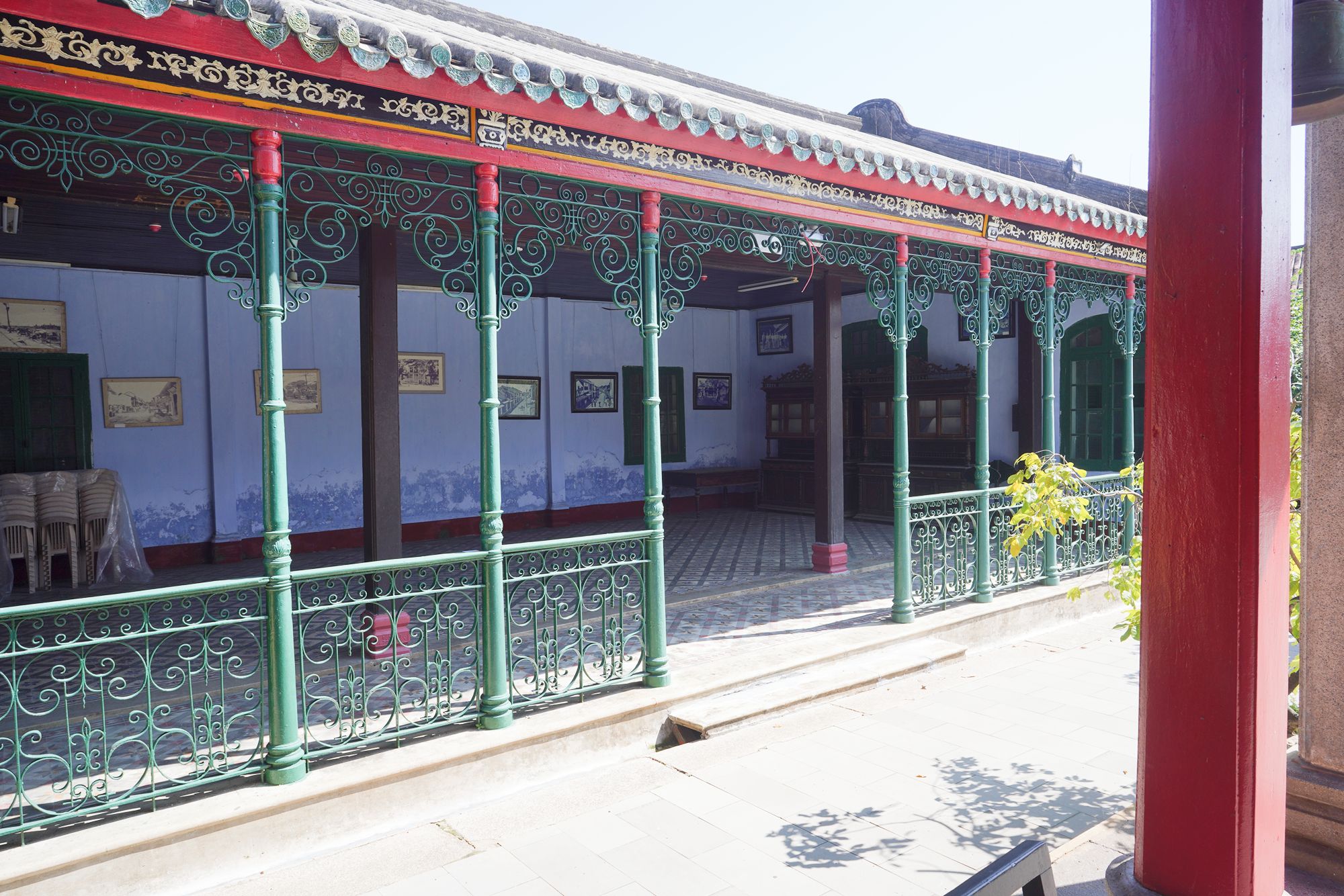
I turned around and looked back at the entrance
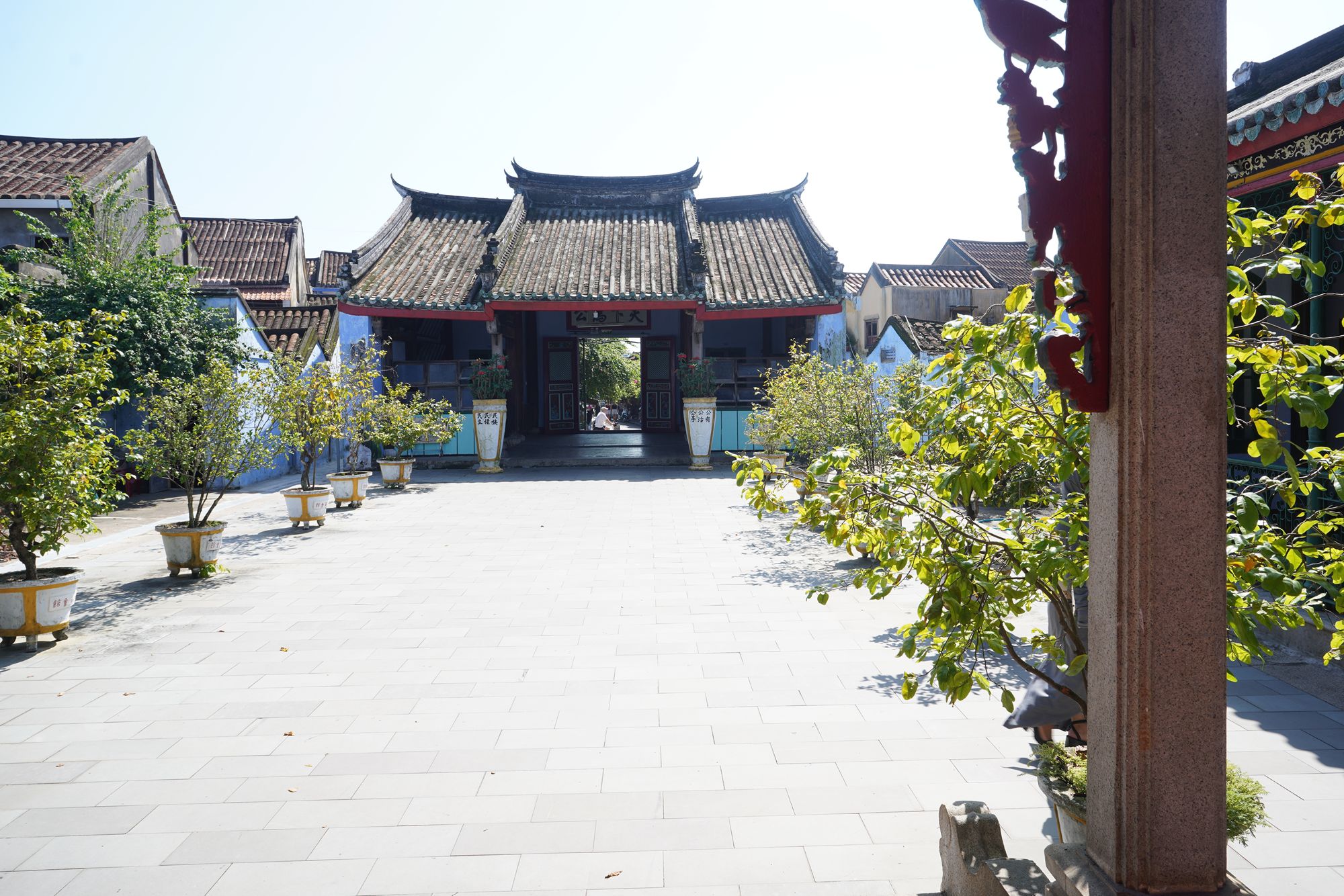
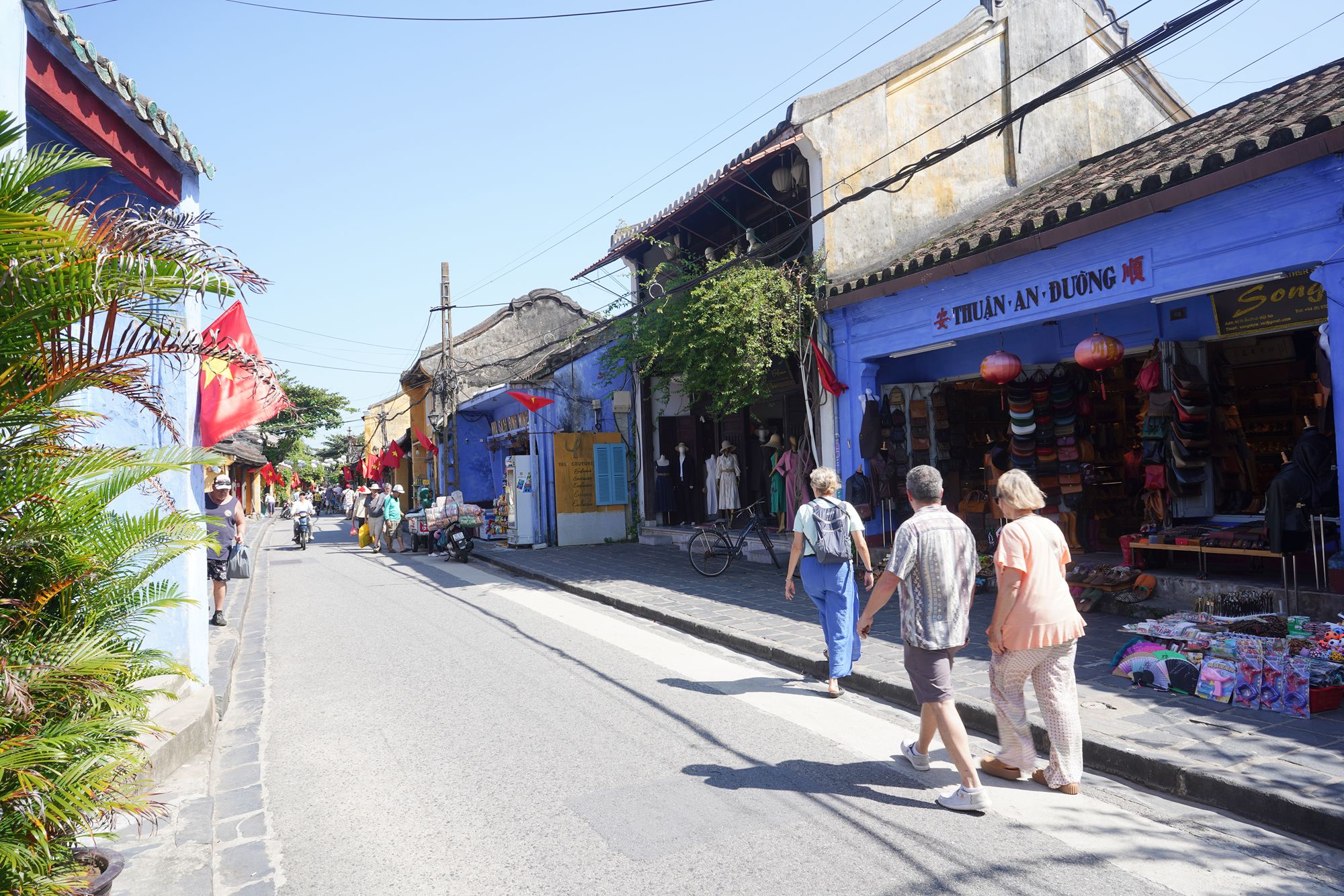
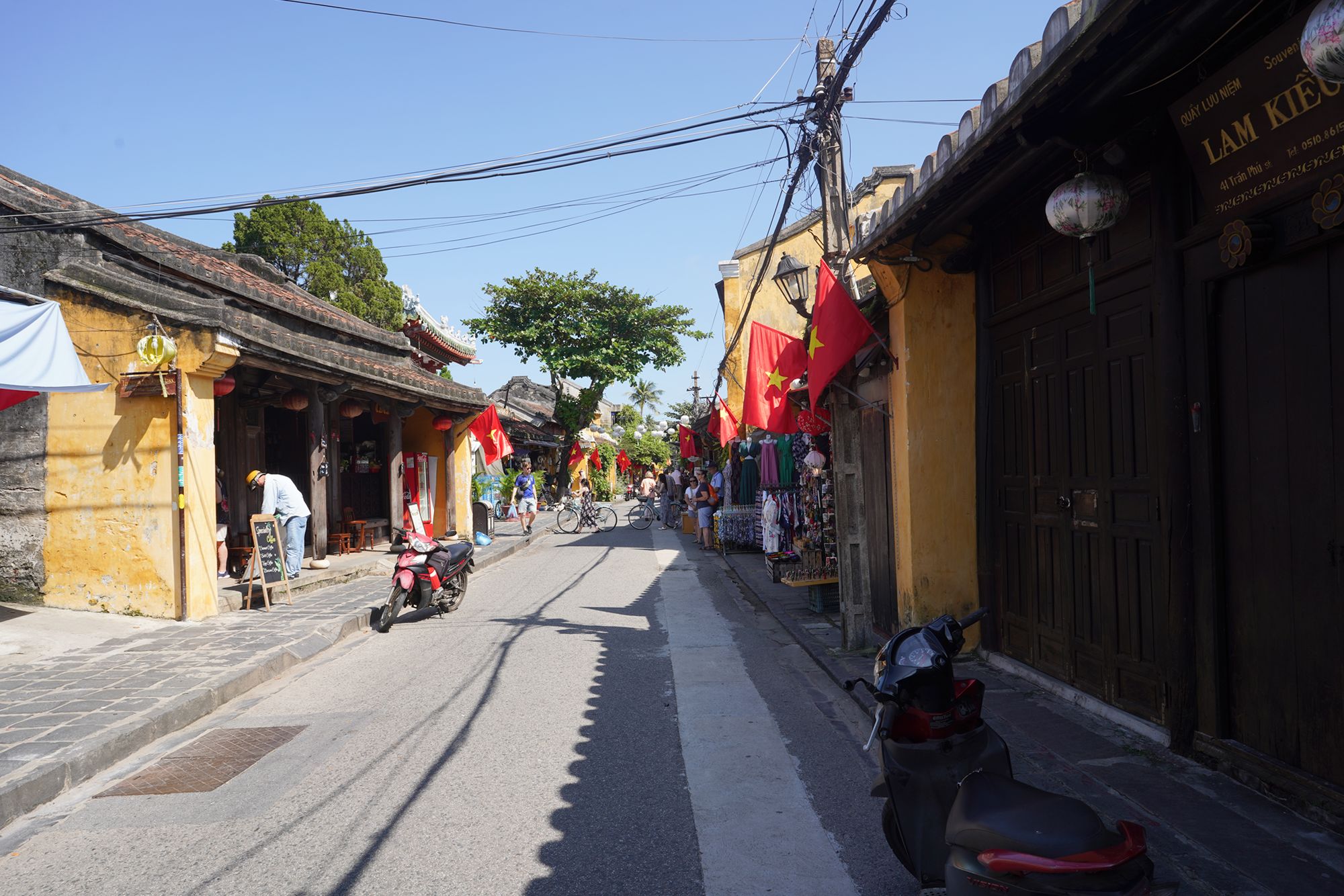
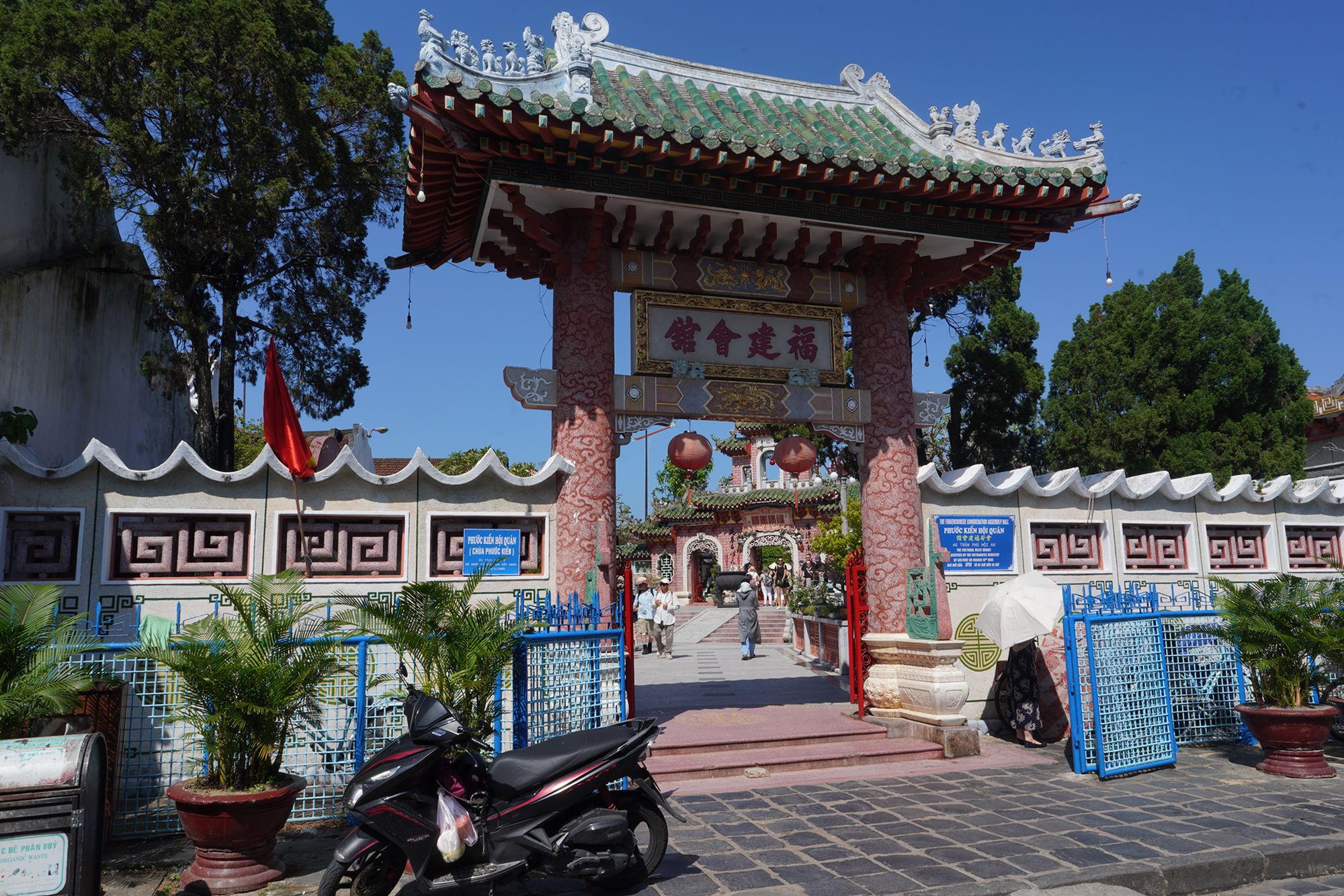
Quan Cong Temple
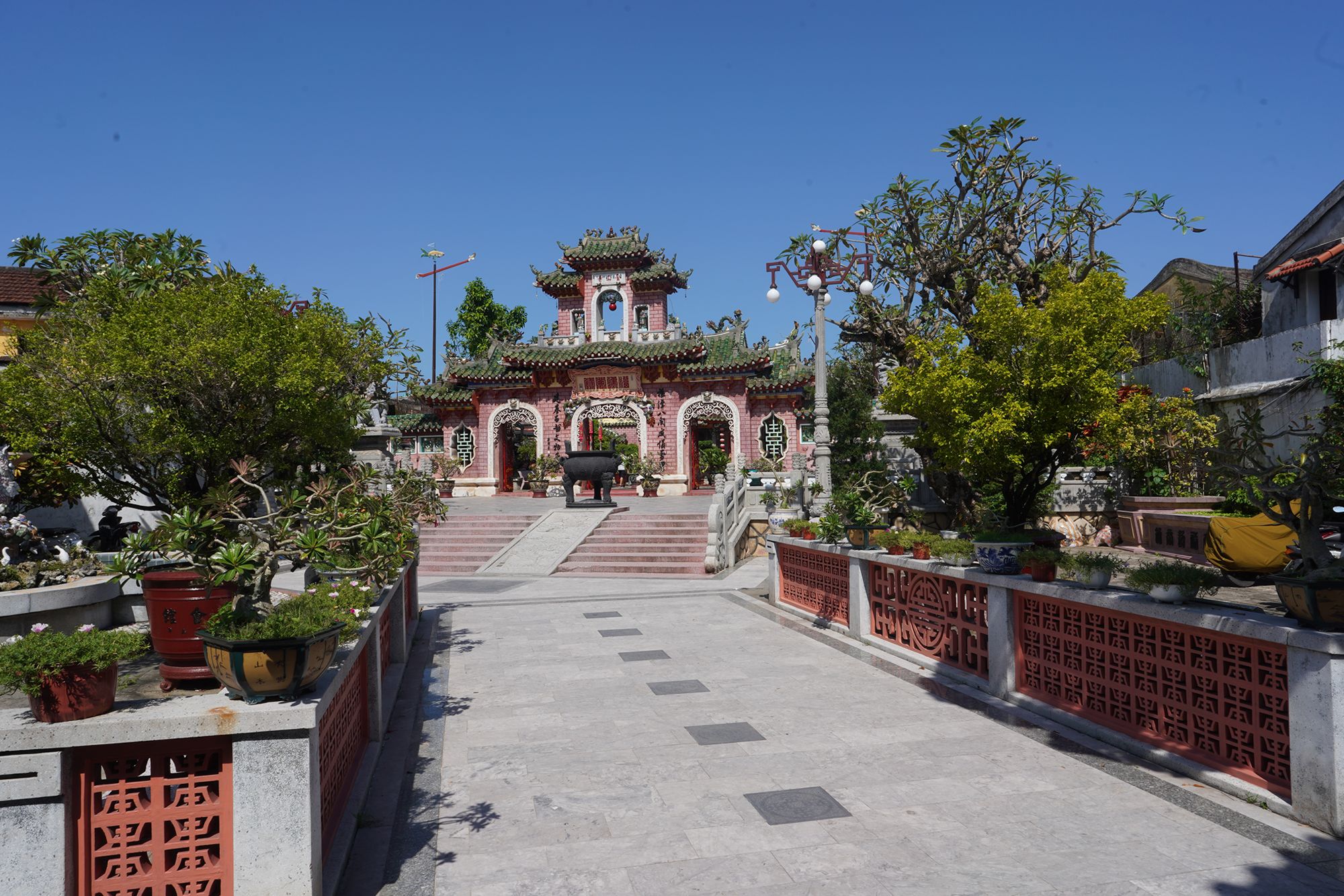
Quan Cong Temple, located in Hoi An Ancient Town, is a historic and revered temple dedicated to Quan Cong, a prominent Chinese general from the Three Kingdoms period, known for his loyalty, integrity, and valor. Built in 1653, the temple serves as both a place of worship and a symbol of moral values and respect for honorable virtues.
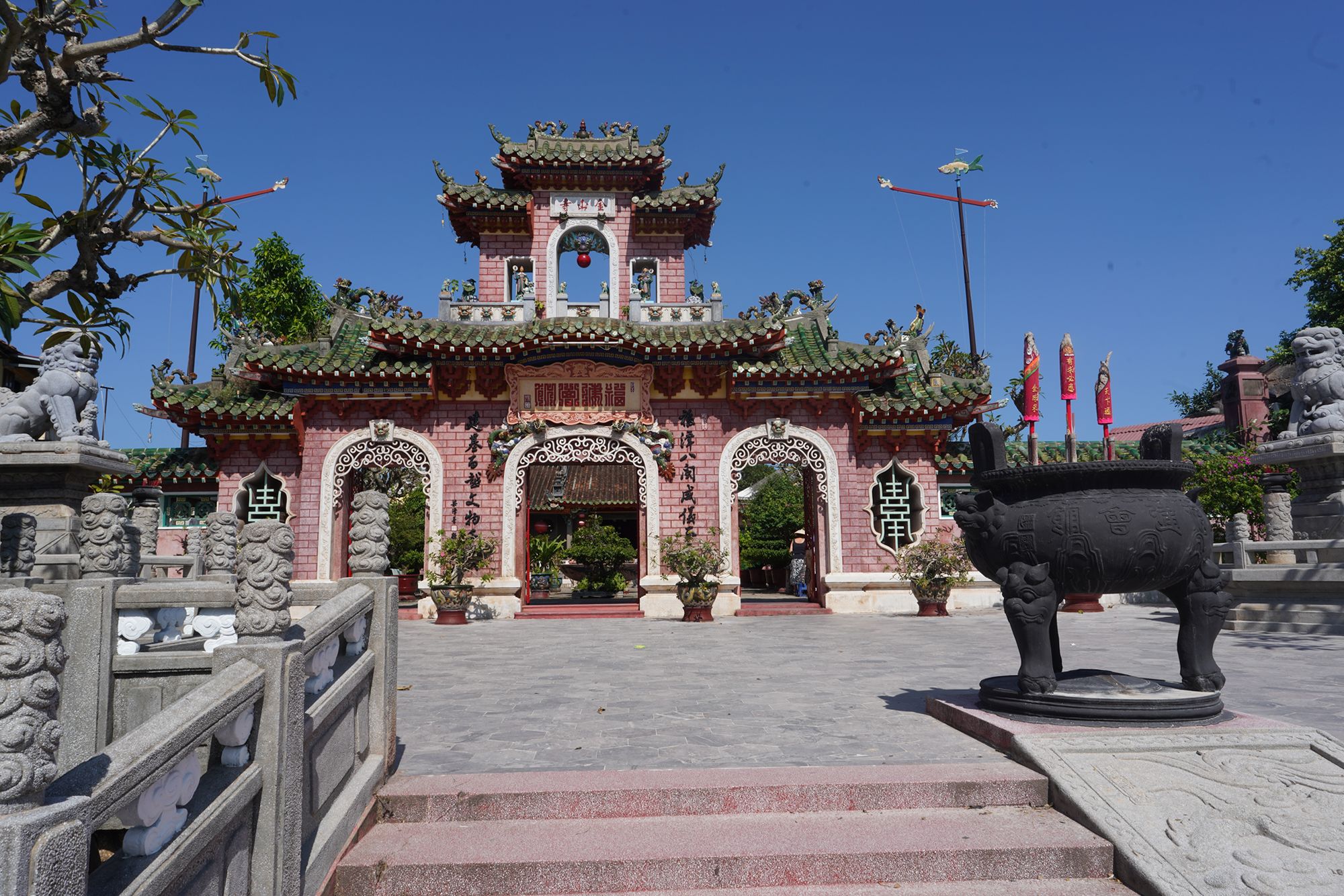
Back side
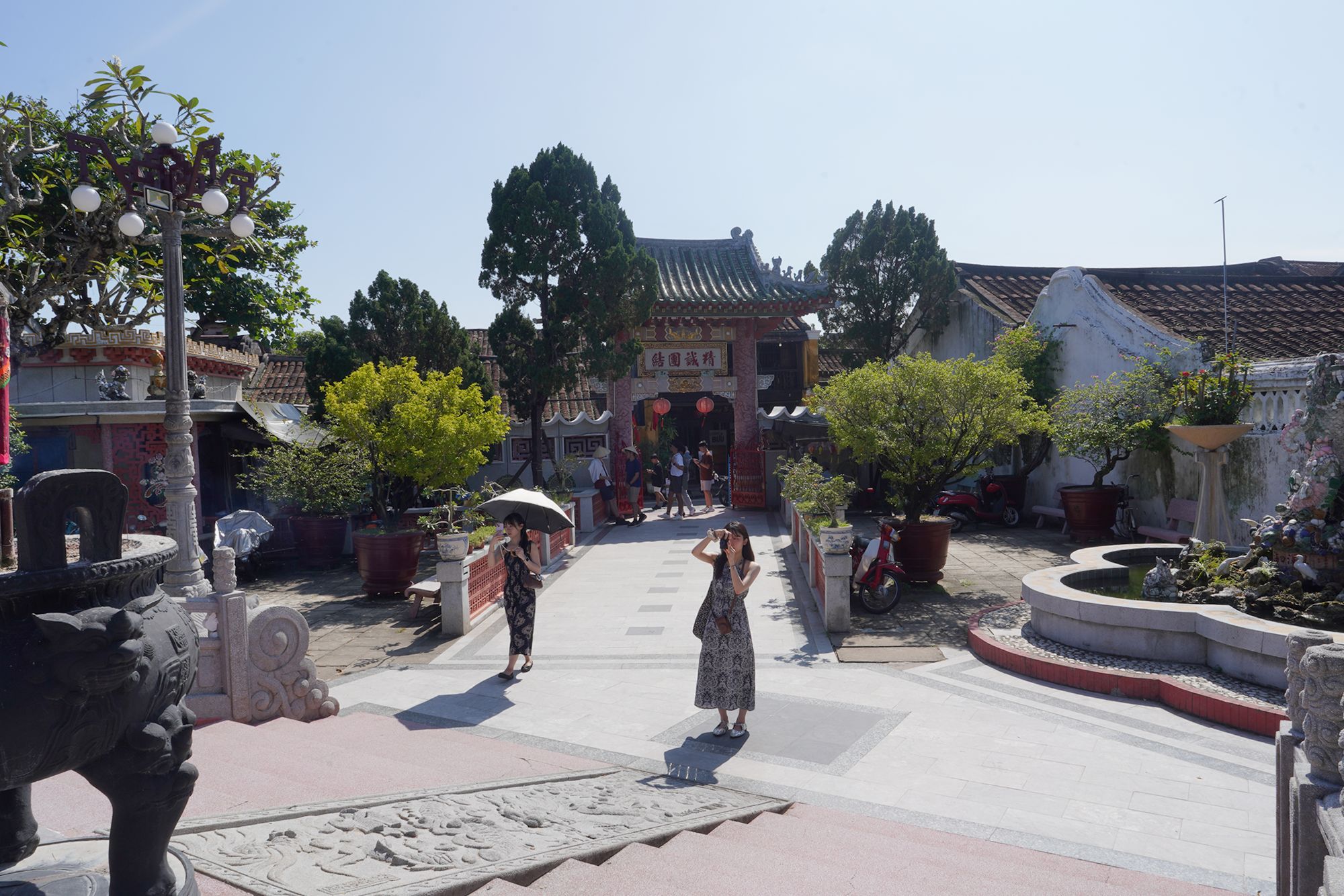
The temple reflects traditional Chinese design, with a grand entrance adorned with intricate carvings, vibrant red and gold accents, and calligraphic inscriptions.
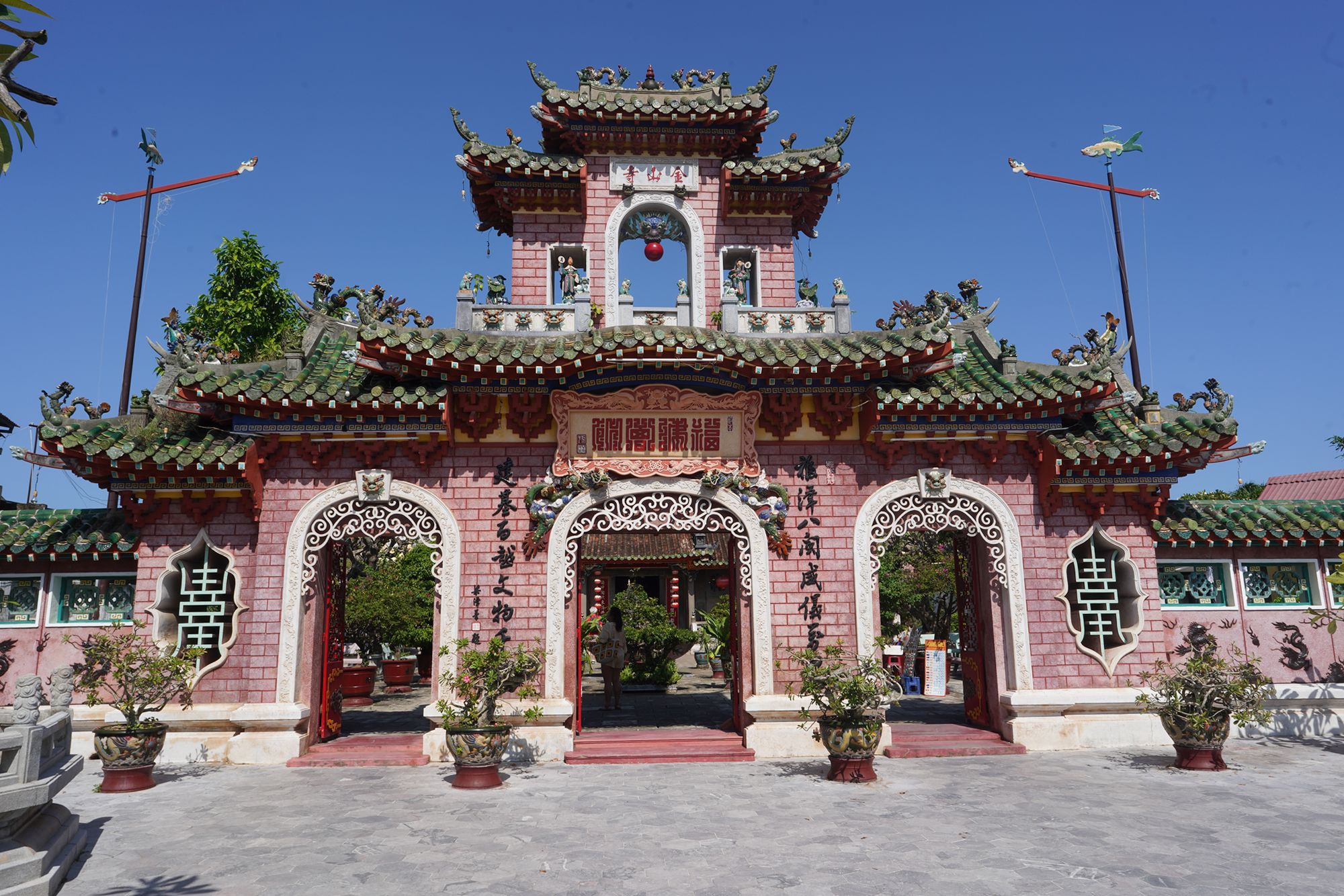
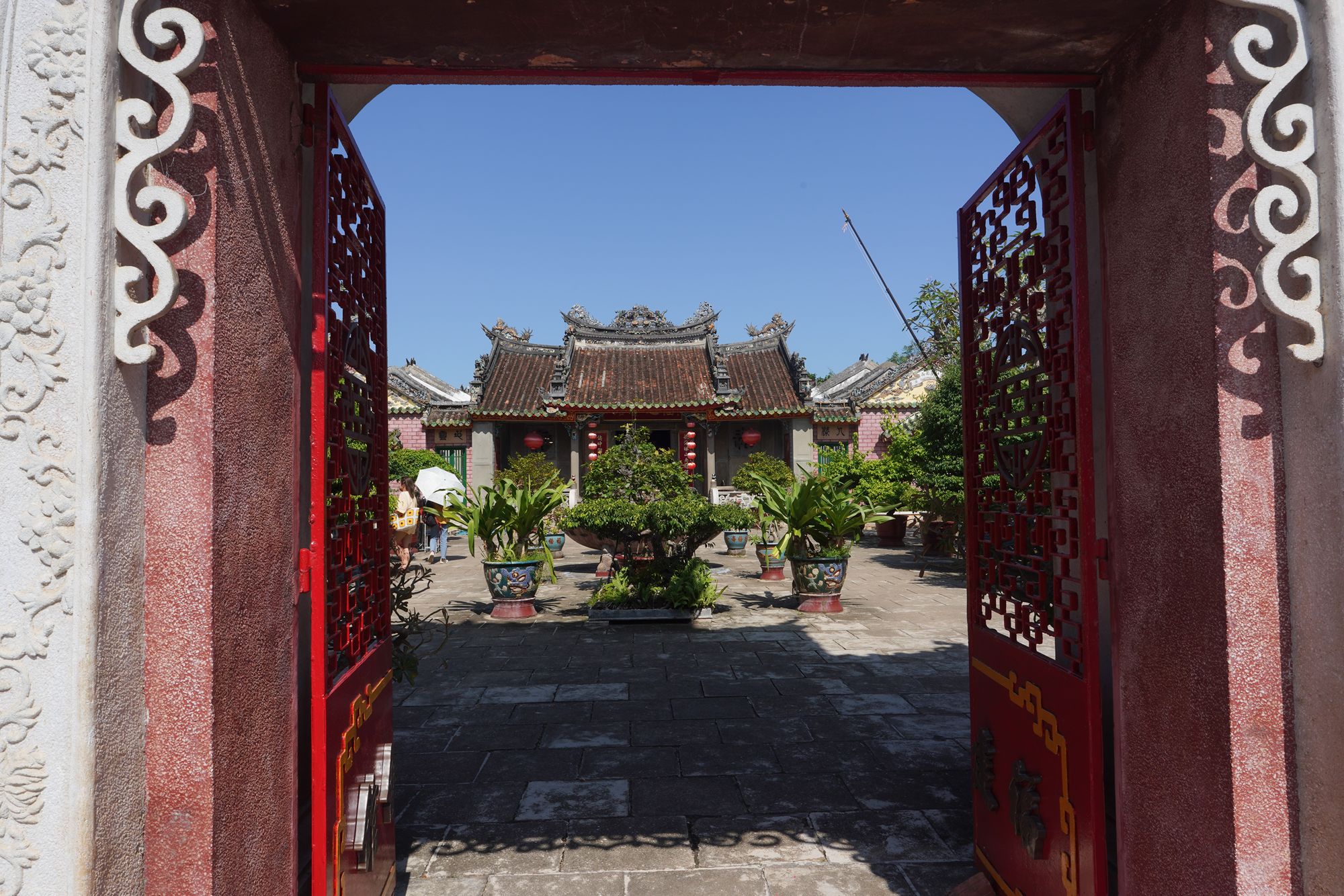
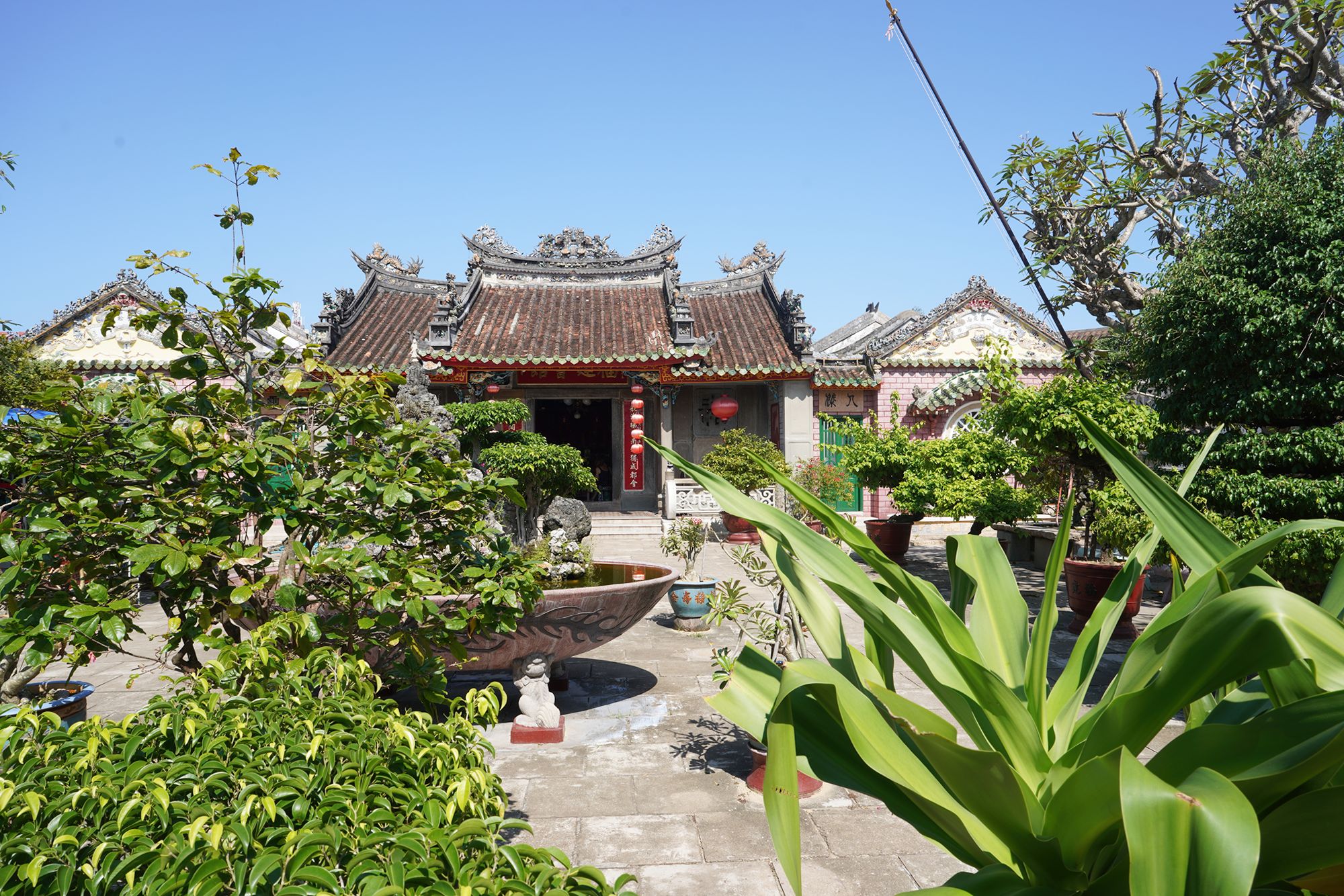
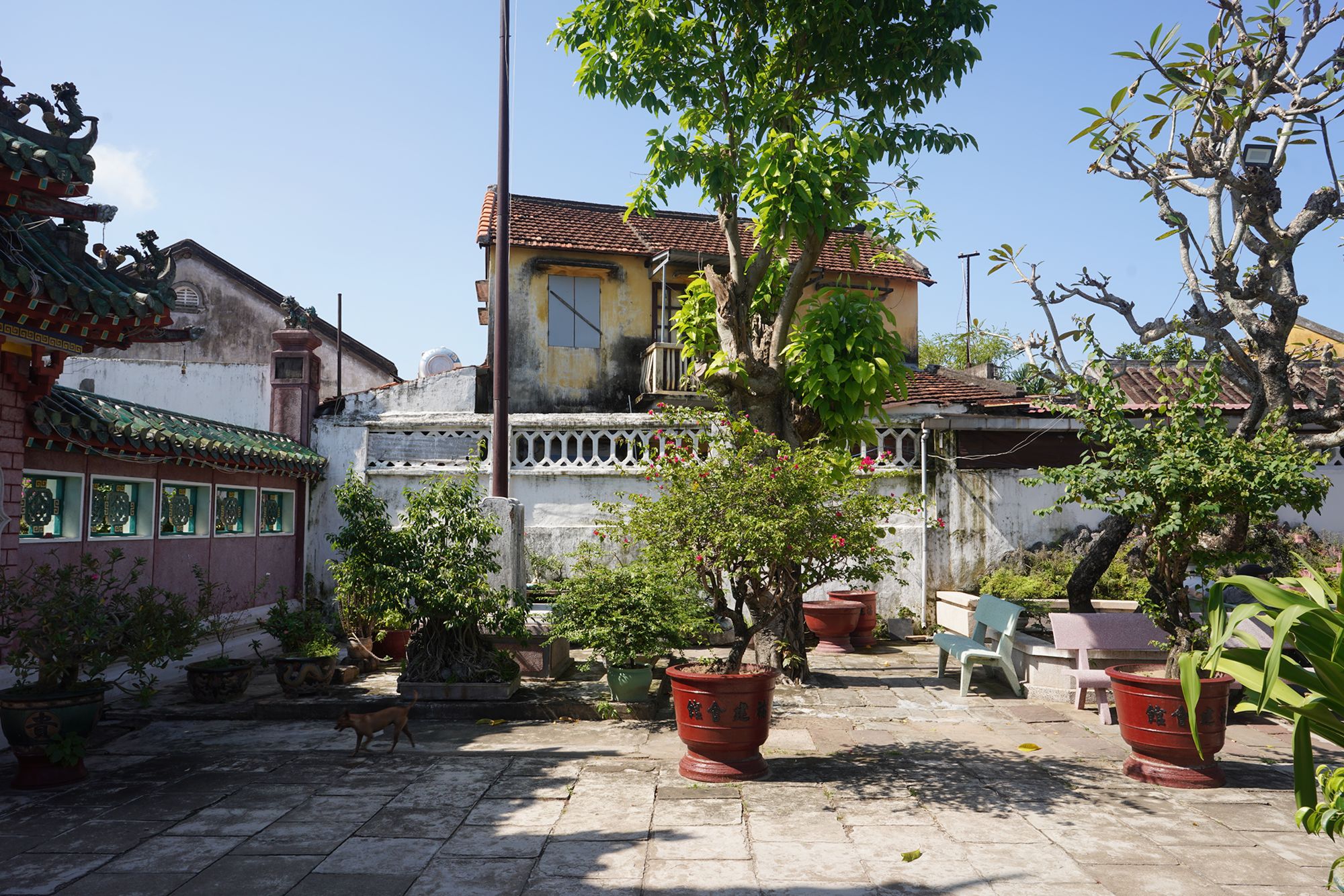
Quan Cong is venerated as a symbol of loyalty, righteousness, and justice, qualities highly respected in both Chinese and Vietnamese cultures.
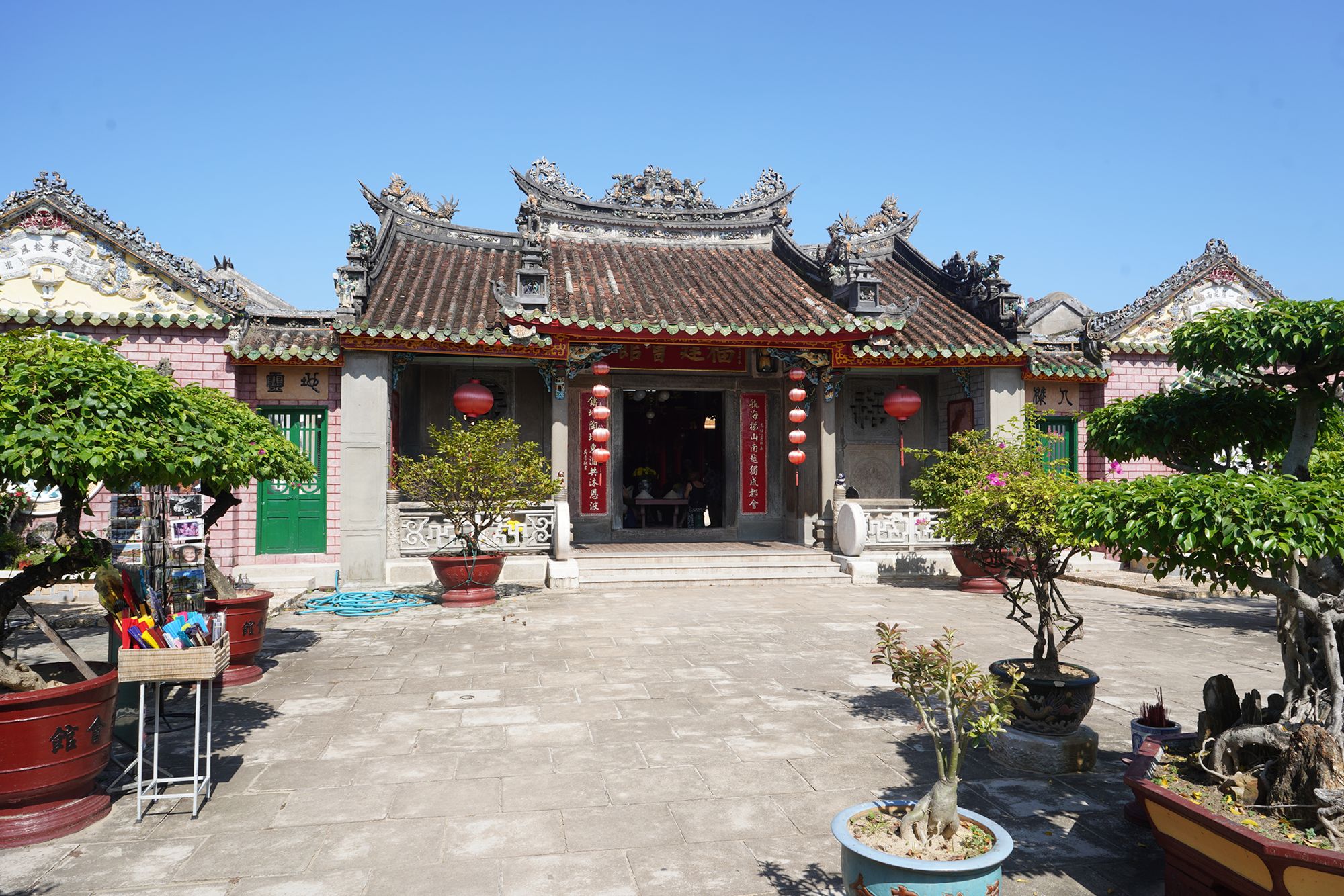
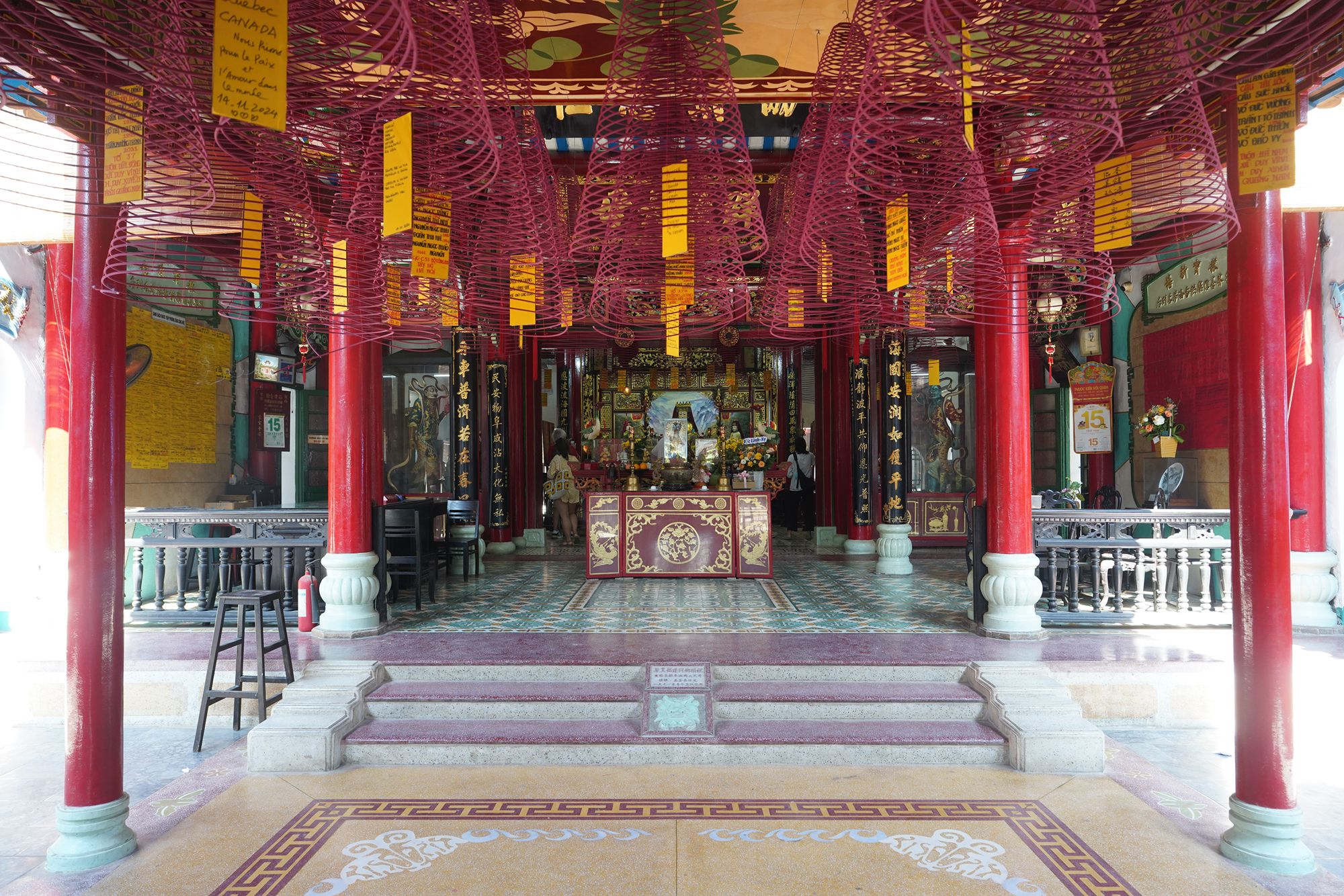
The temple also honors other deities and spirits, creating a sacred and tranquil environment for prayer and reflection.
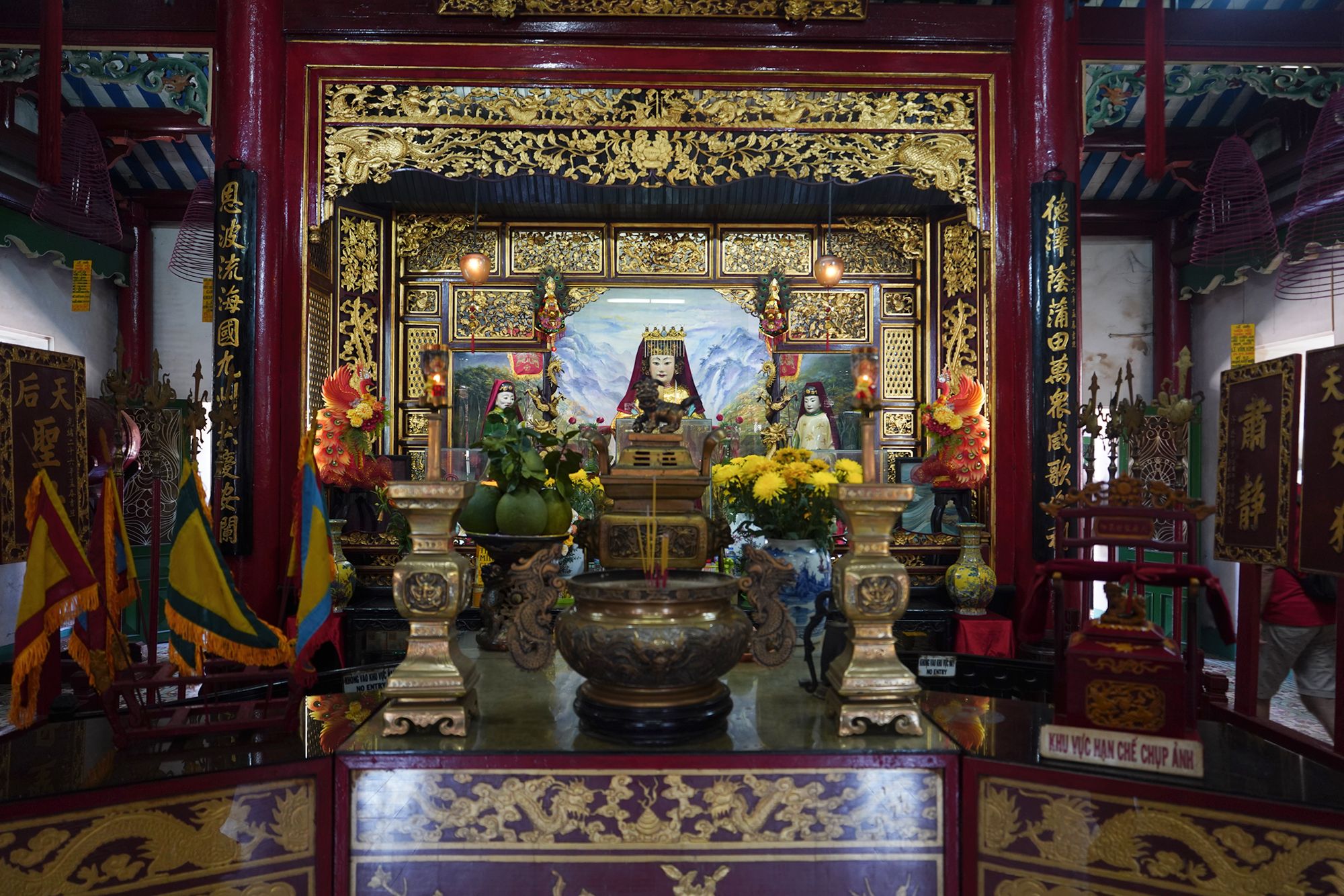
More building at the back
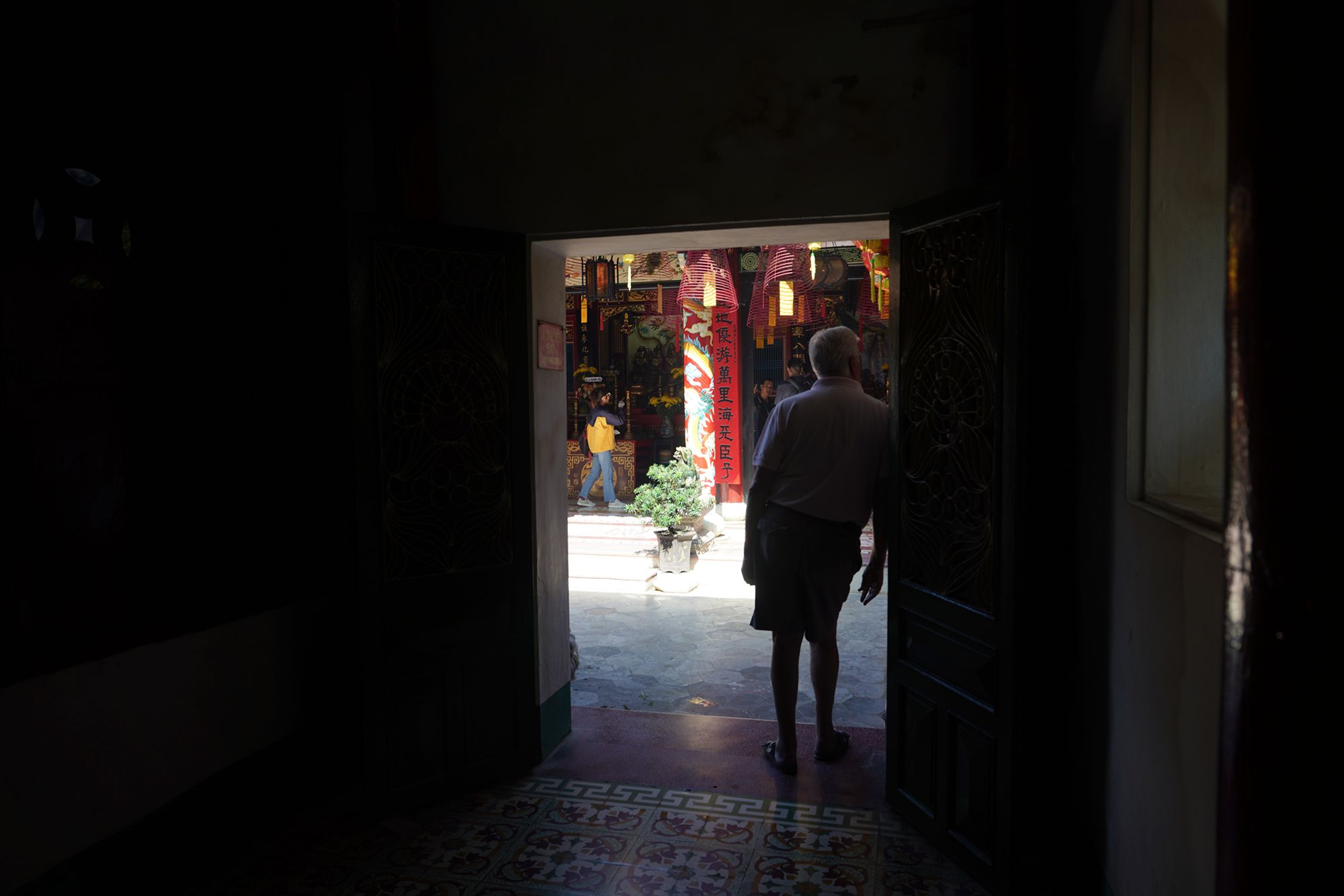
Over centuries, the temple has served as a place where merchants and locals pray for protection, prosperity, and moral guidance.
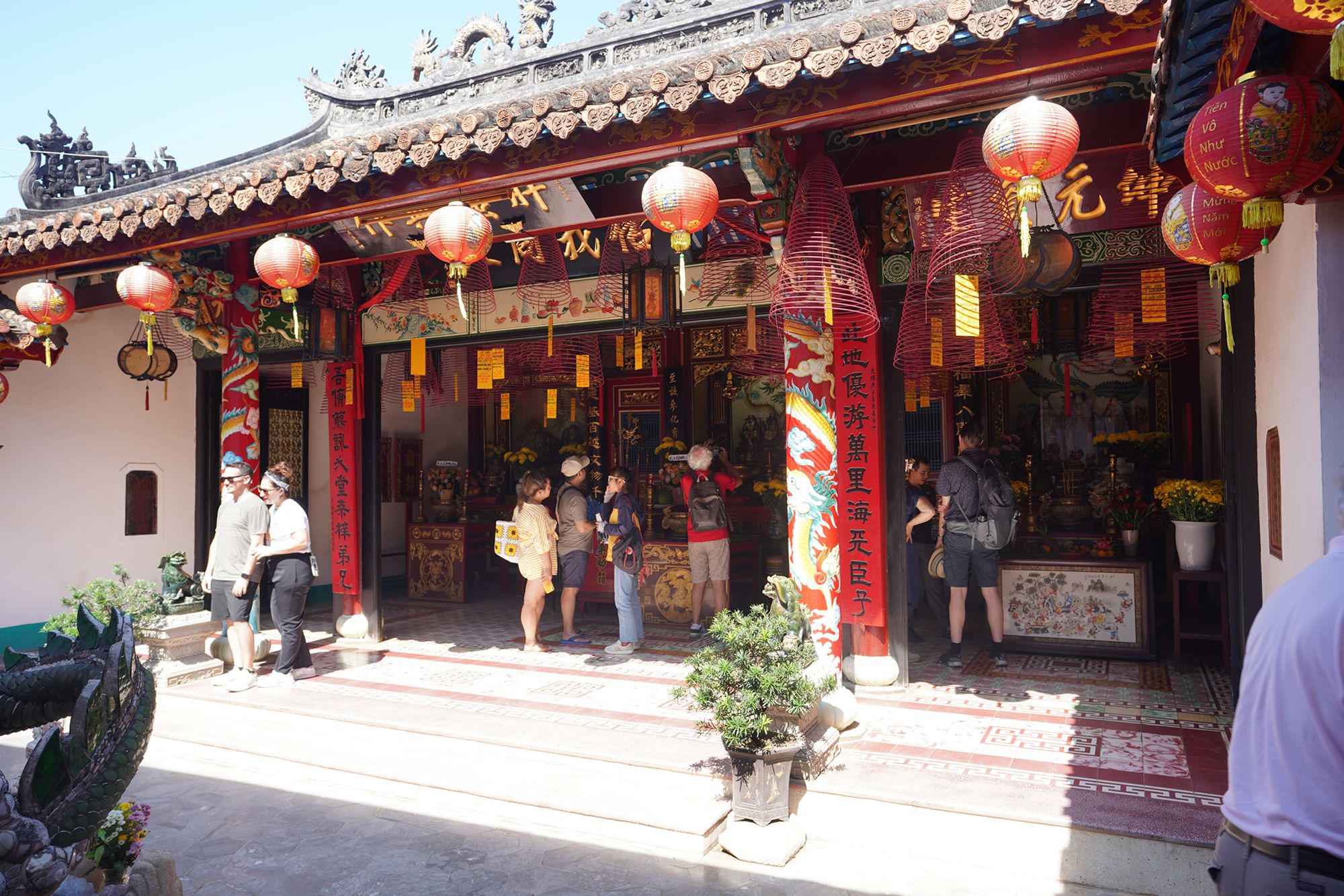
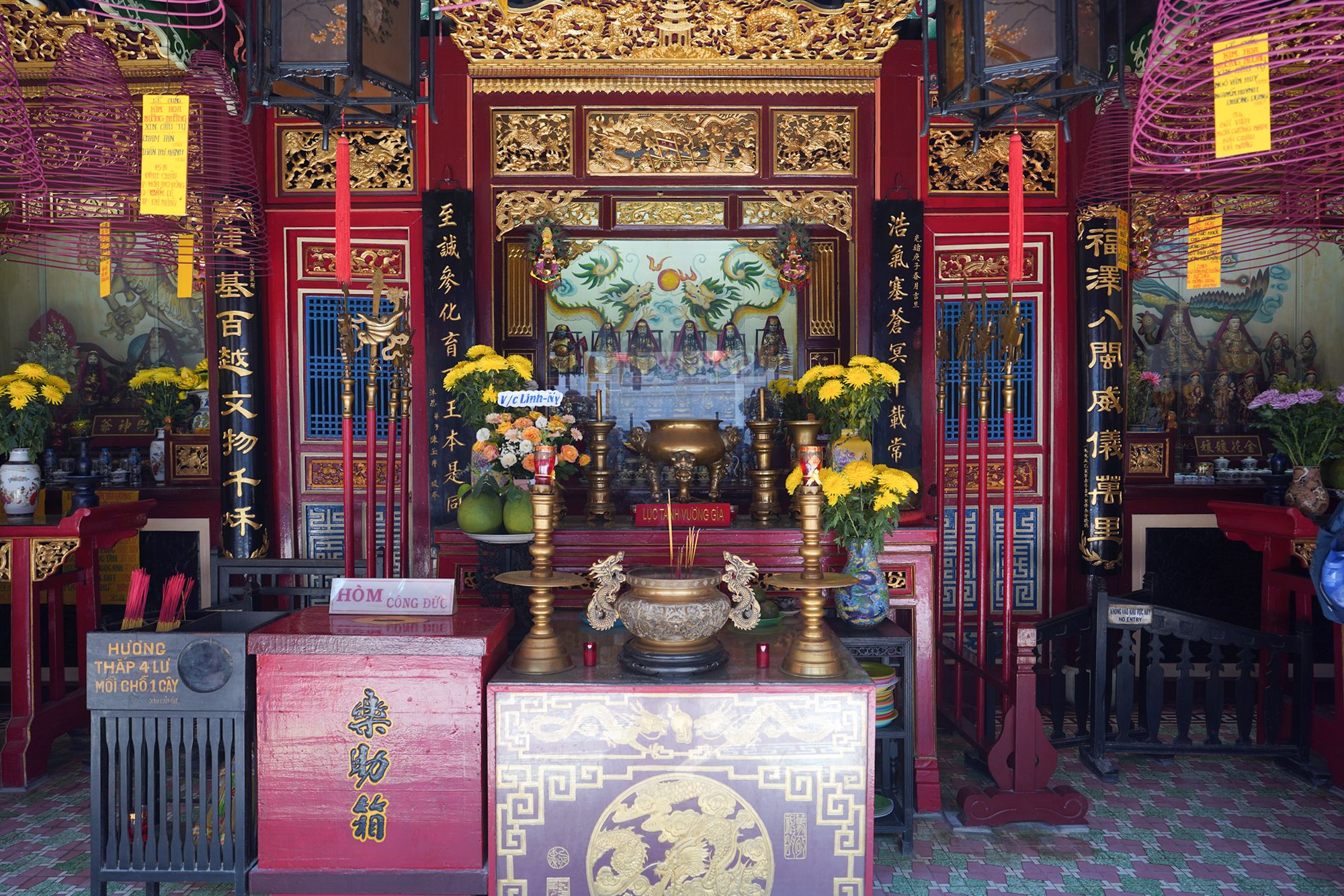
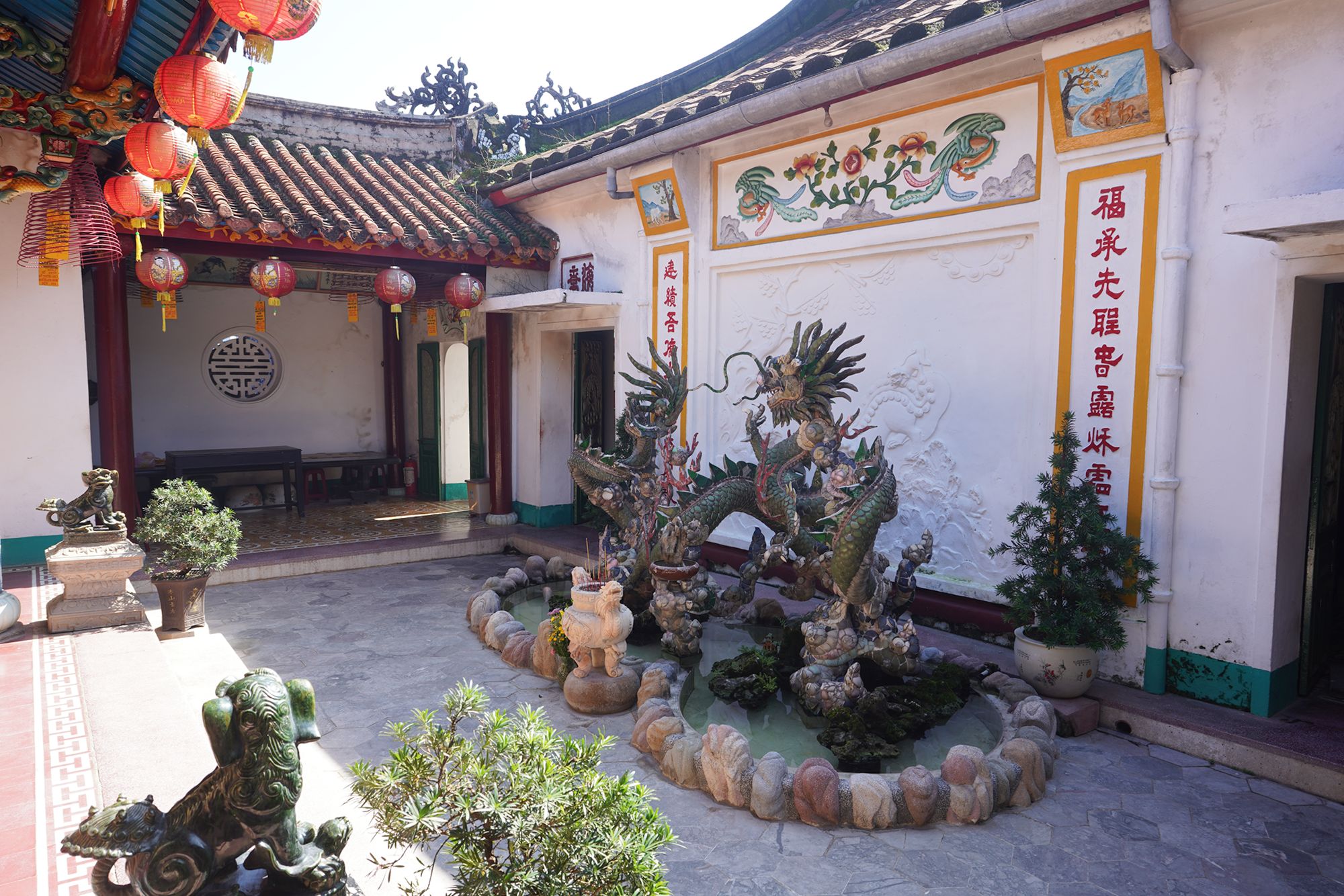
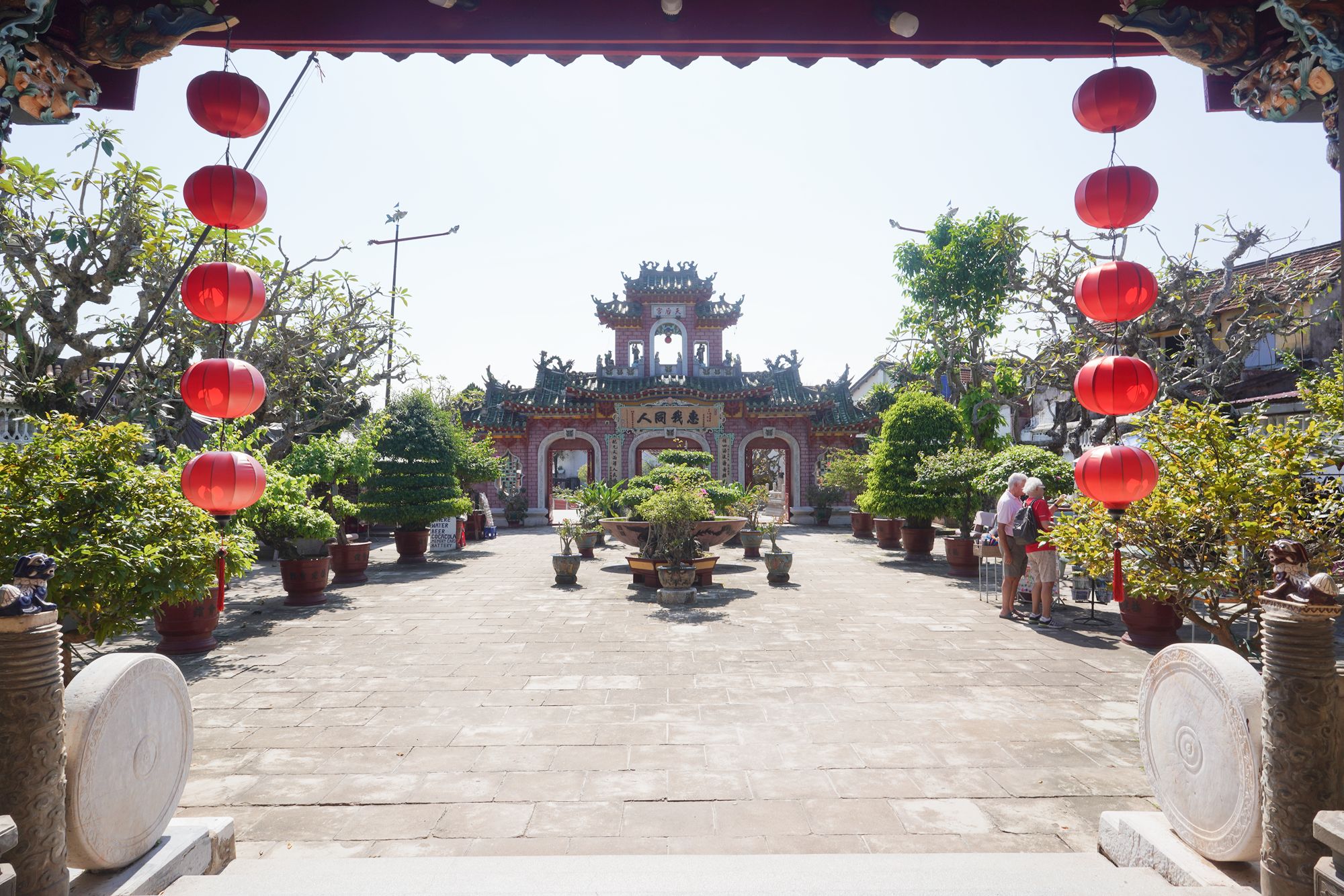
Leaving the temple
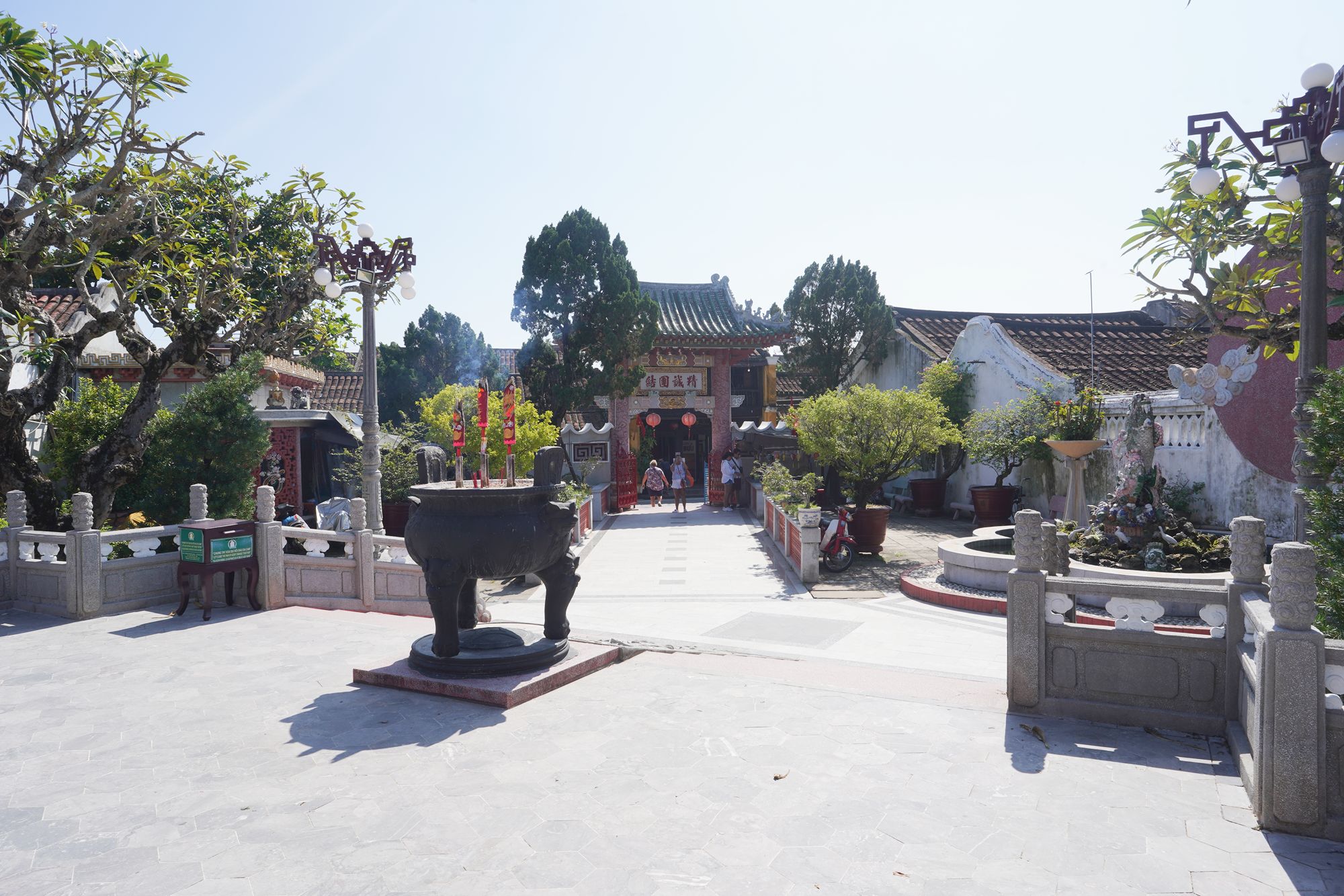
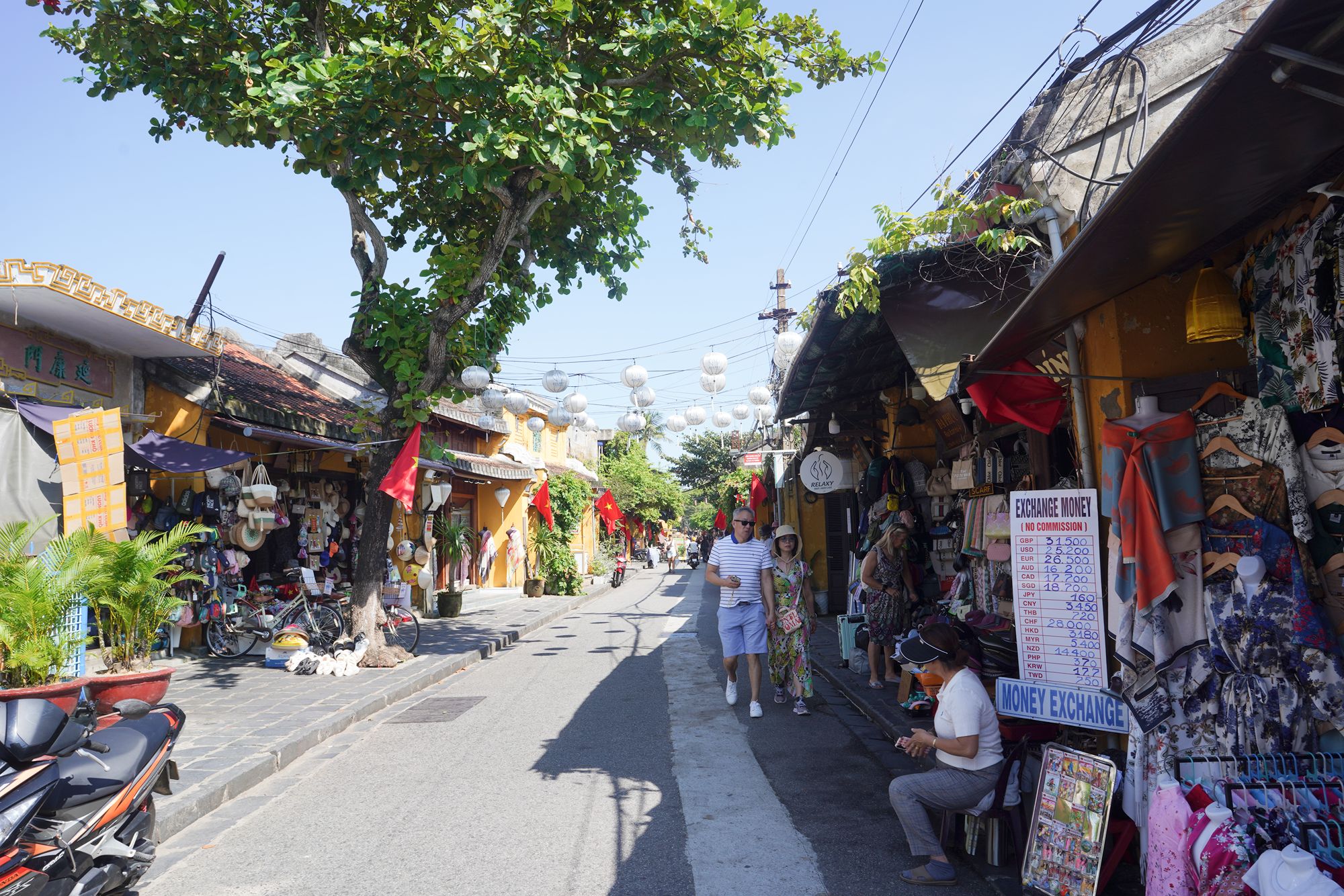
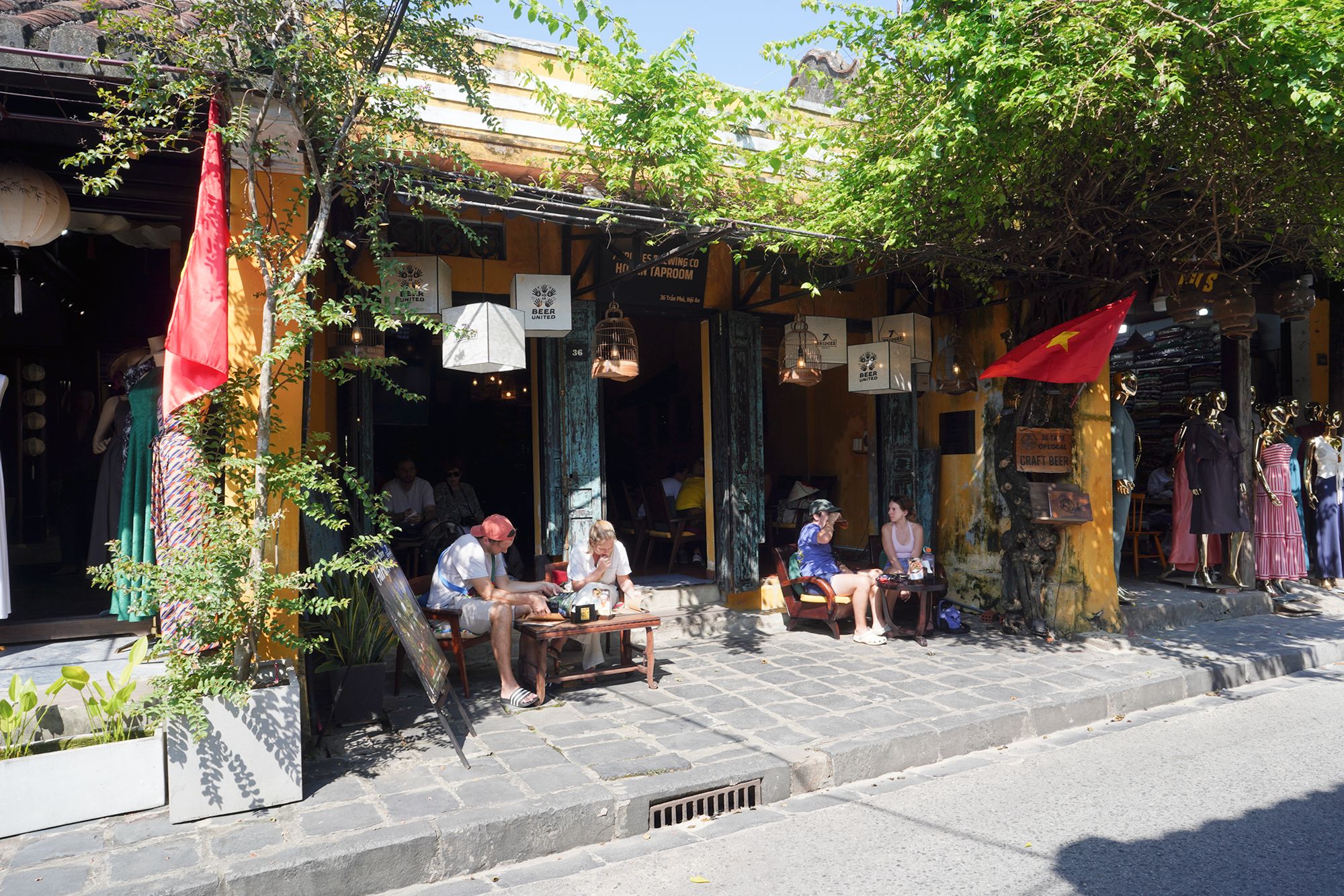
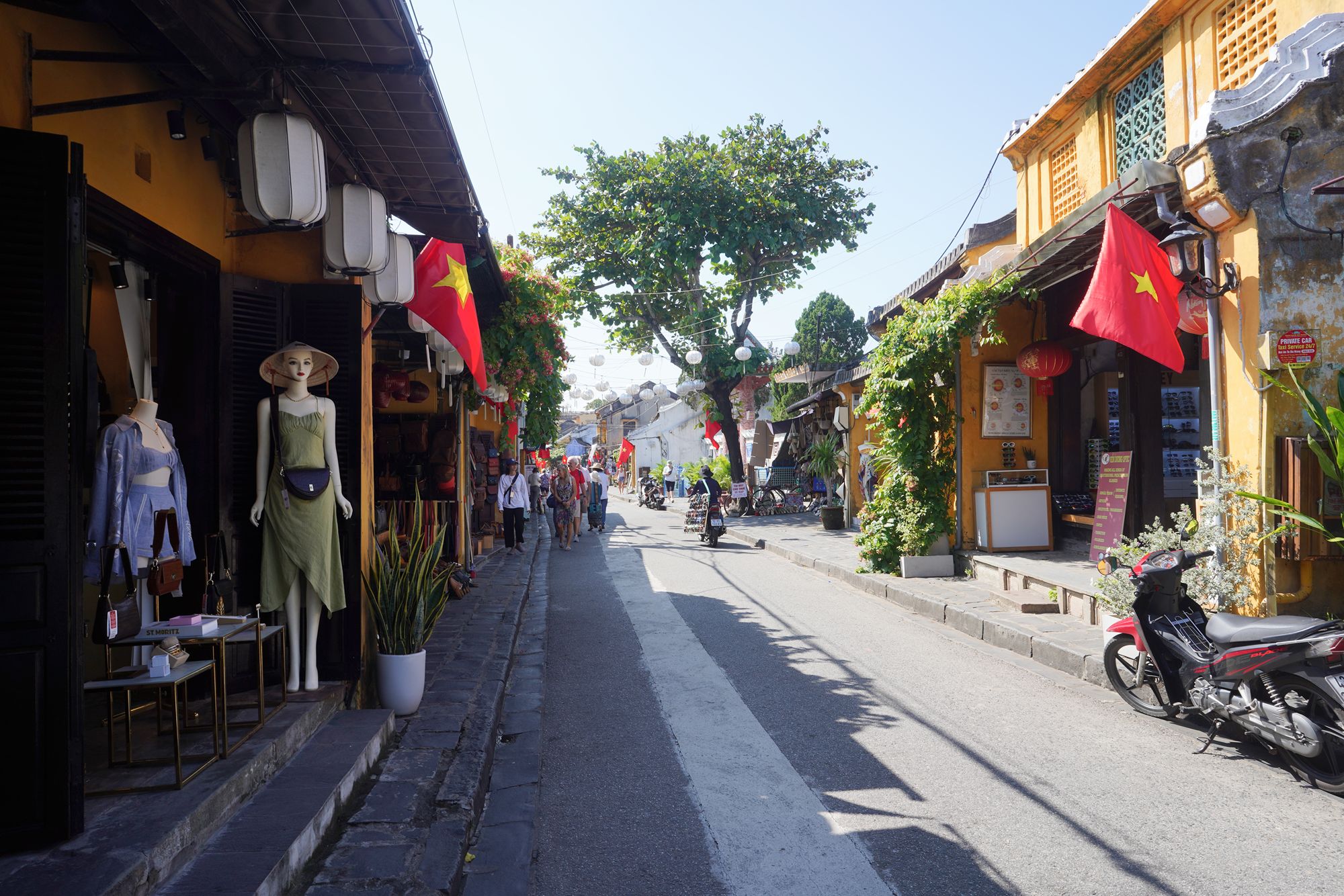
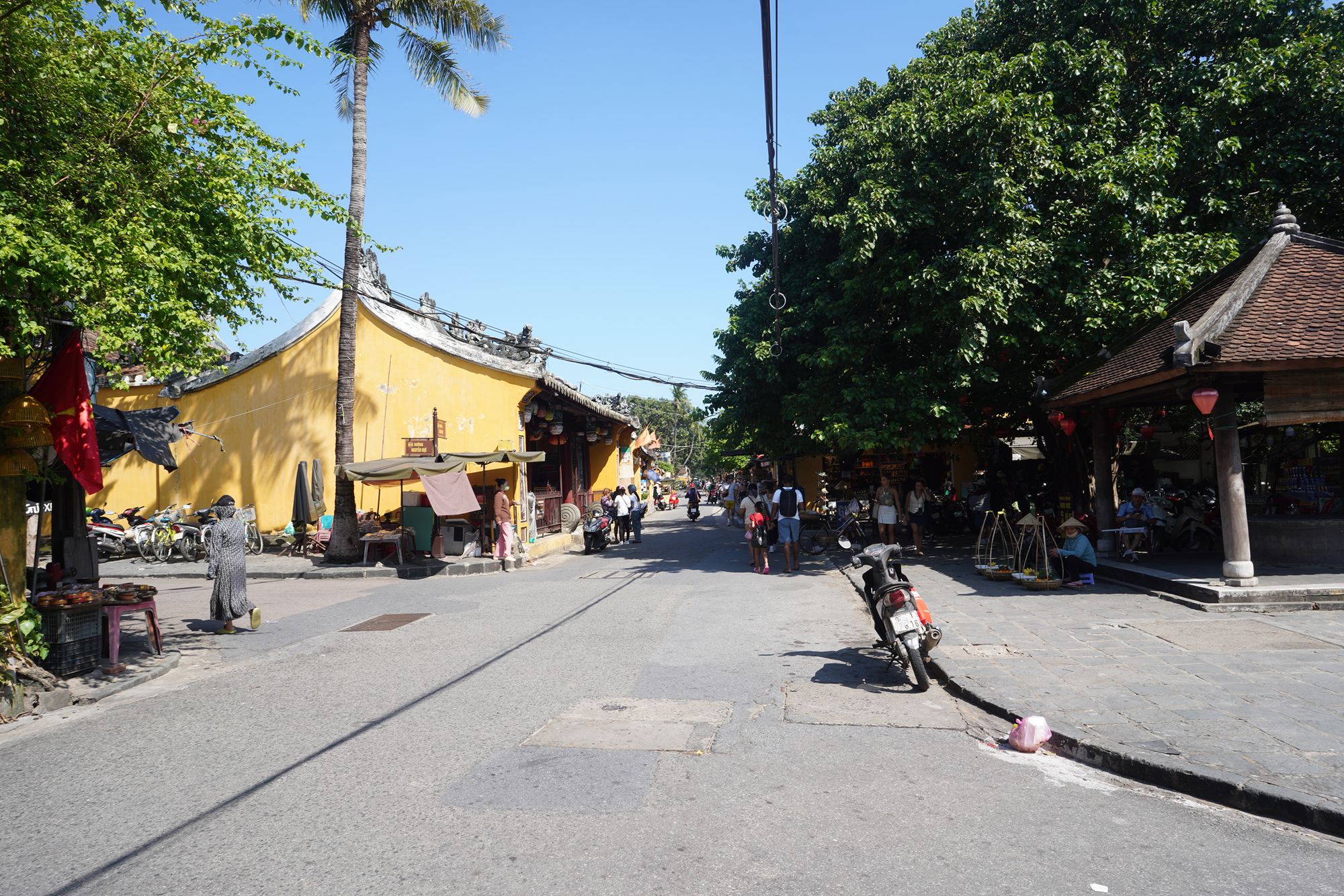
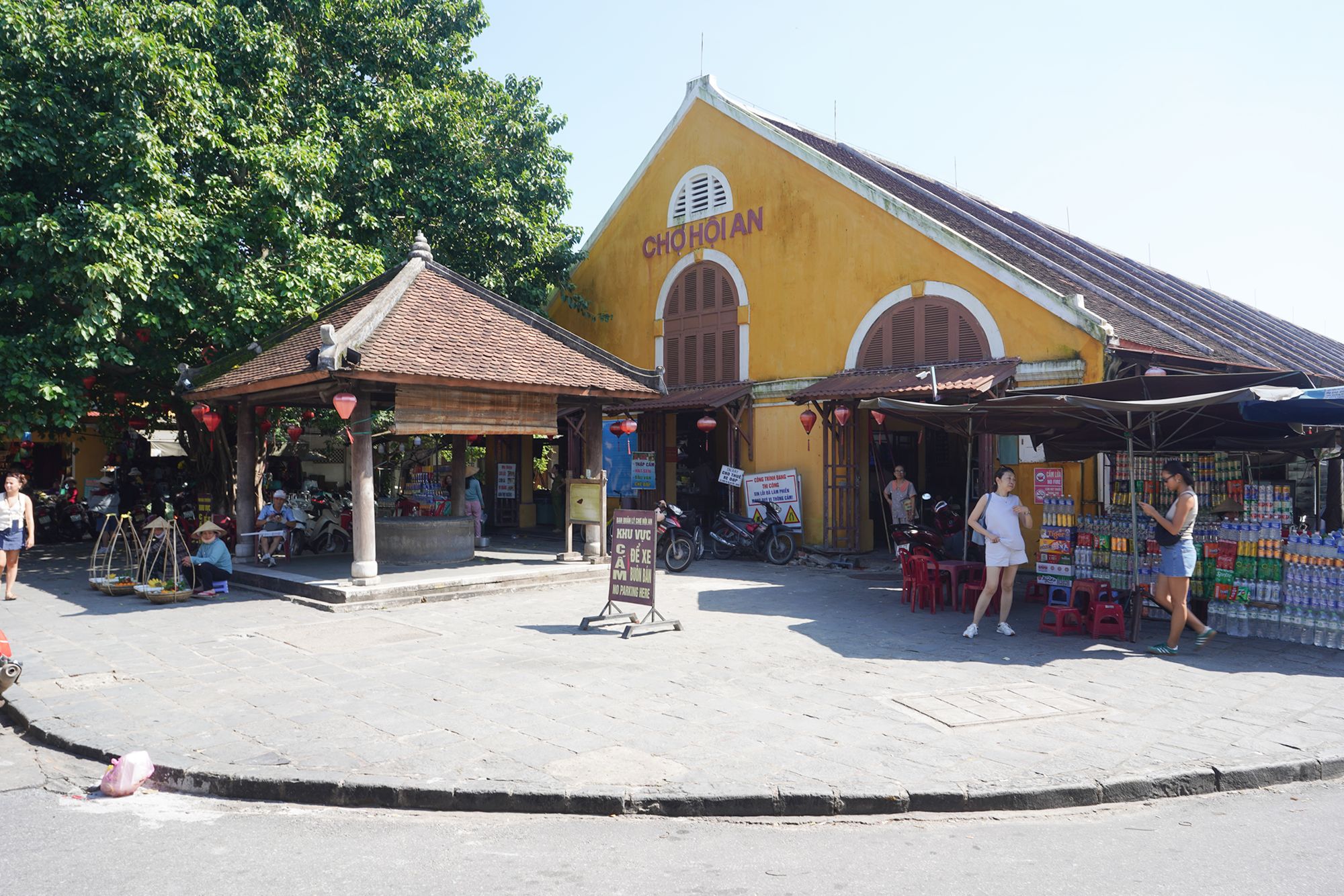
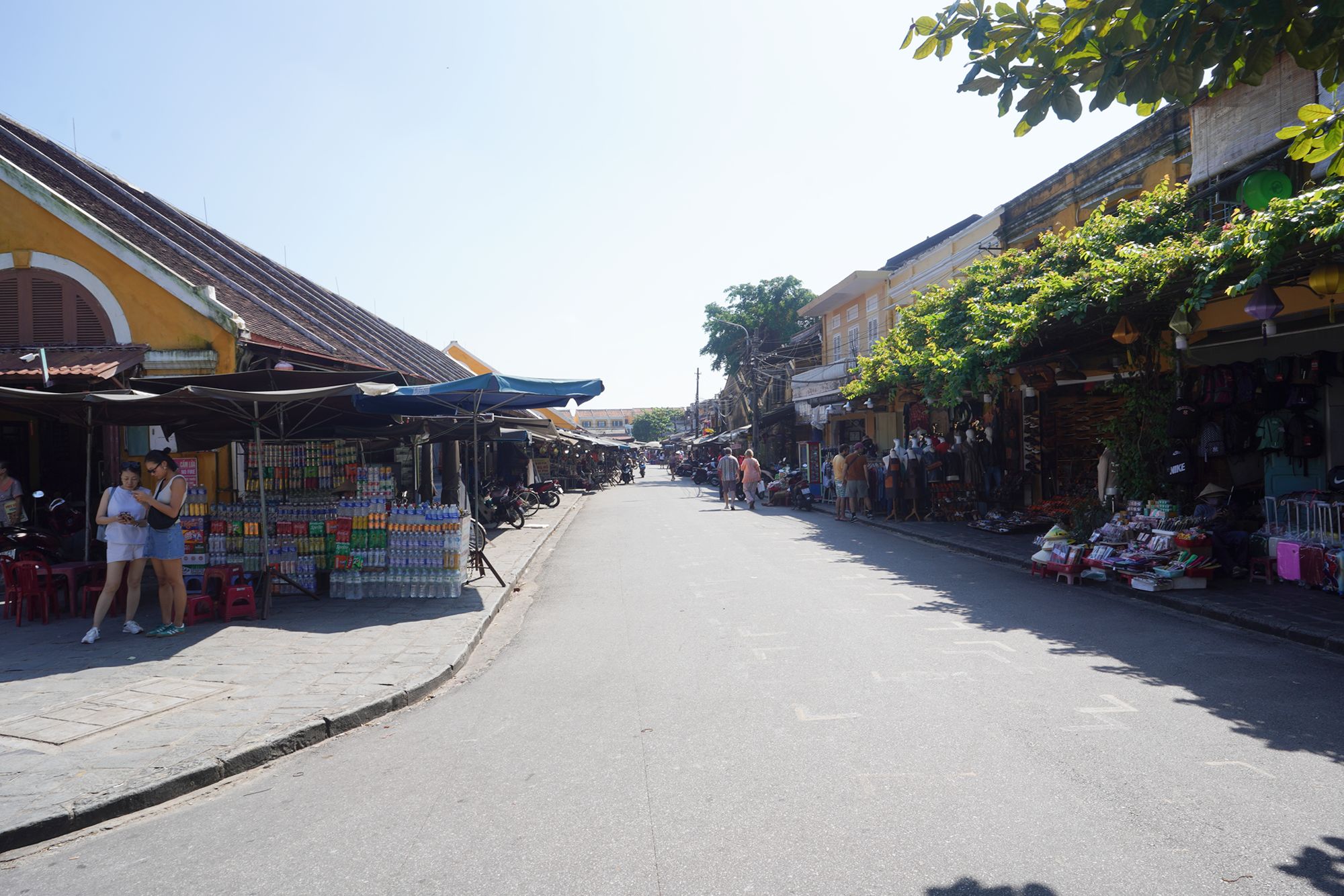
Back side
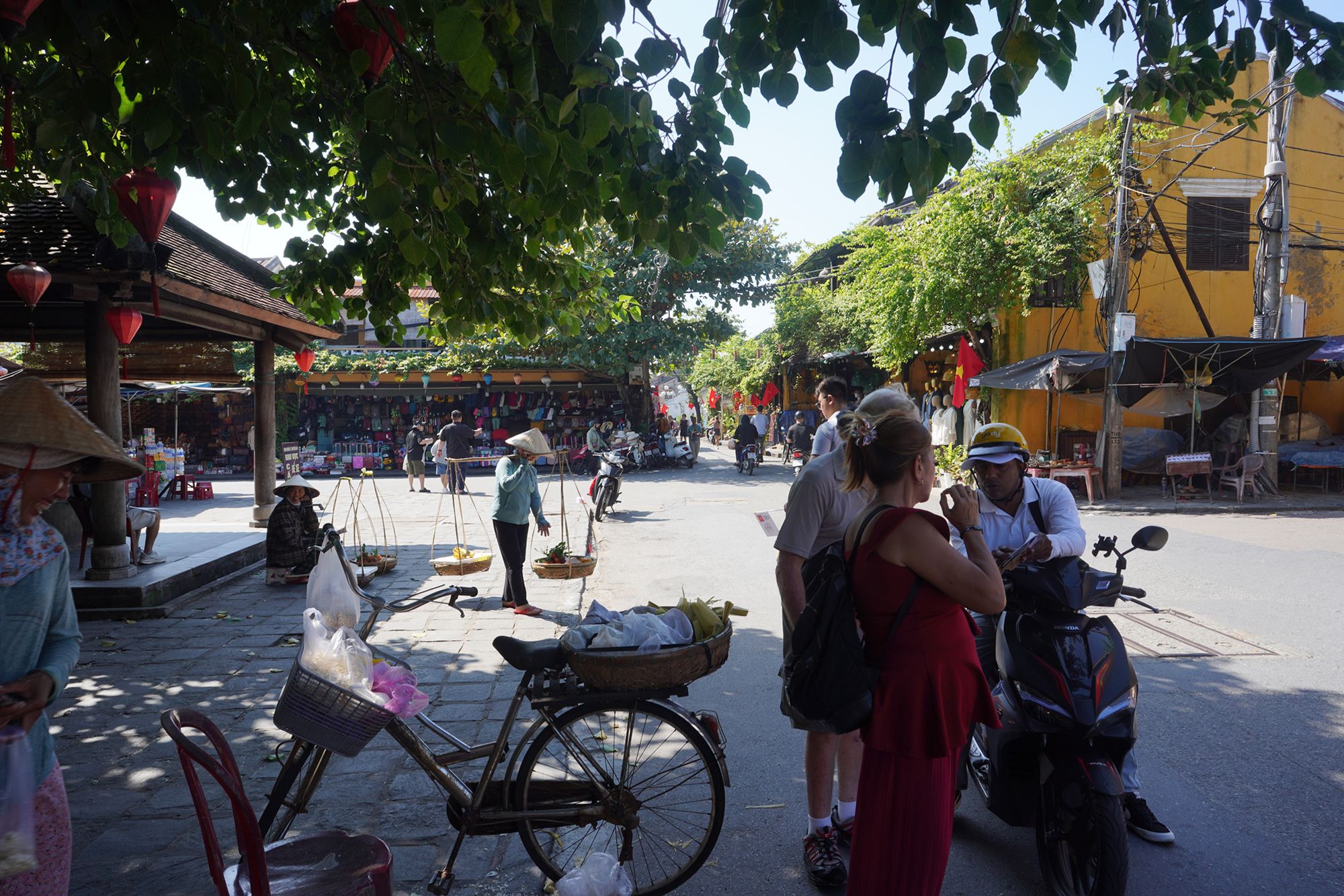
A temple
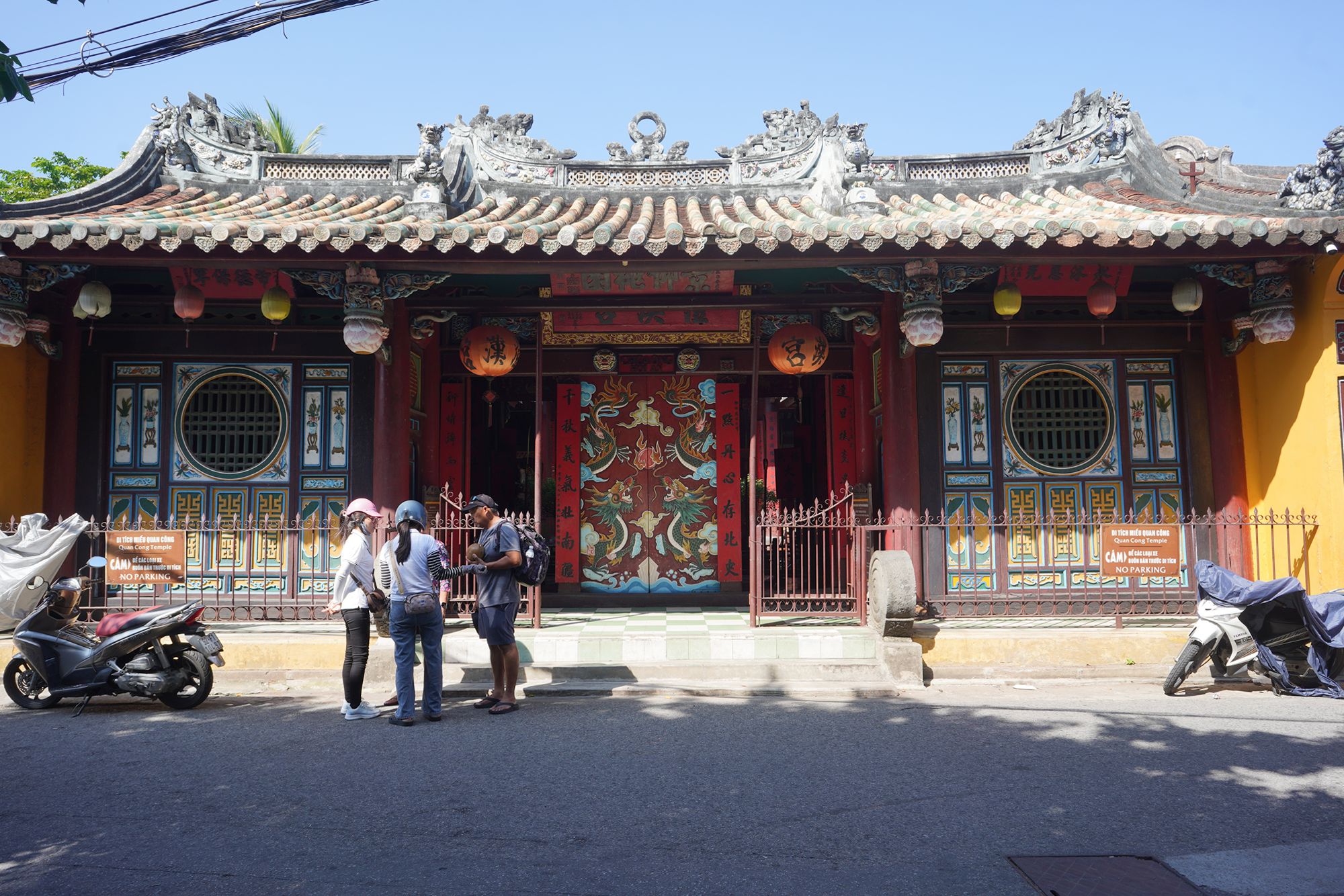
Another temple

More temple
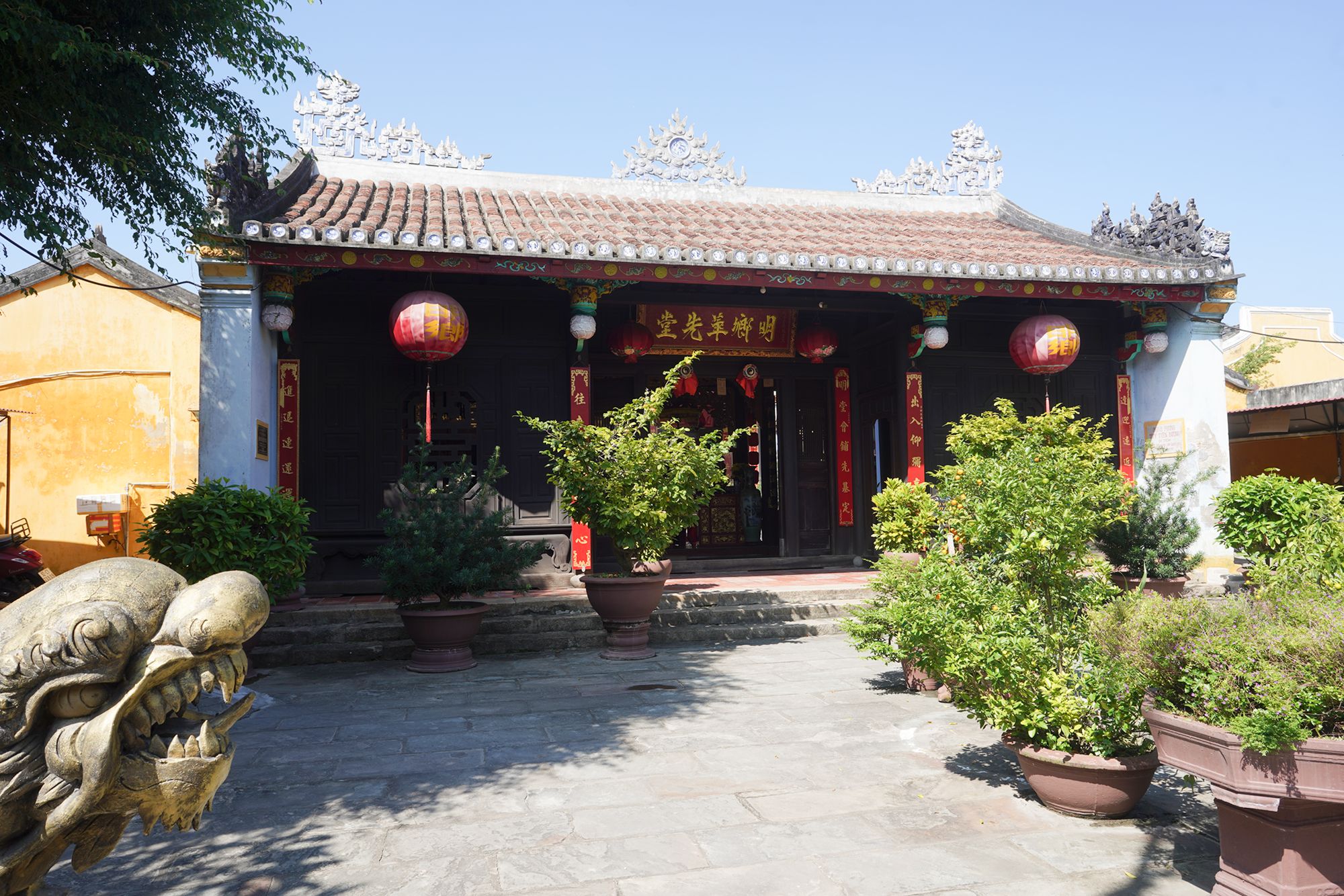
Hainan Assembly Hall – Built in 1851, this assembly hall features a wing dedicated to 108 Chinese merchants killed at sea.
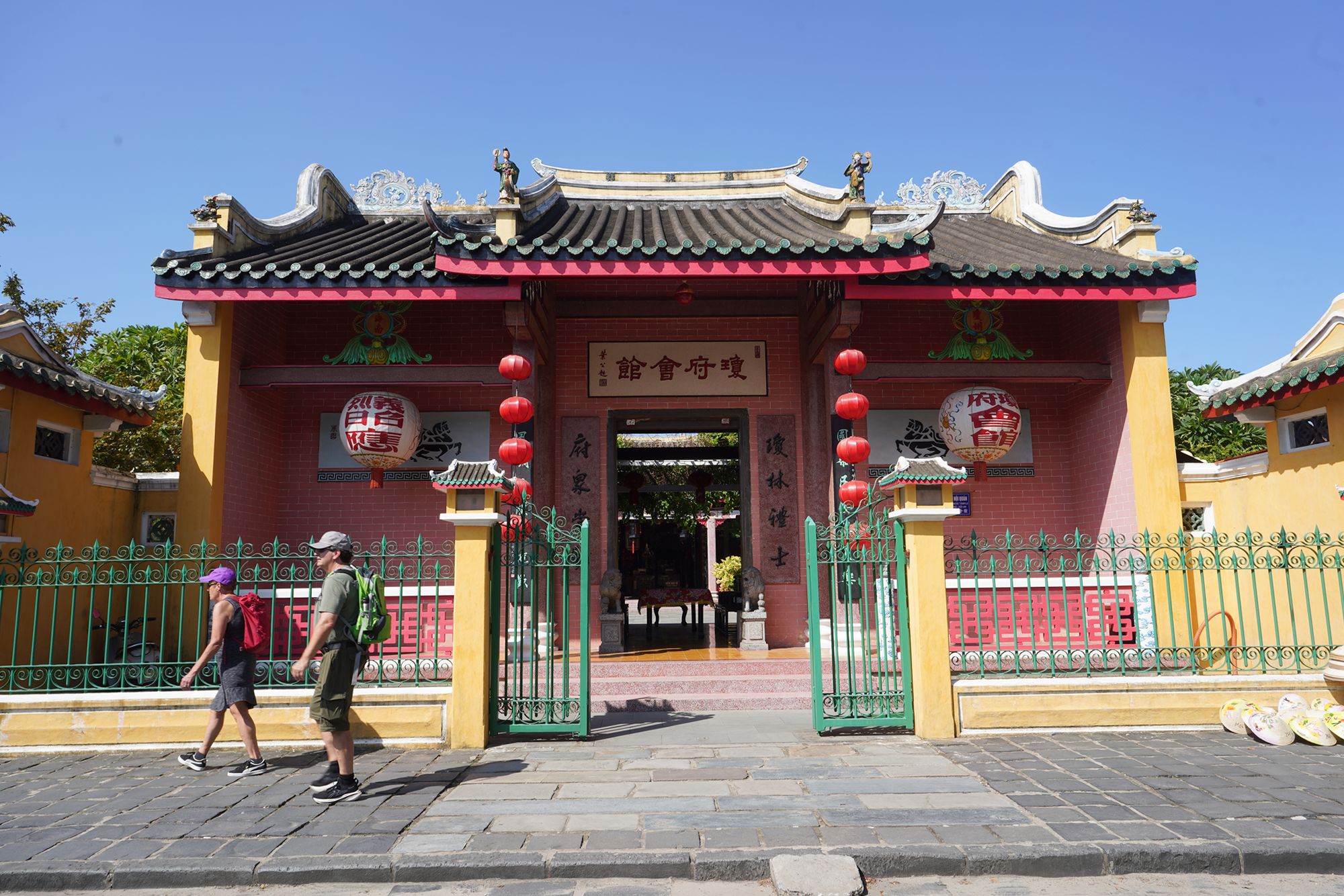
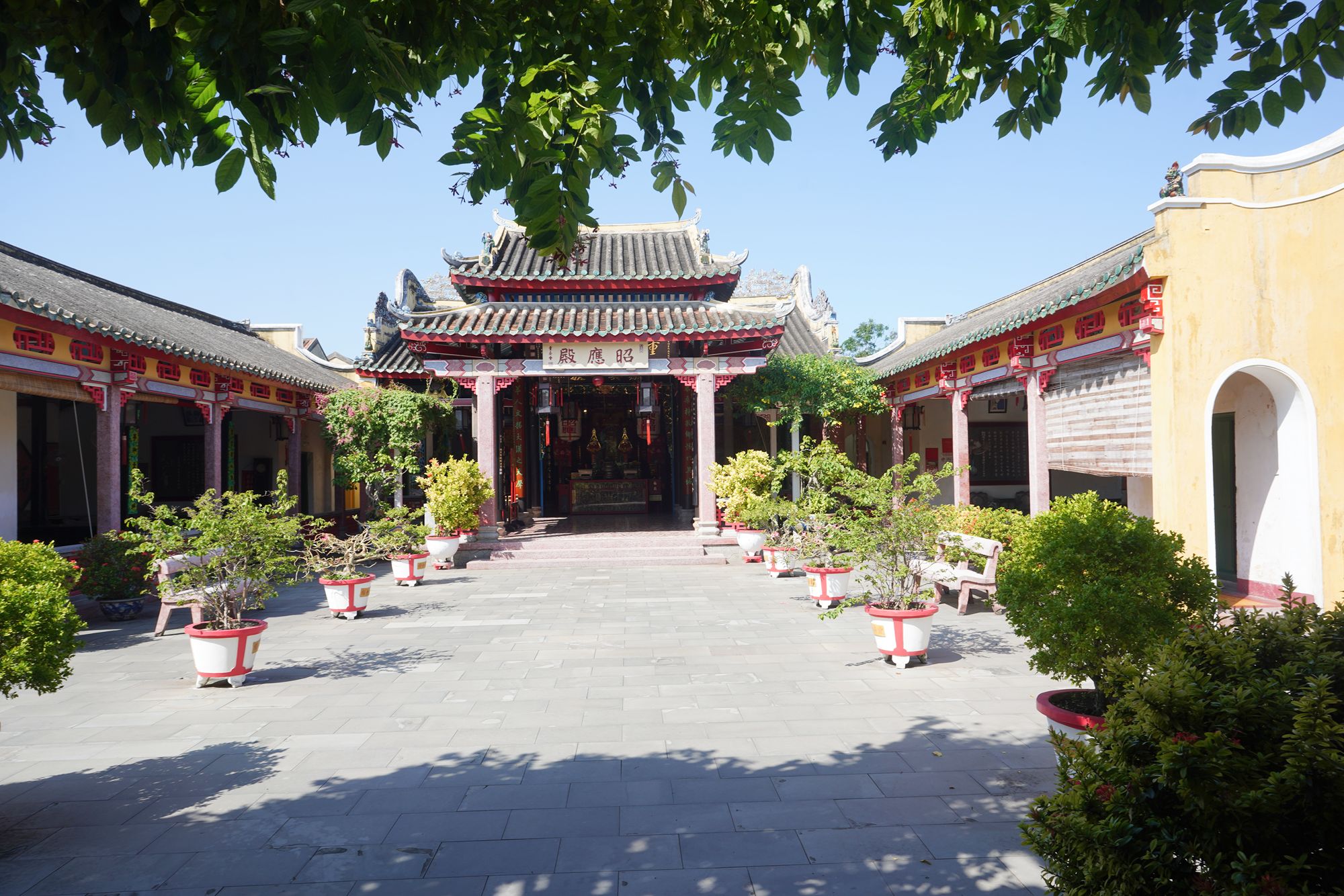
The Chinese introduced Confucianism, Taoism, and Mahayana Buddhism to Vietnam, leading to the establishment of temples and shrines dedicated to Chinese deities and cultural figures.
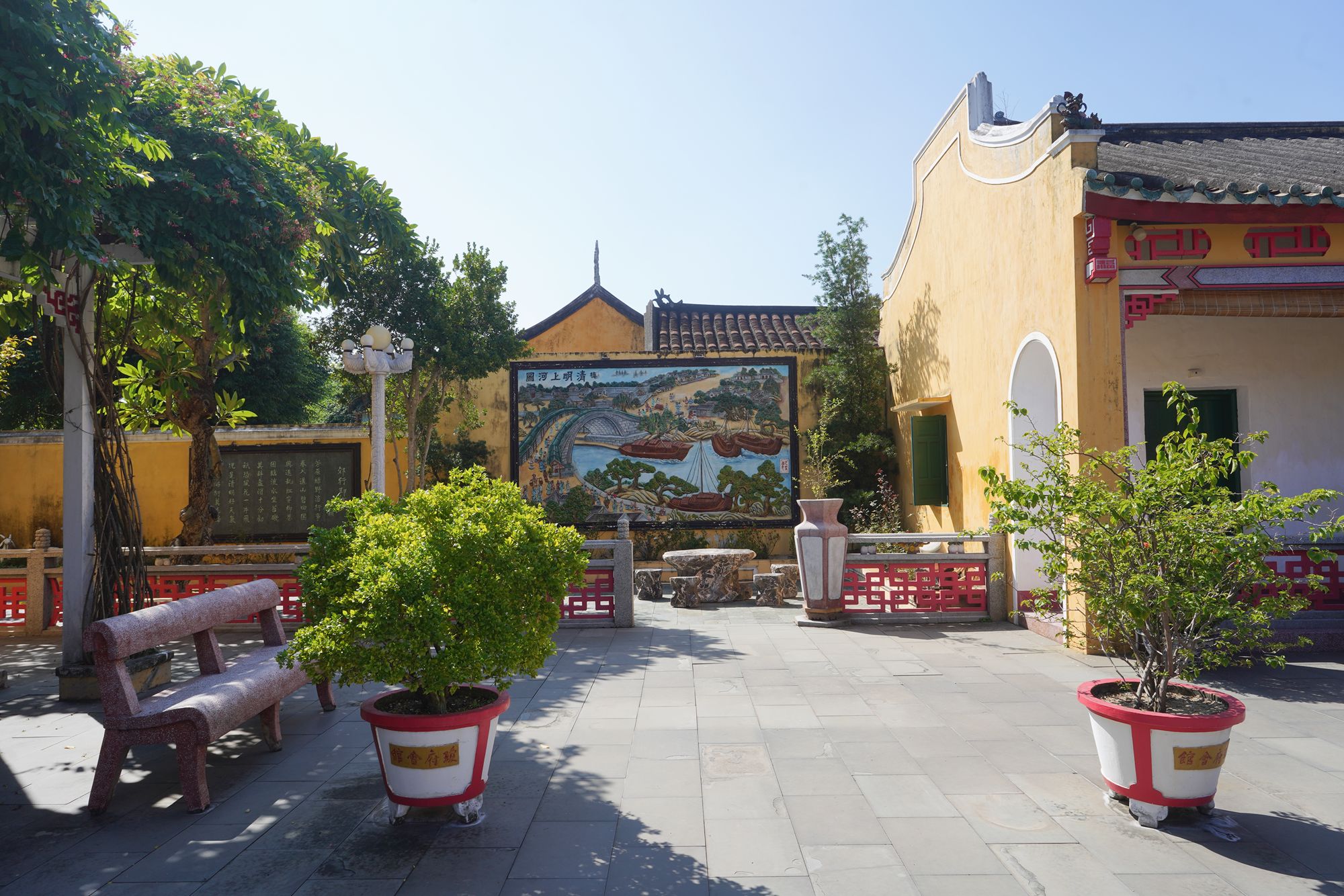
Over centuries, Chinese immigrants, particularly merchants and traders, settled in Vietnam’s cities, including Hanoi, which was a major administrative and economic center.

These Chinese immigrant communities built temples and assembly halls to preserve their cultural identity, worship their deities, and serve as social gathering spaces.
